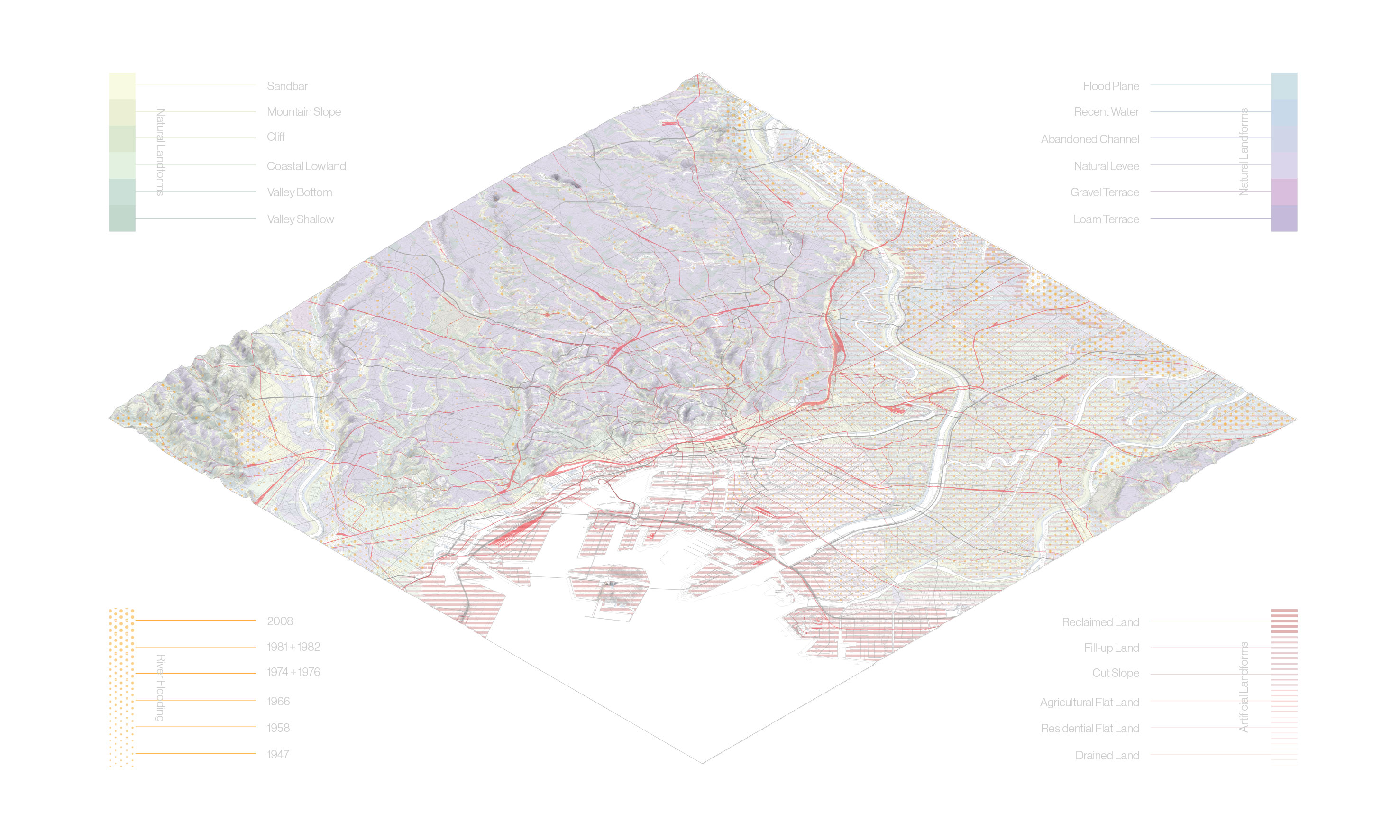




Figure I: Topographic 3-dimensional maps of the Tokyo metropolitan region depicting overlay of artificial land infill, frequency of flooding, landscape cover types and geography.
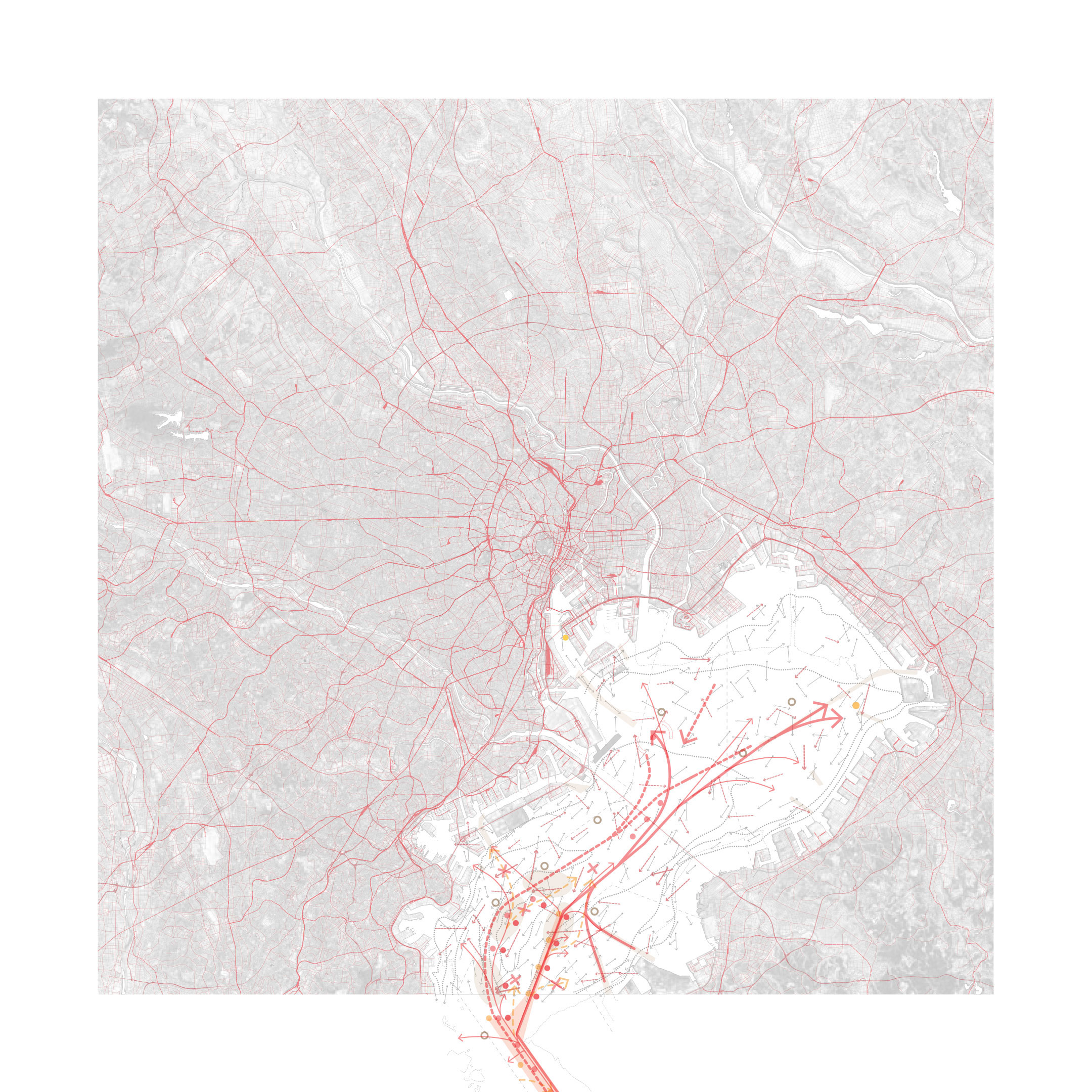

Figure II: Maps of Tokyo Bay showing material flows through sea and land transportation routes.


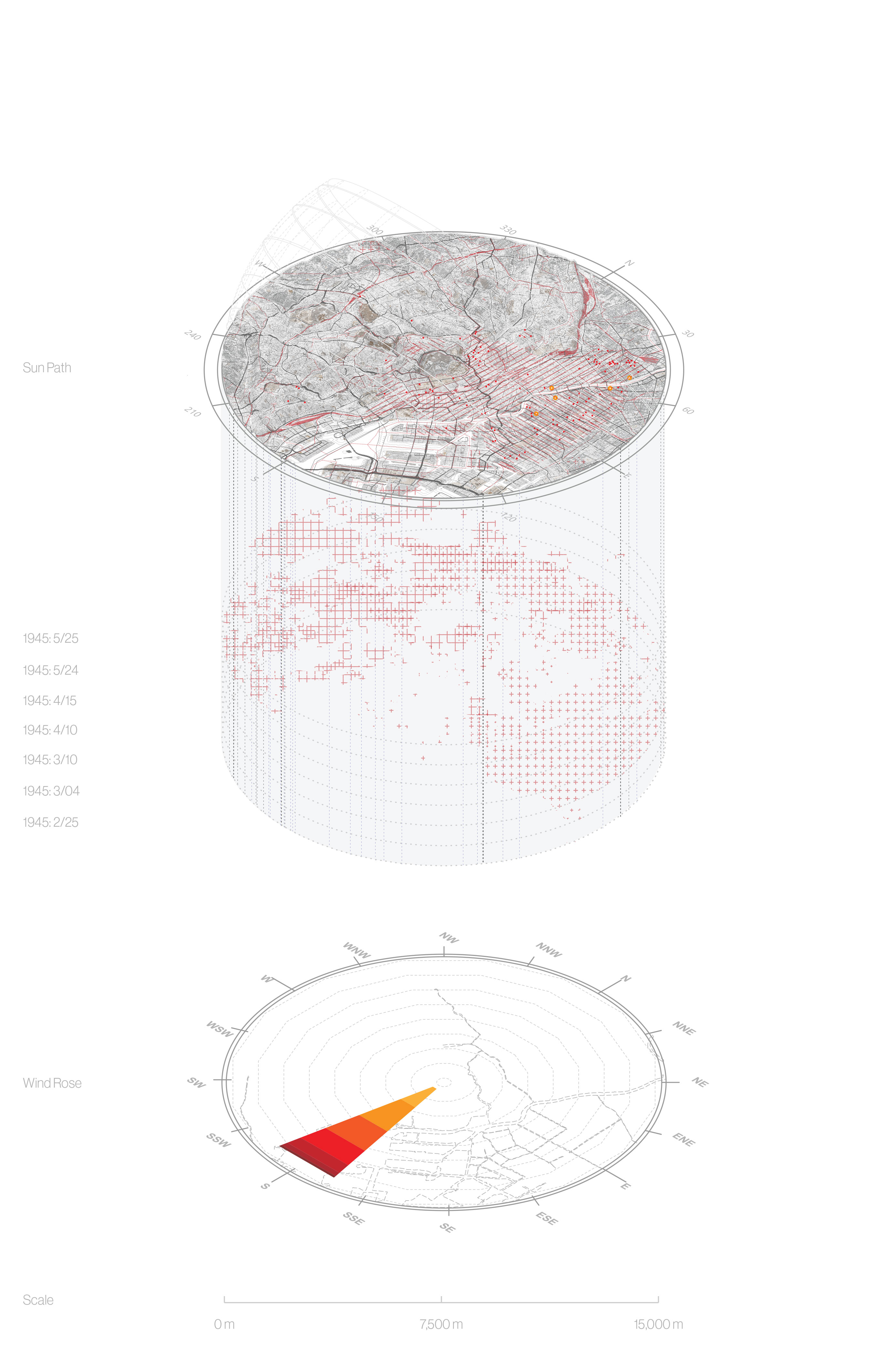

Figure III: Topographic 3-dimensional maps of the Tokyo metropolitan region depicting areas affected by historic flooding and fire events with the growth of the urban core.
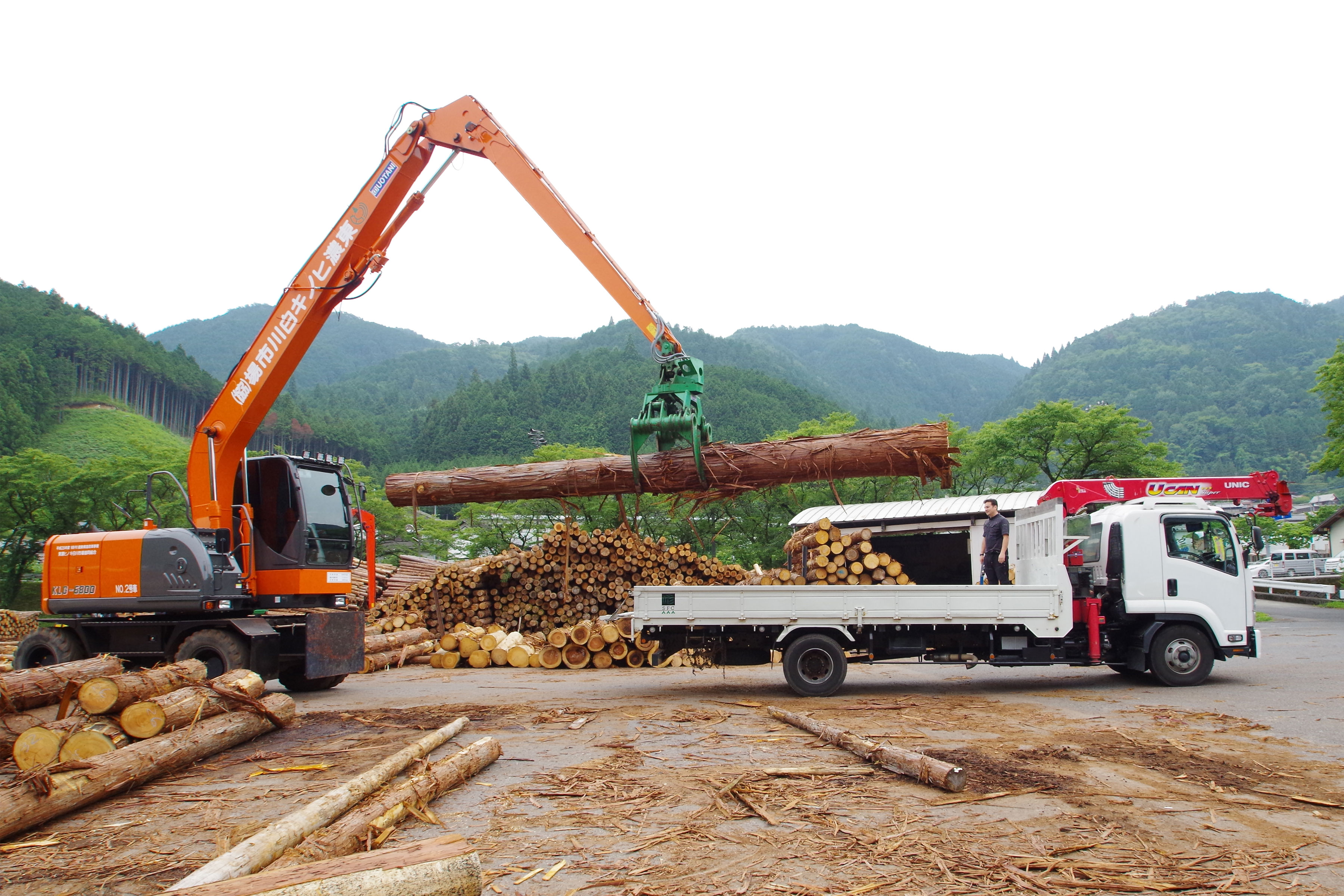
Figure III: Sourcing of Hinoki log from lumber yard in Gifu Japan.
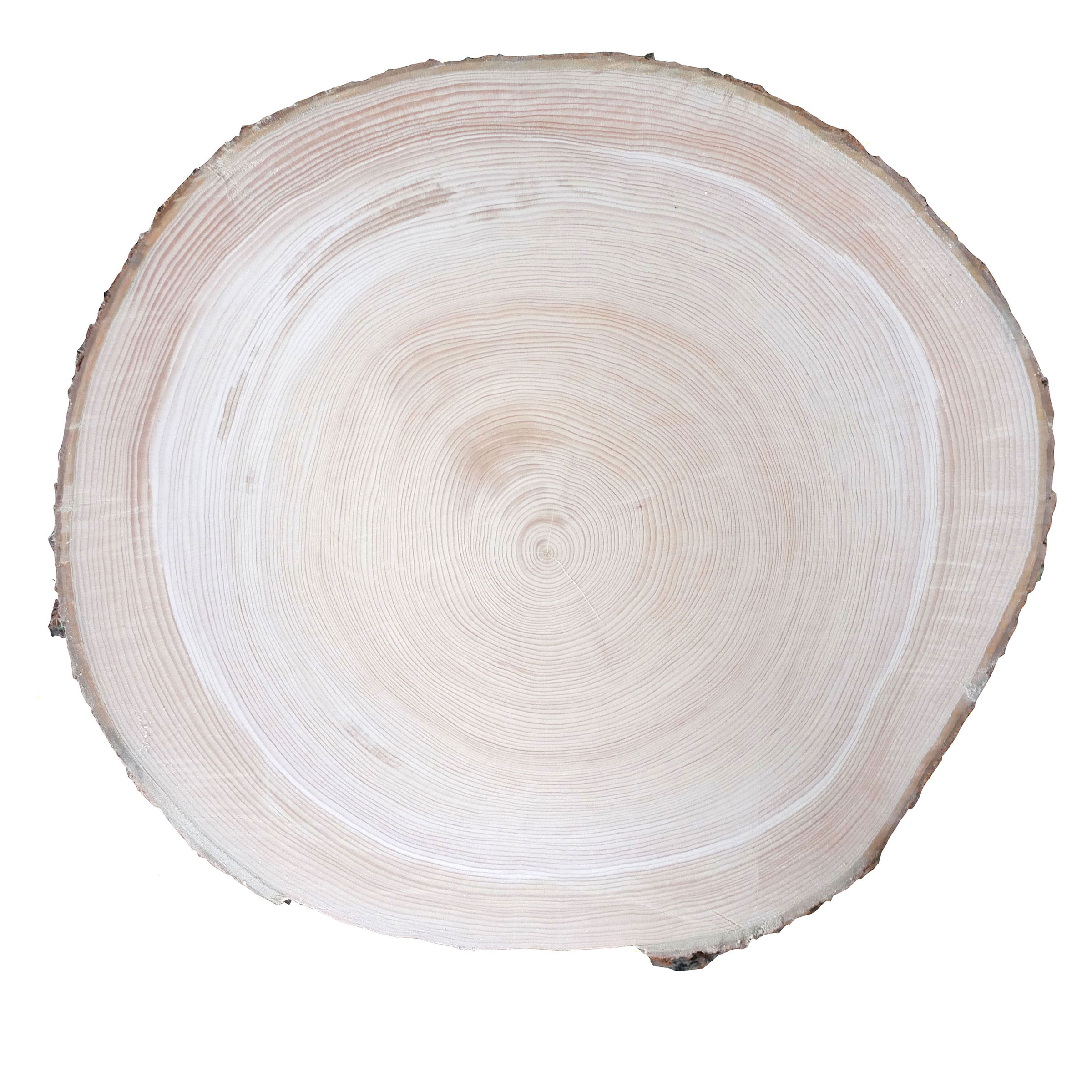
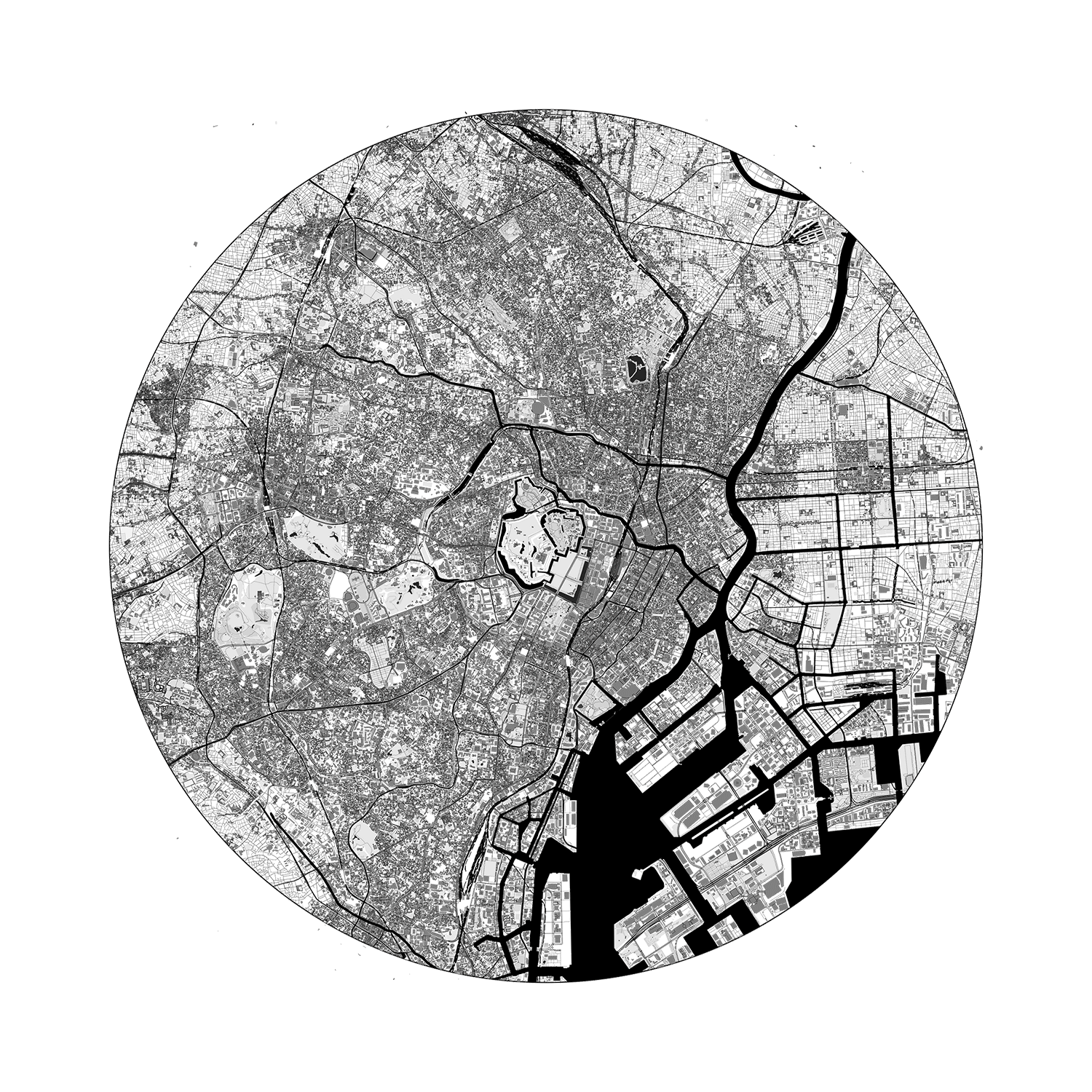
Figure IV: Comparison of the tree ring pattern of the 100+ year old Hinoki tree cross section used to make the Tokyo Model compared with the rign road layout and conentric growth of Edo from the imperial palace.


Figure V: Diagrams showing how a single trunk of Hinoki wood sourced from Hida Japan was specifically cut in the lumber yard and assembled into the 1m x 1m x 1m model of Tokyo so that the endgrain of the wood formed a concentric pattern around the imperial palace.


Figure VI: Top view of model (left) representing proposal for Tokyo in the year 2200 that concentrates human habitation into ecospheres that are resilient against sea level rise and earthquakes. Bottom view of same model (right) that shows a virtual topography that represents the composite terraforming of the area’s land and water from the edo period to present, where the z axis represents time.
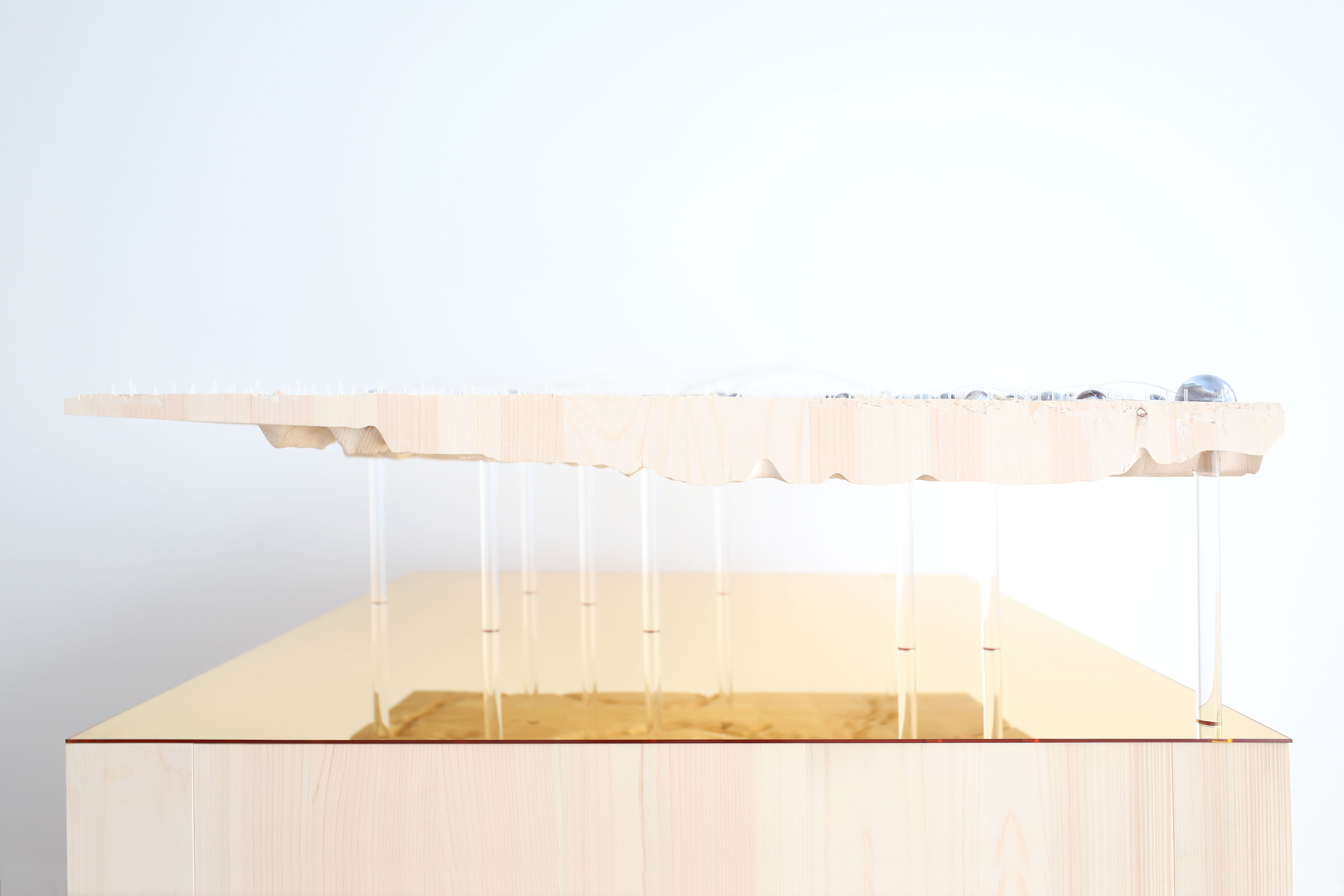







Figure VII: Side view of model showing aggregate historical topography reflection in the mirror and transparent columns that support the top.


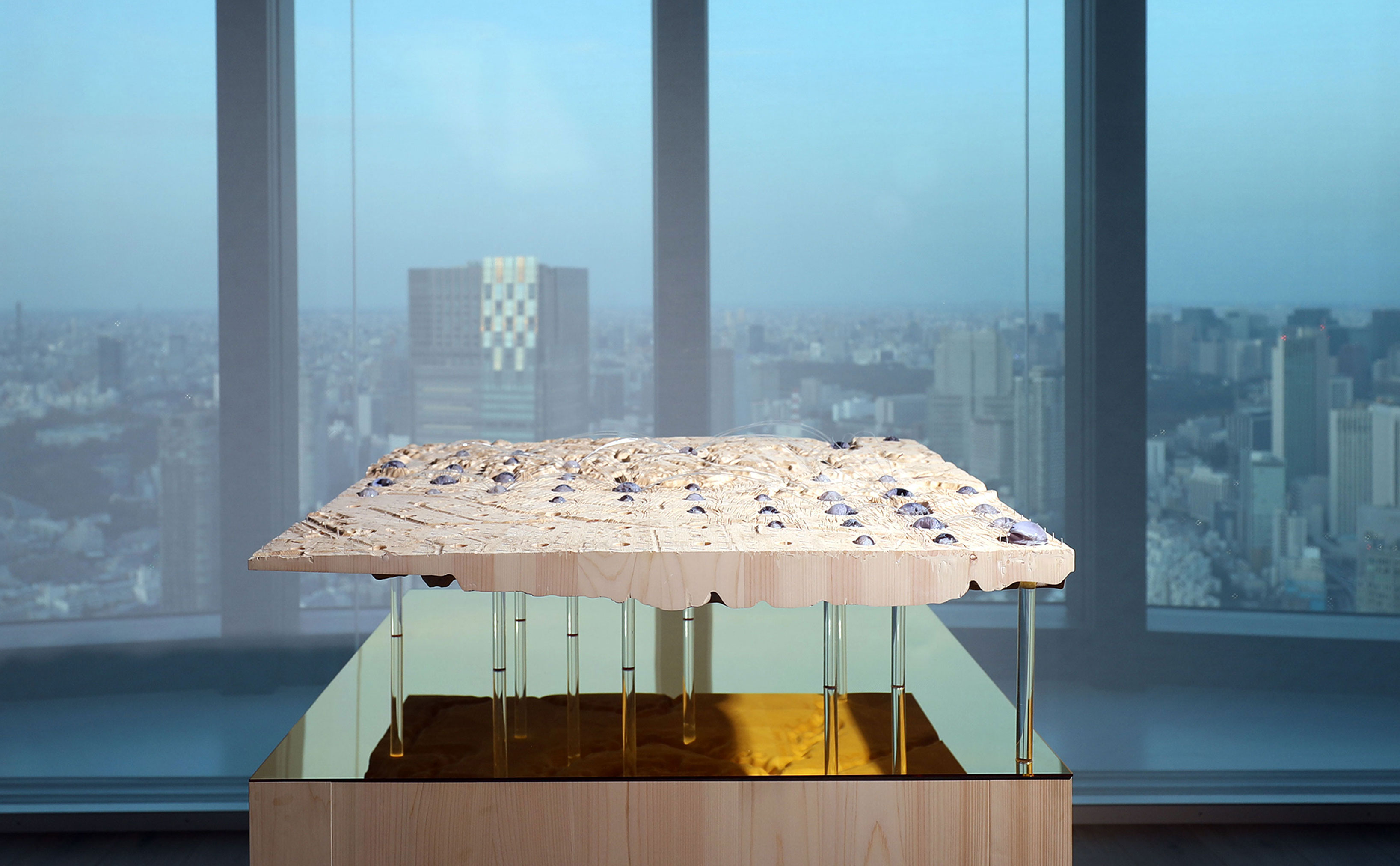

Figure VIII: Side view of Tokyo 2200 model in Mori Museum with. aview of the Tokyo skyline in the background at day (left) and night (right) with integrated lighting.

Figure IX: Model installed in the Mori Museum with panels showing archtietural sections through ecospheres.

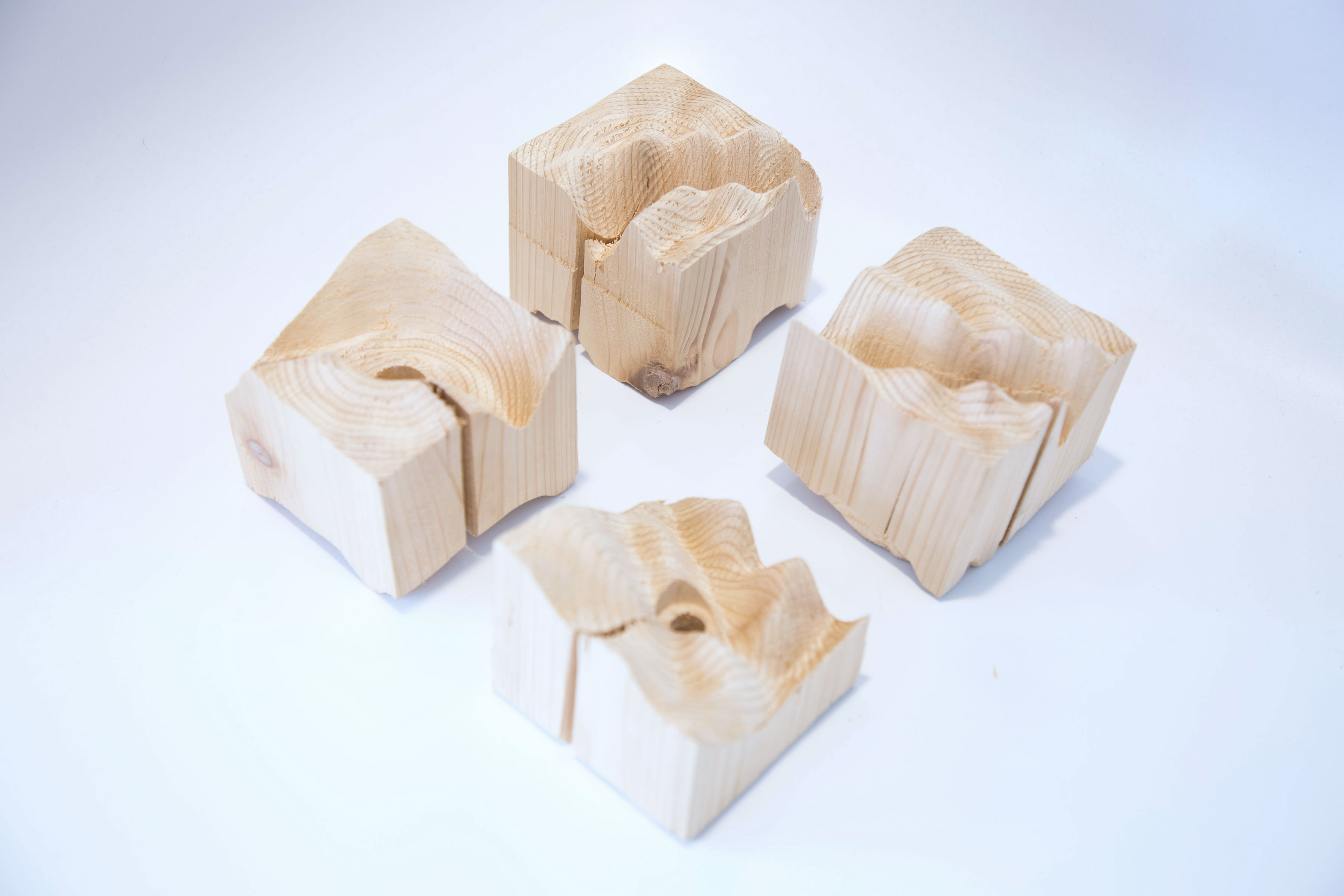
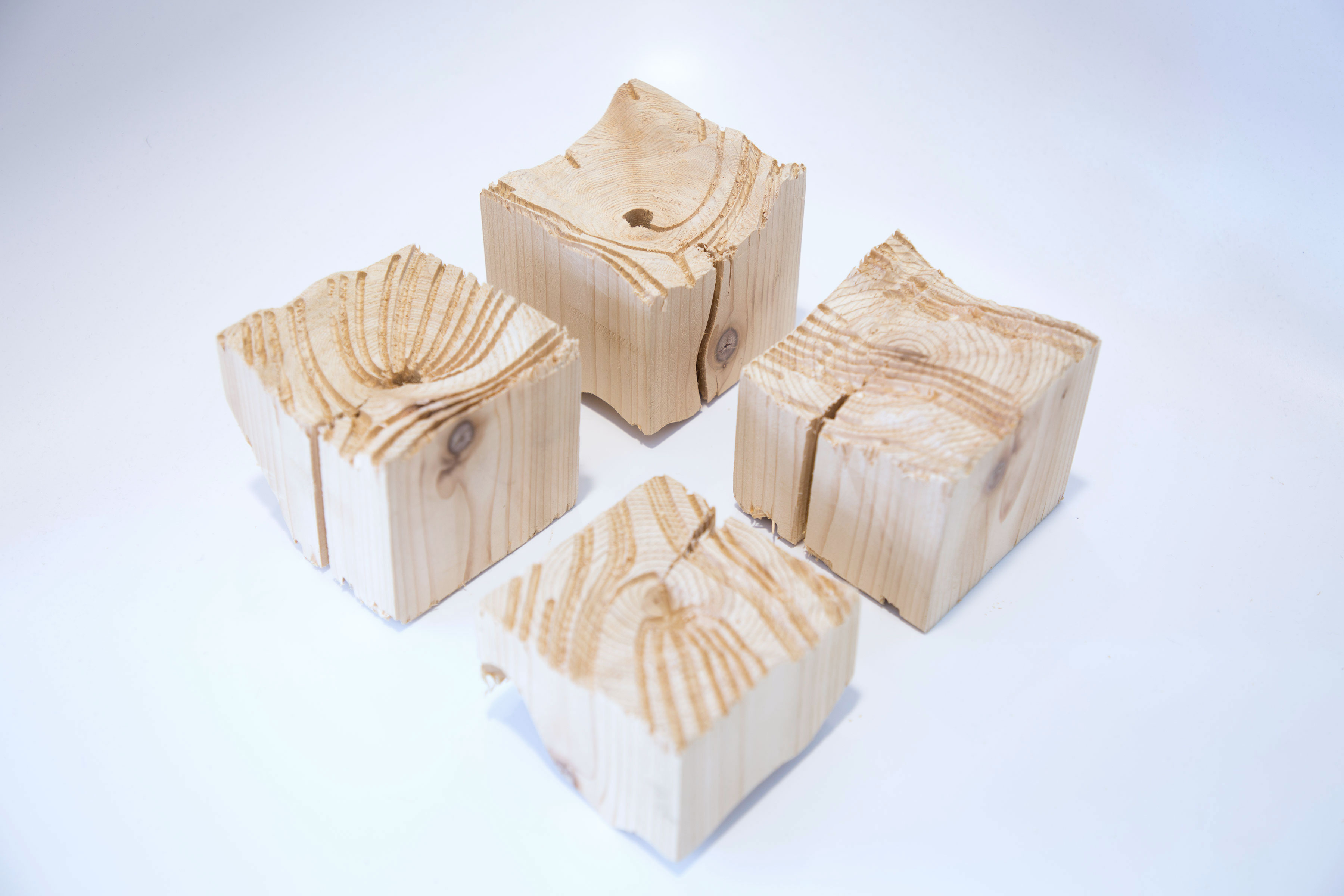
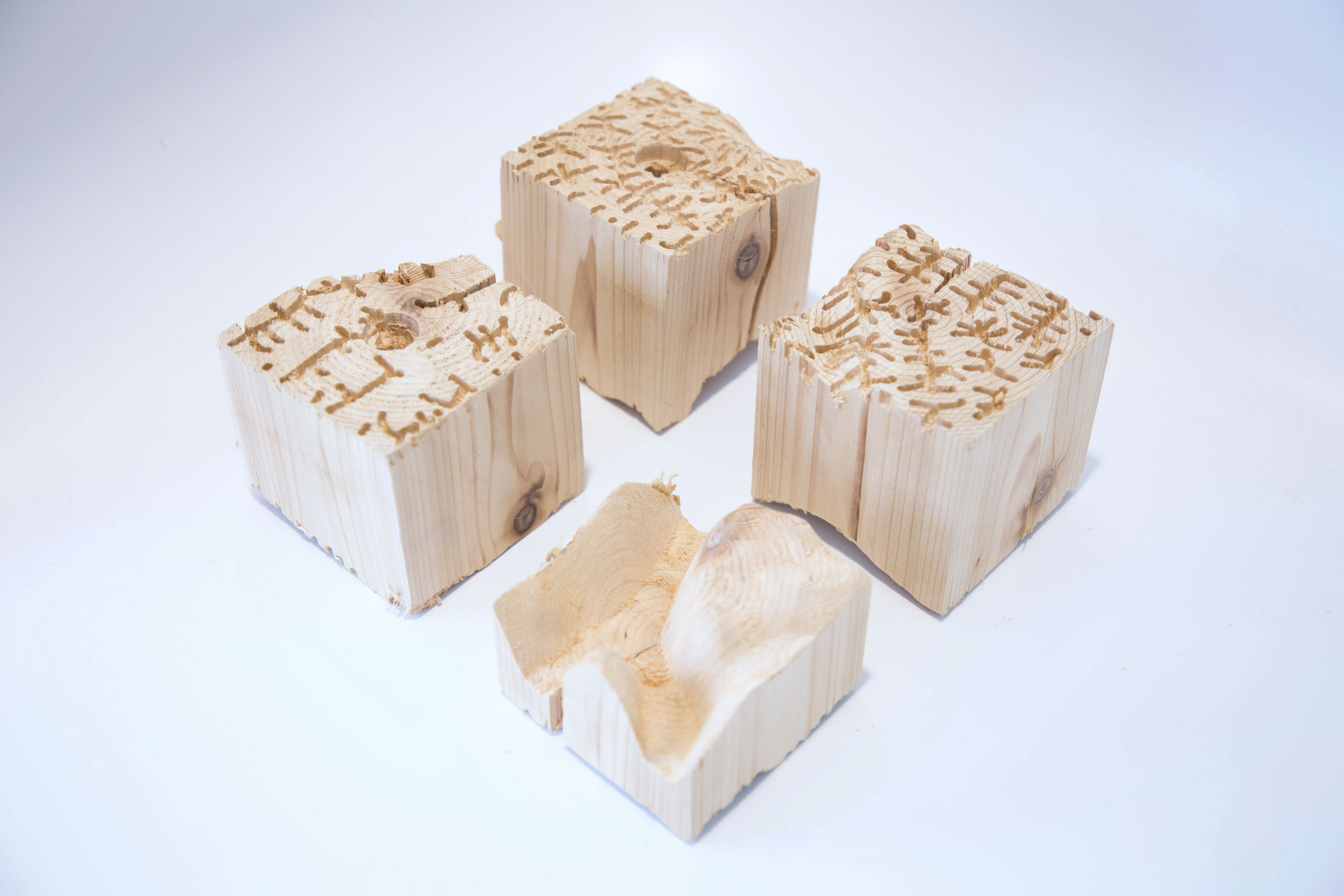
Figure X: Test blocks of CNC machined wood end grain to test surface features and patterns.
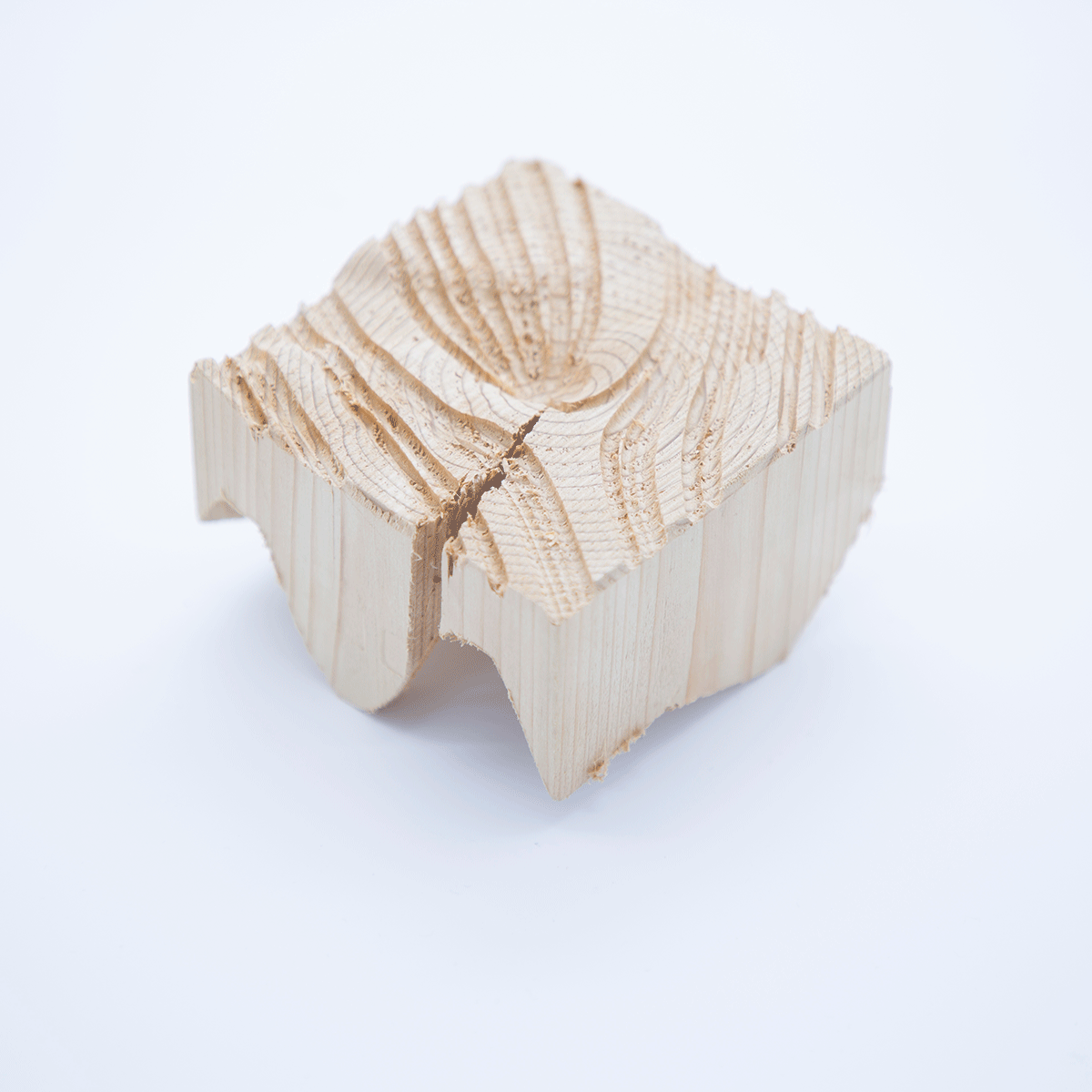


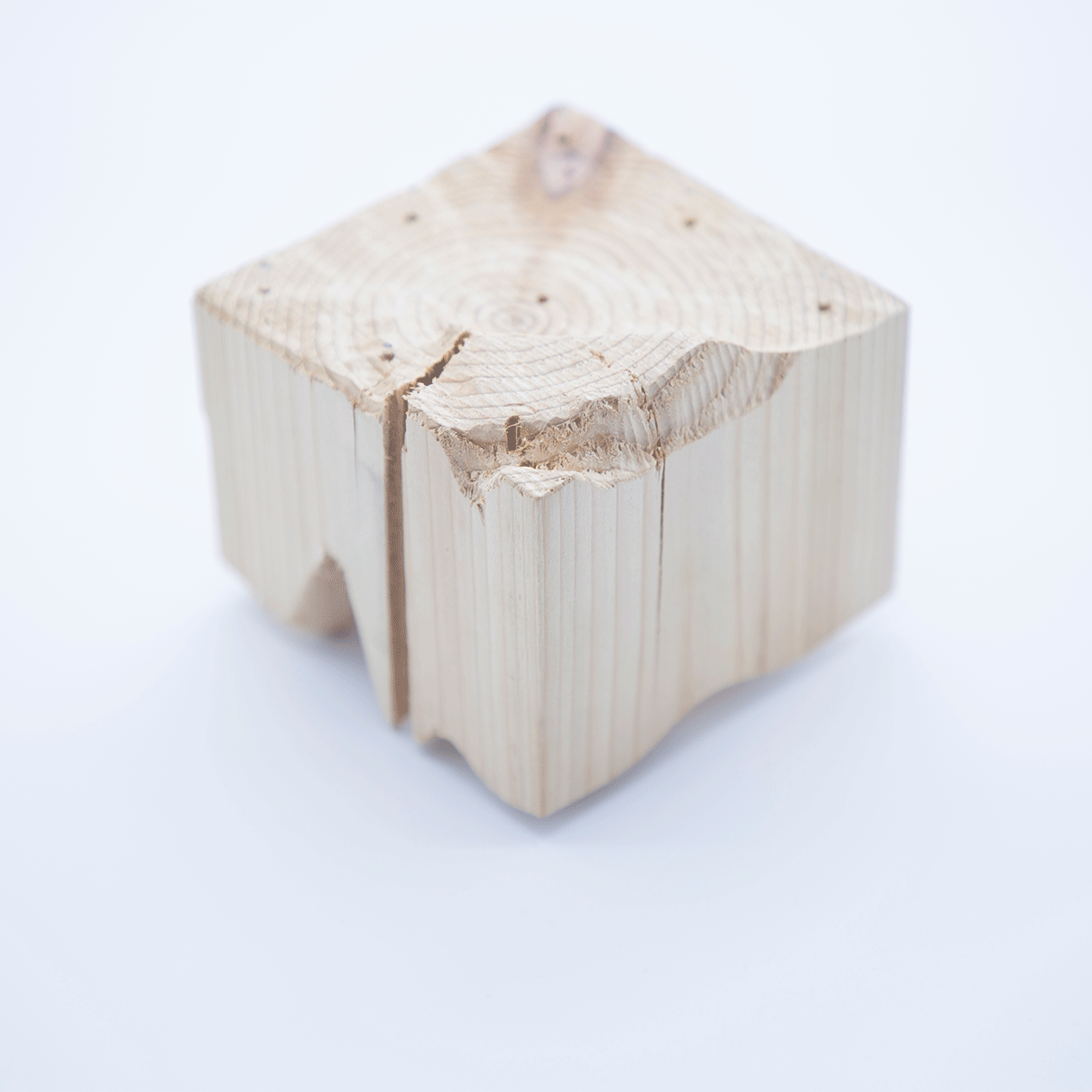

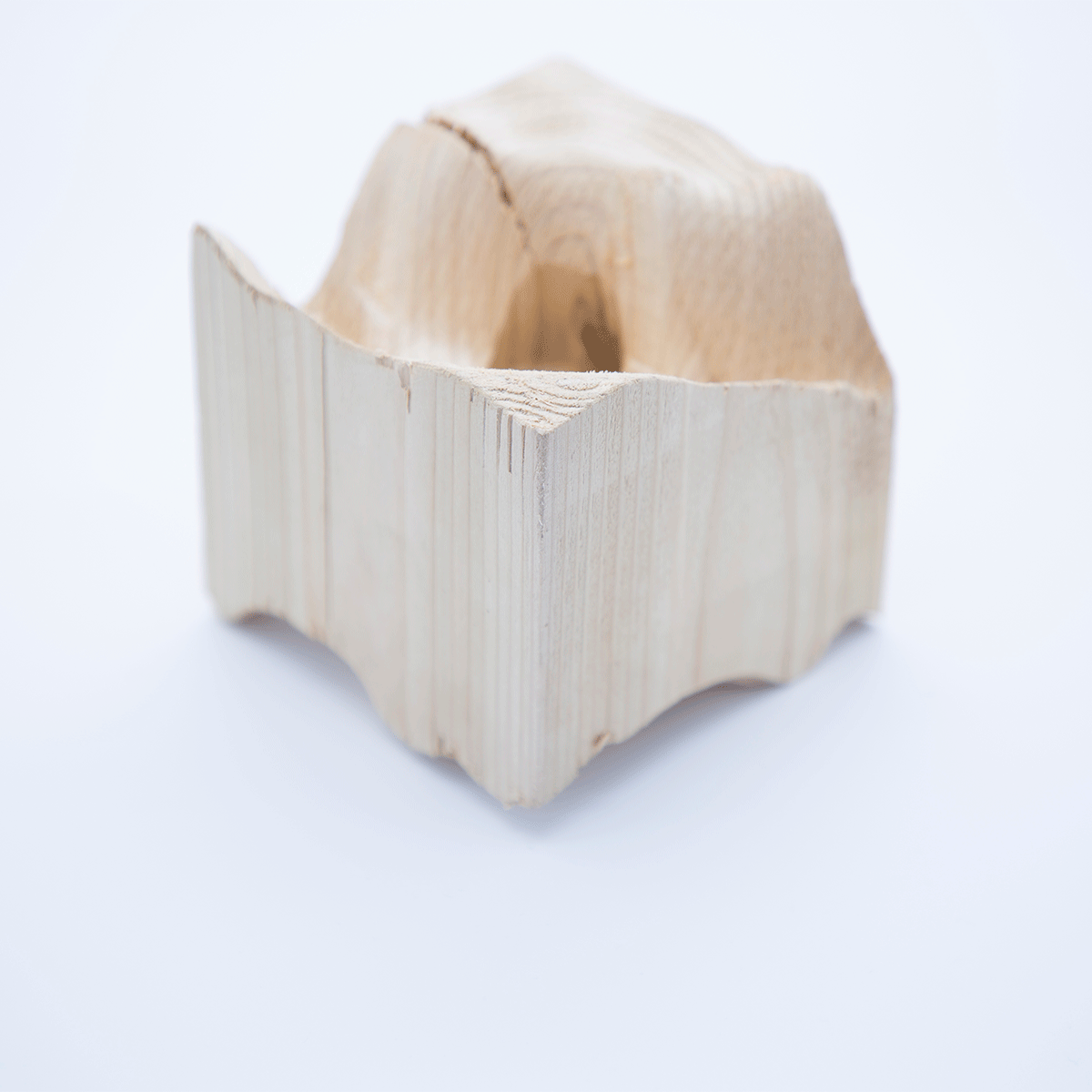
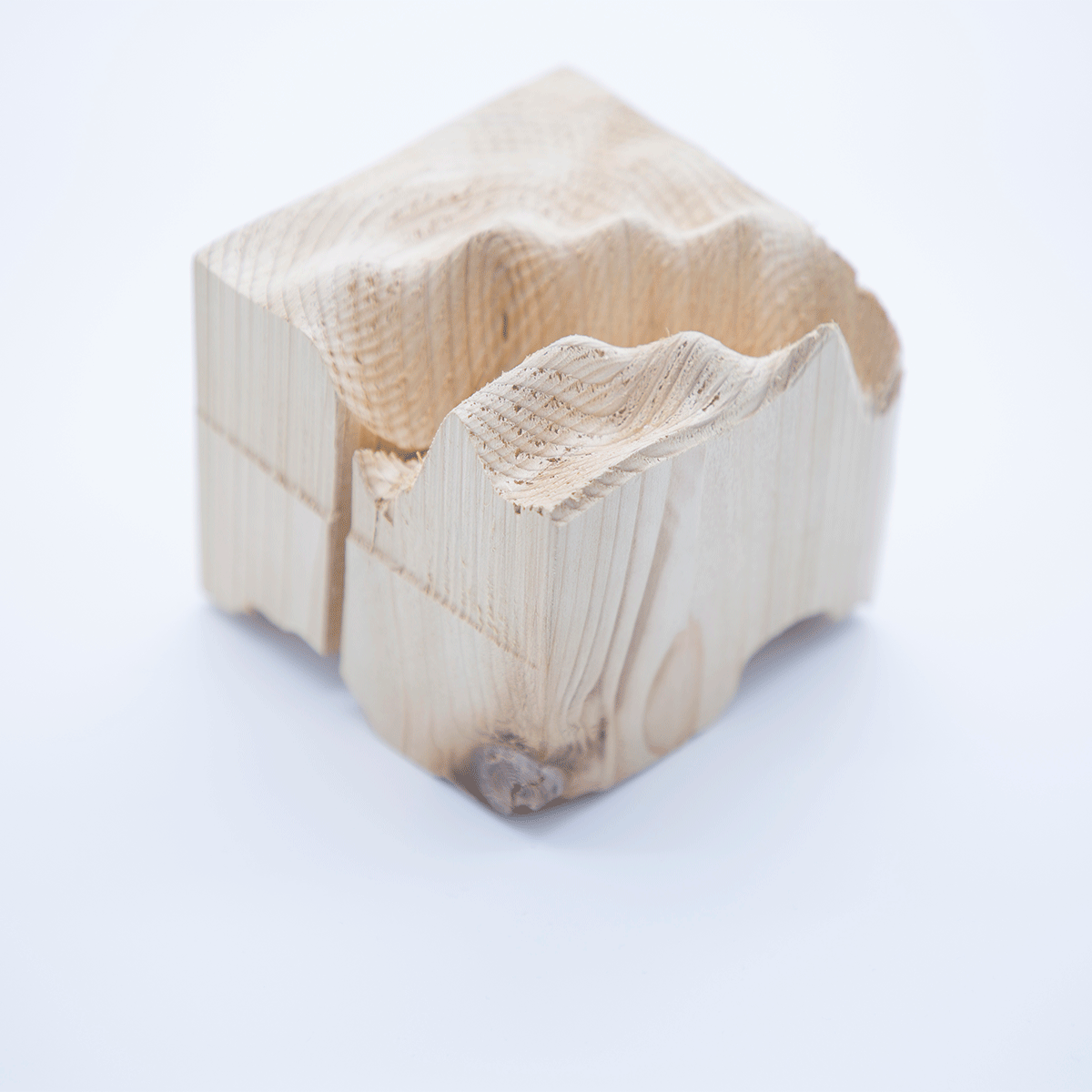

Figure XI: Test blocks of CNC machined wood end grain to test surface features and patterns.
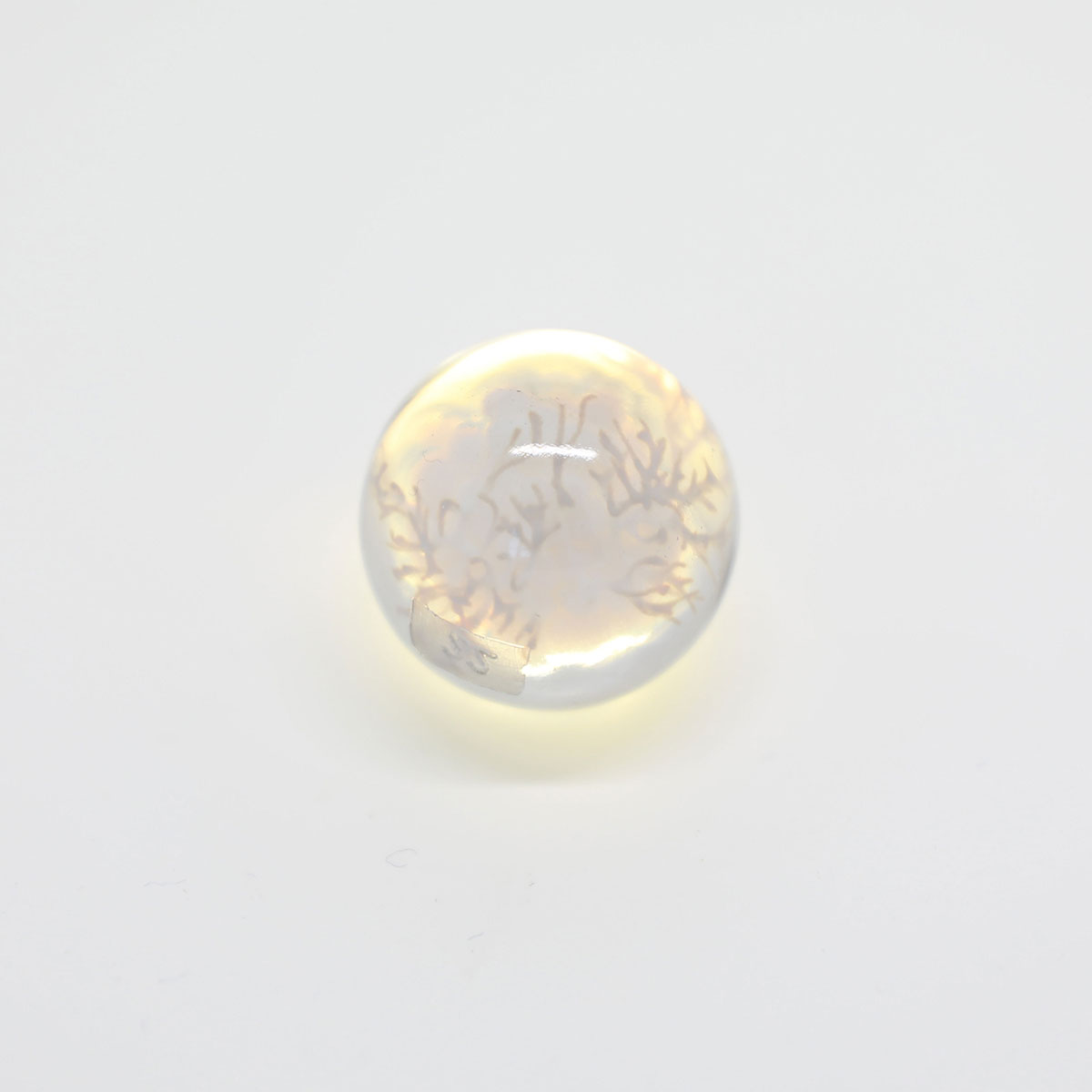


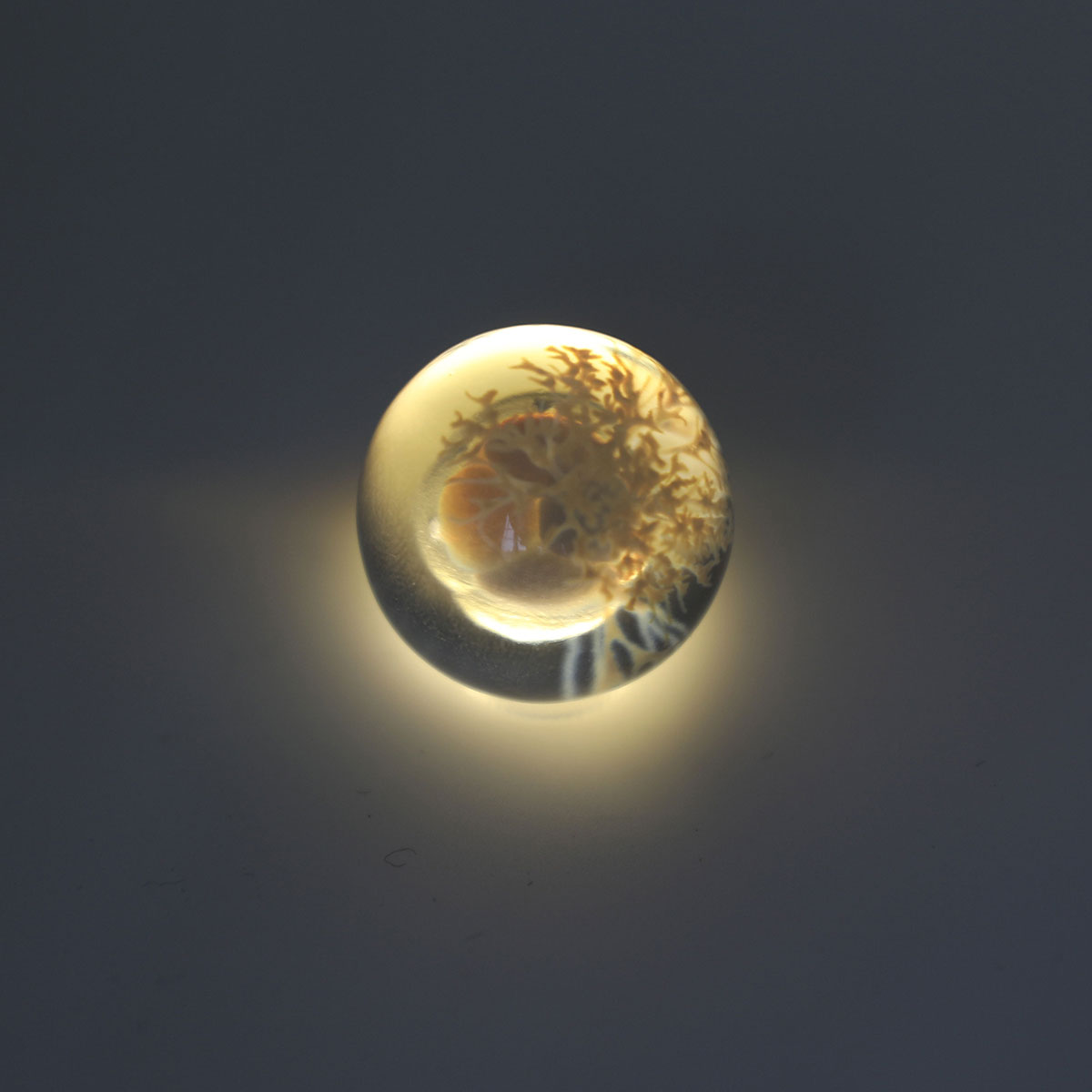


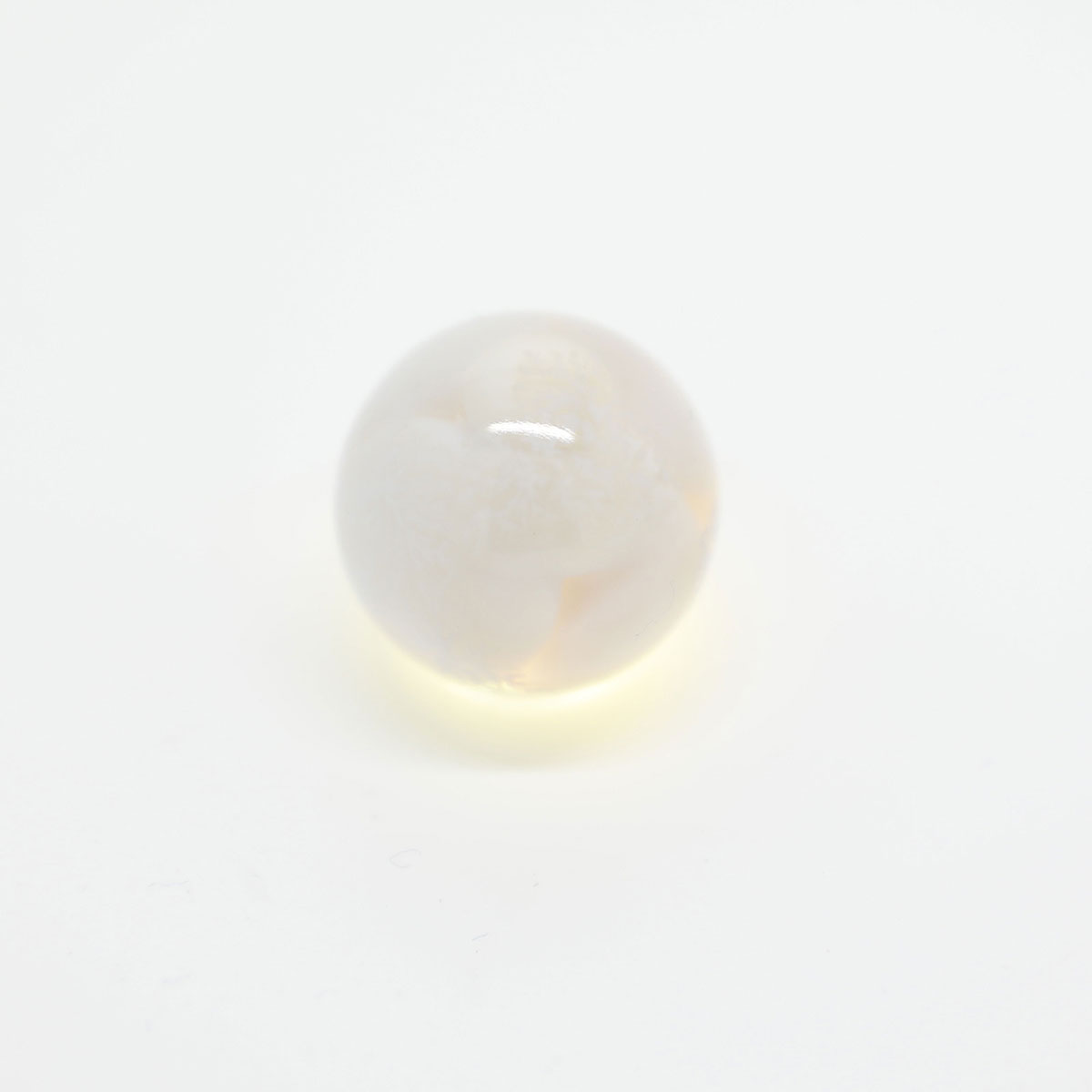
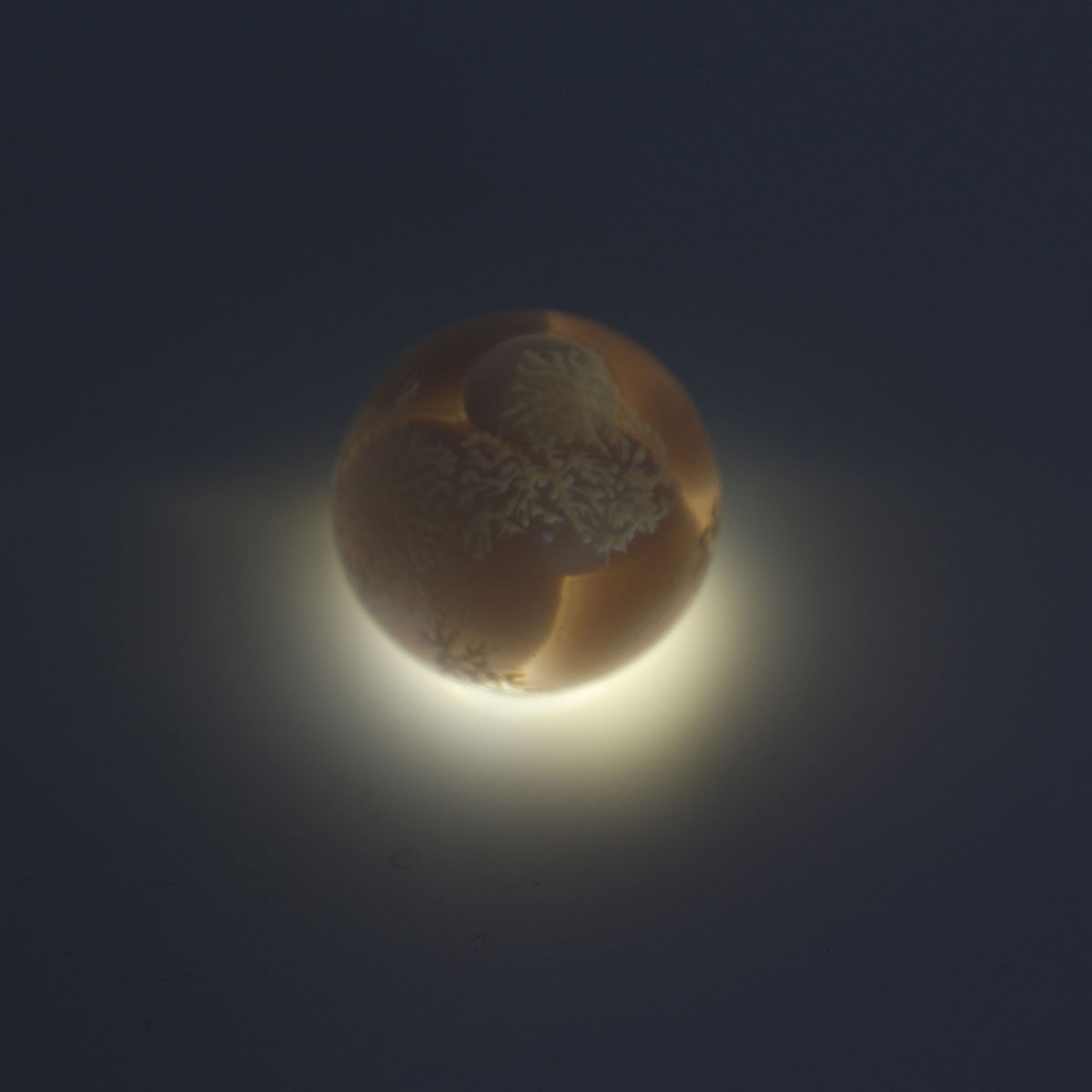


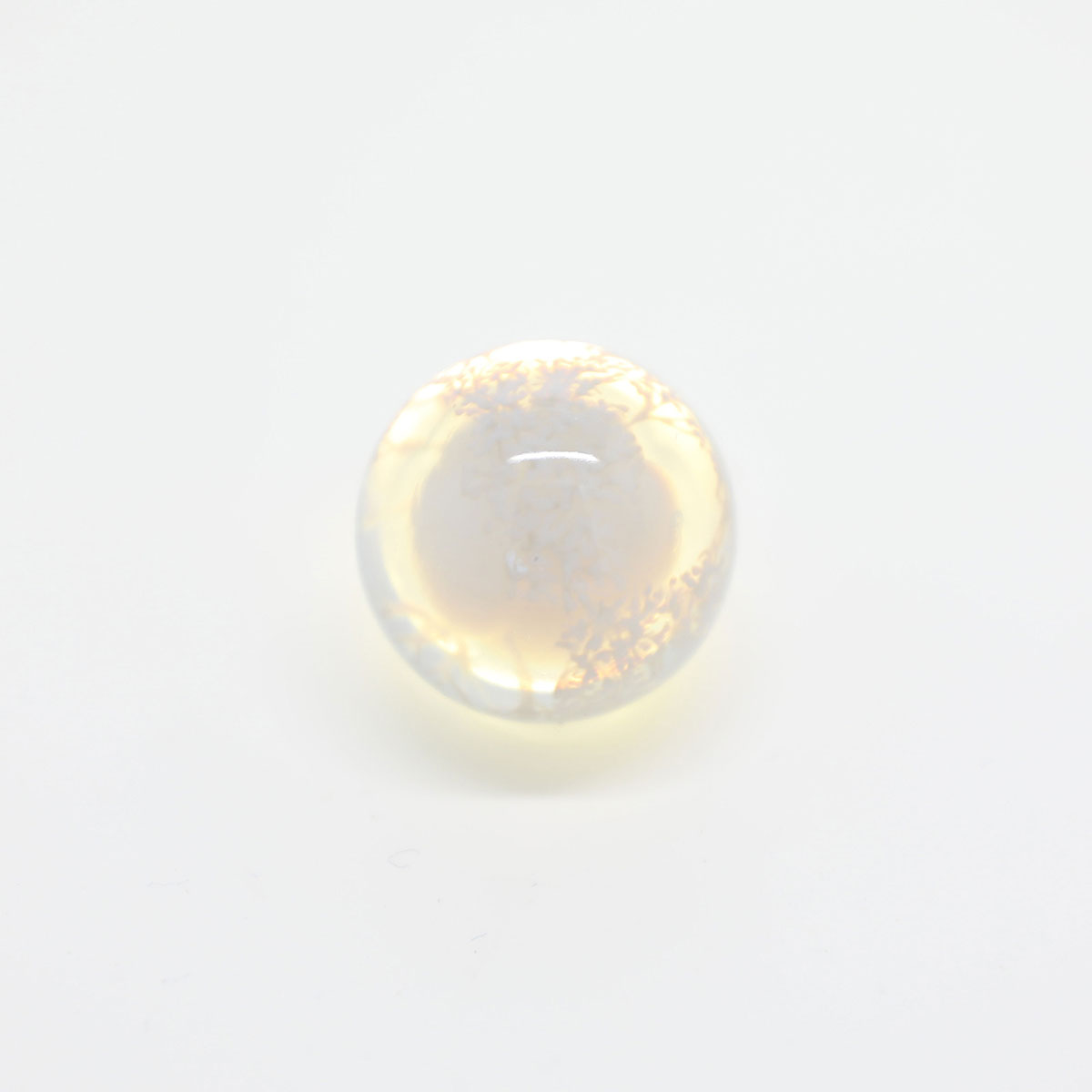
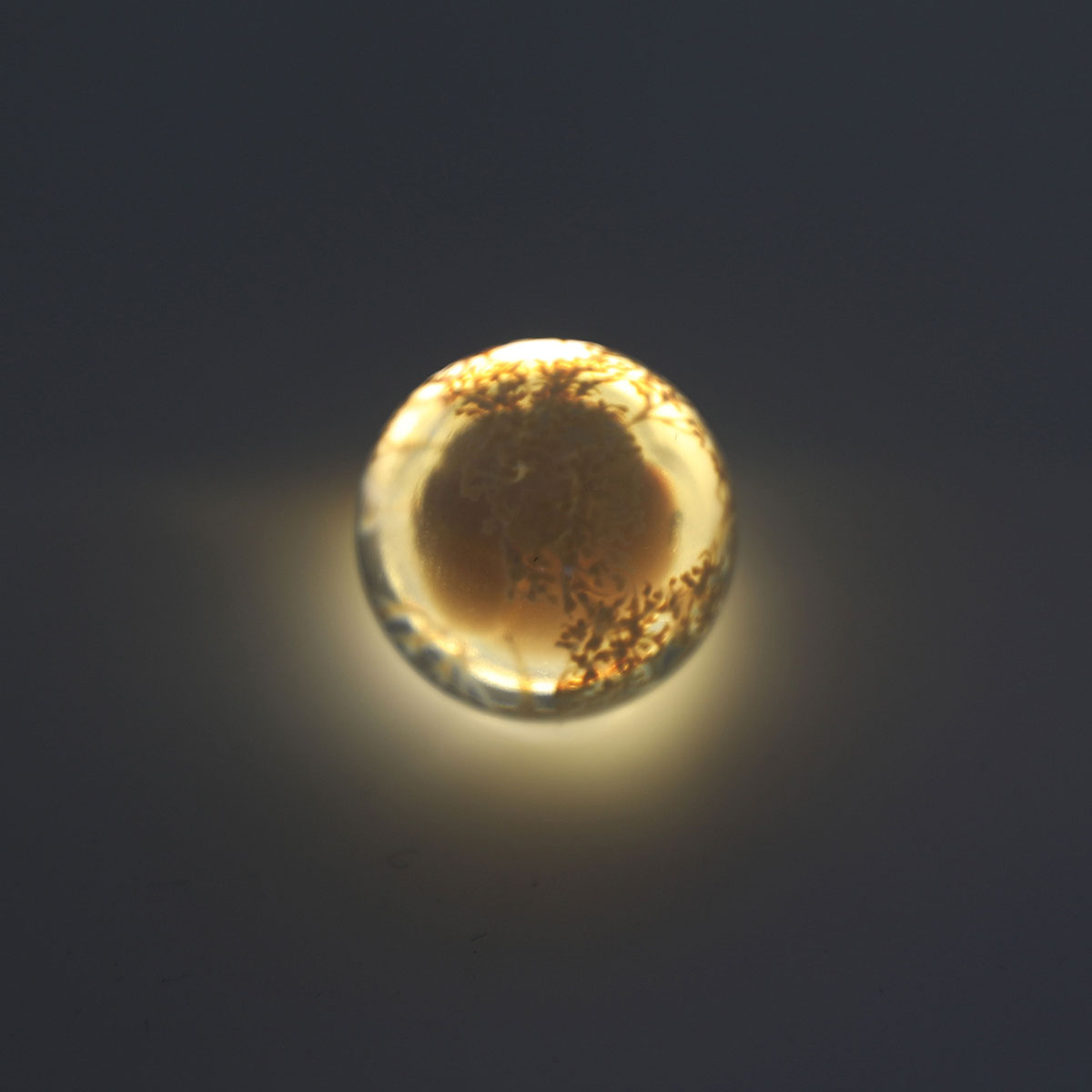
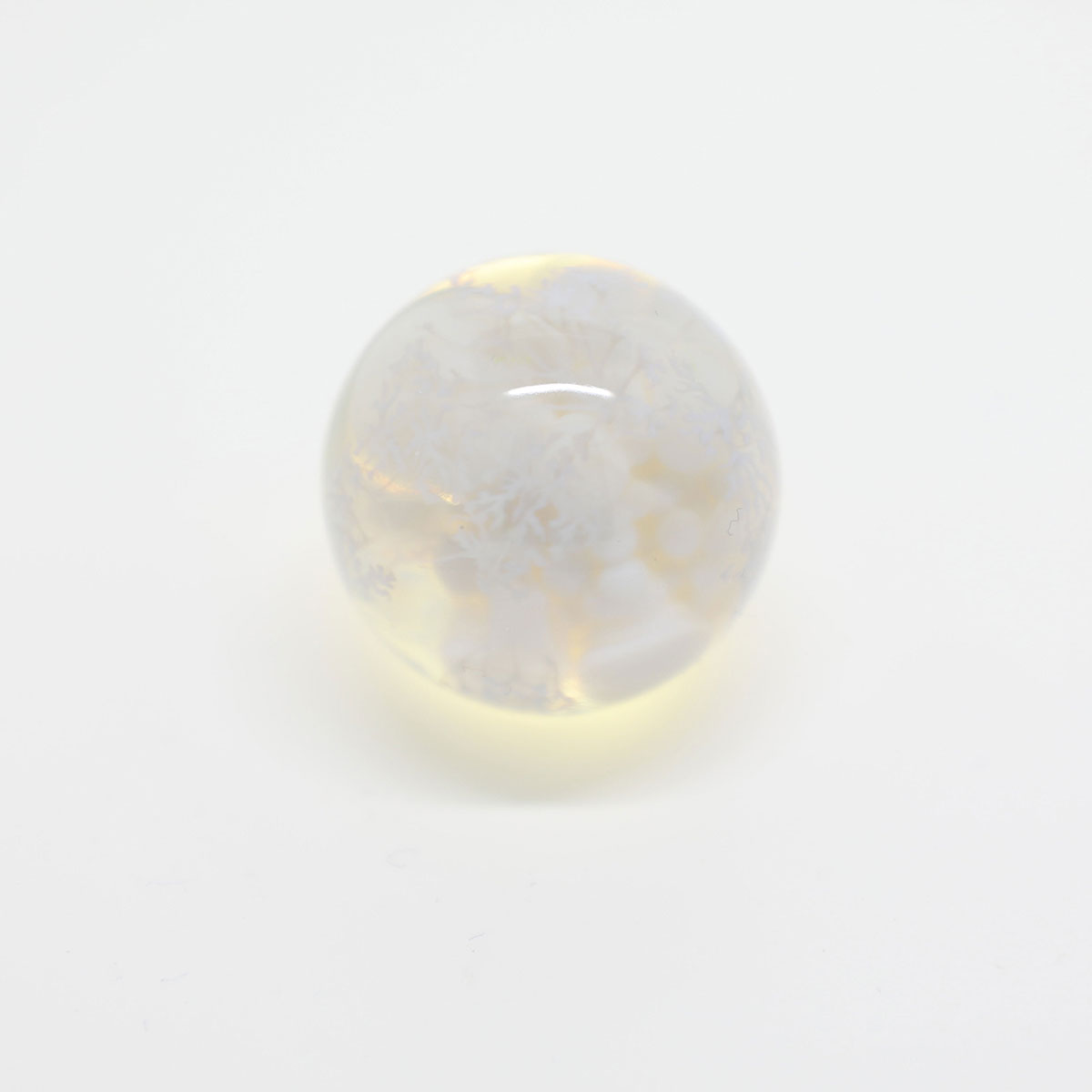
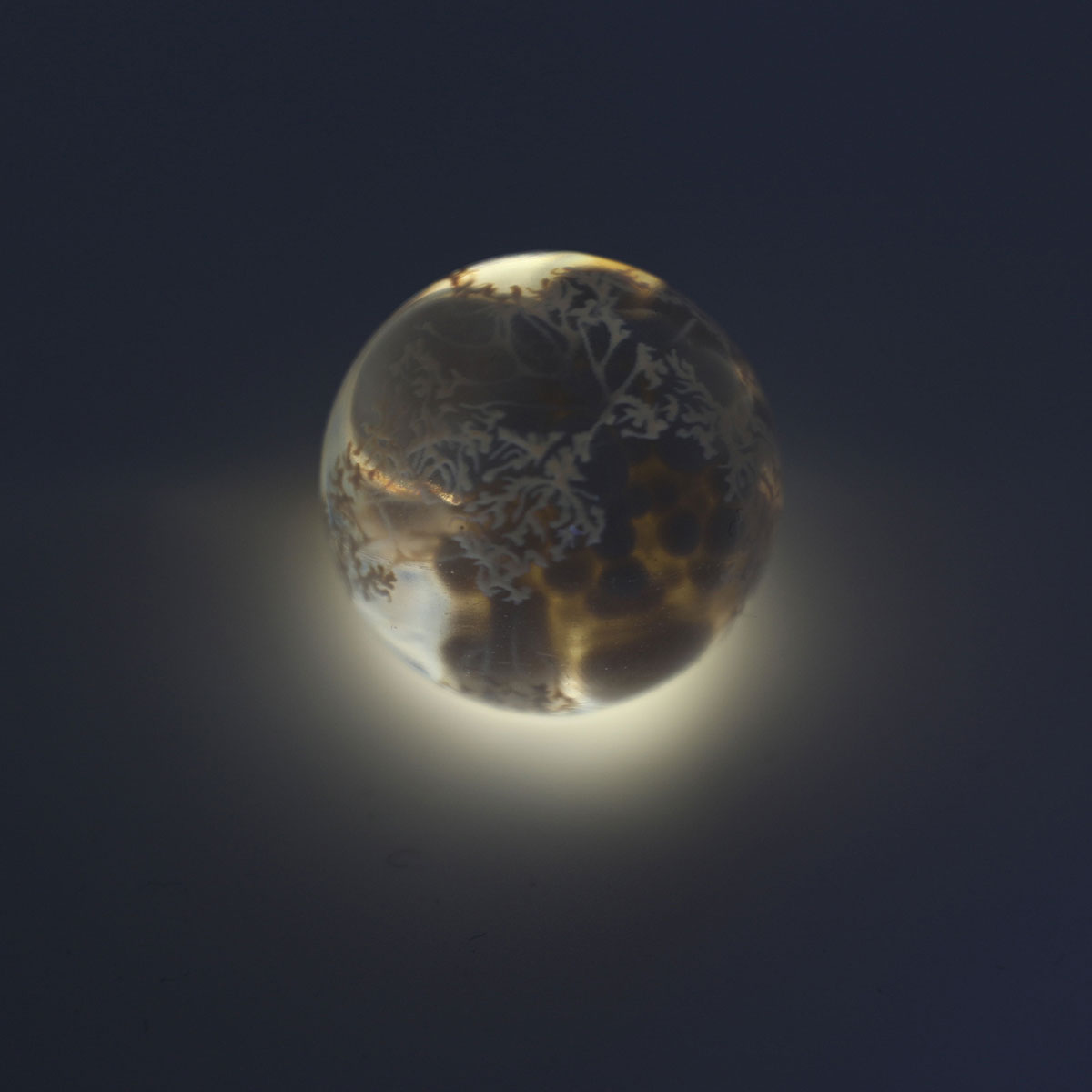
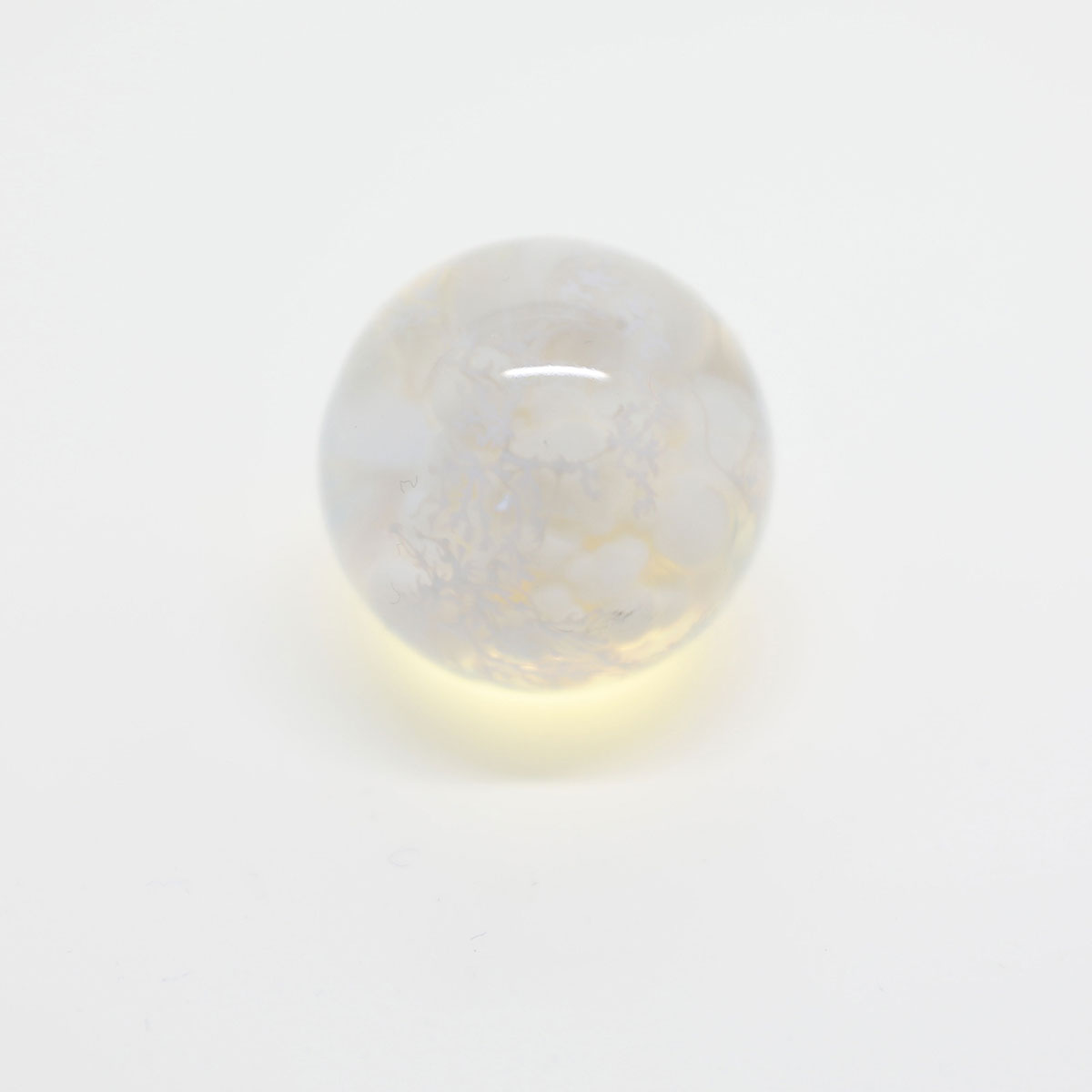
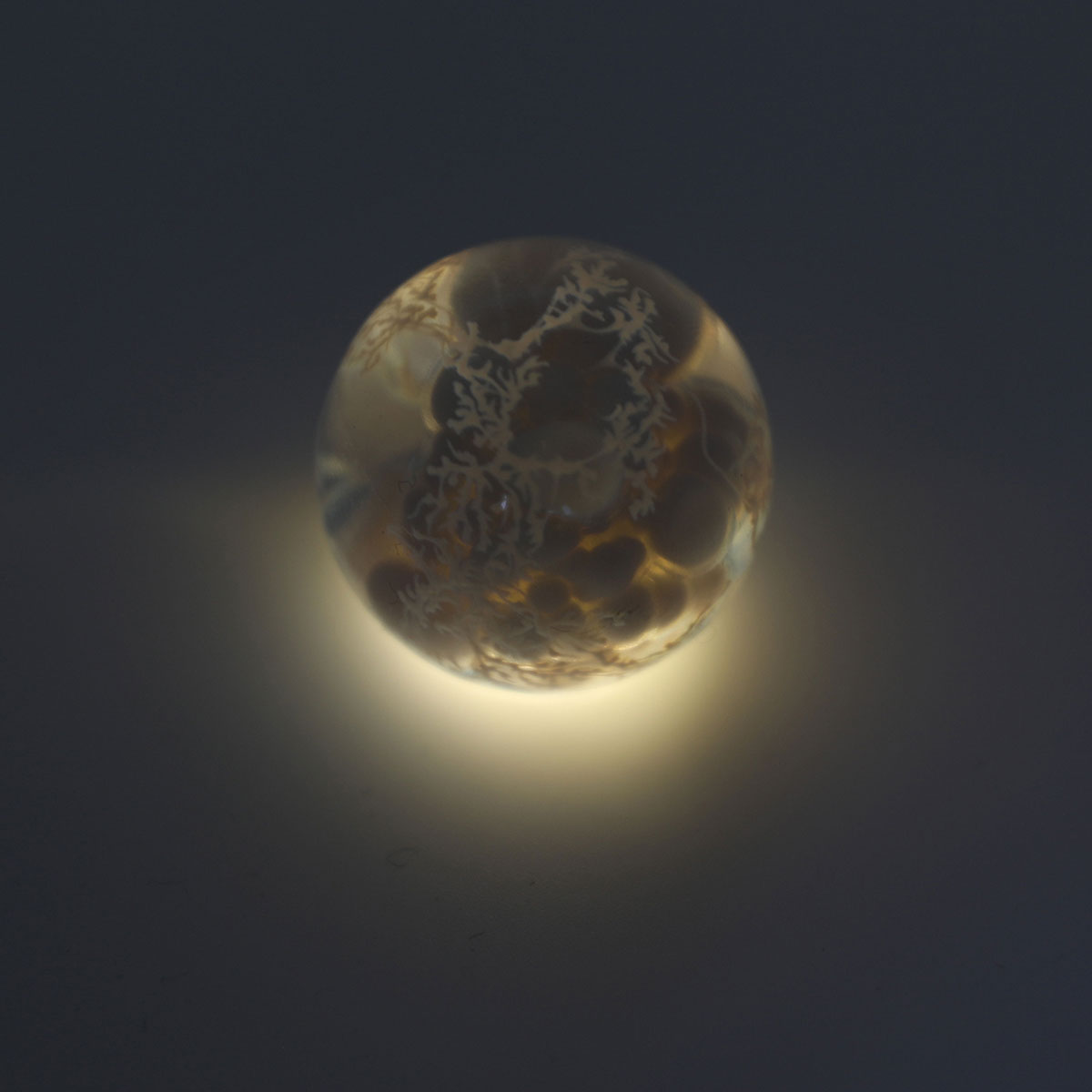
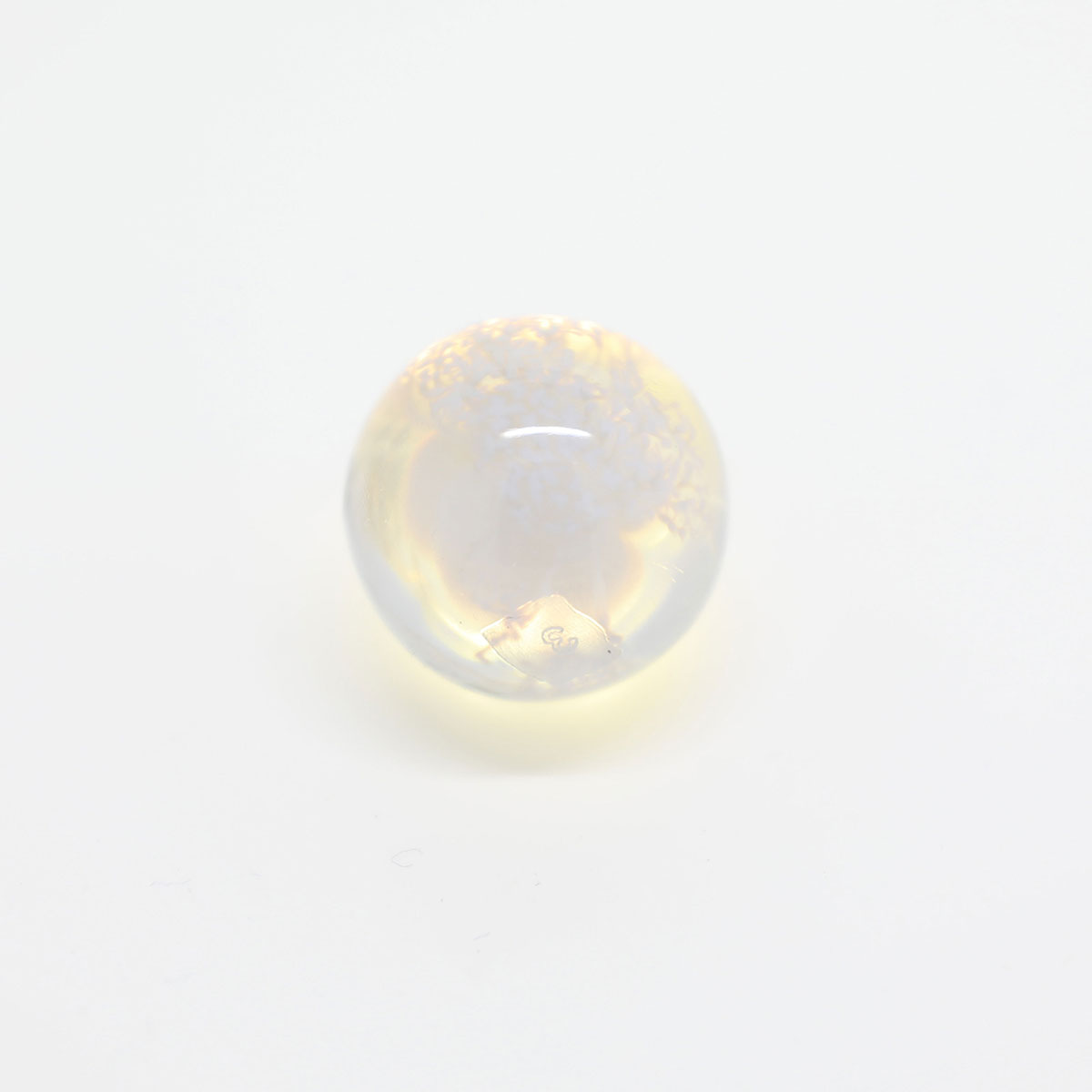

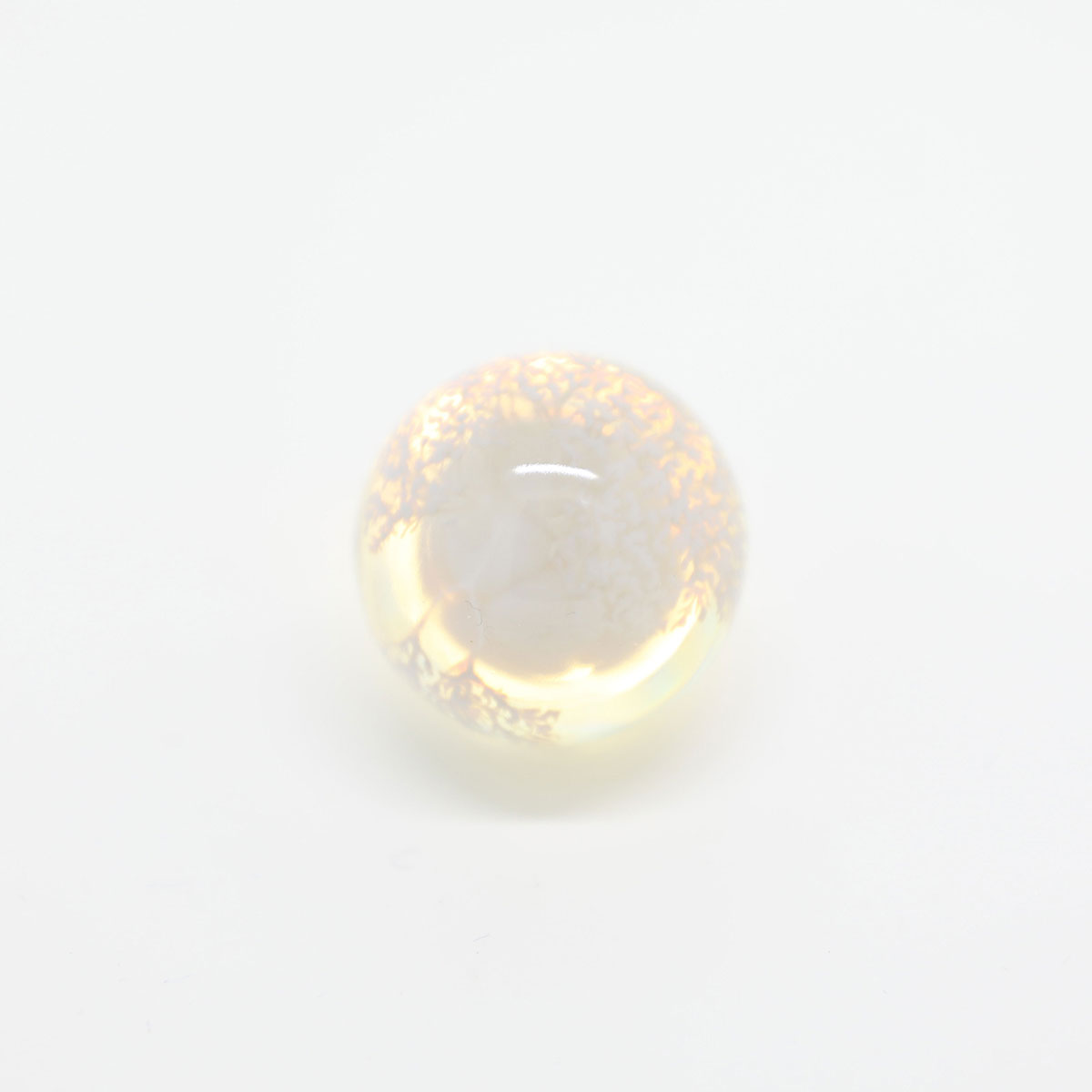


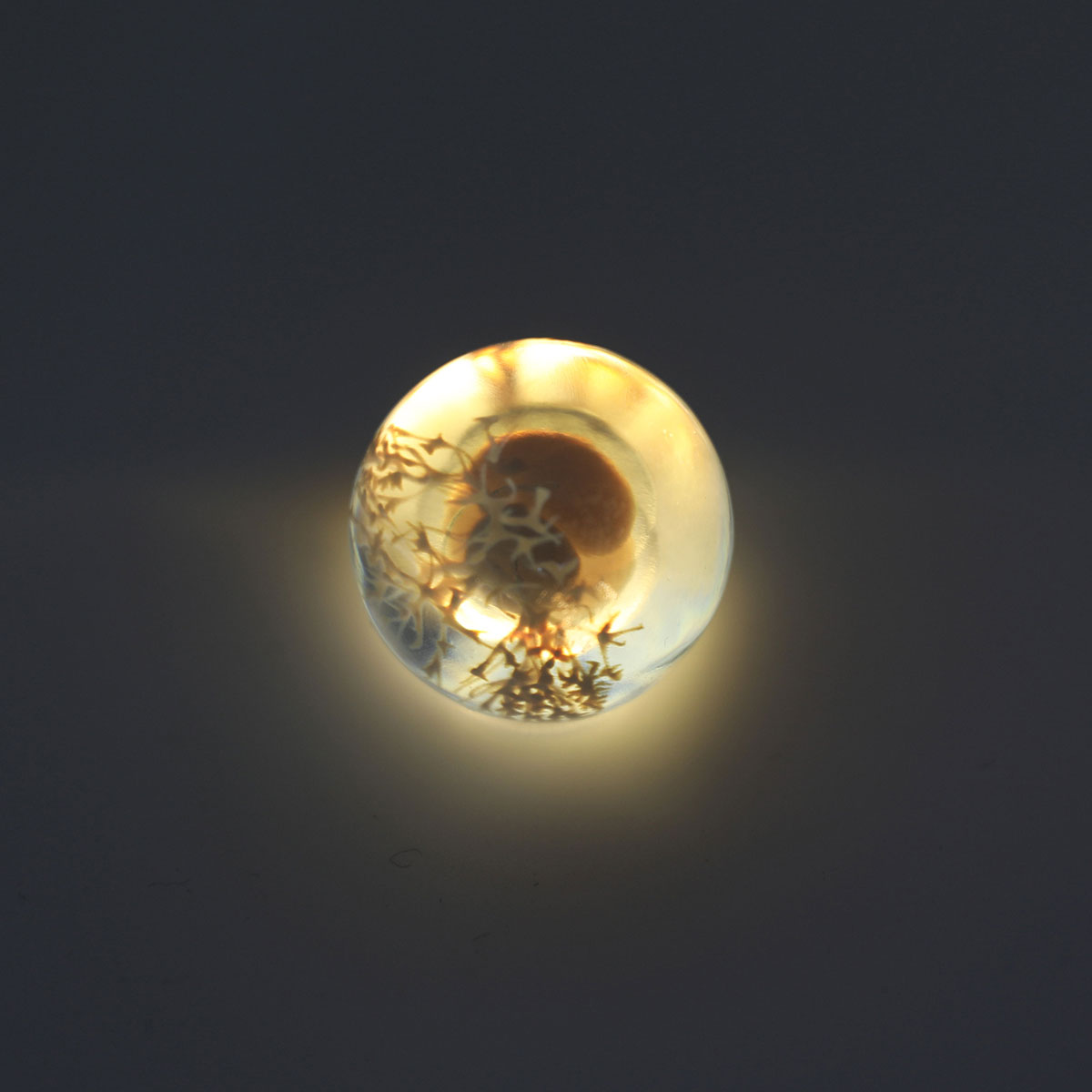
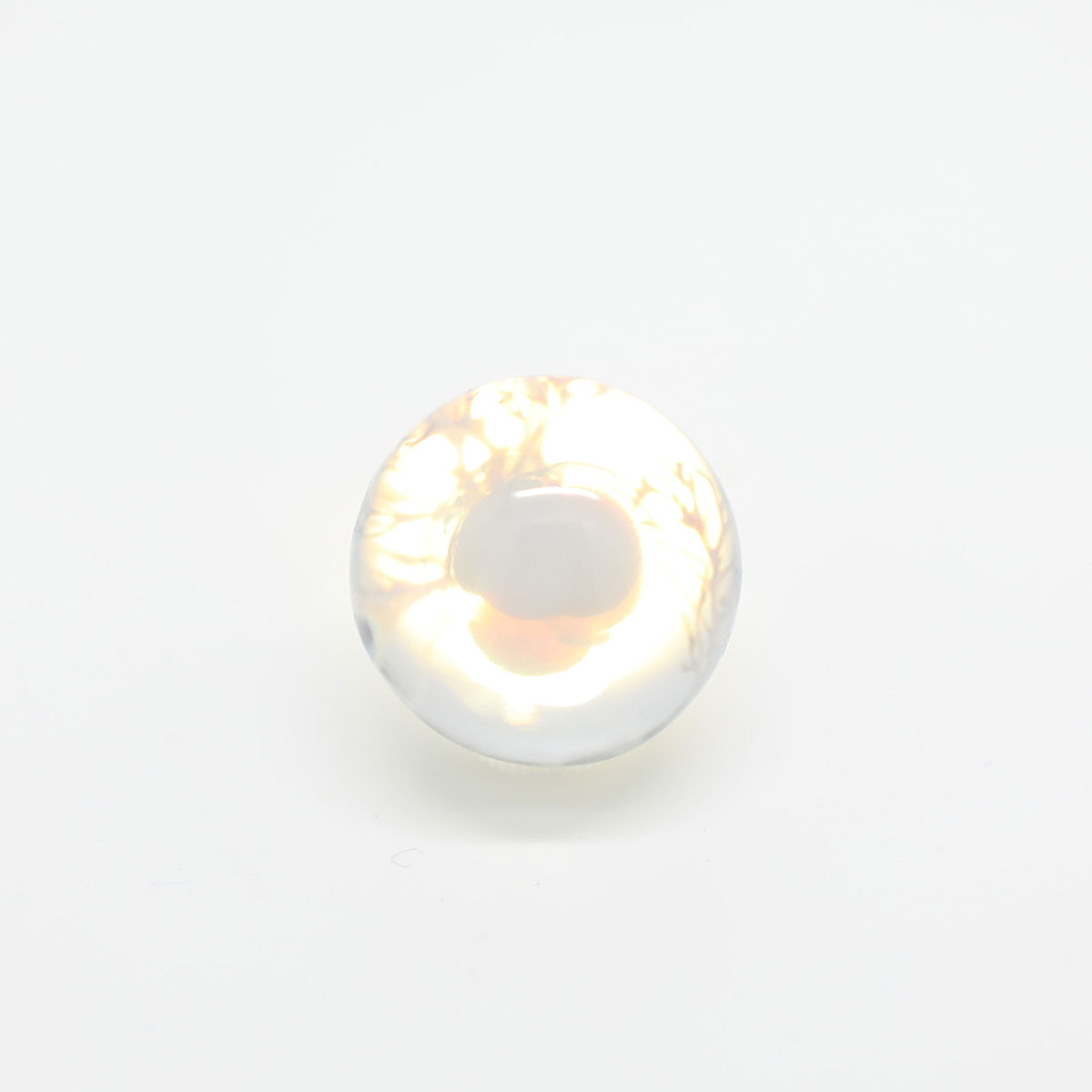
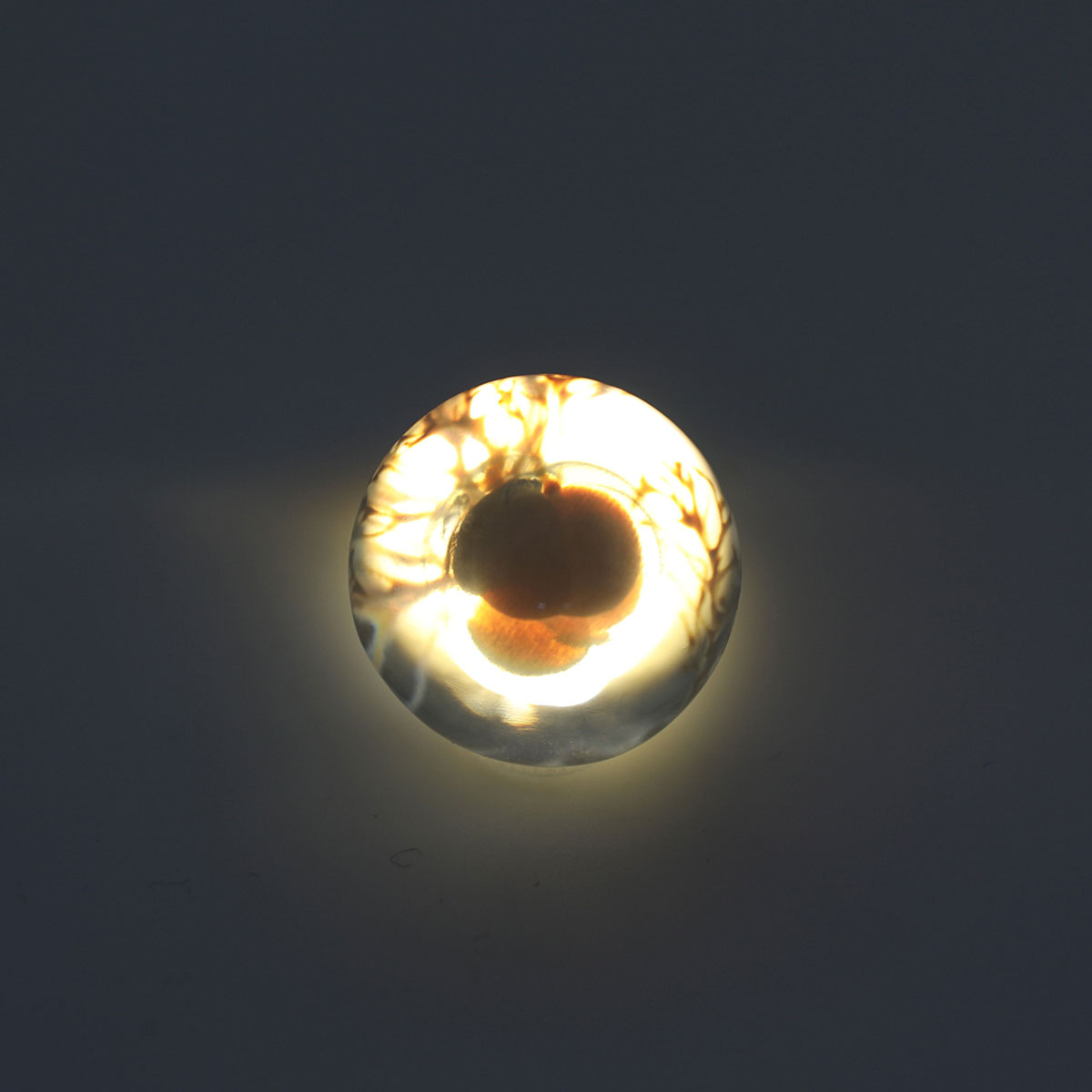
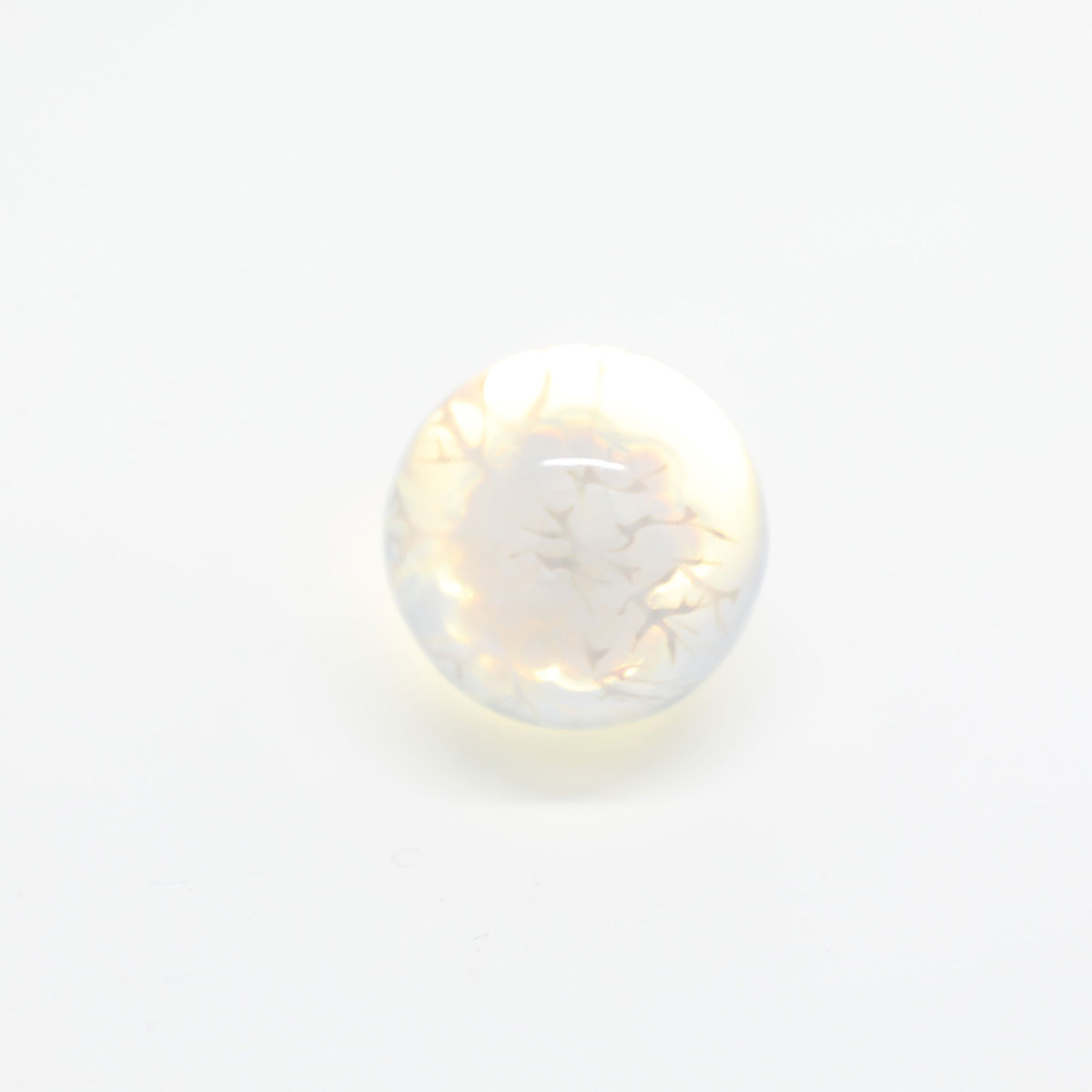
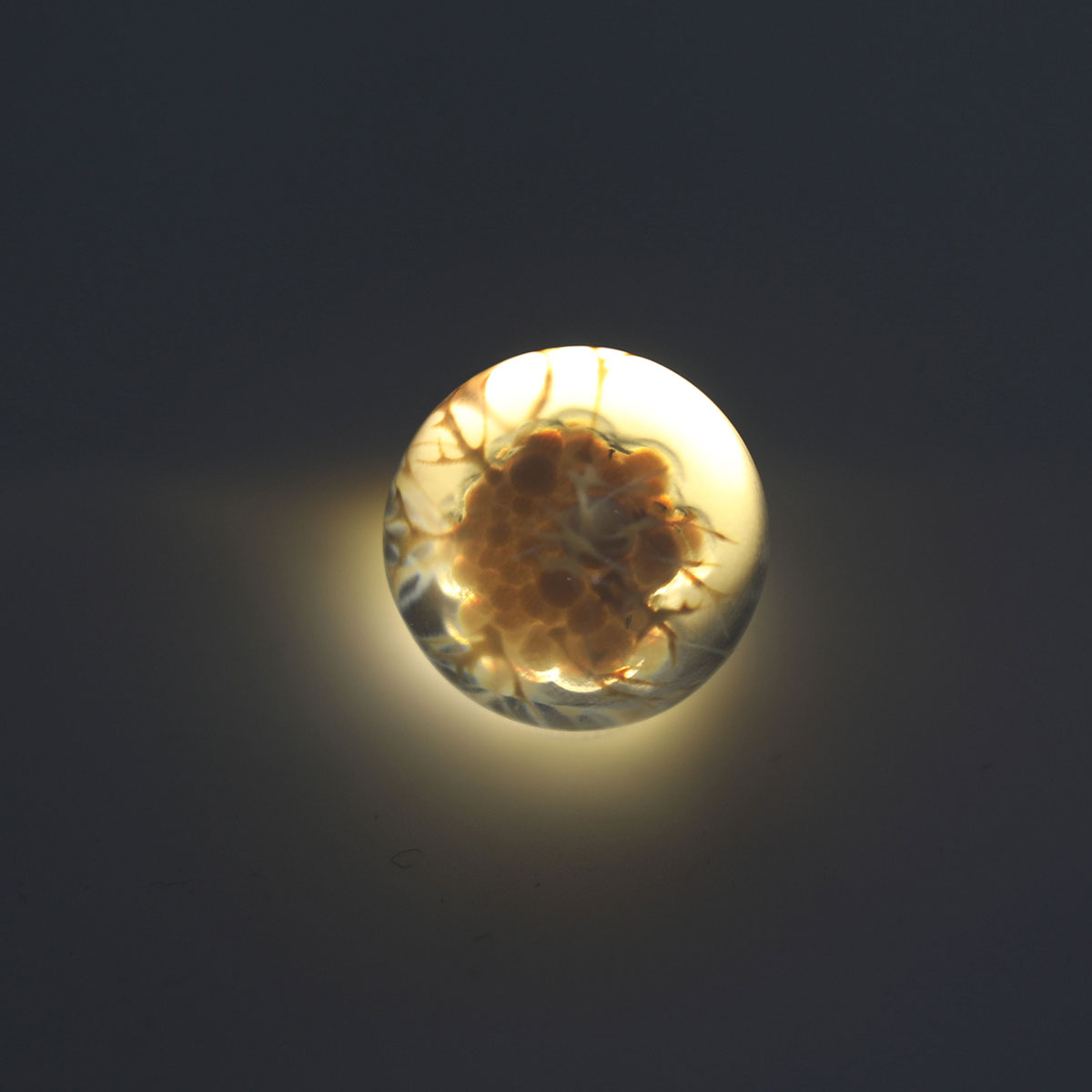

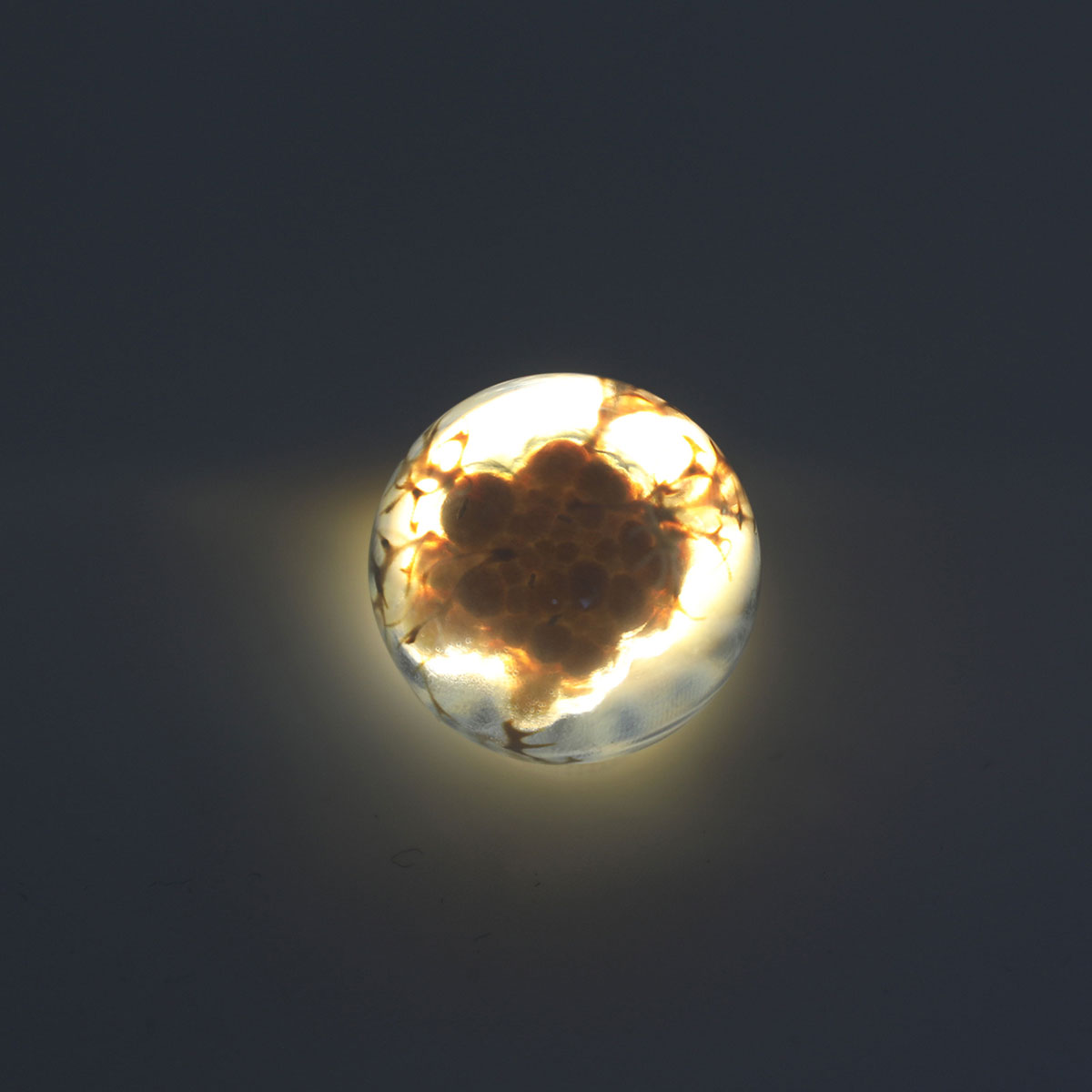

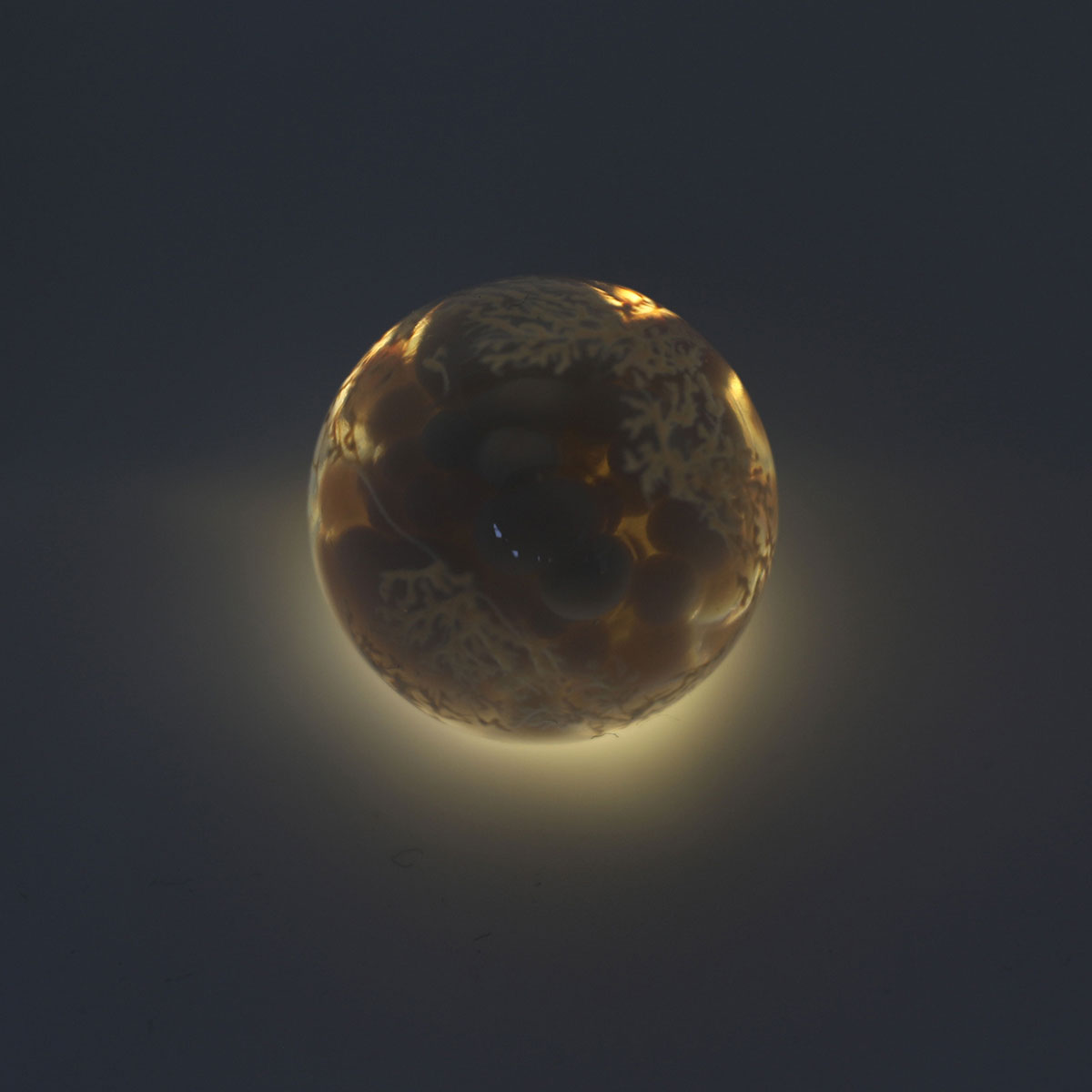
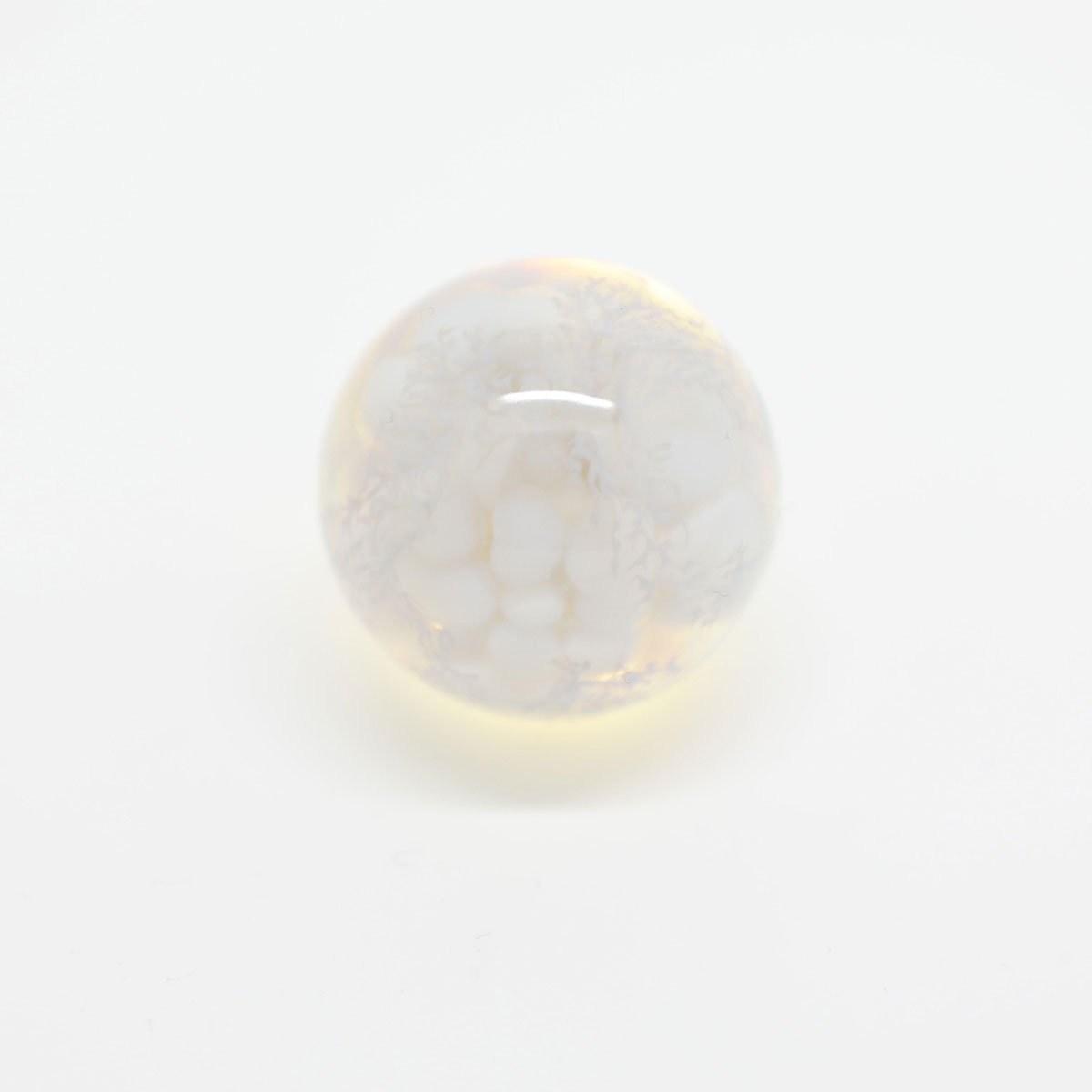
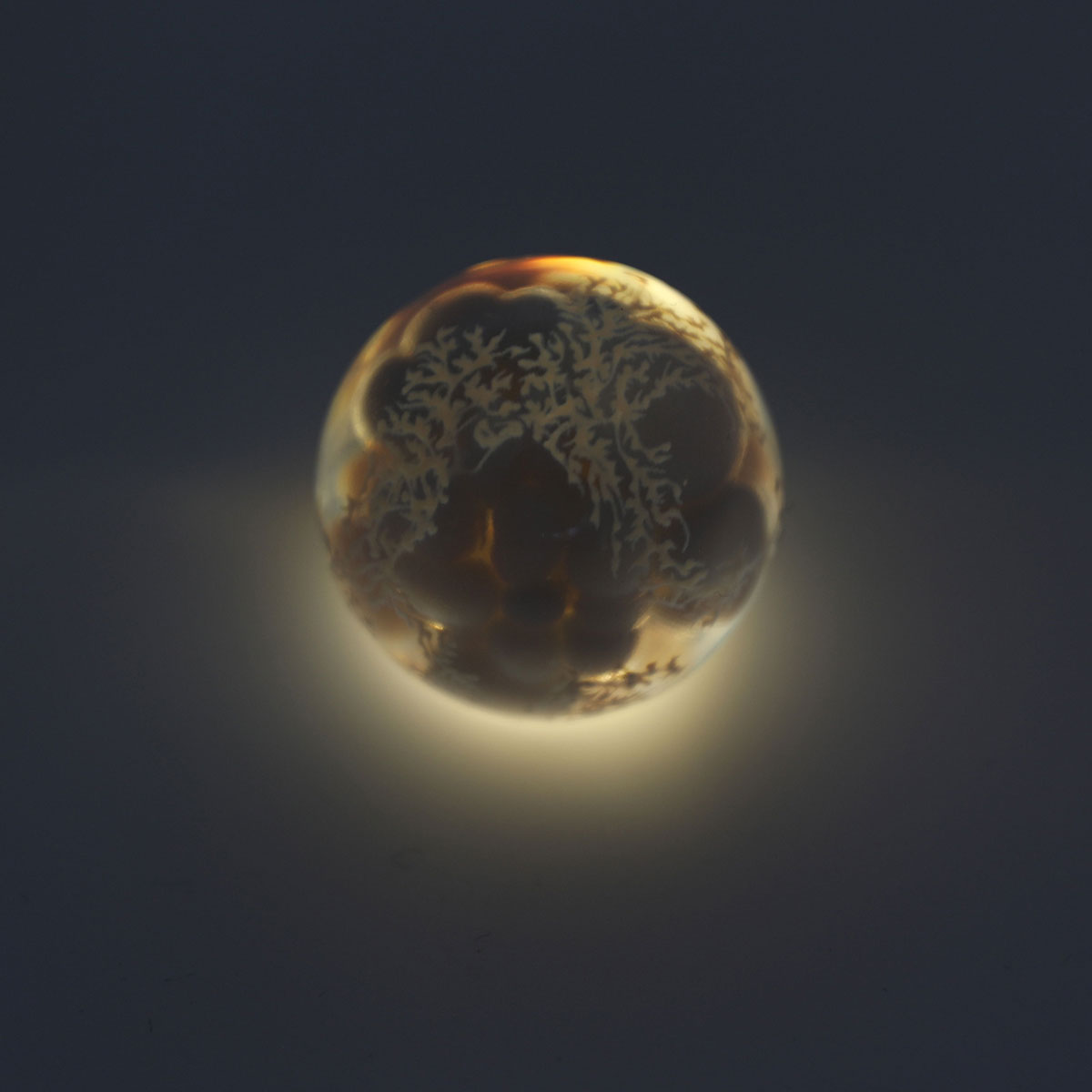
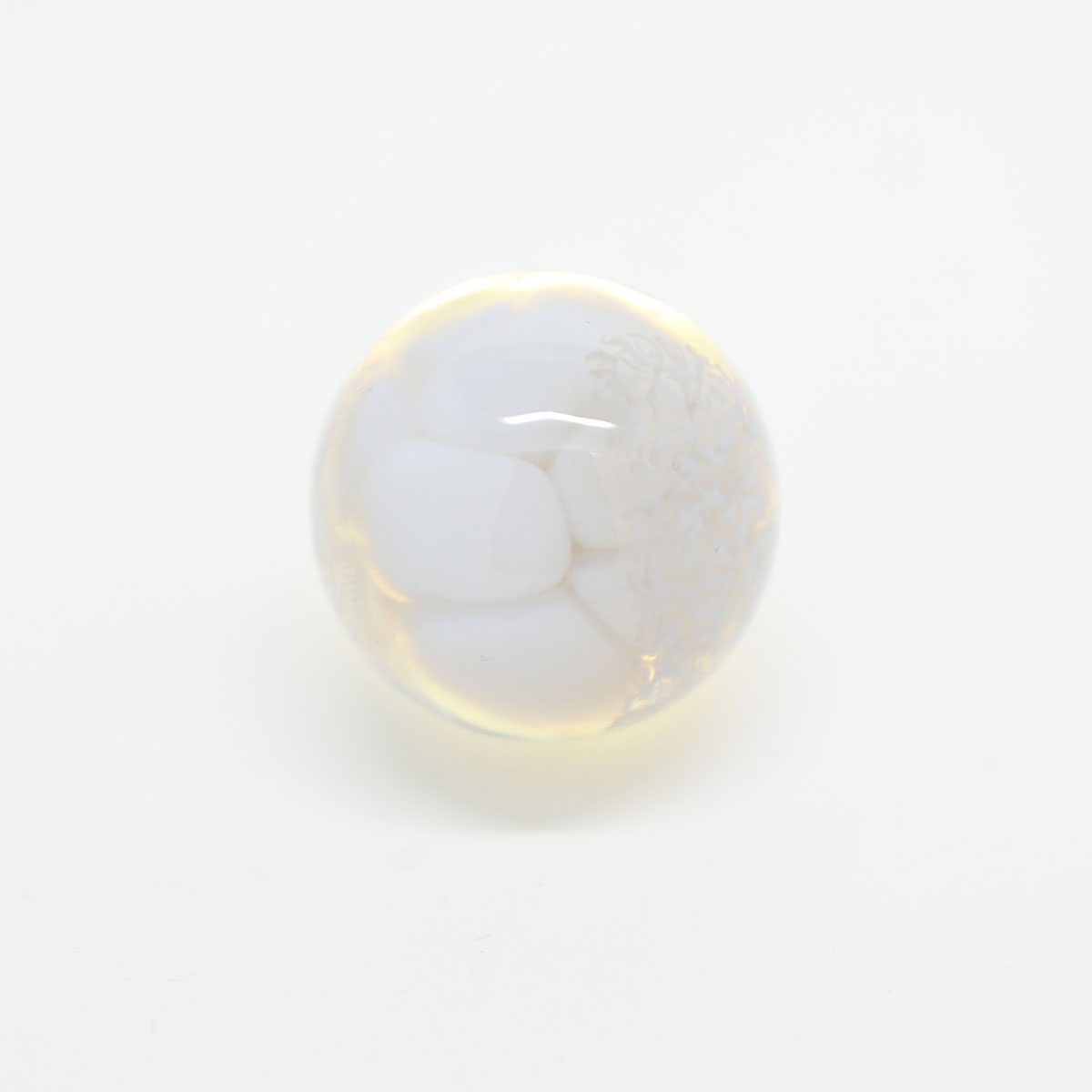
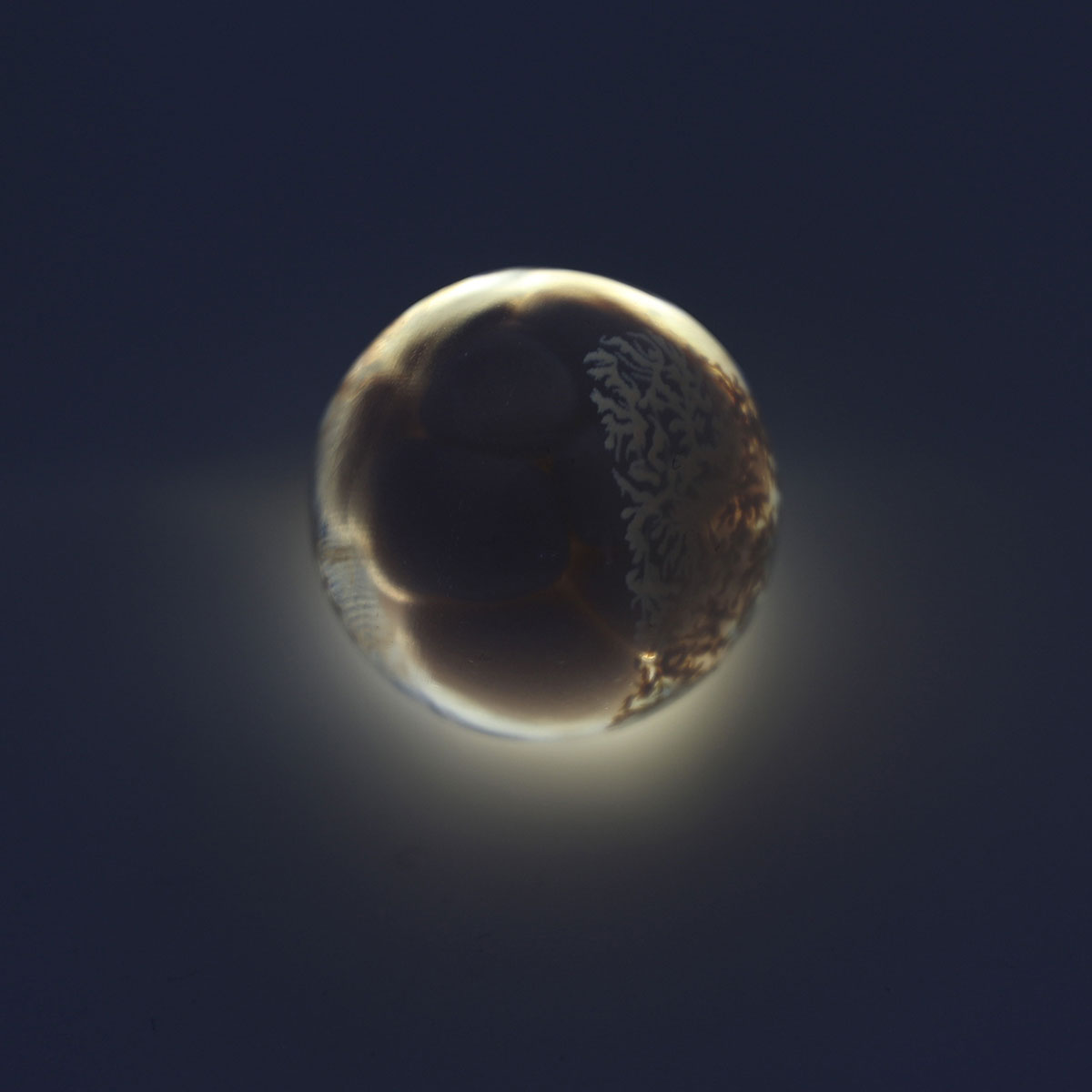

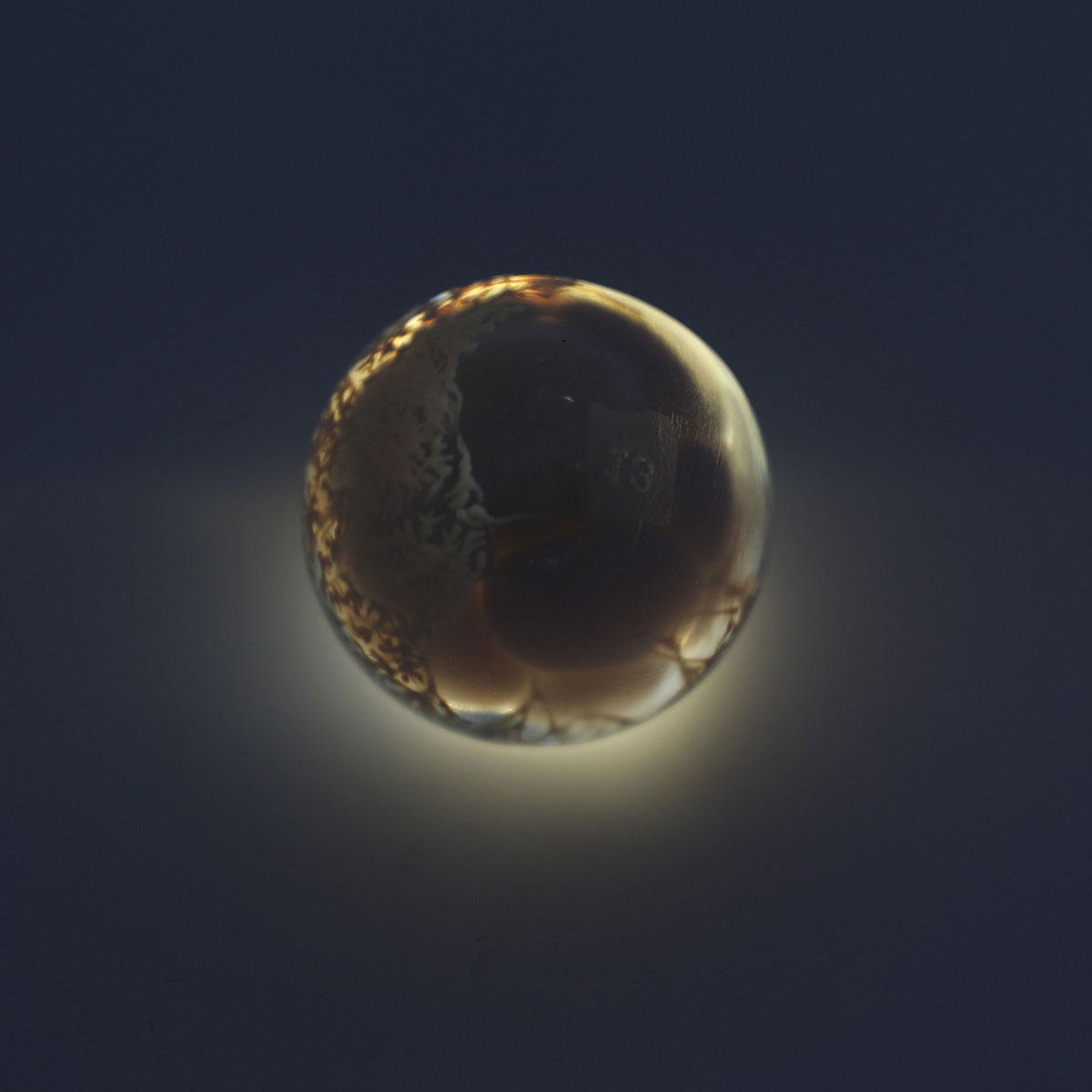

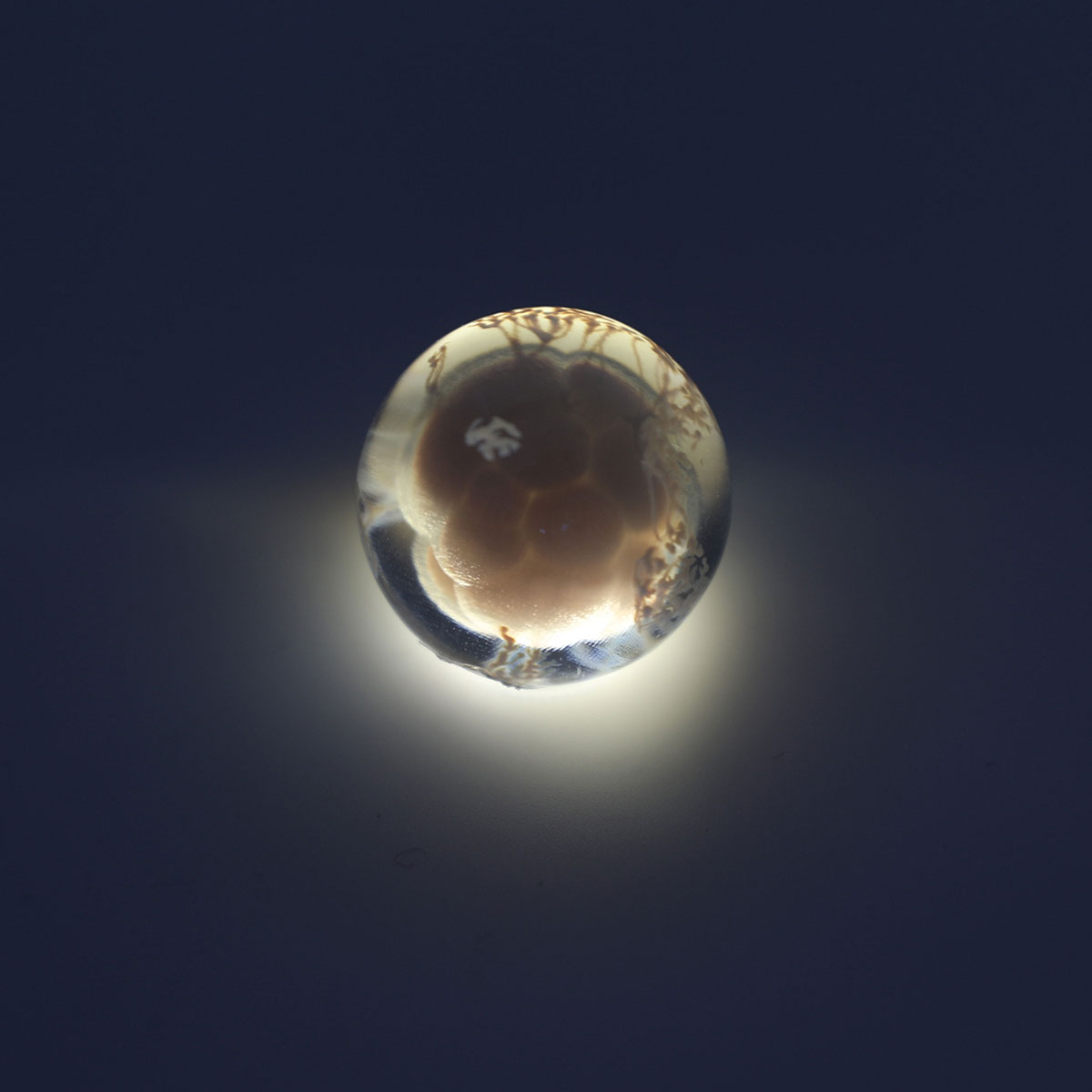
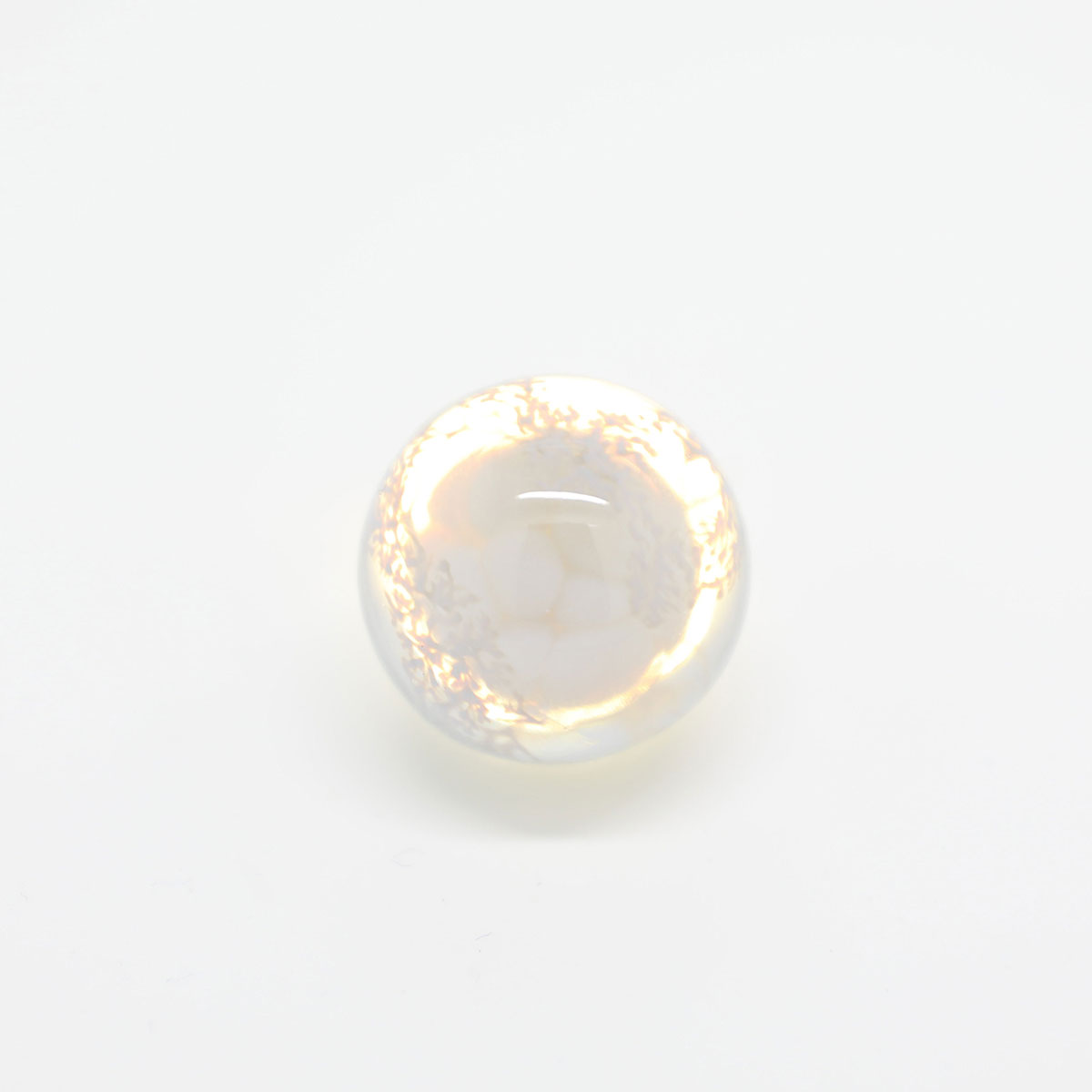




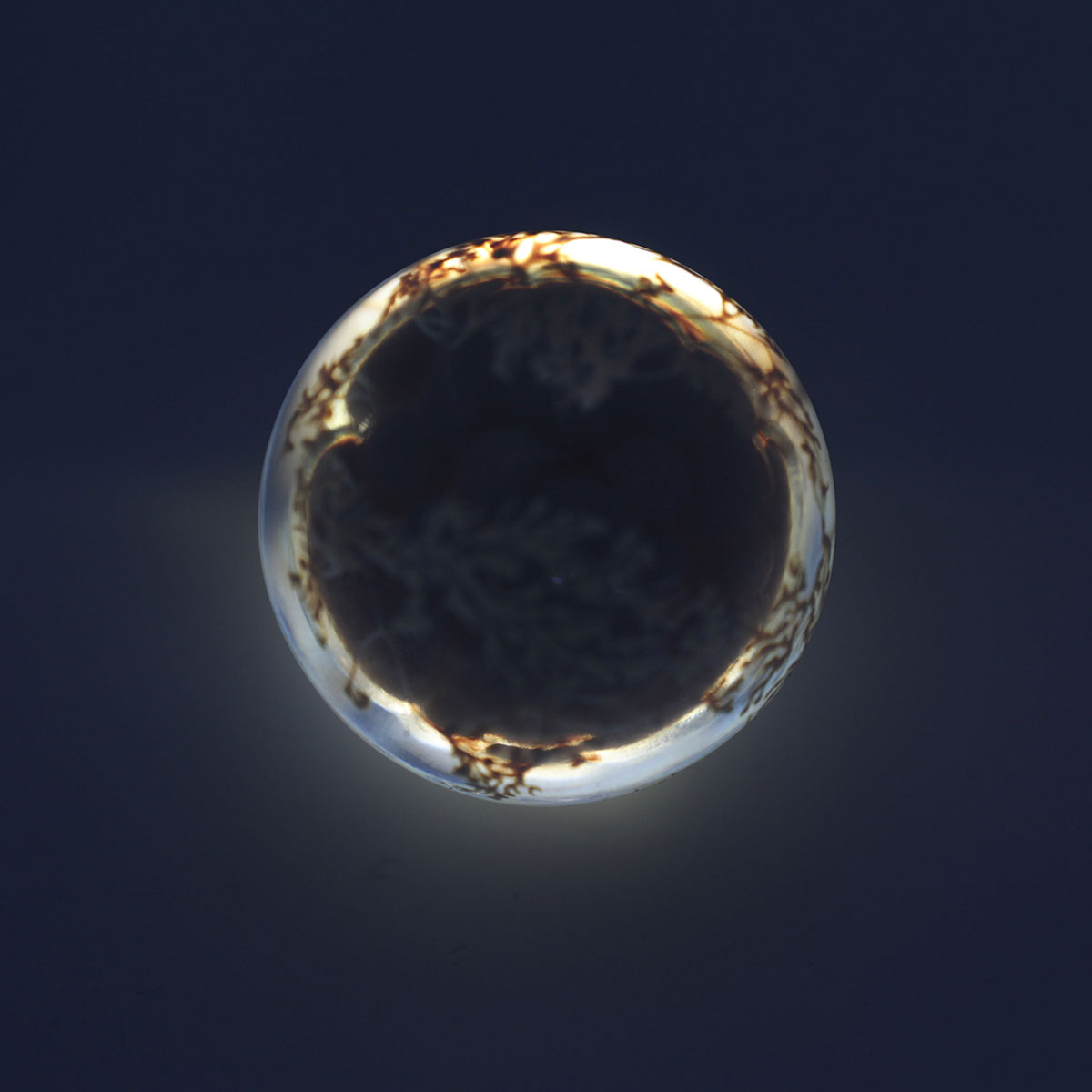



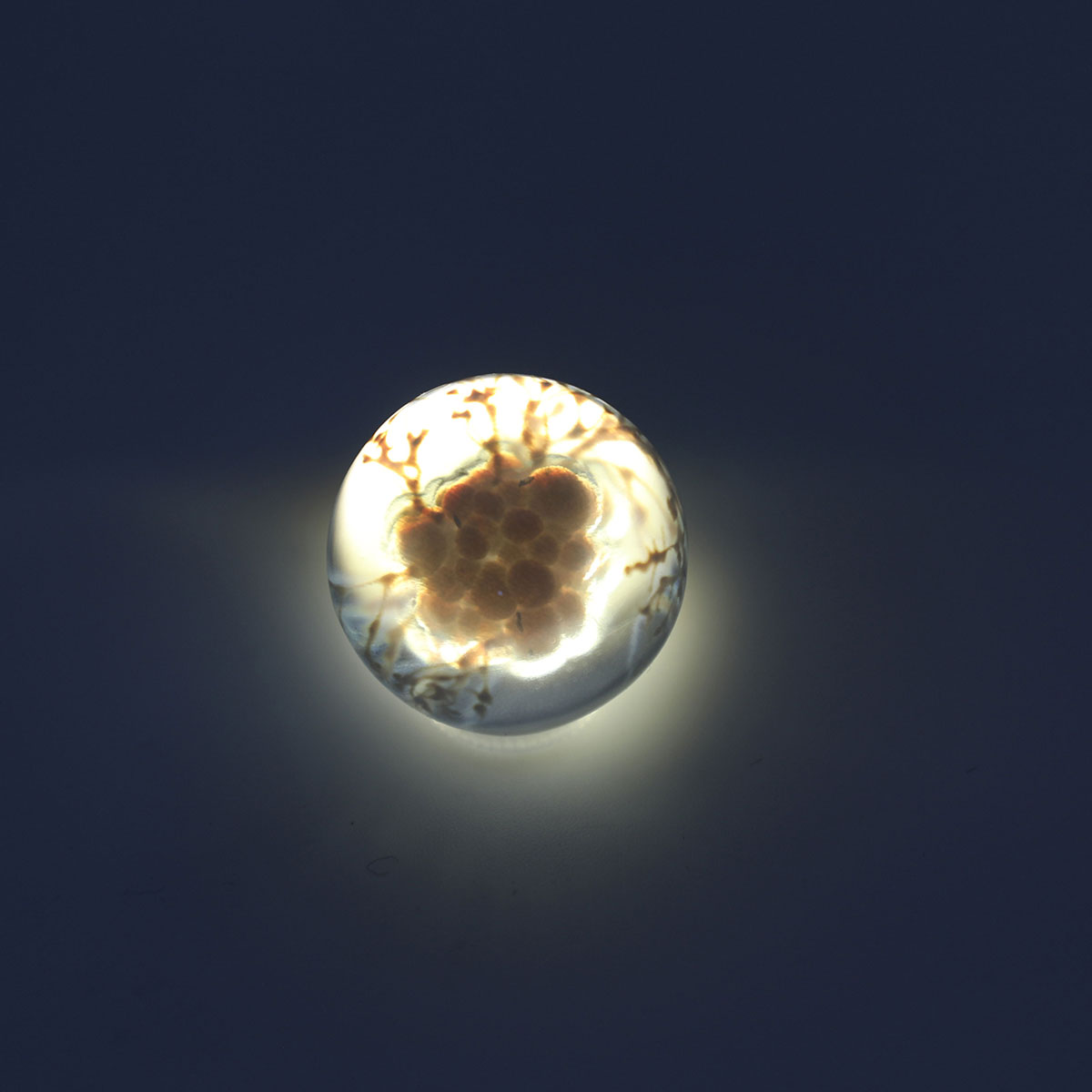
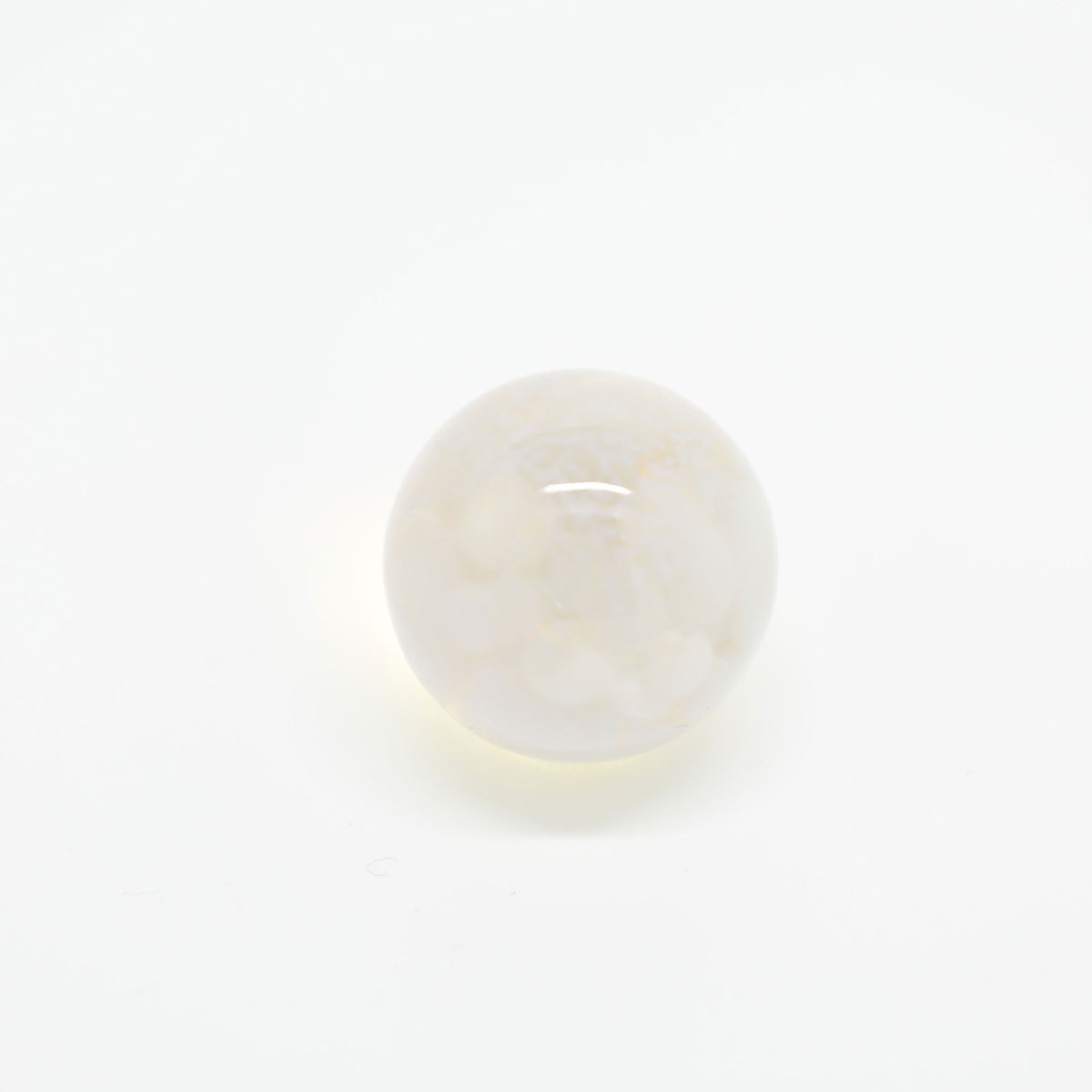
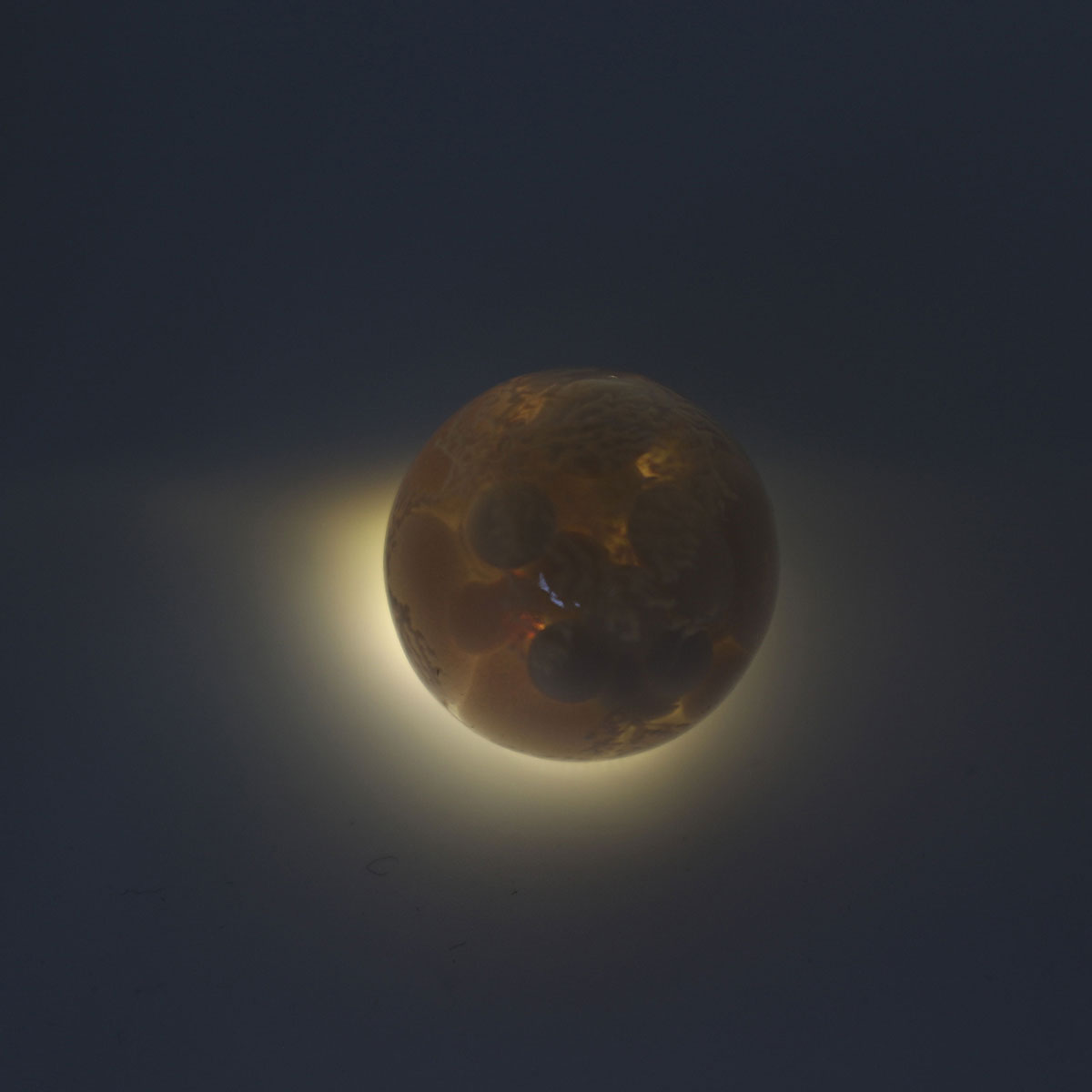
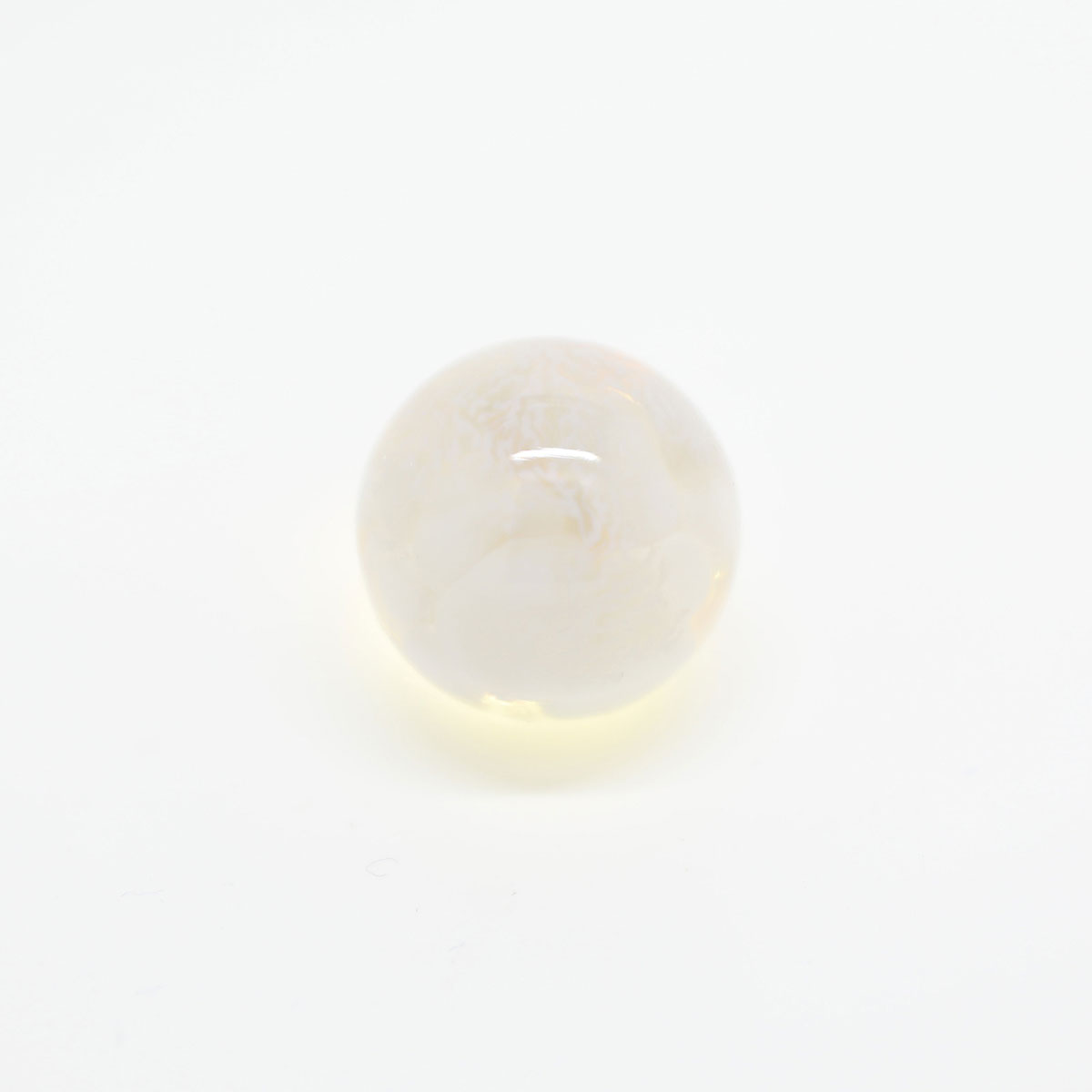
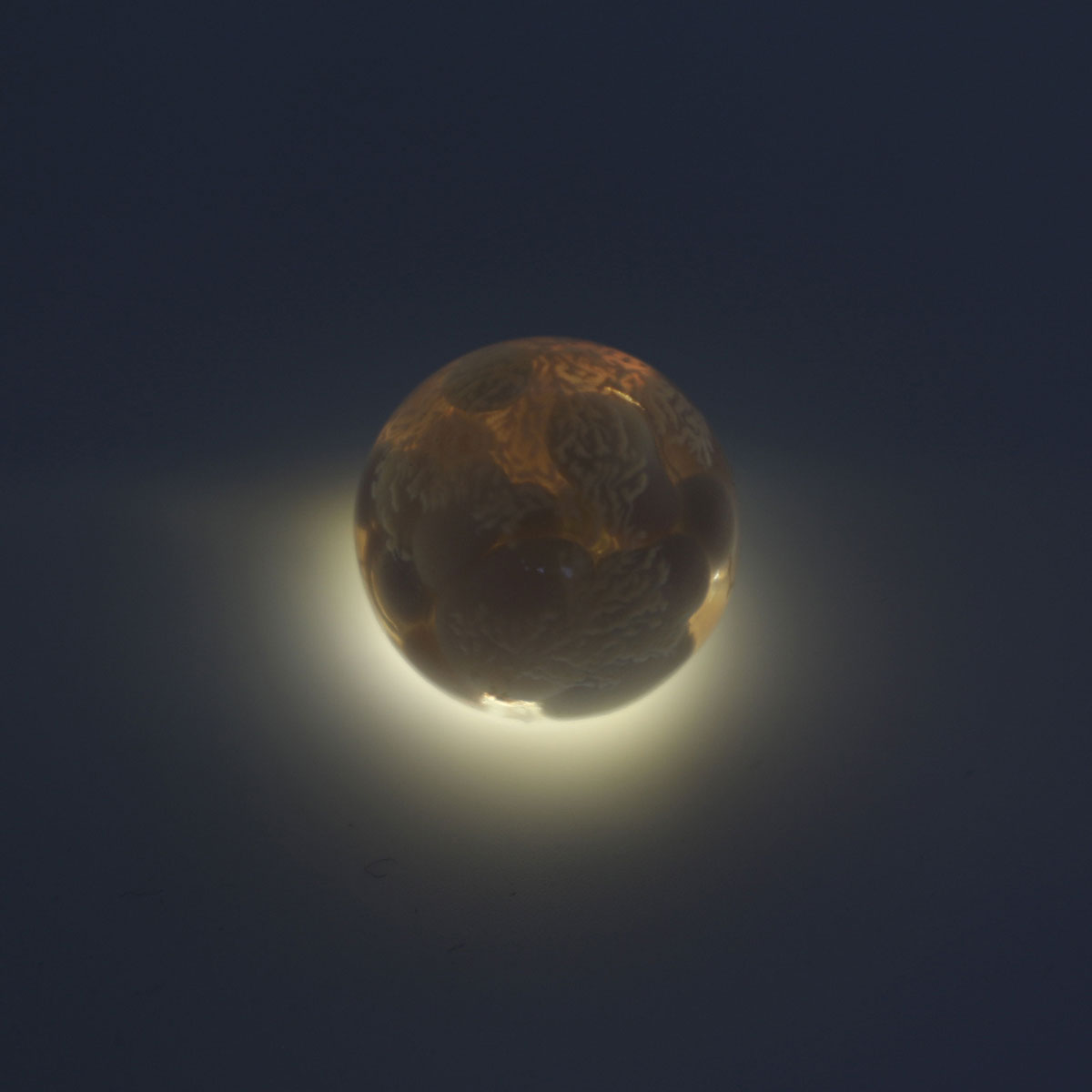
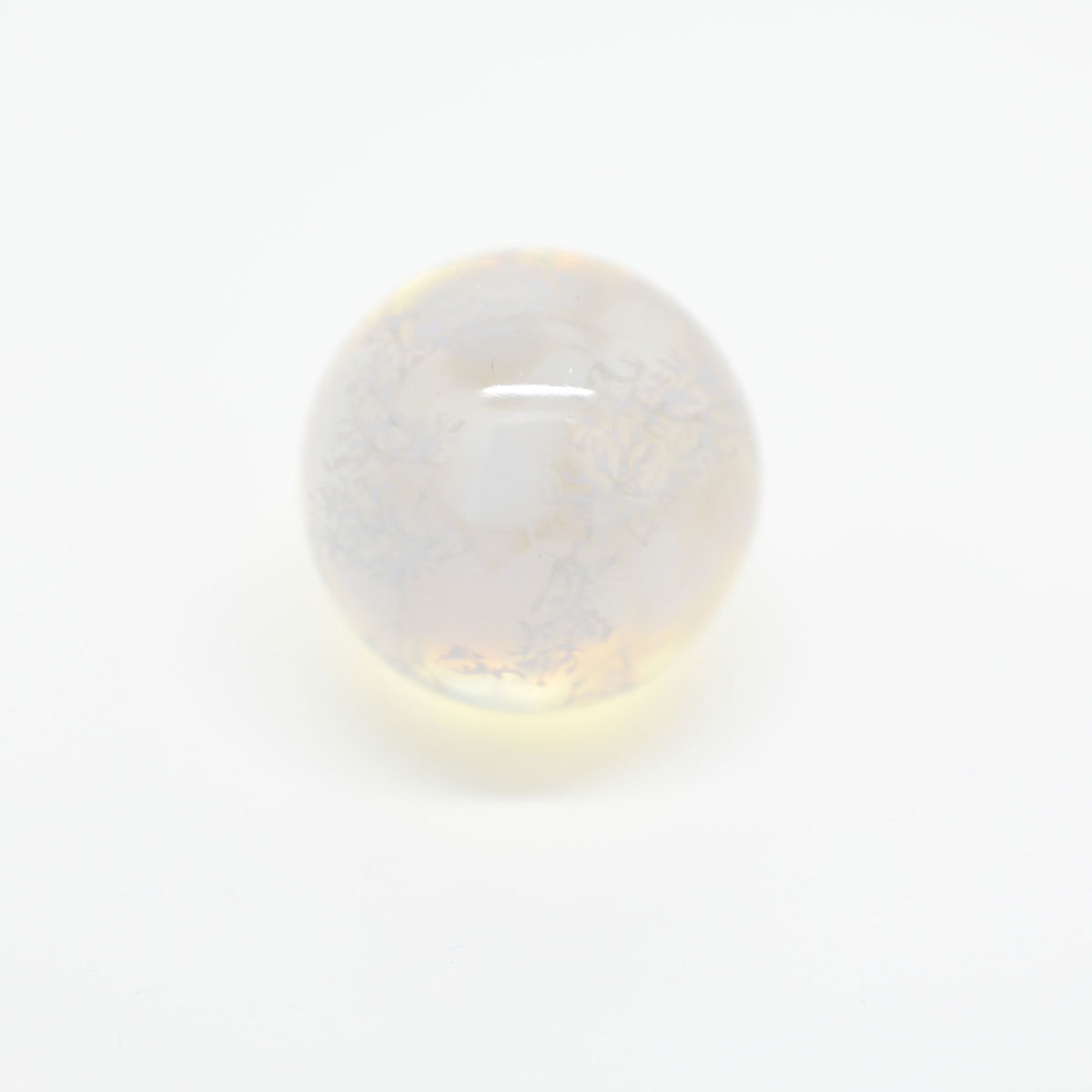
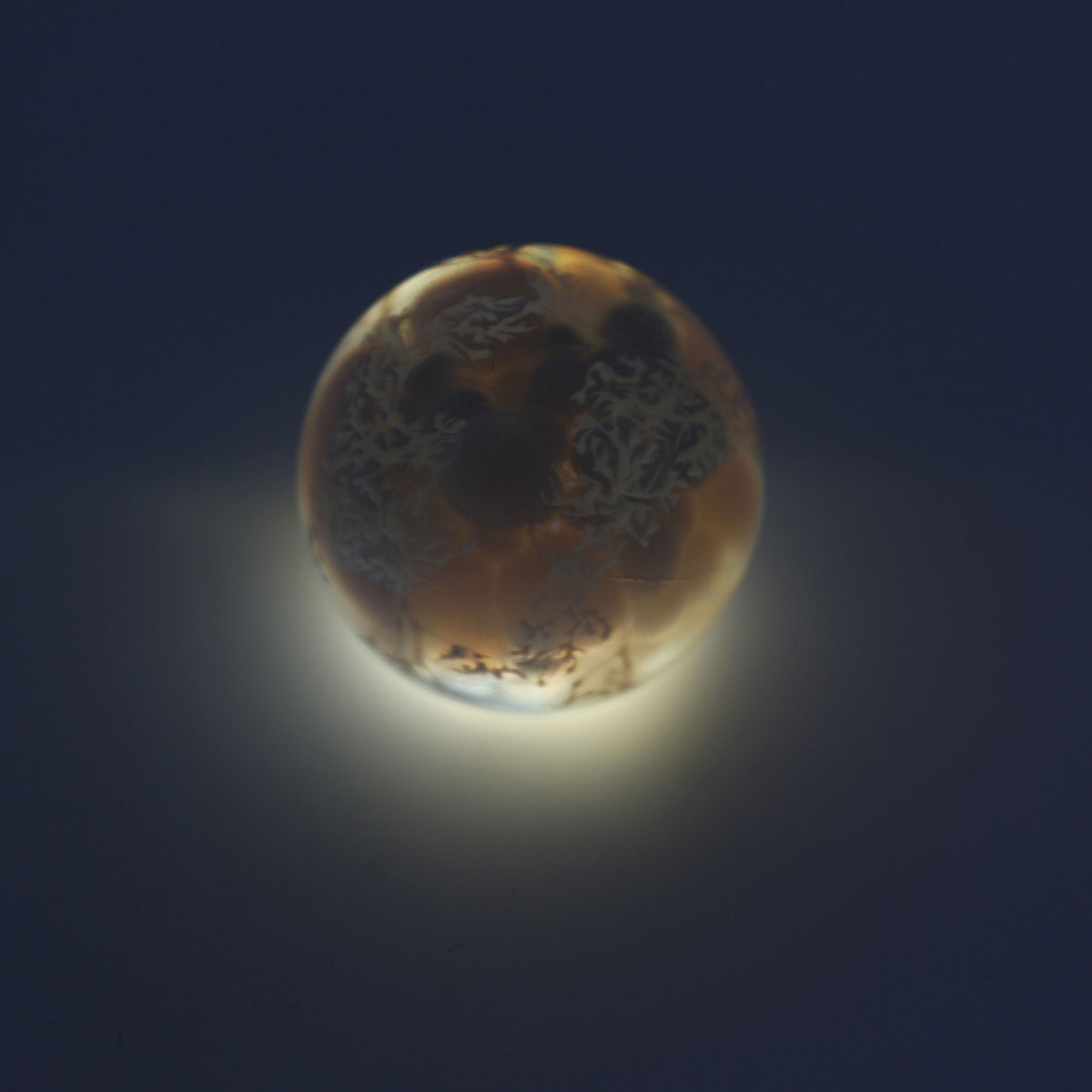
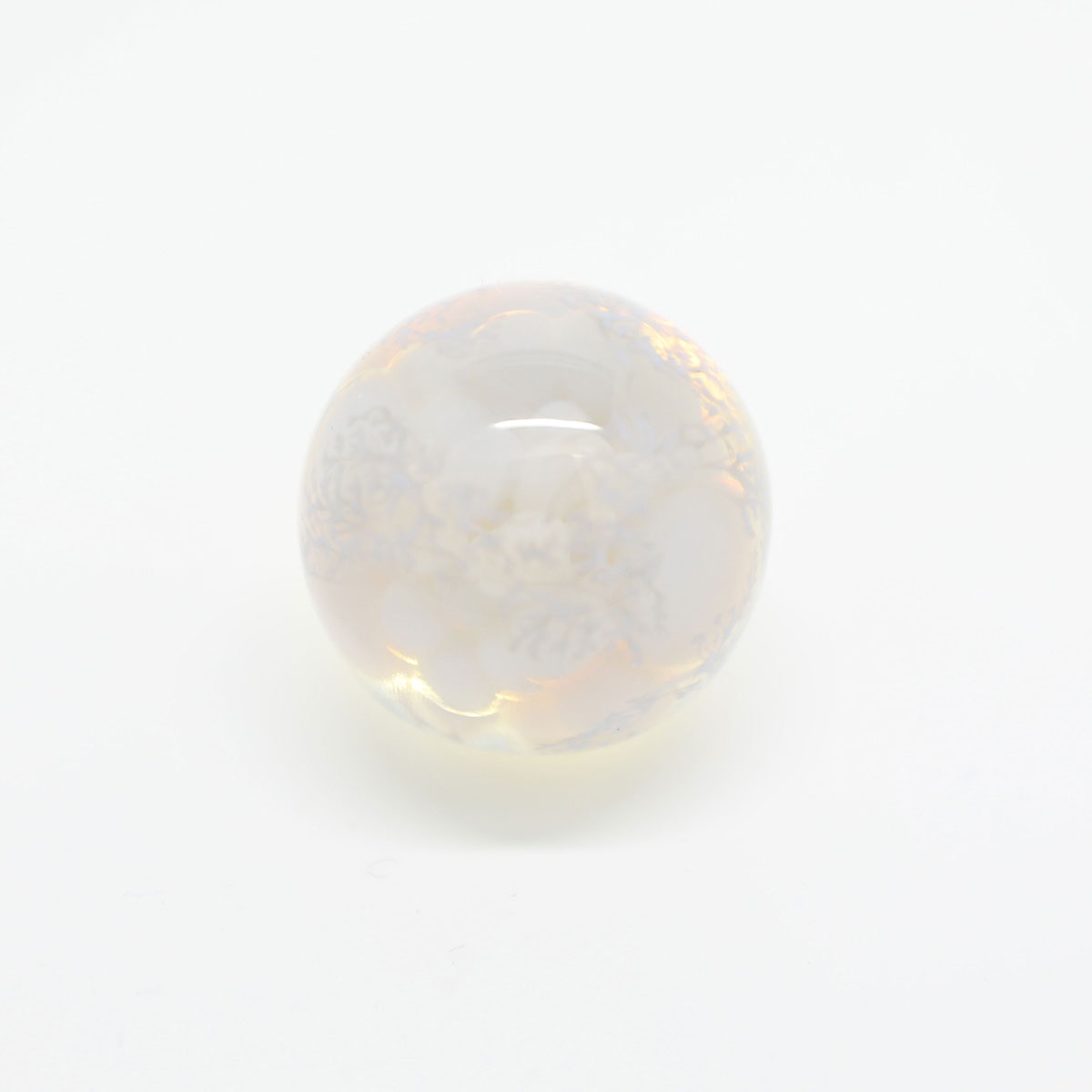
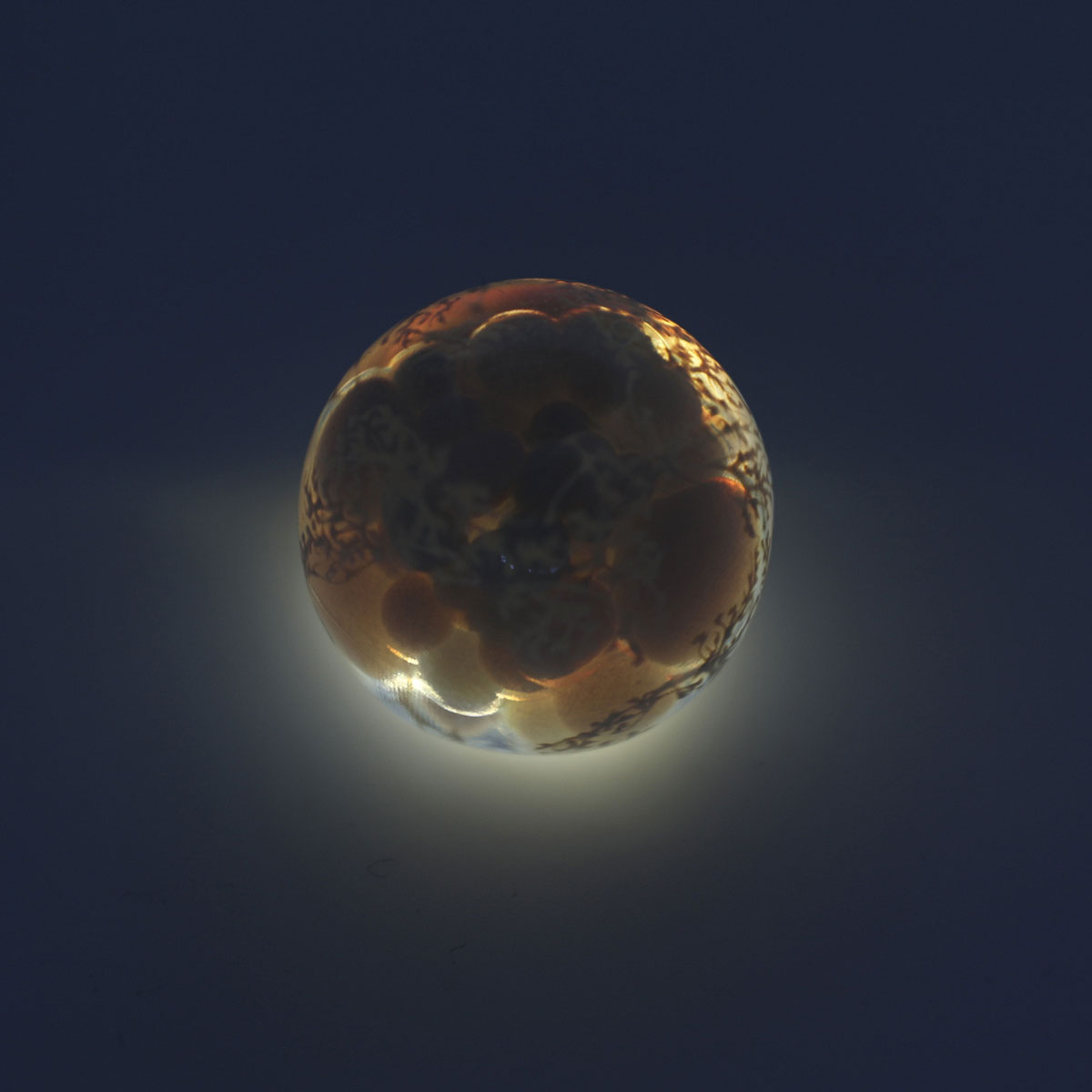

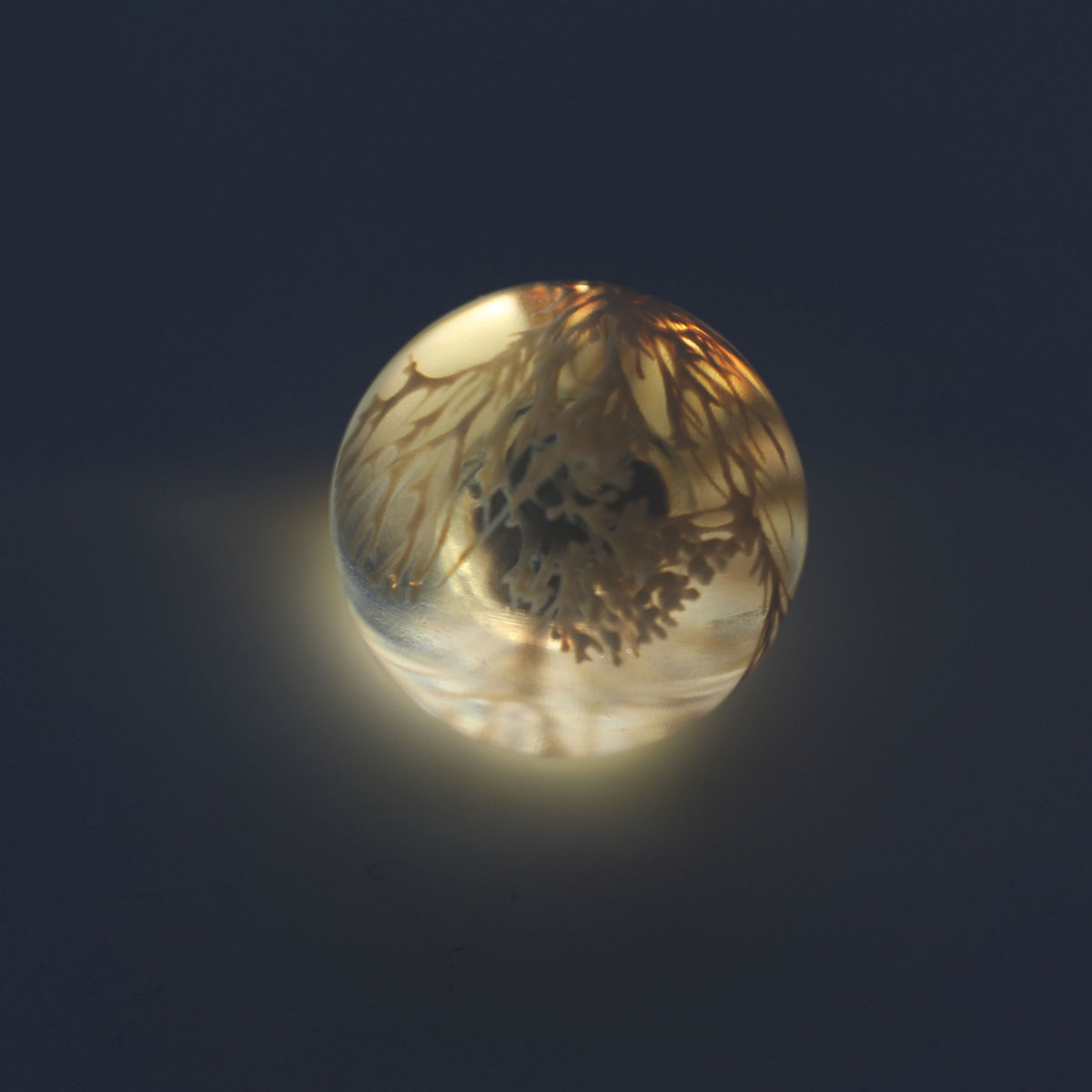
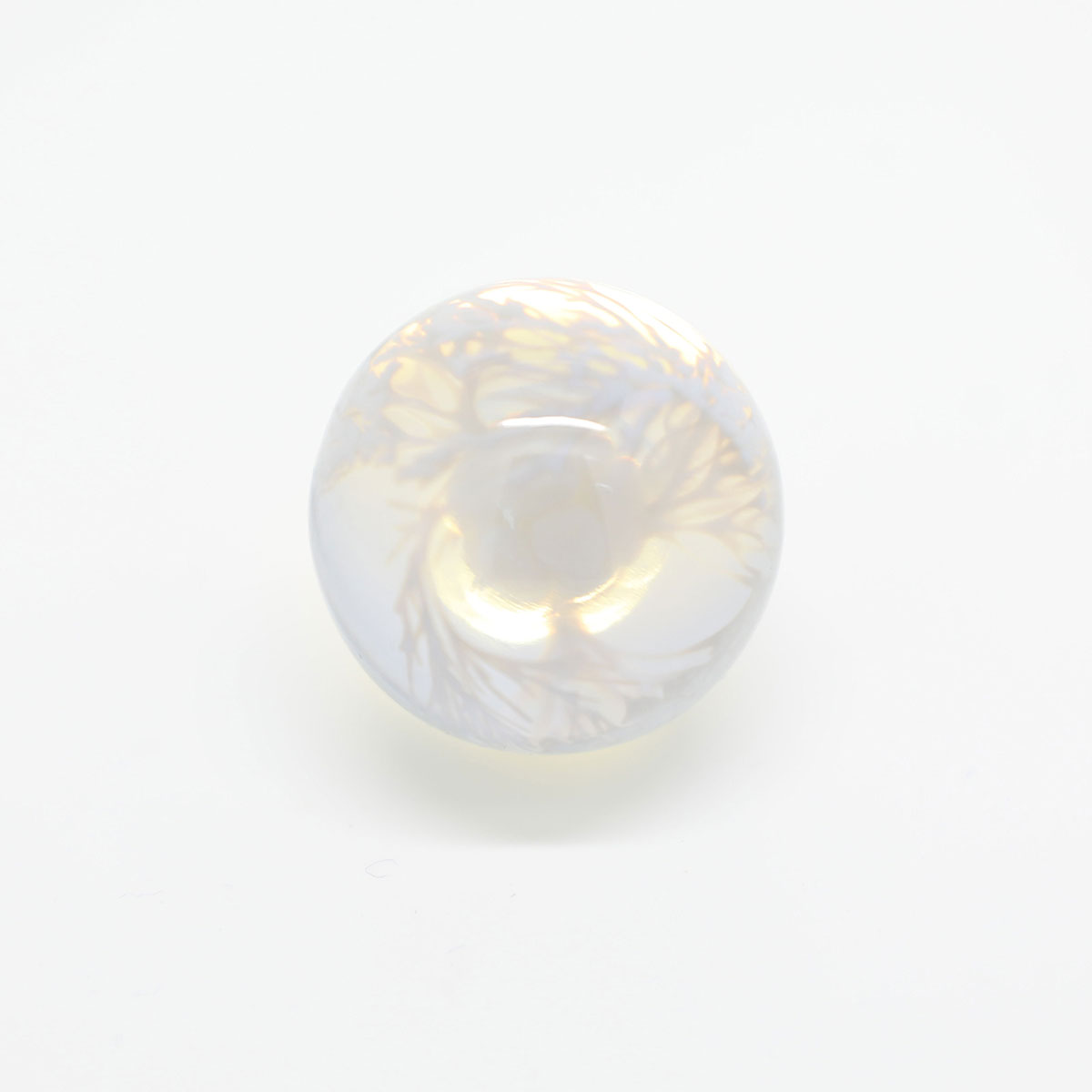


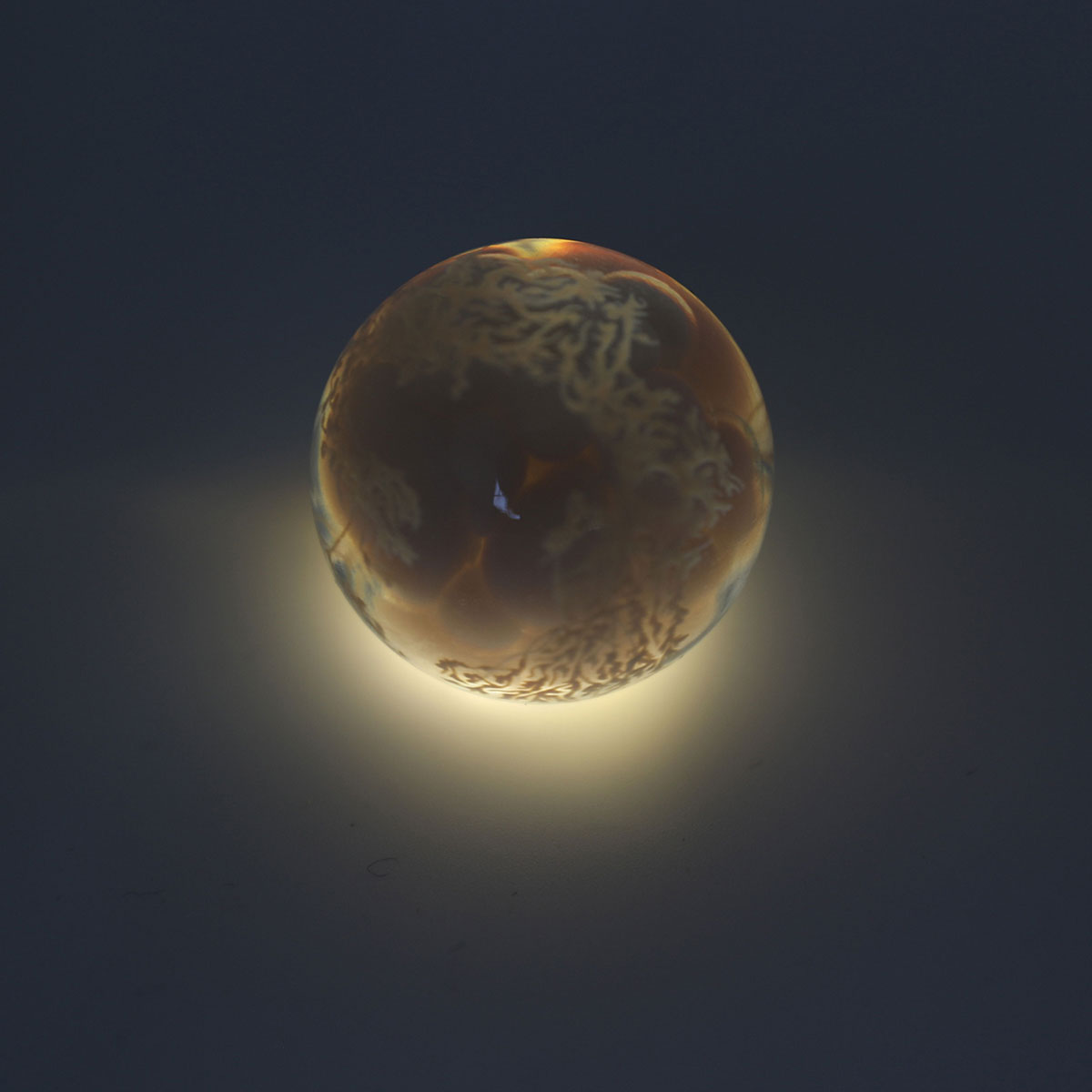
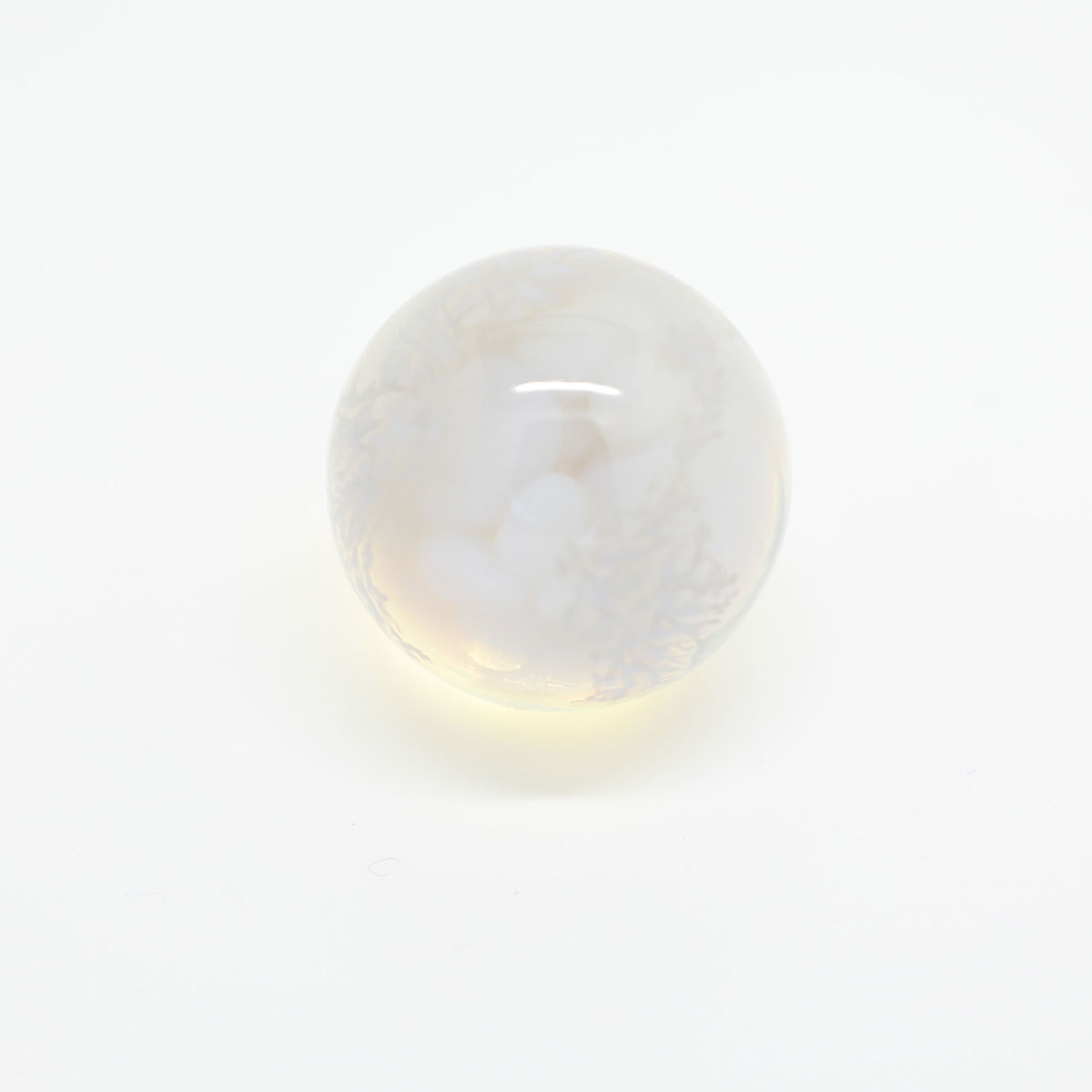
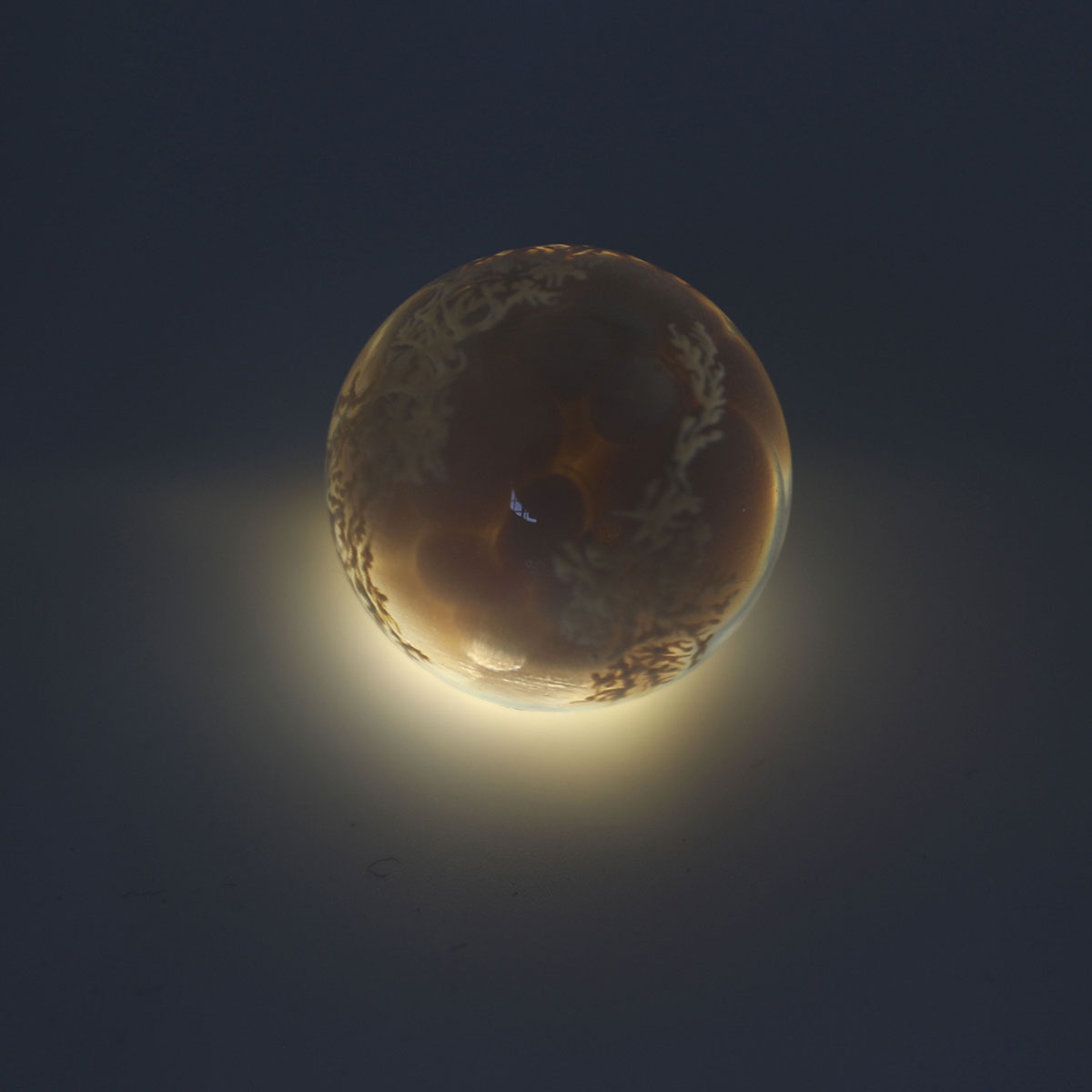

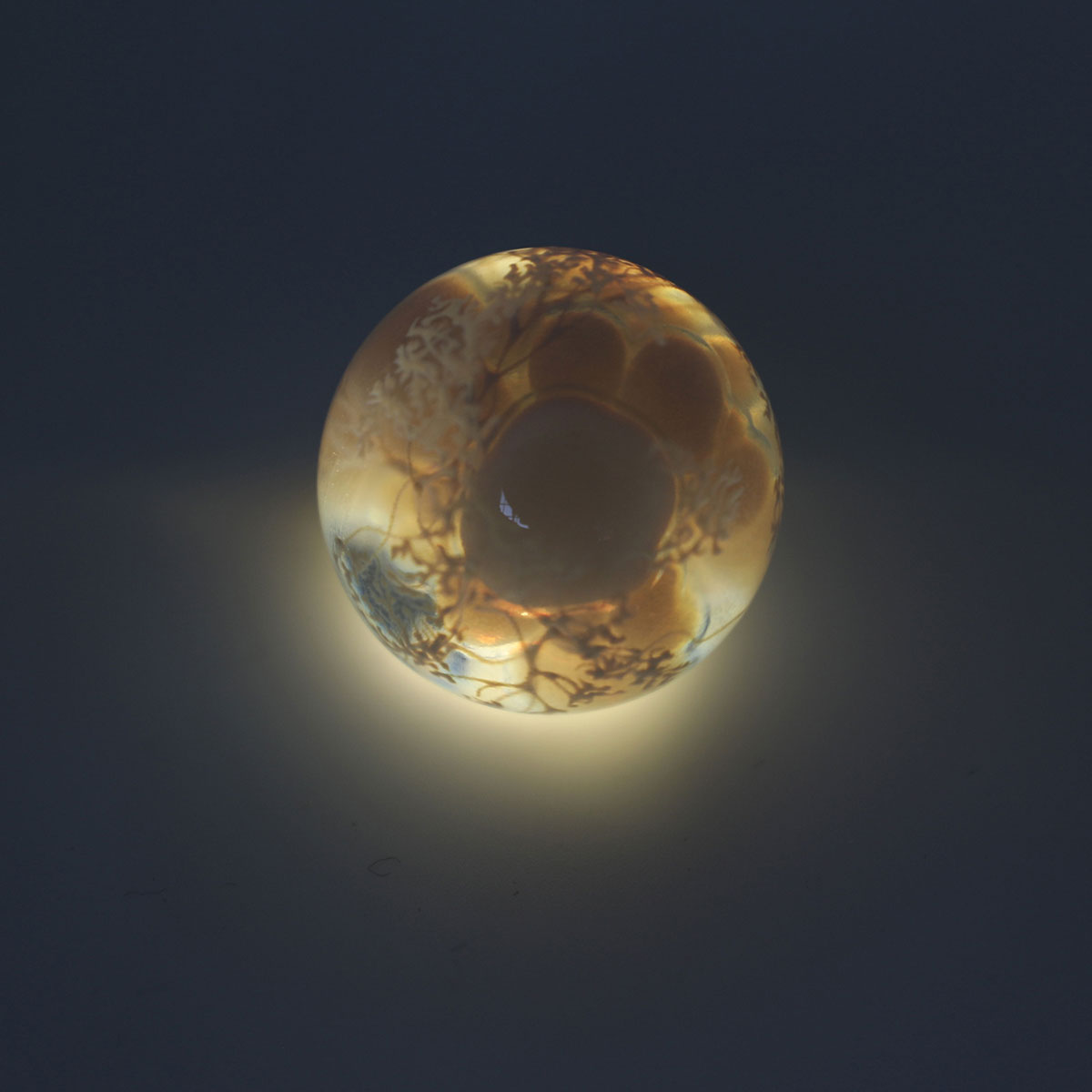
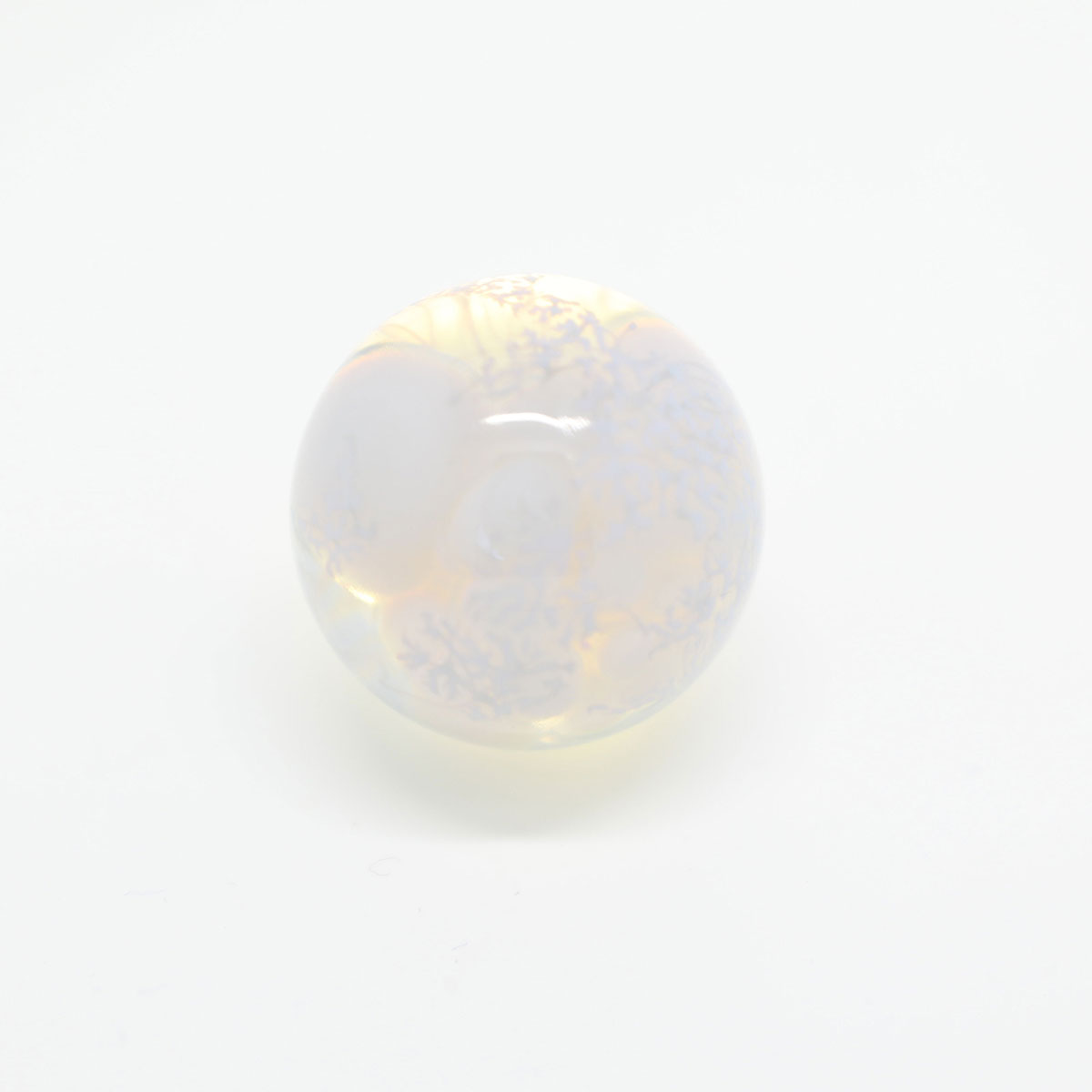
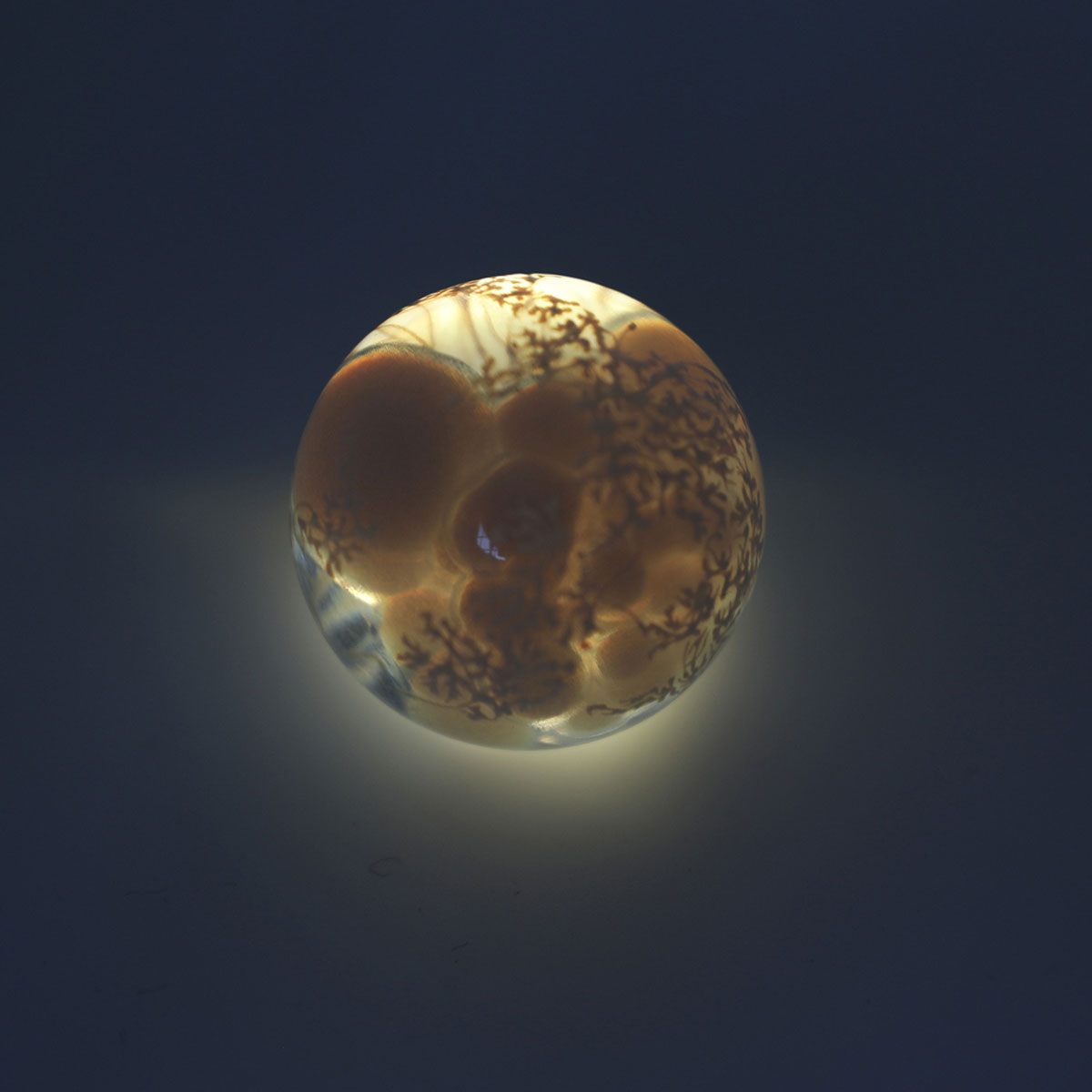



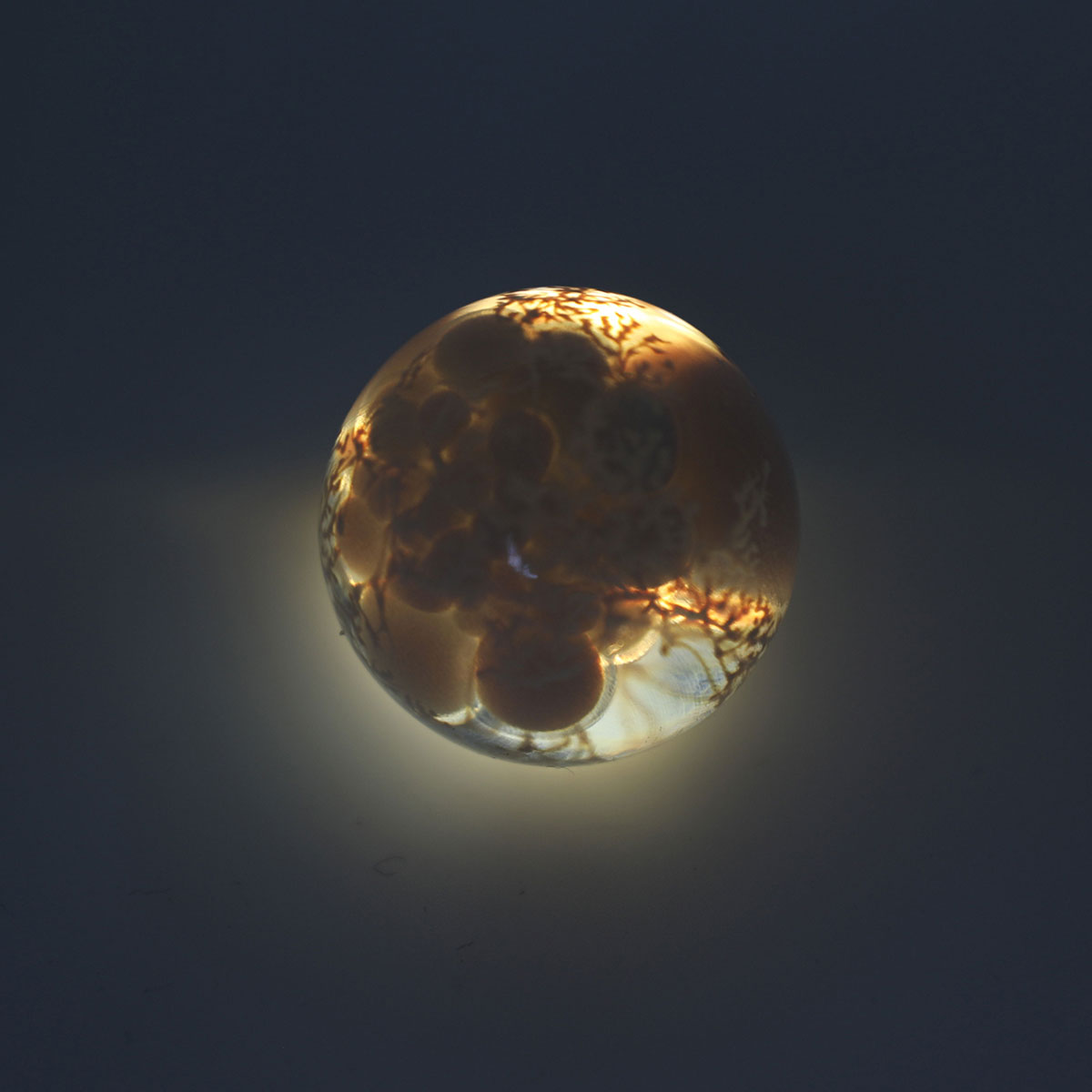
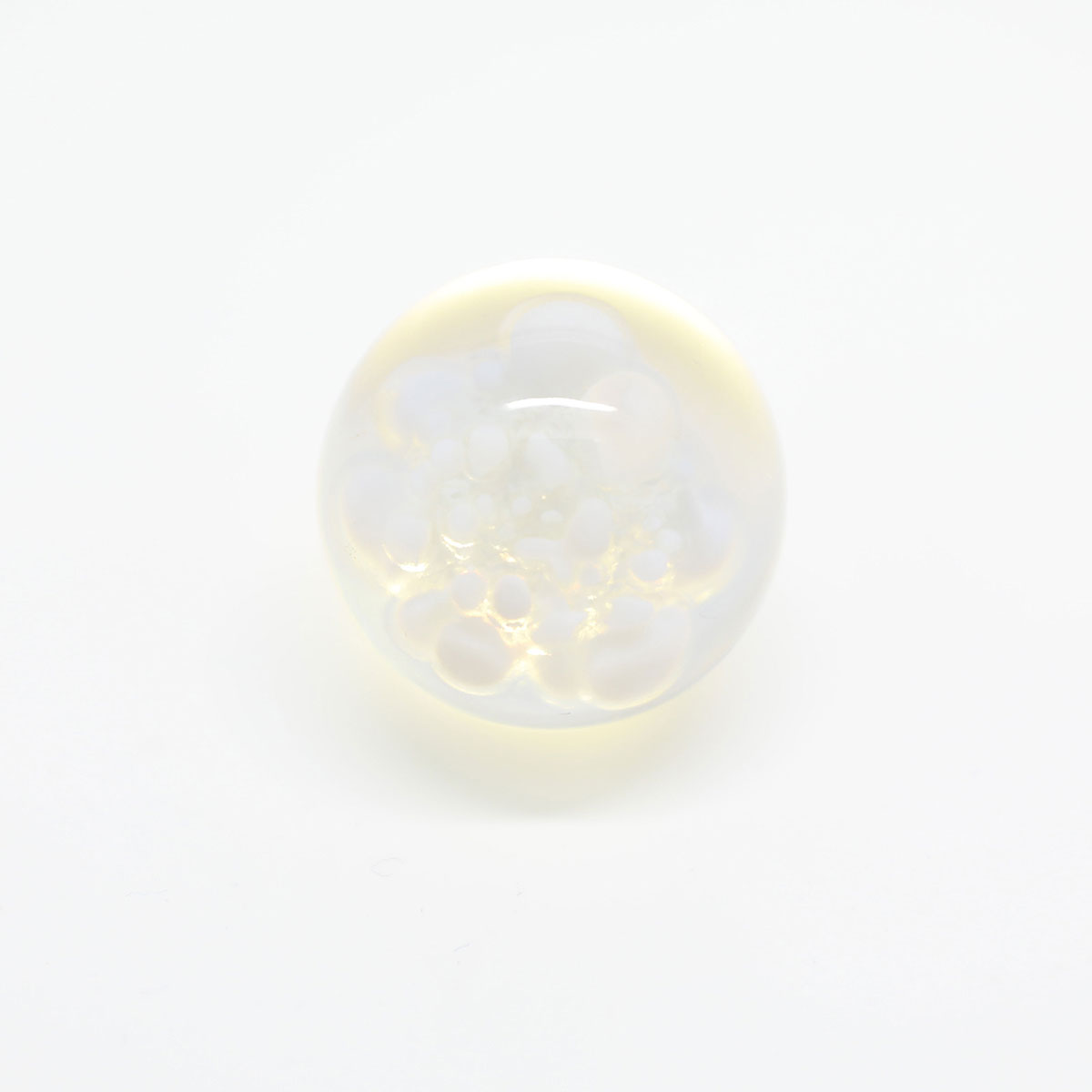
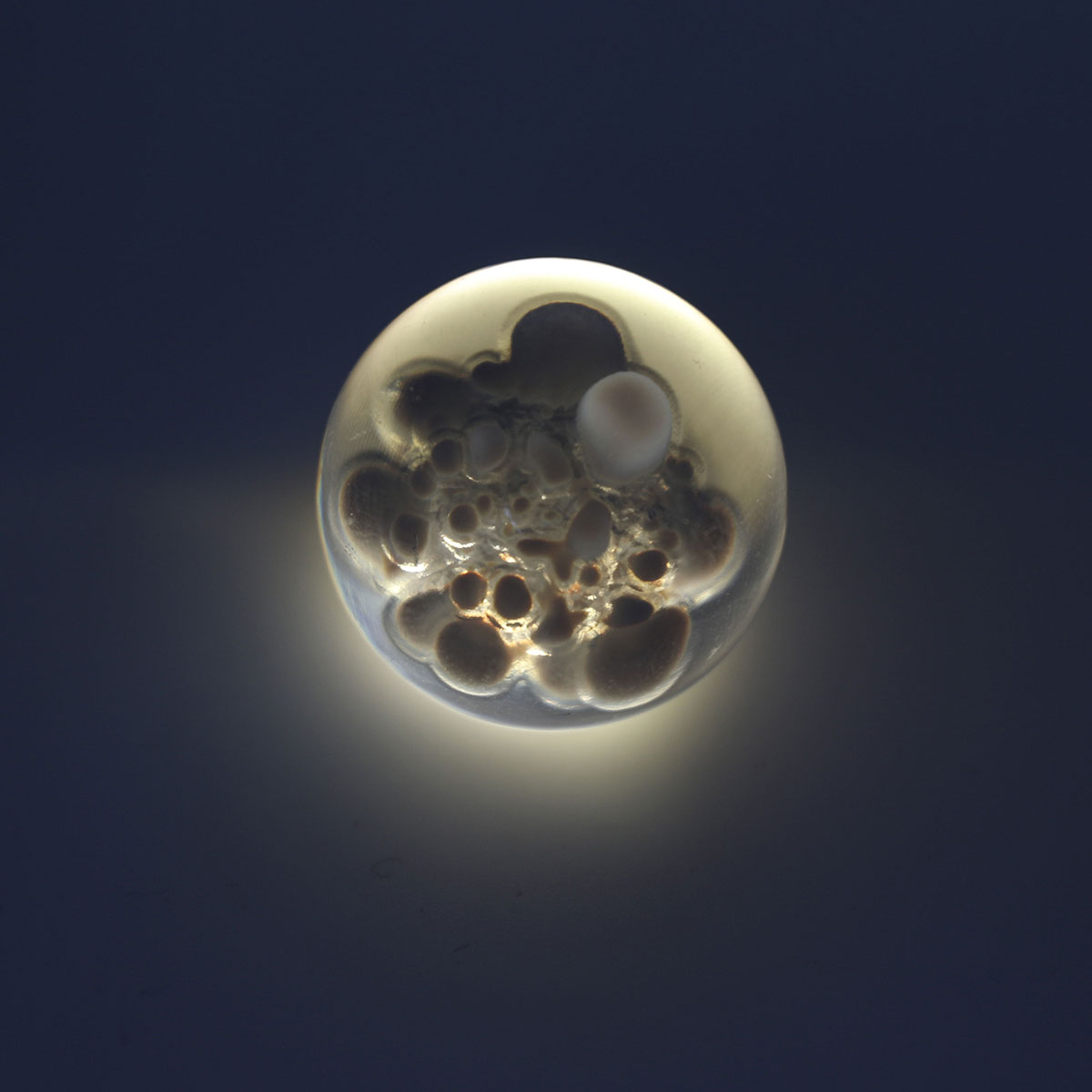

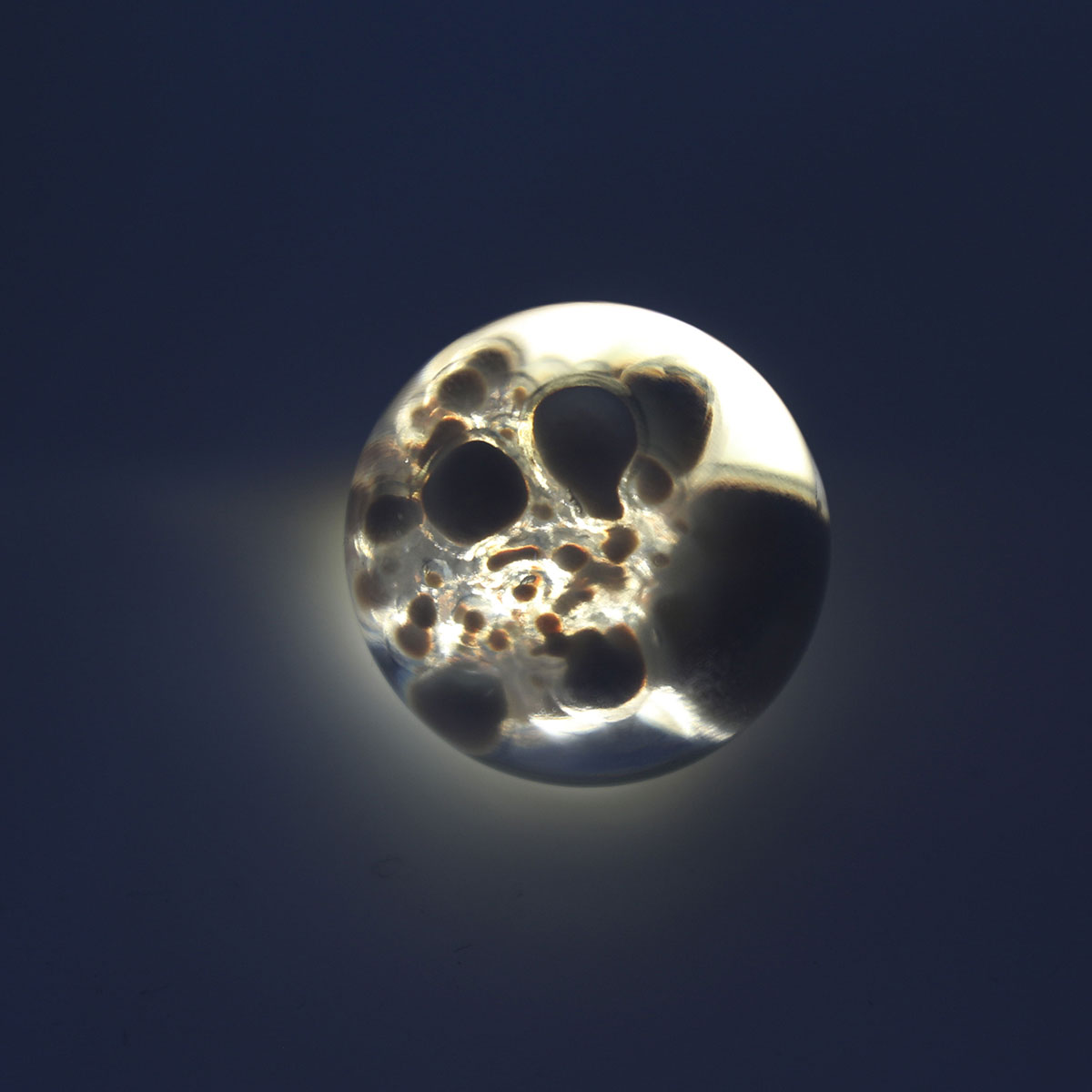
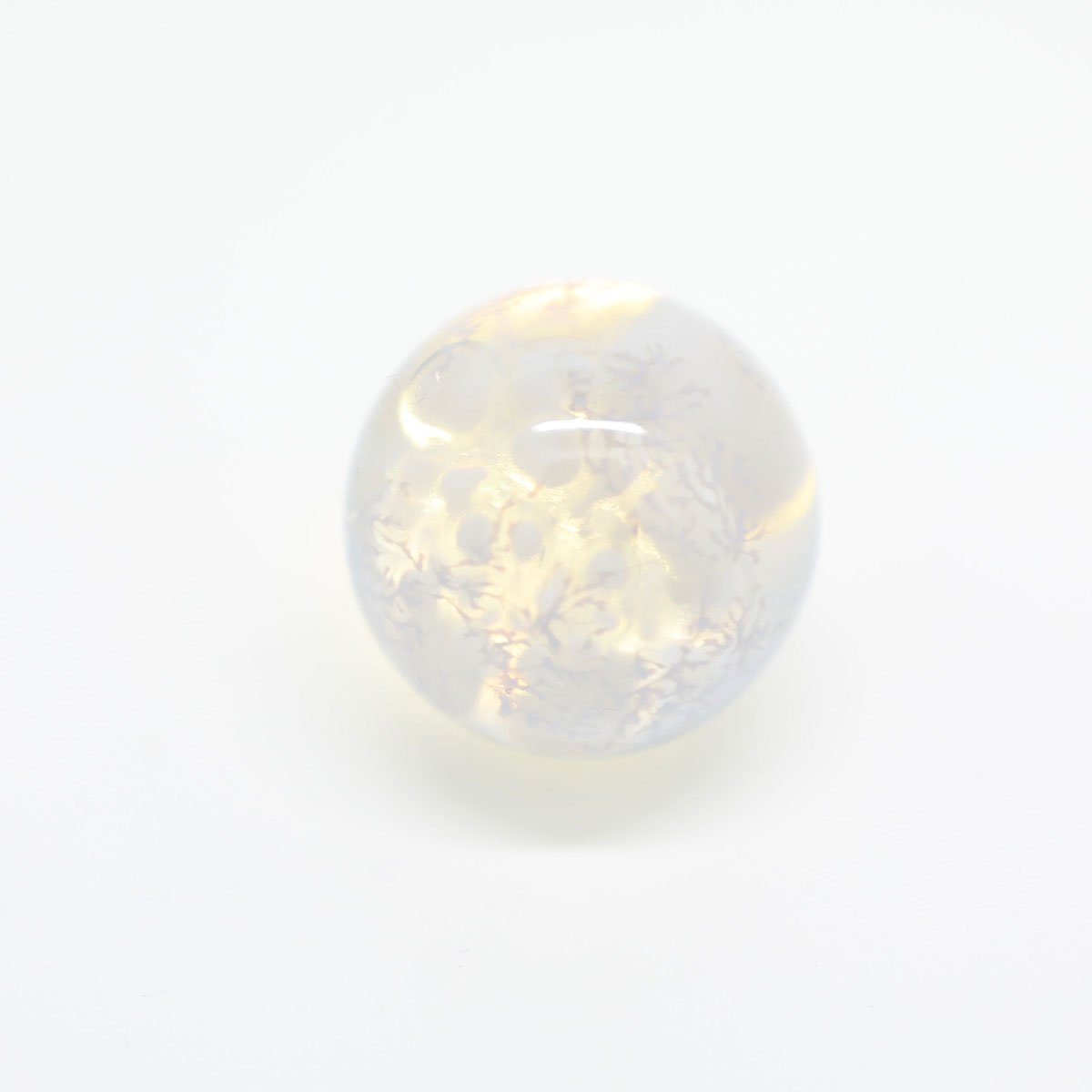



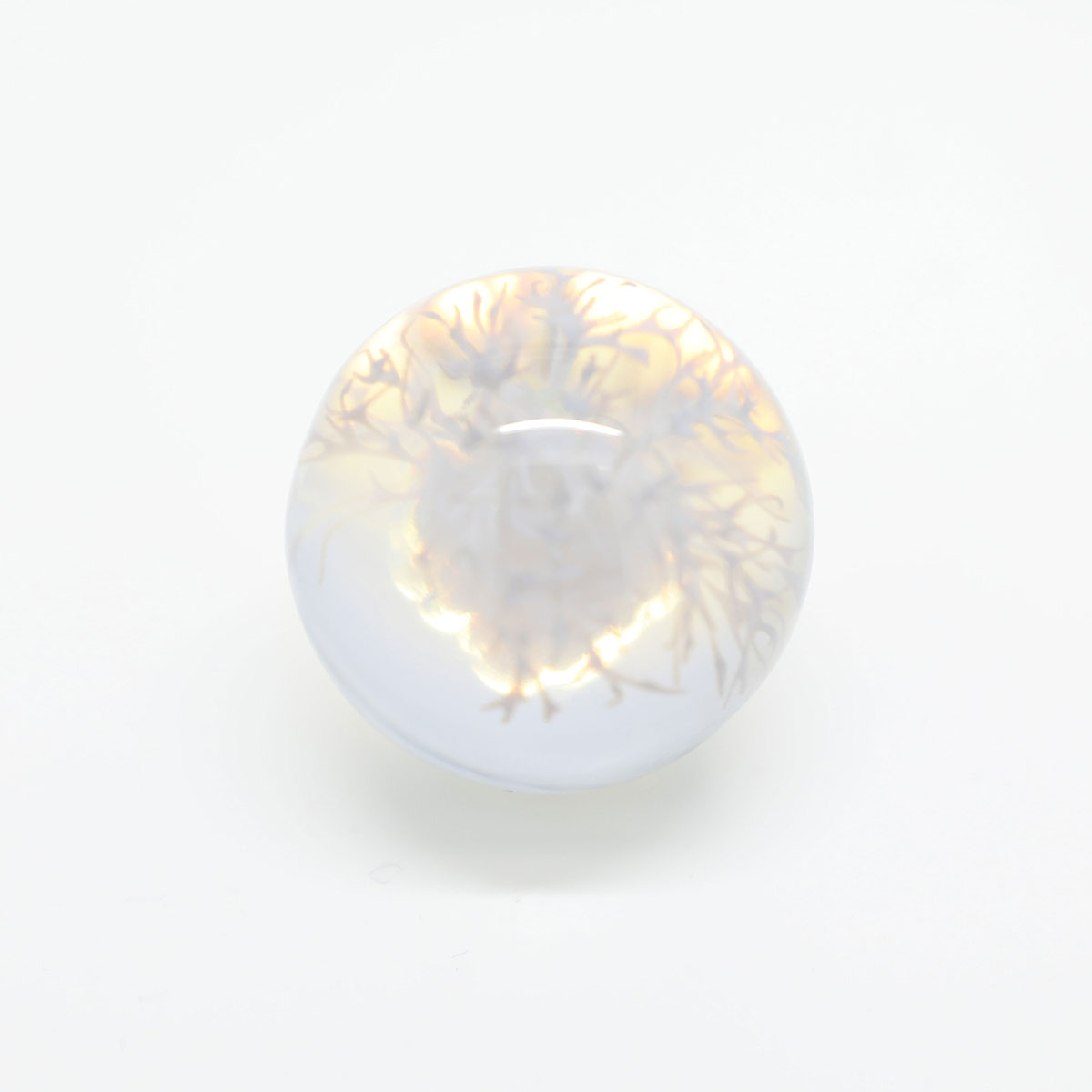
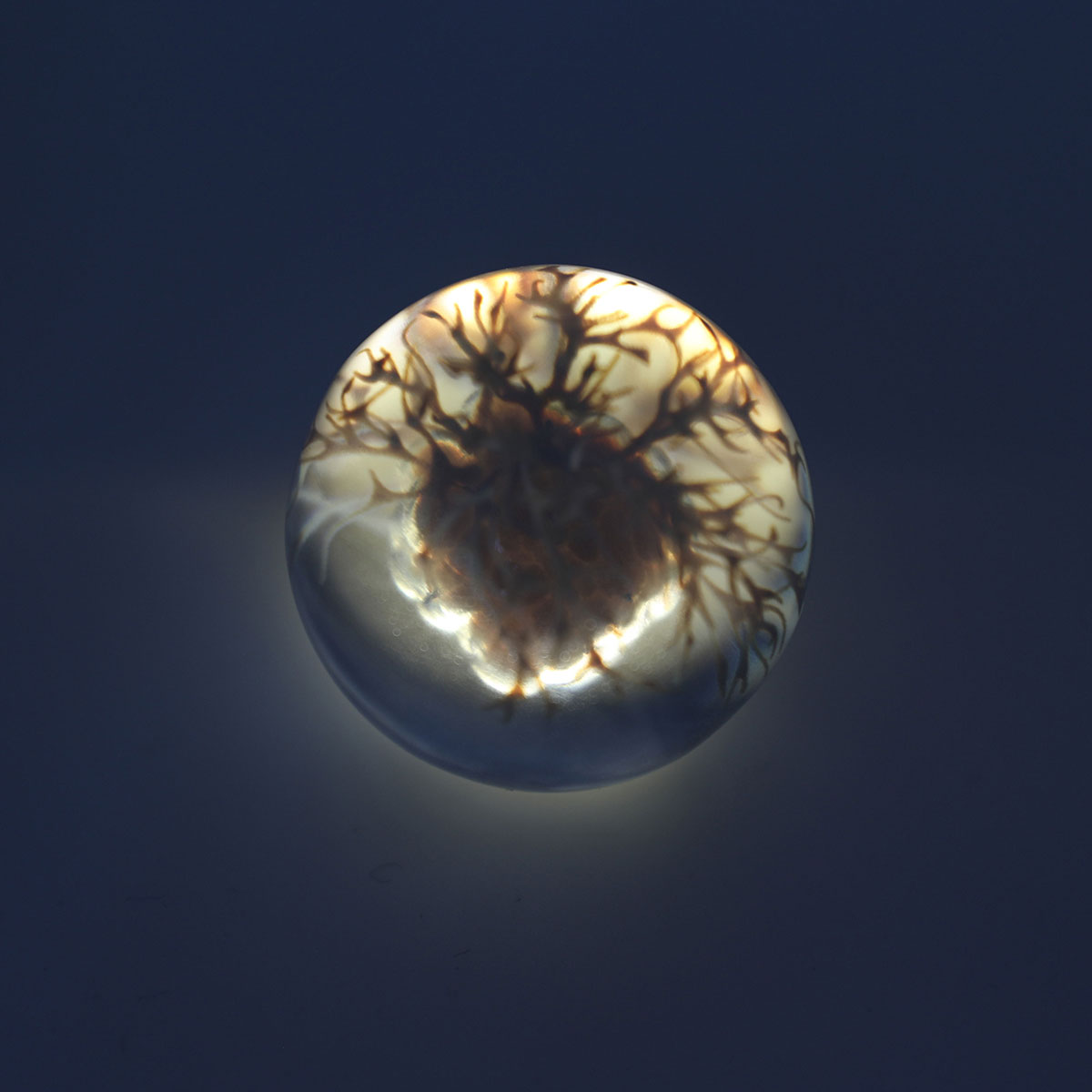


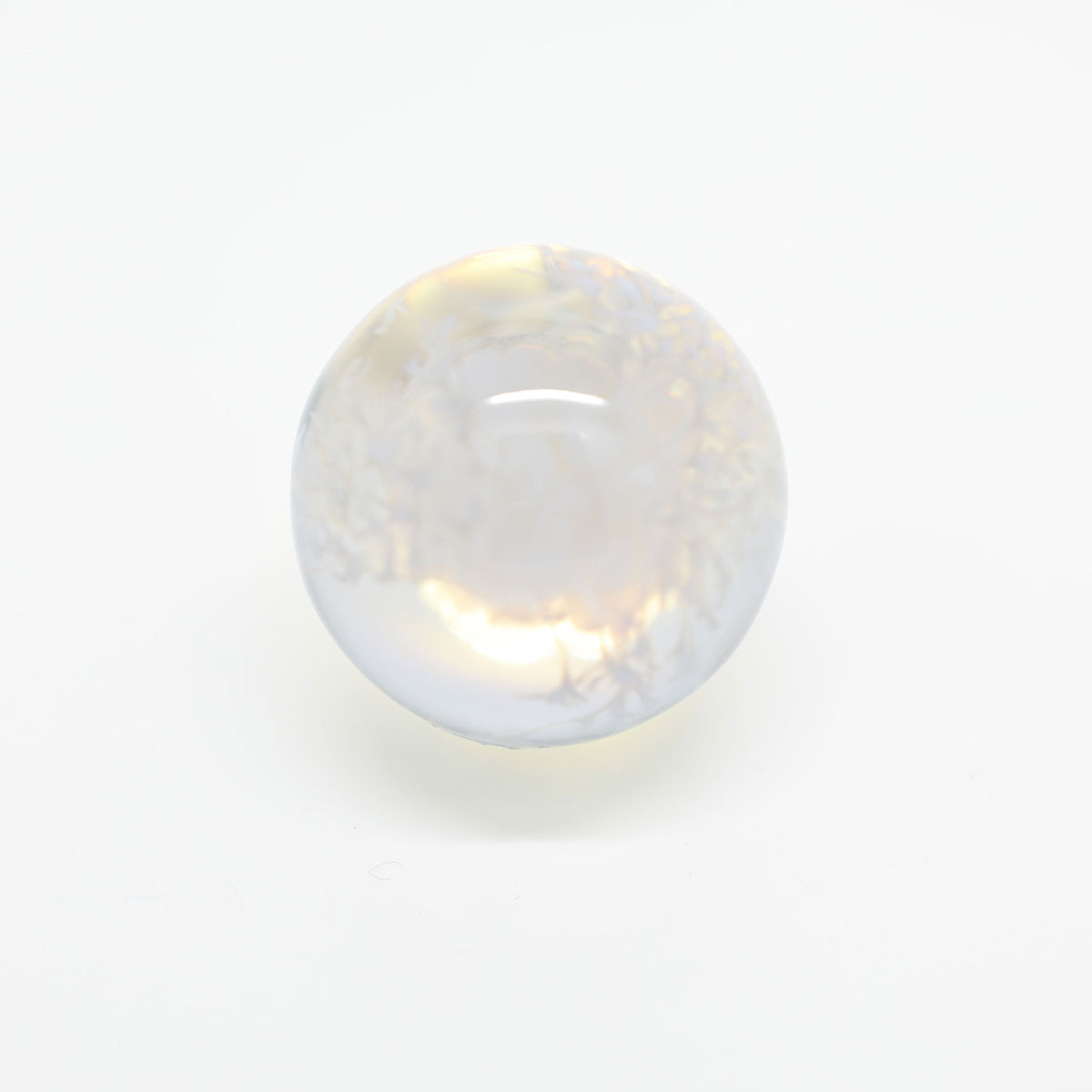
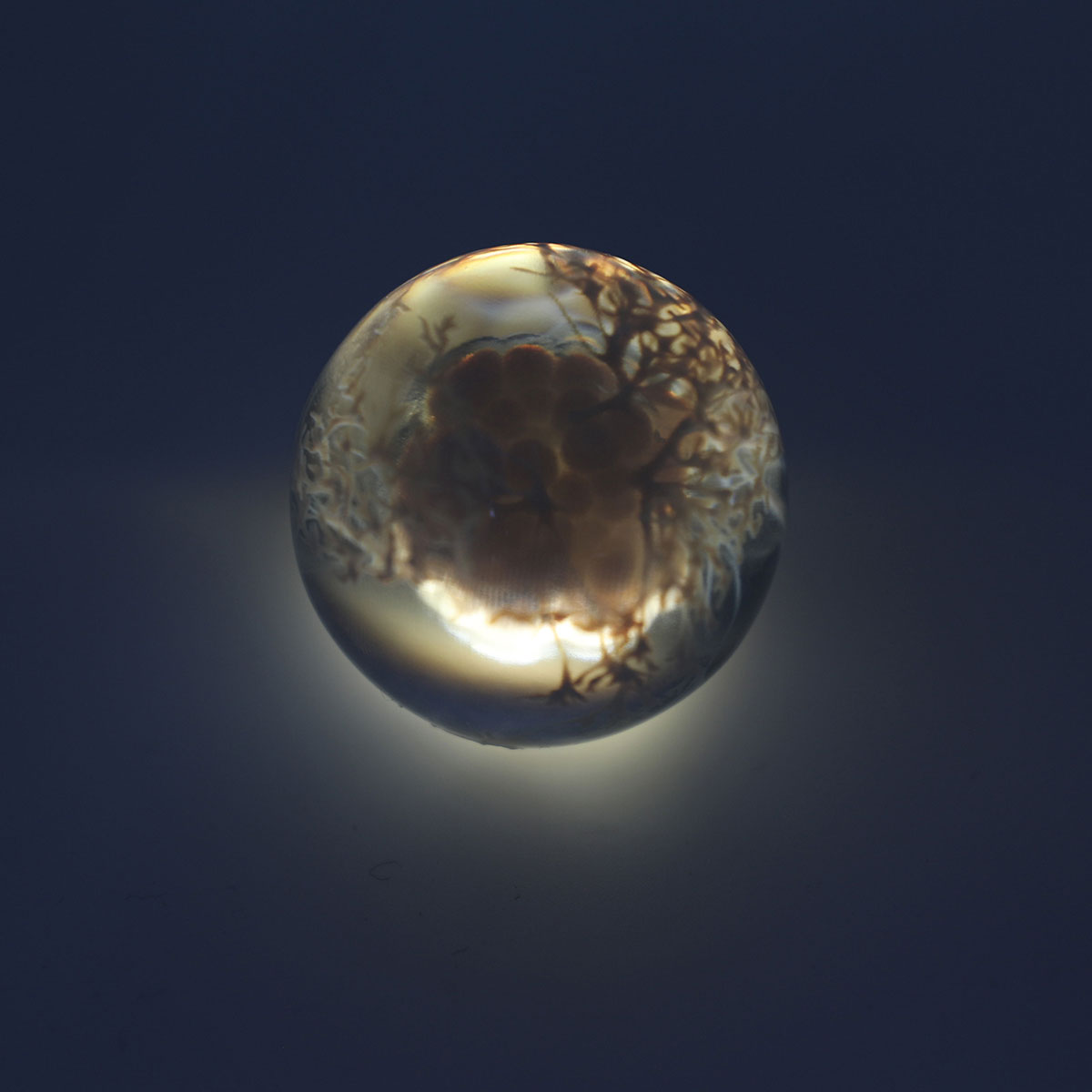
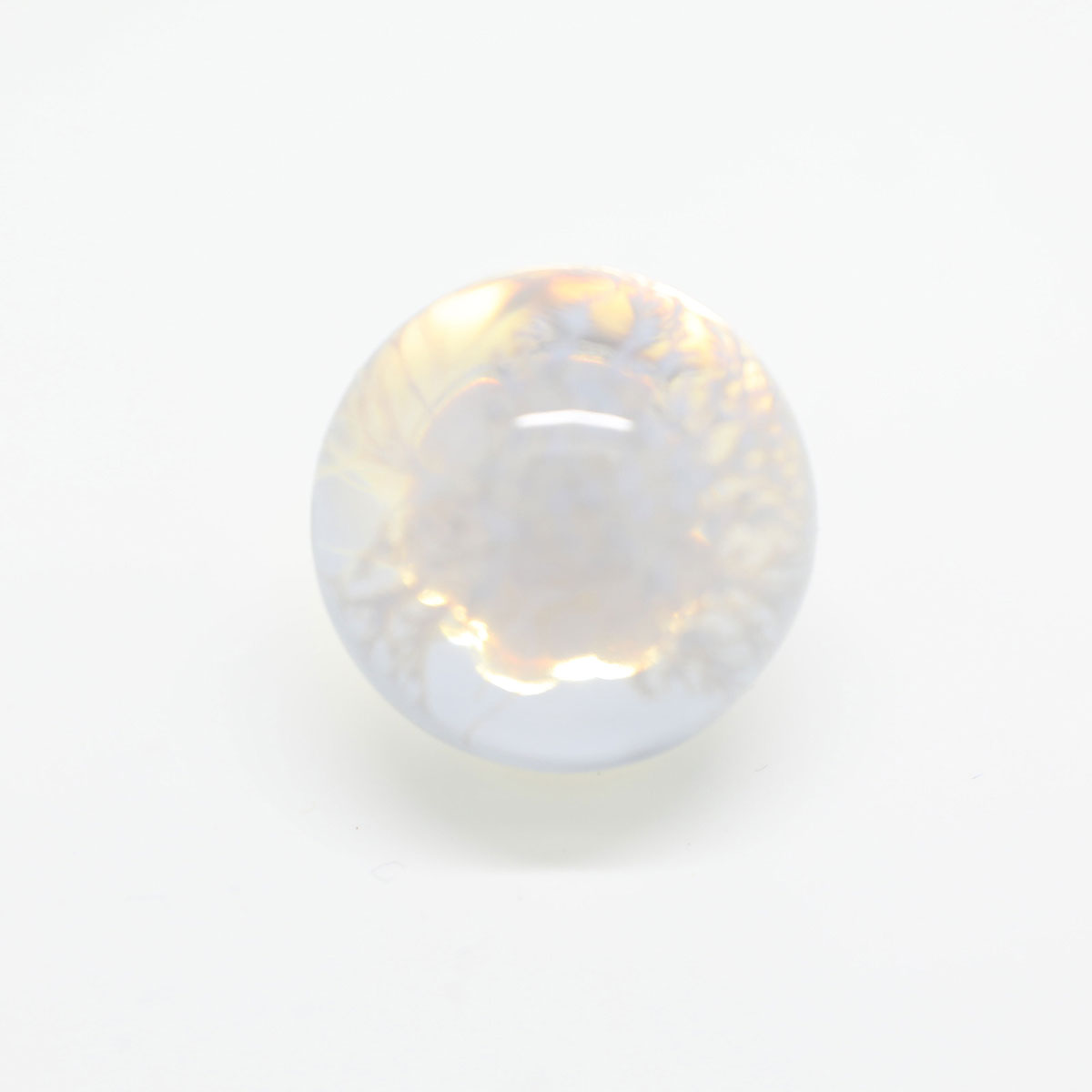

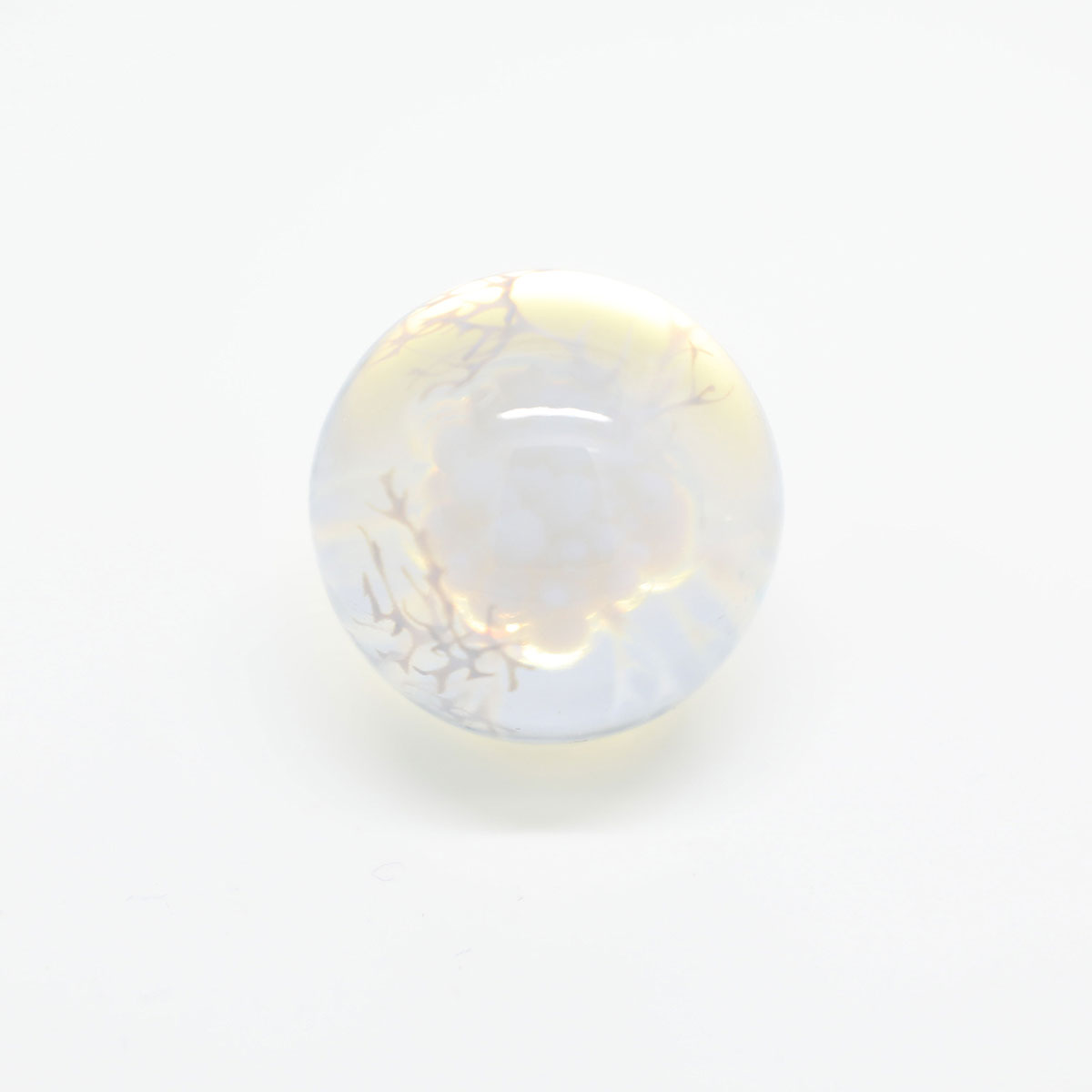
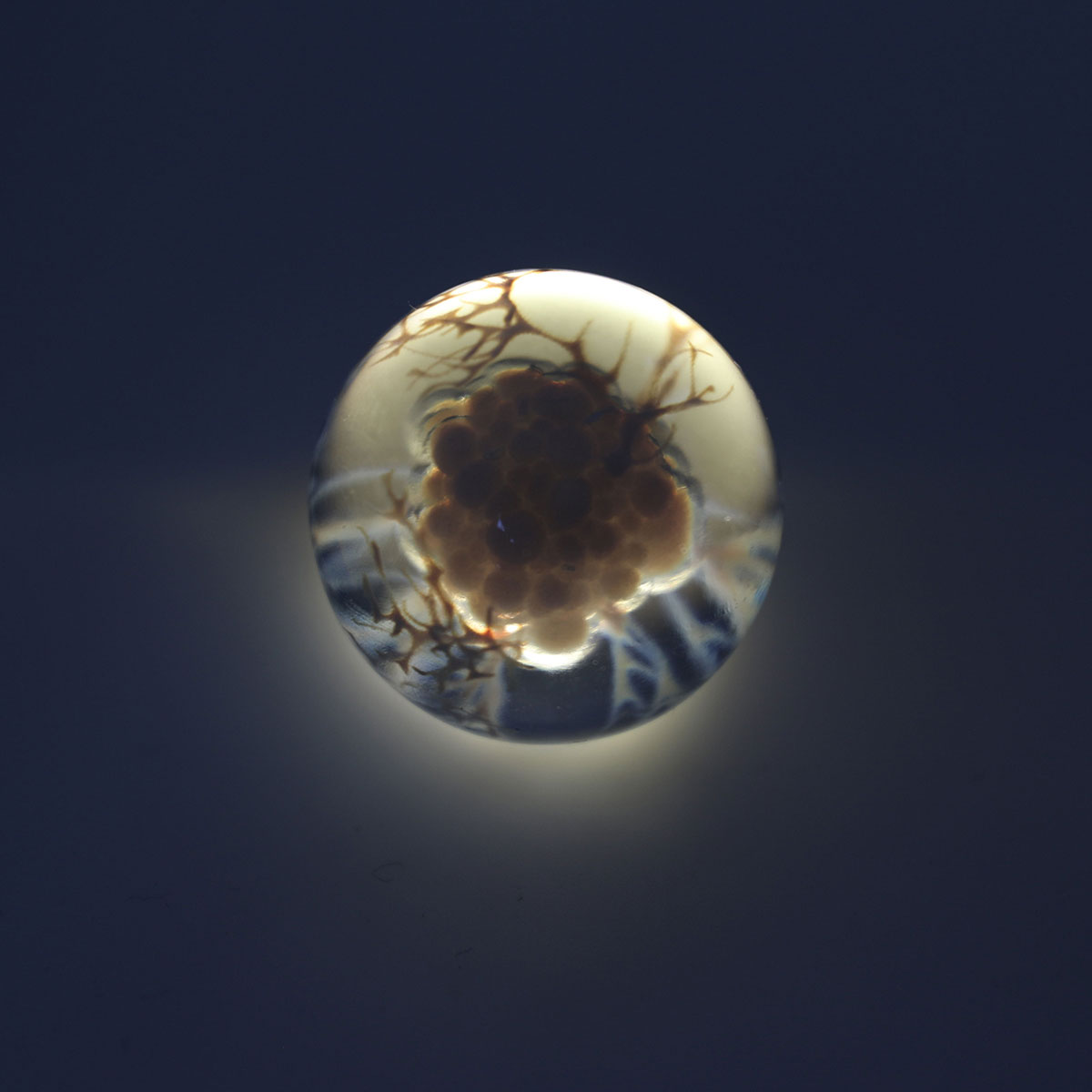
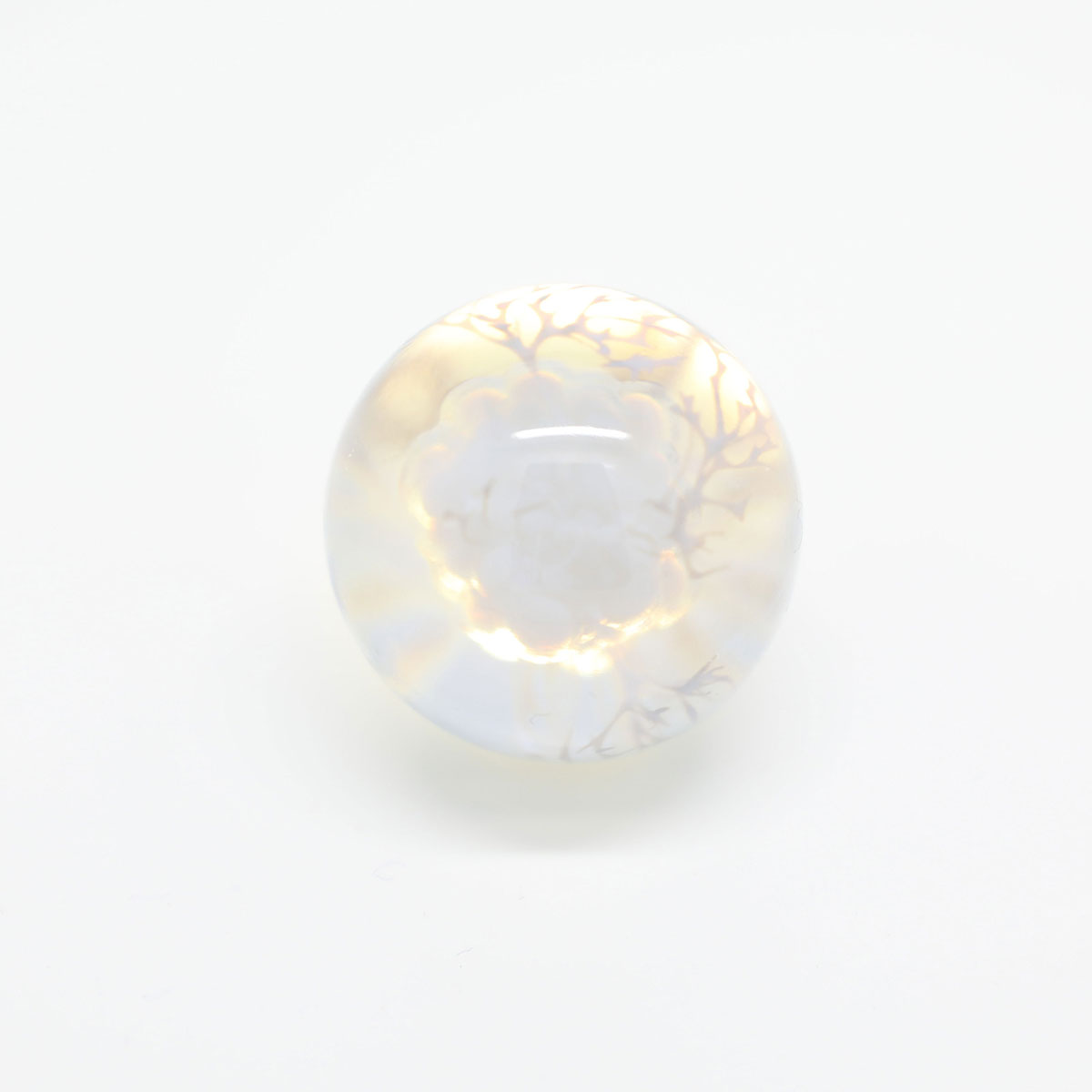
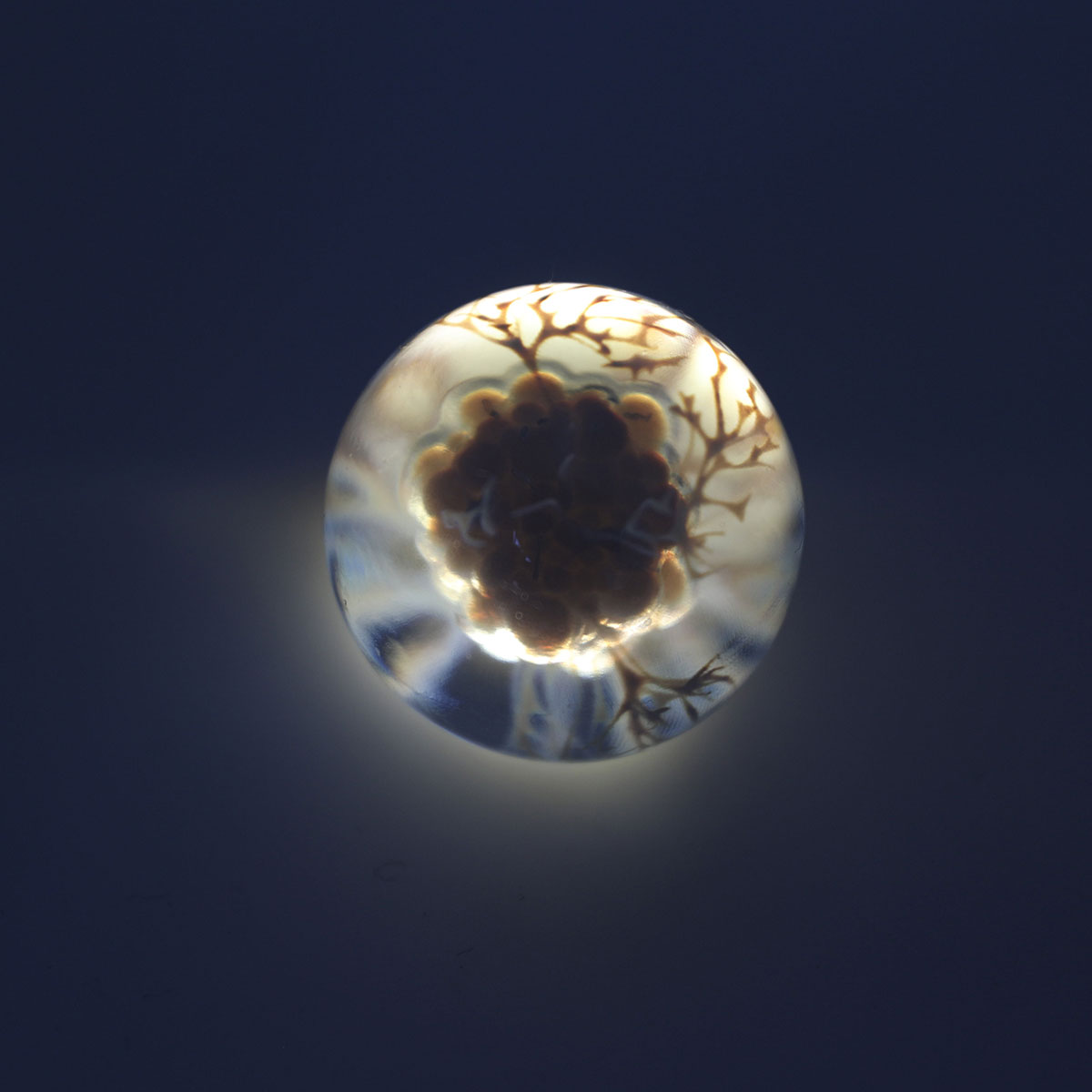
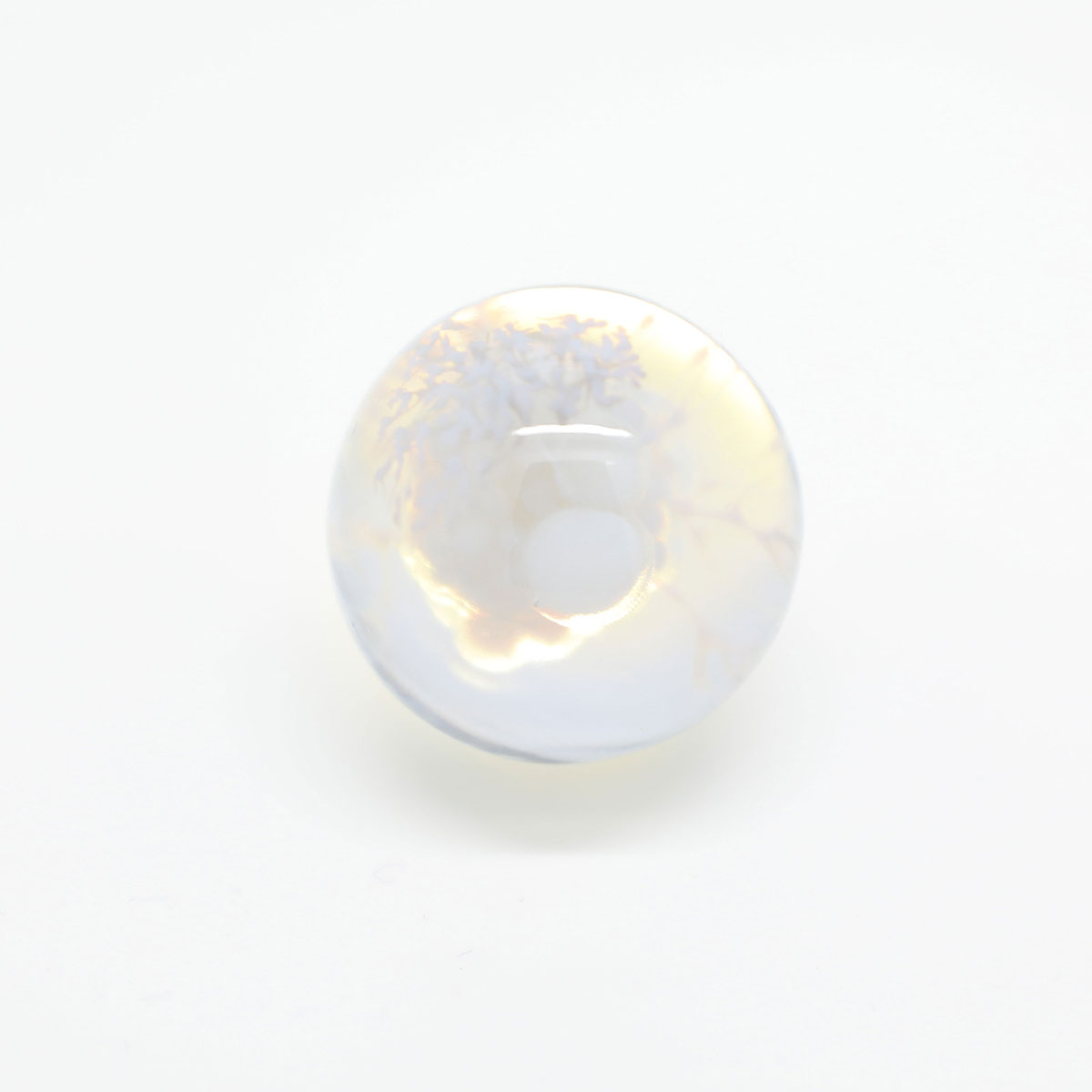


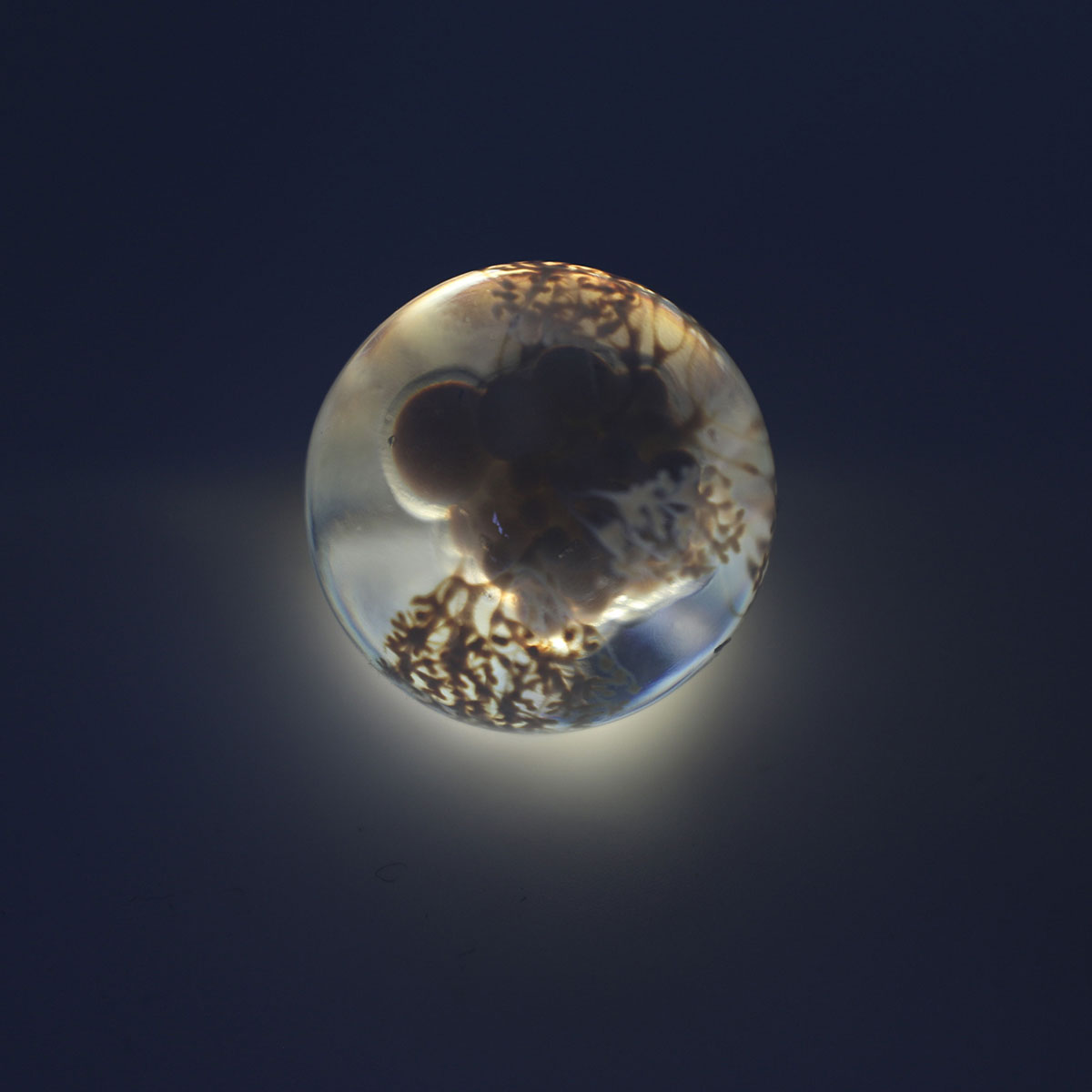
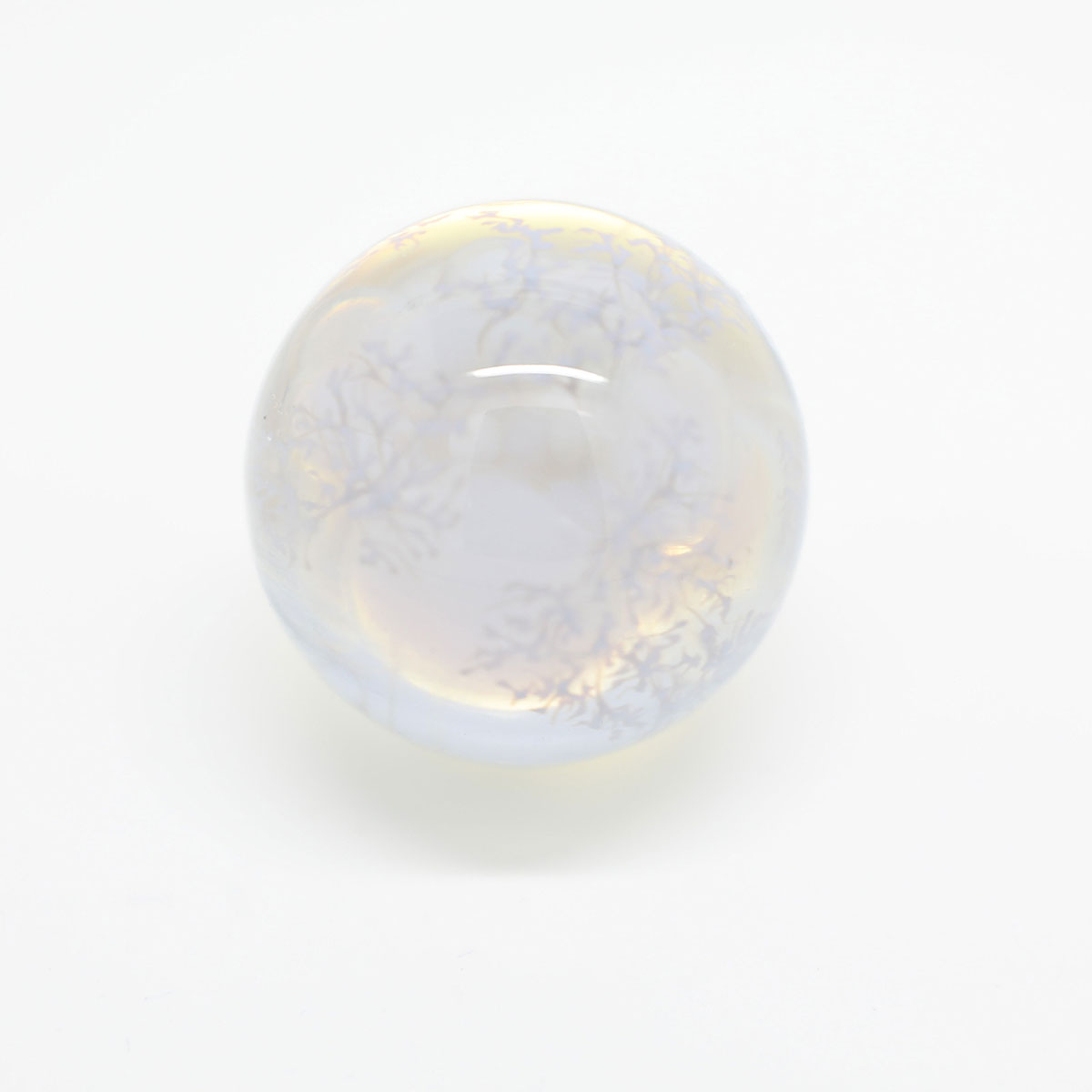
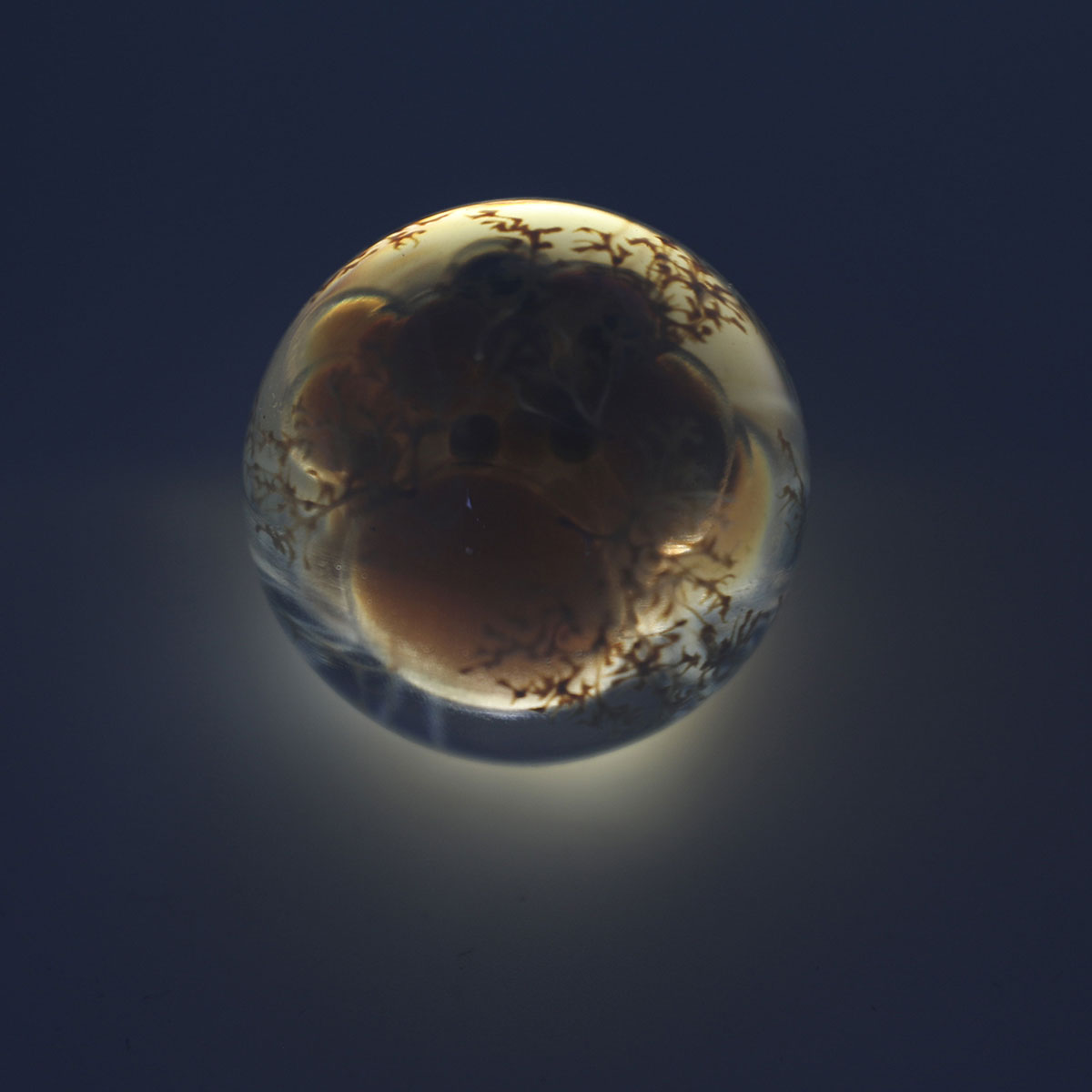
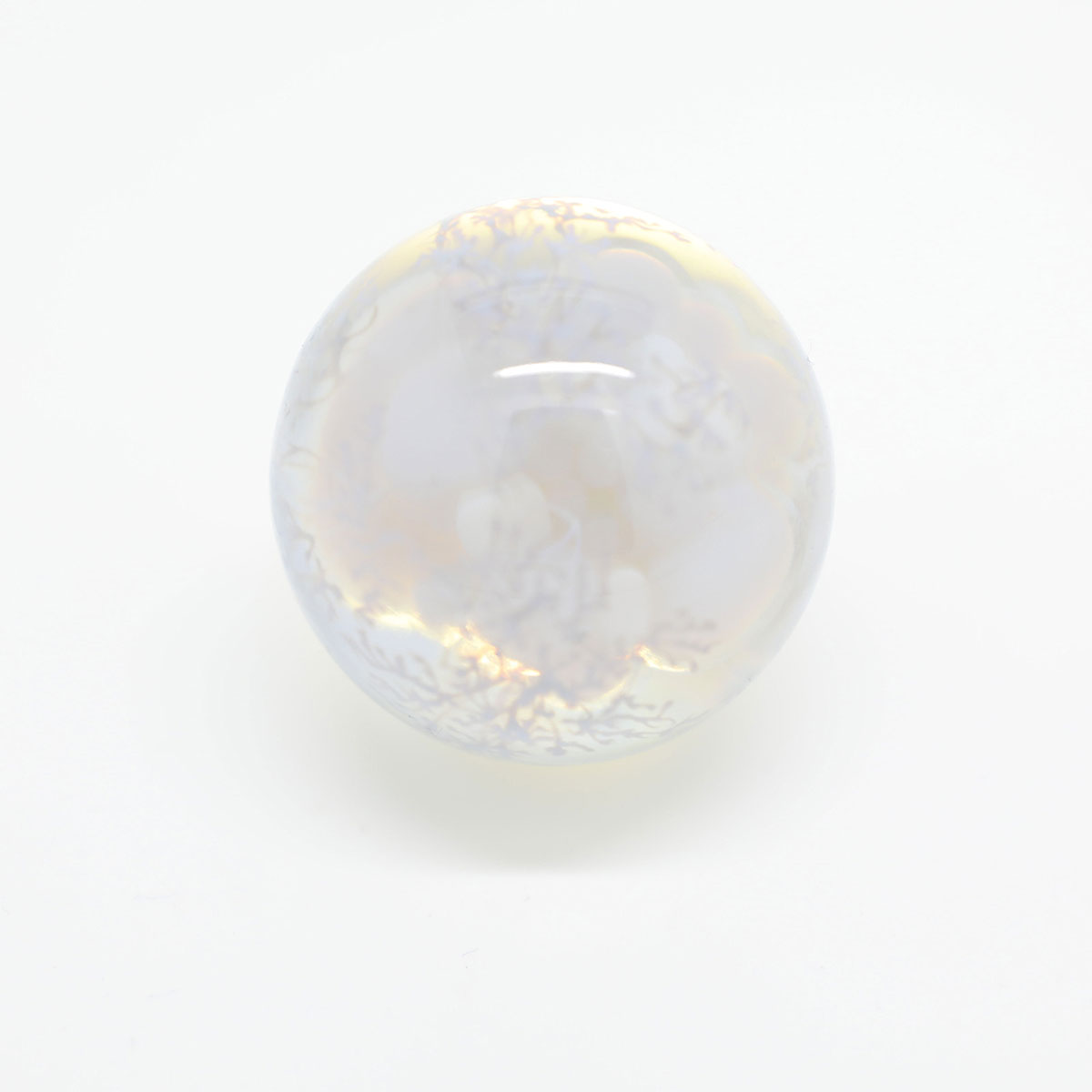
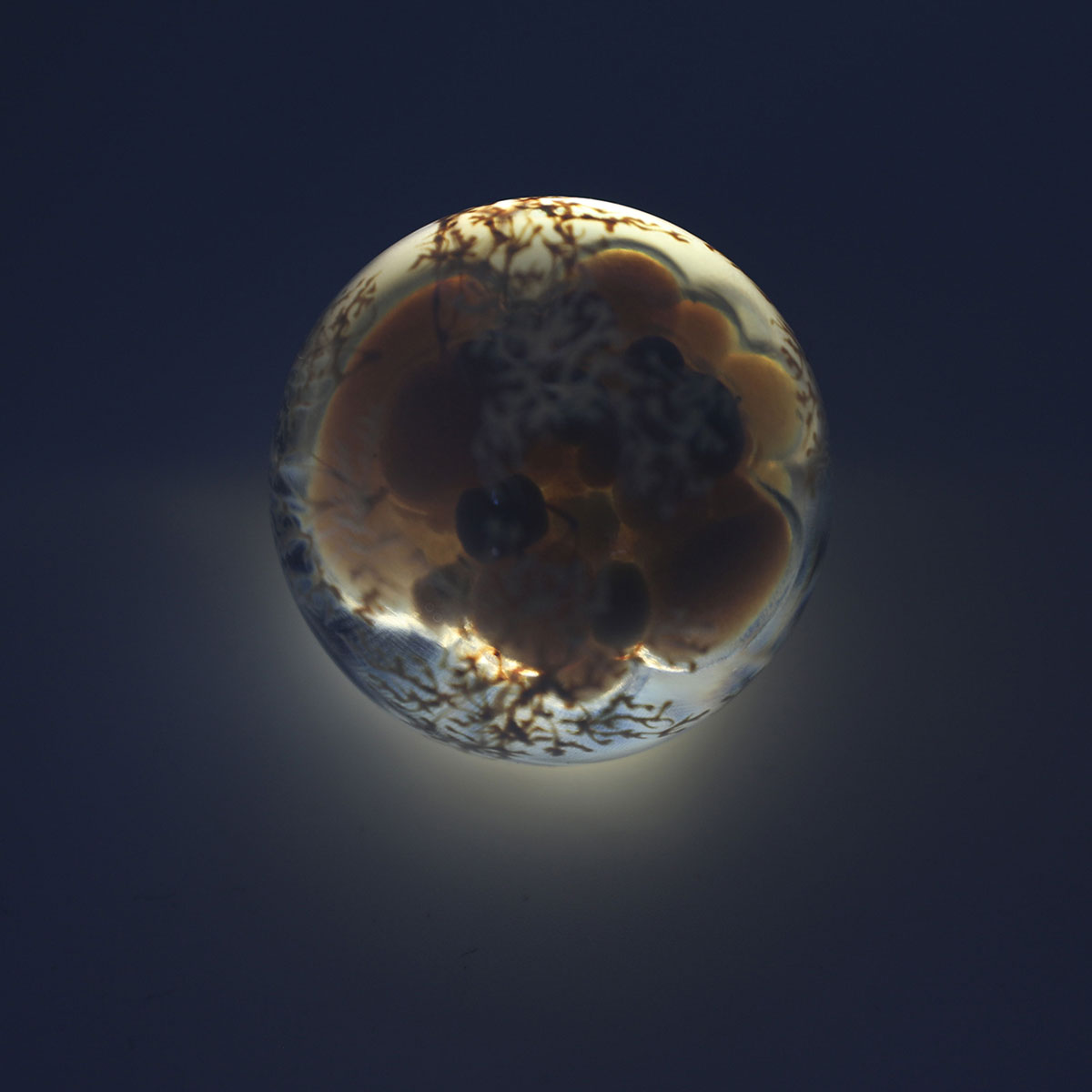
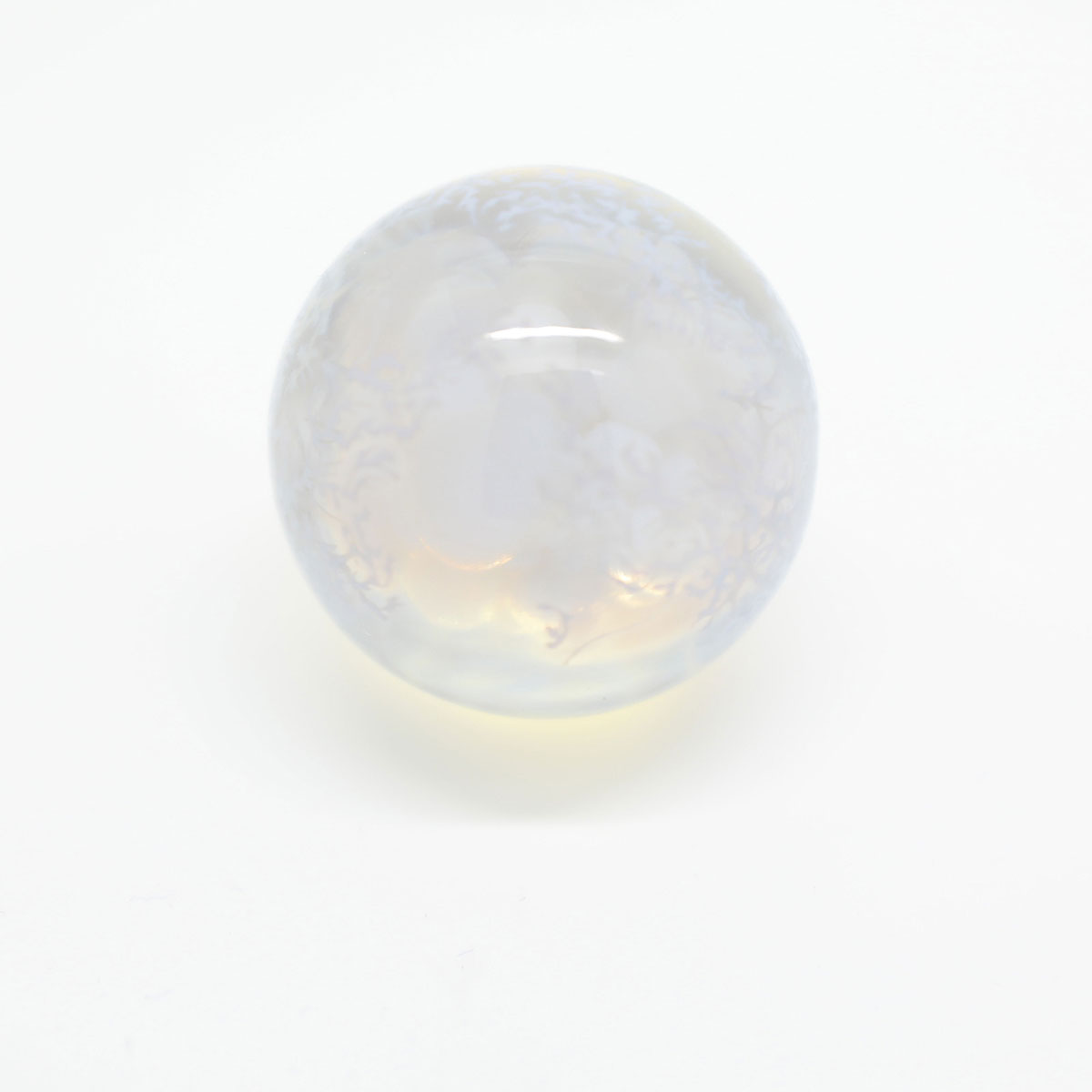
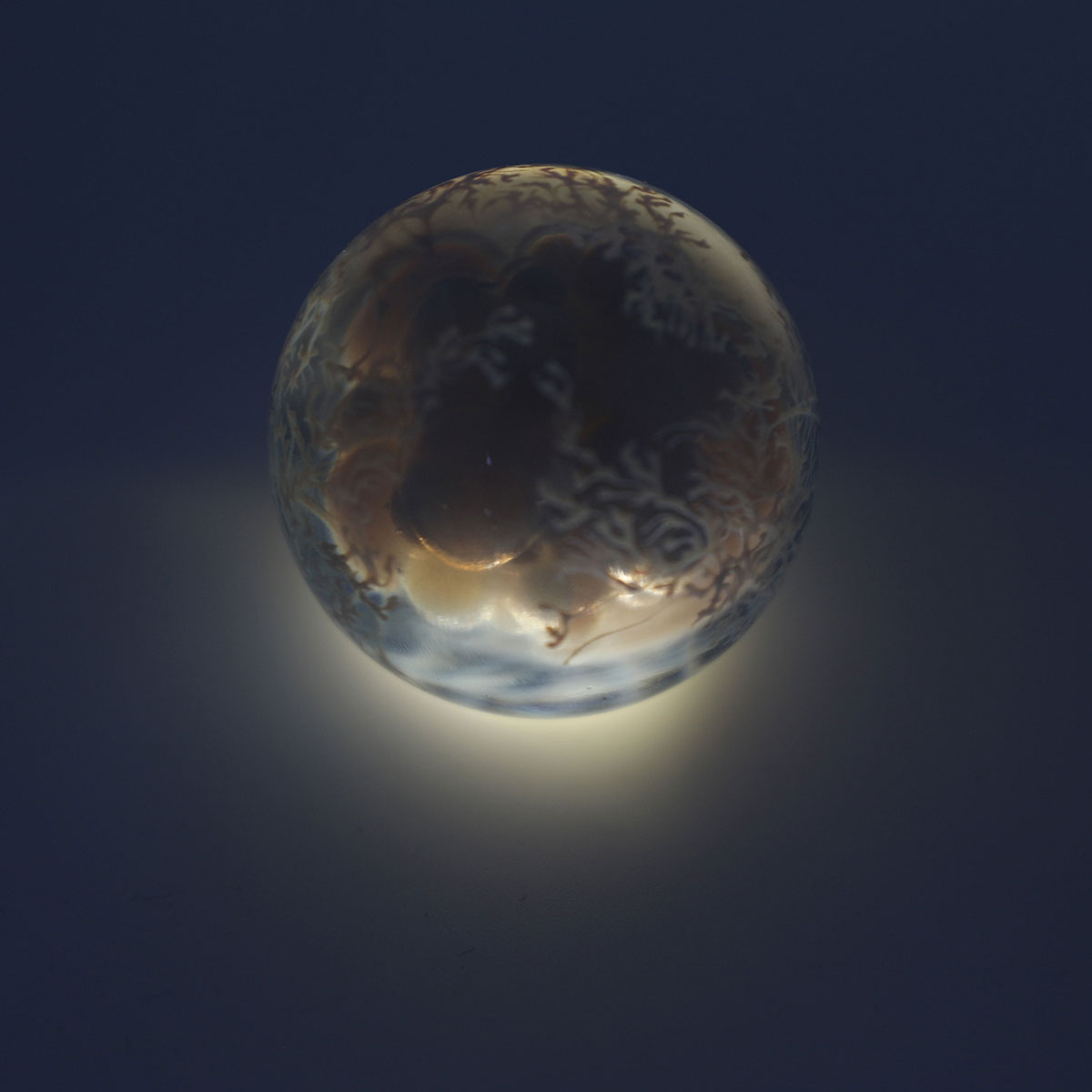
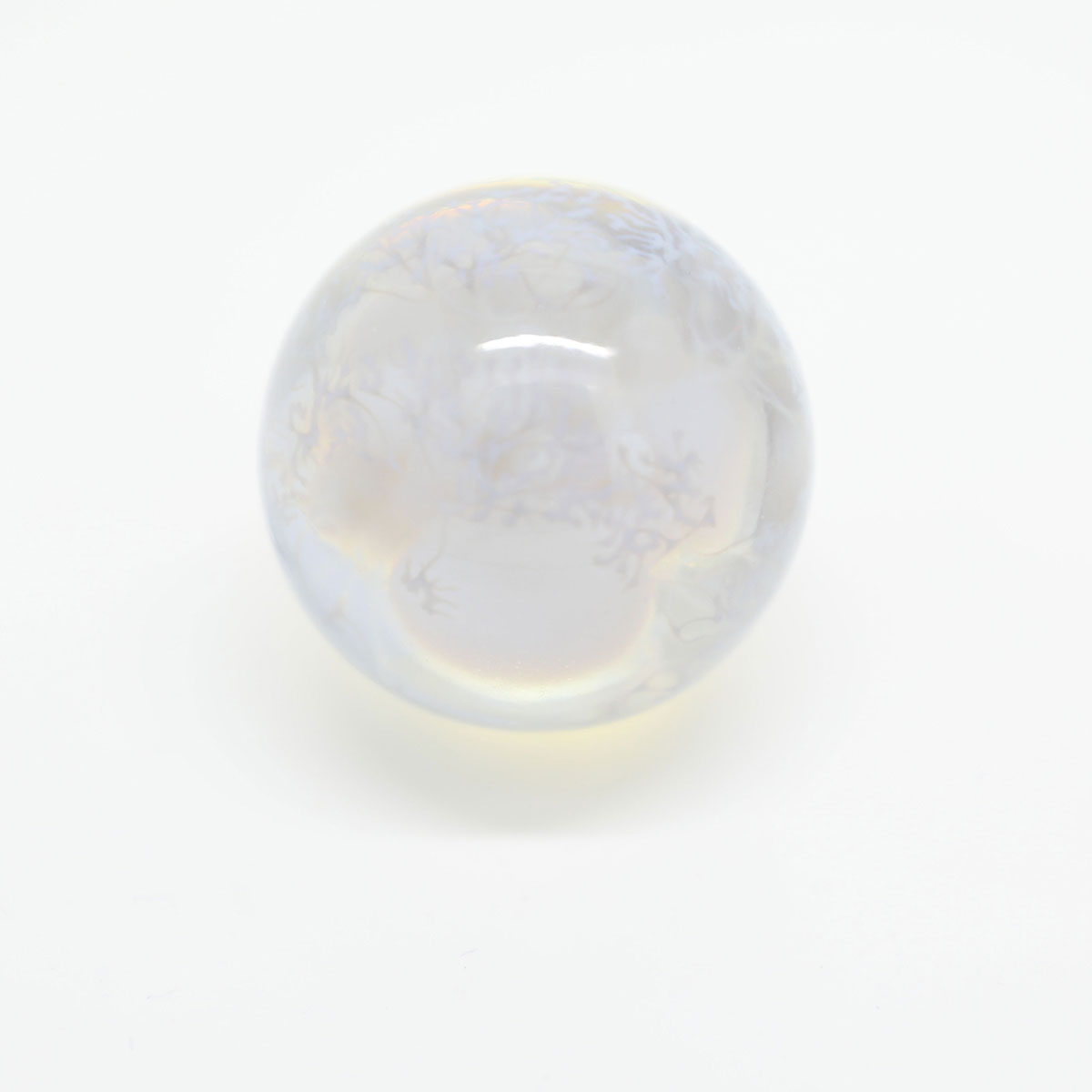


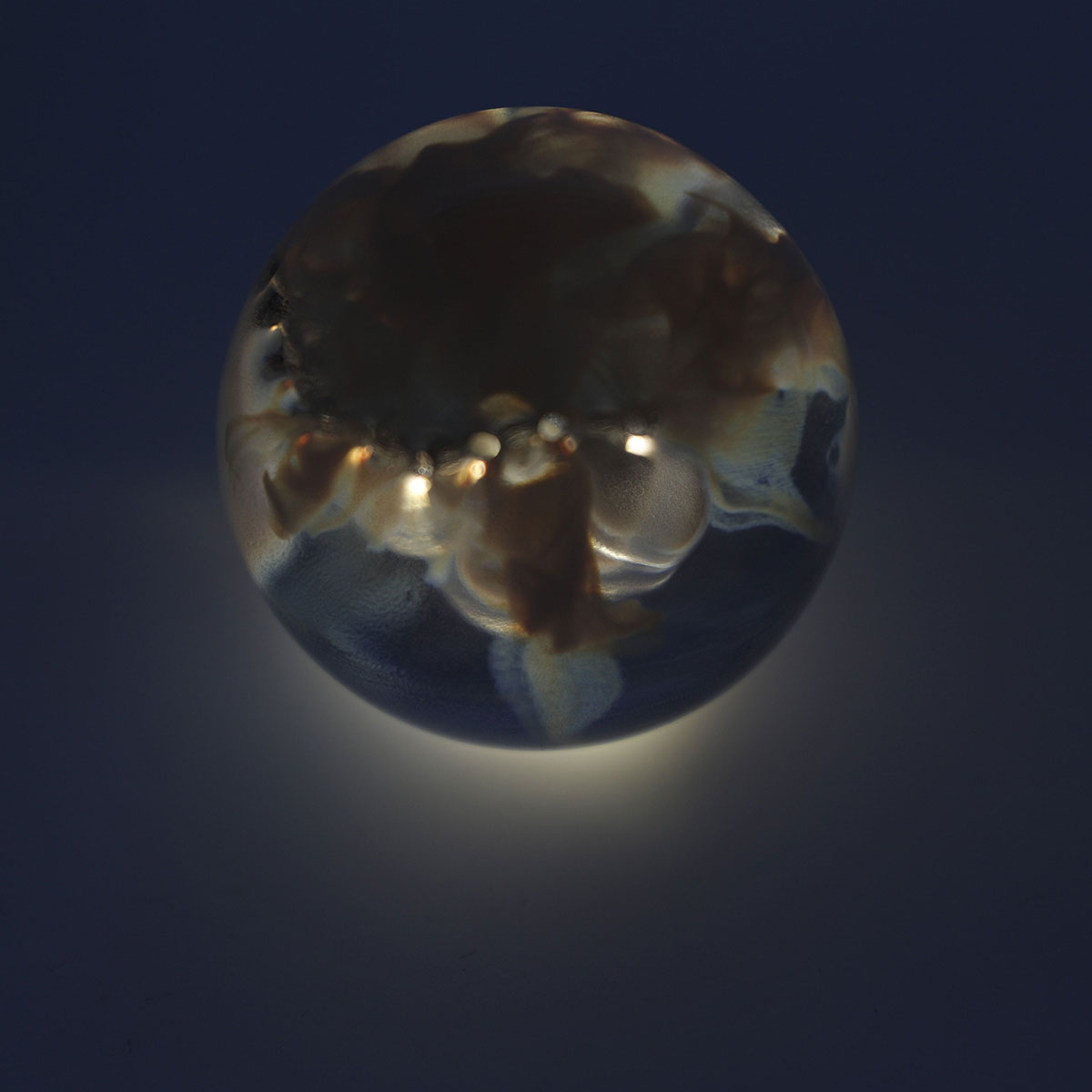
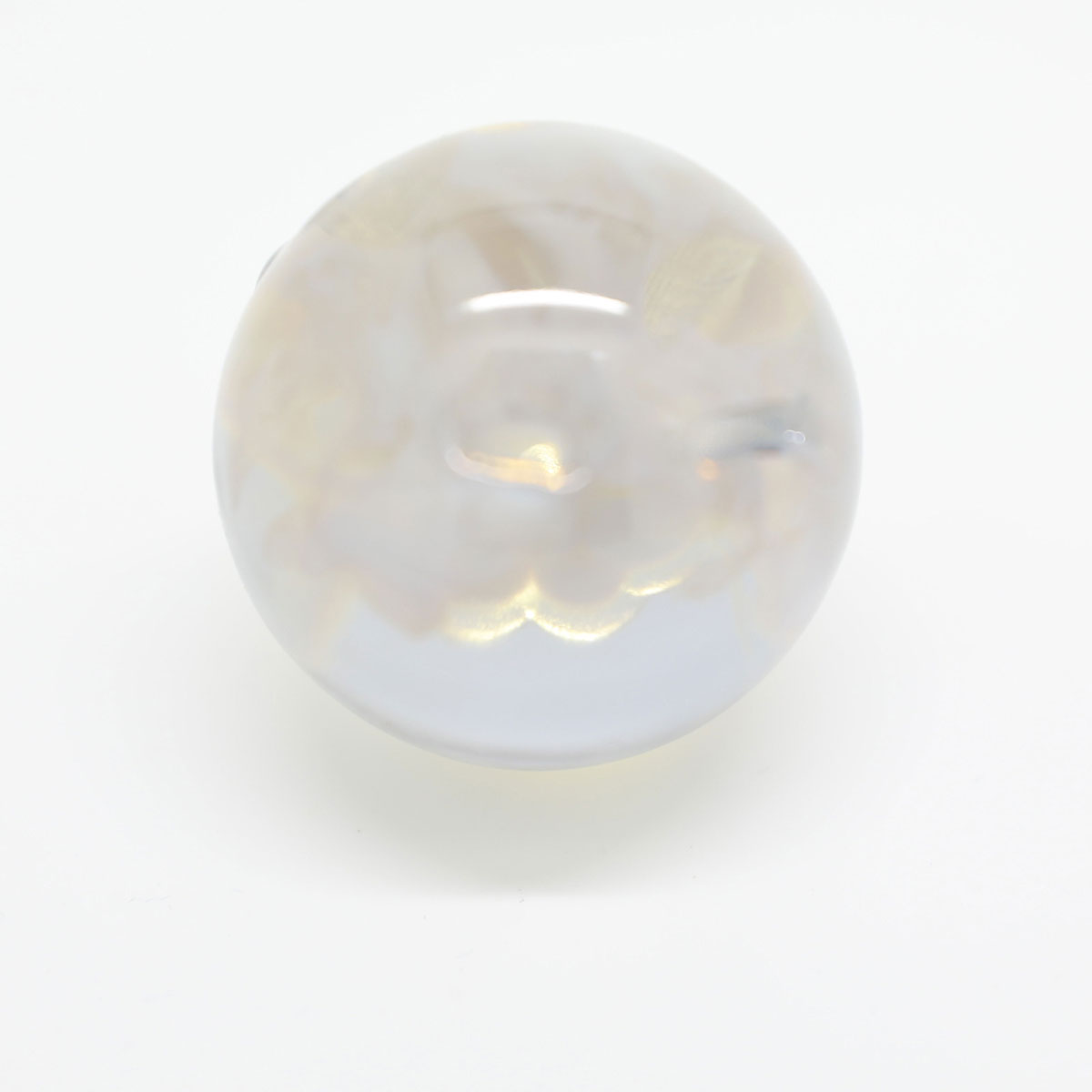
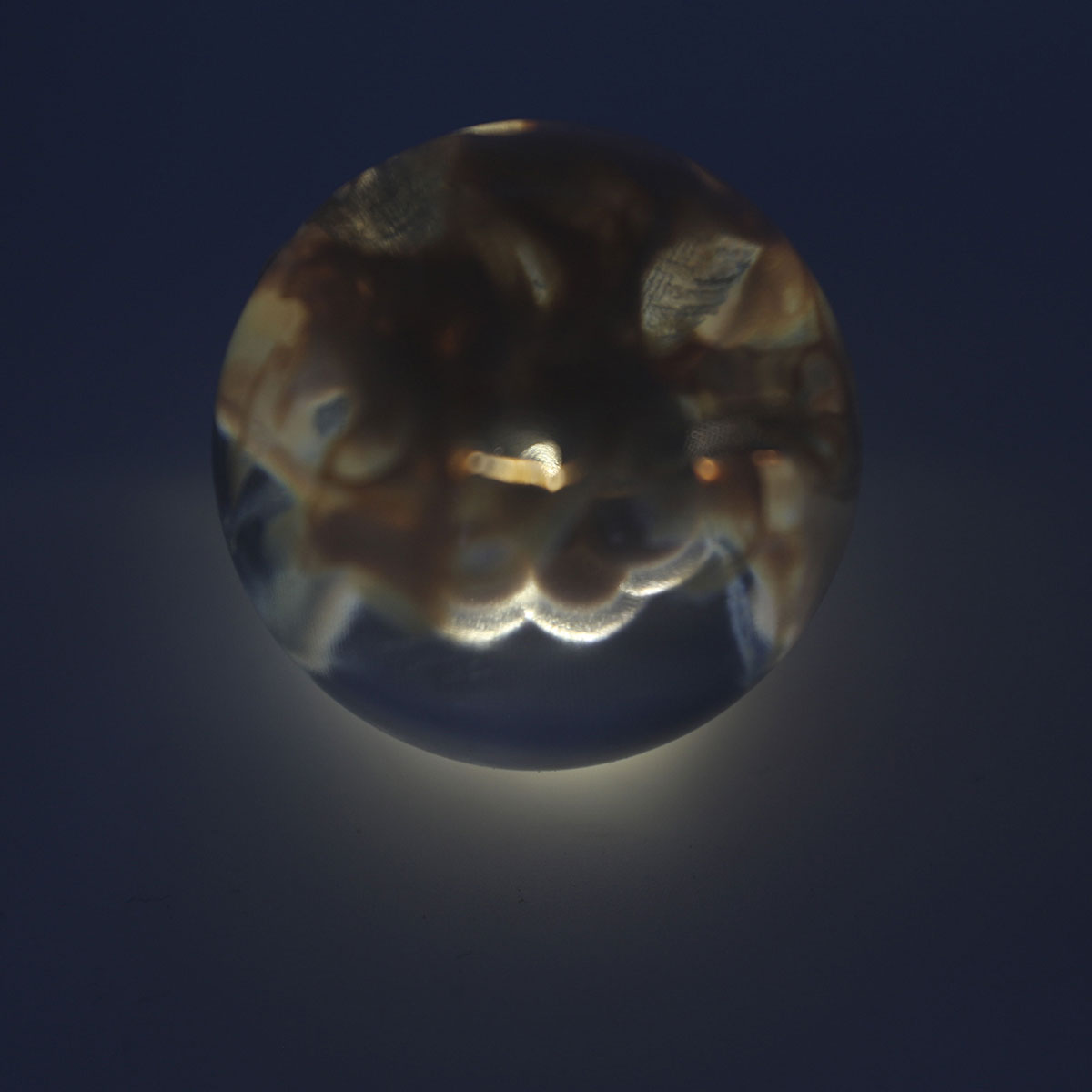
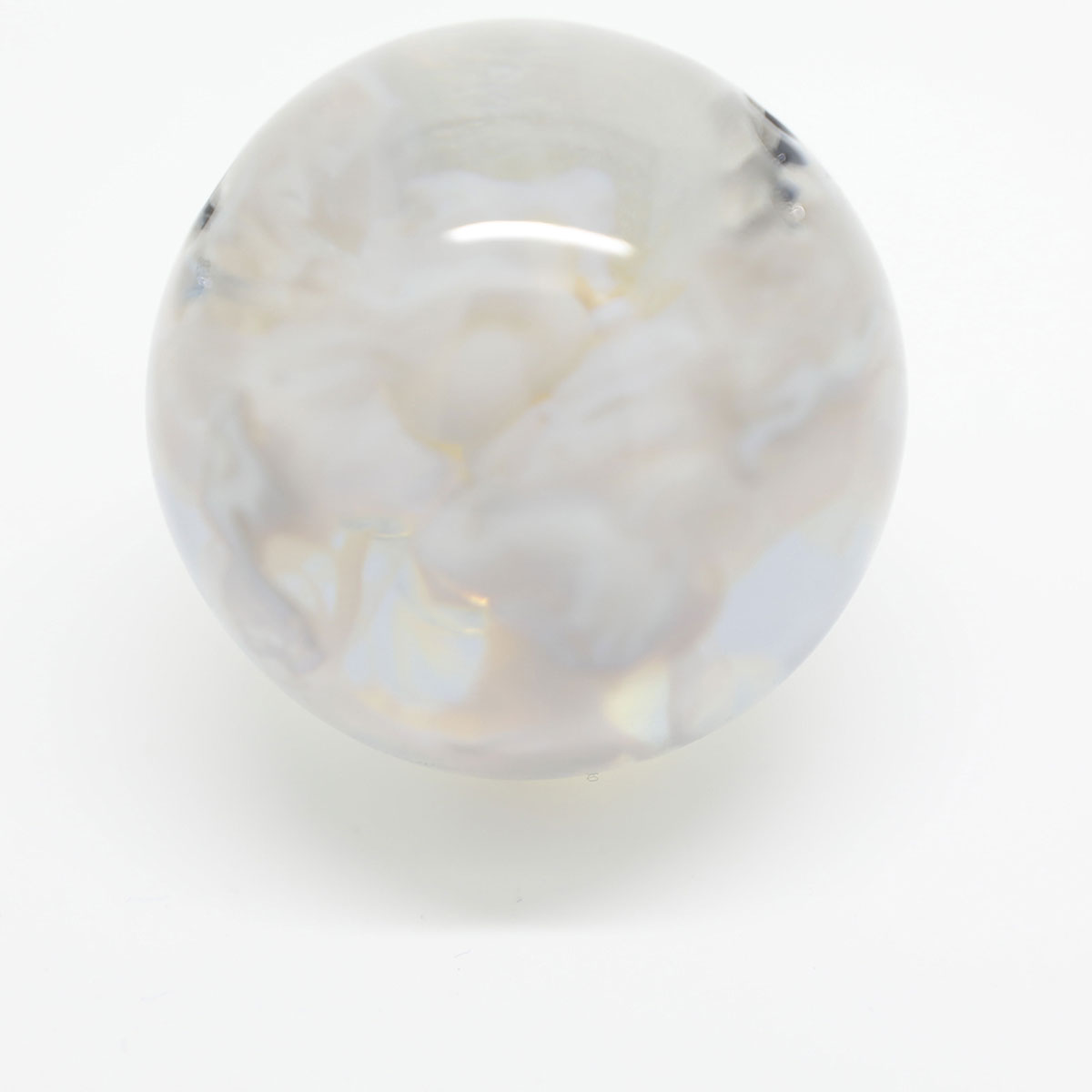

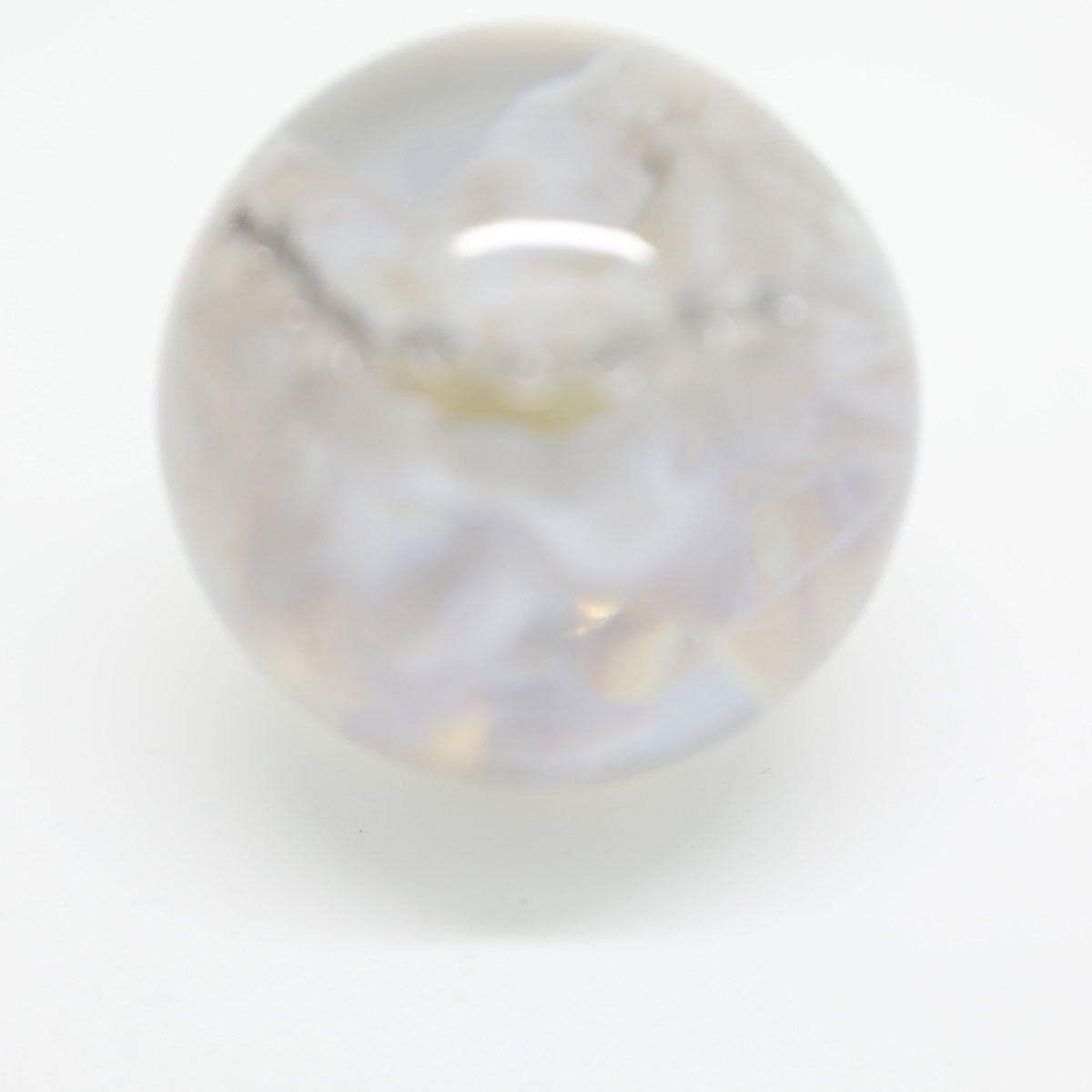


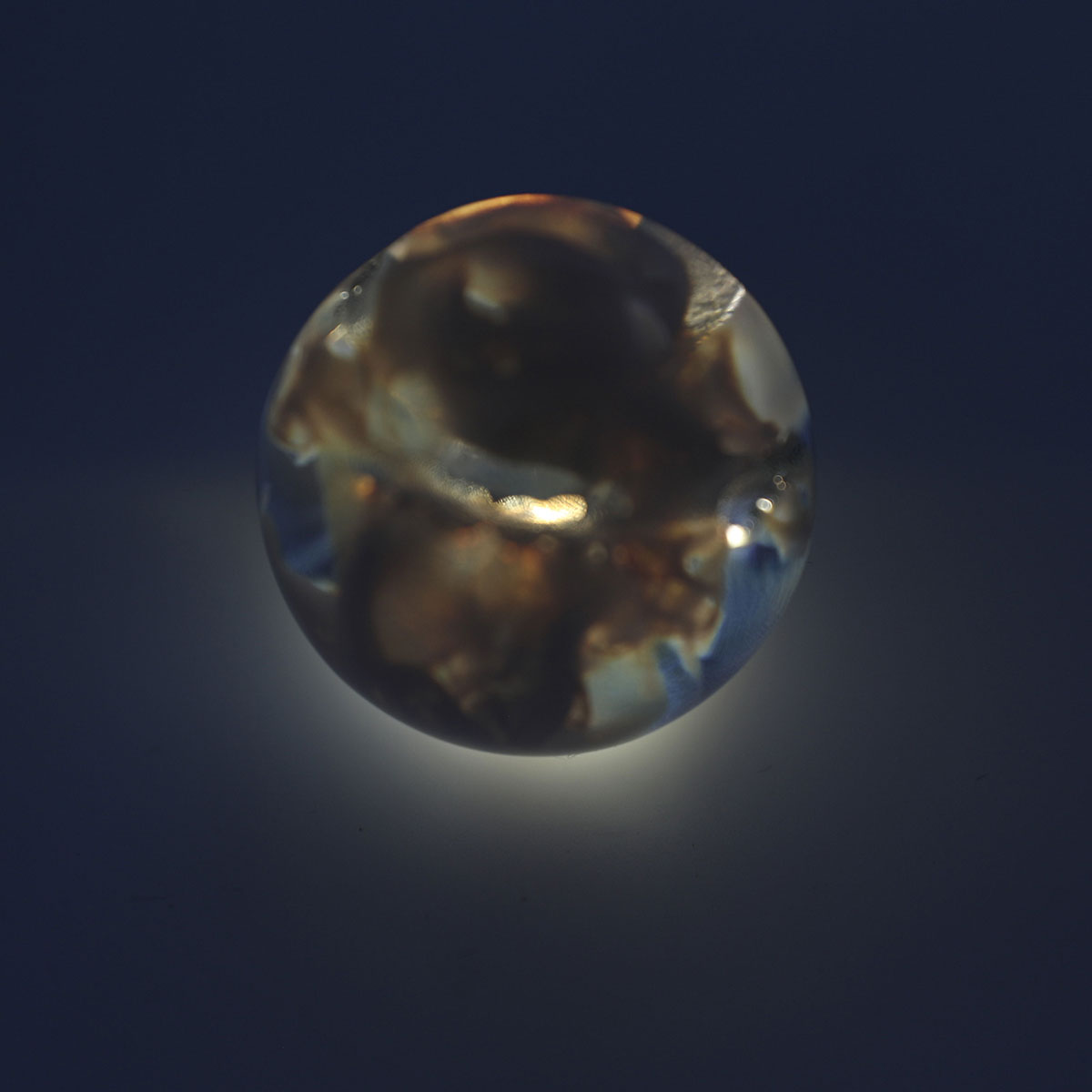

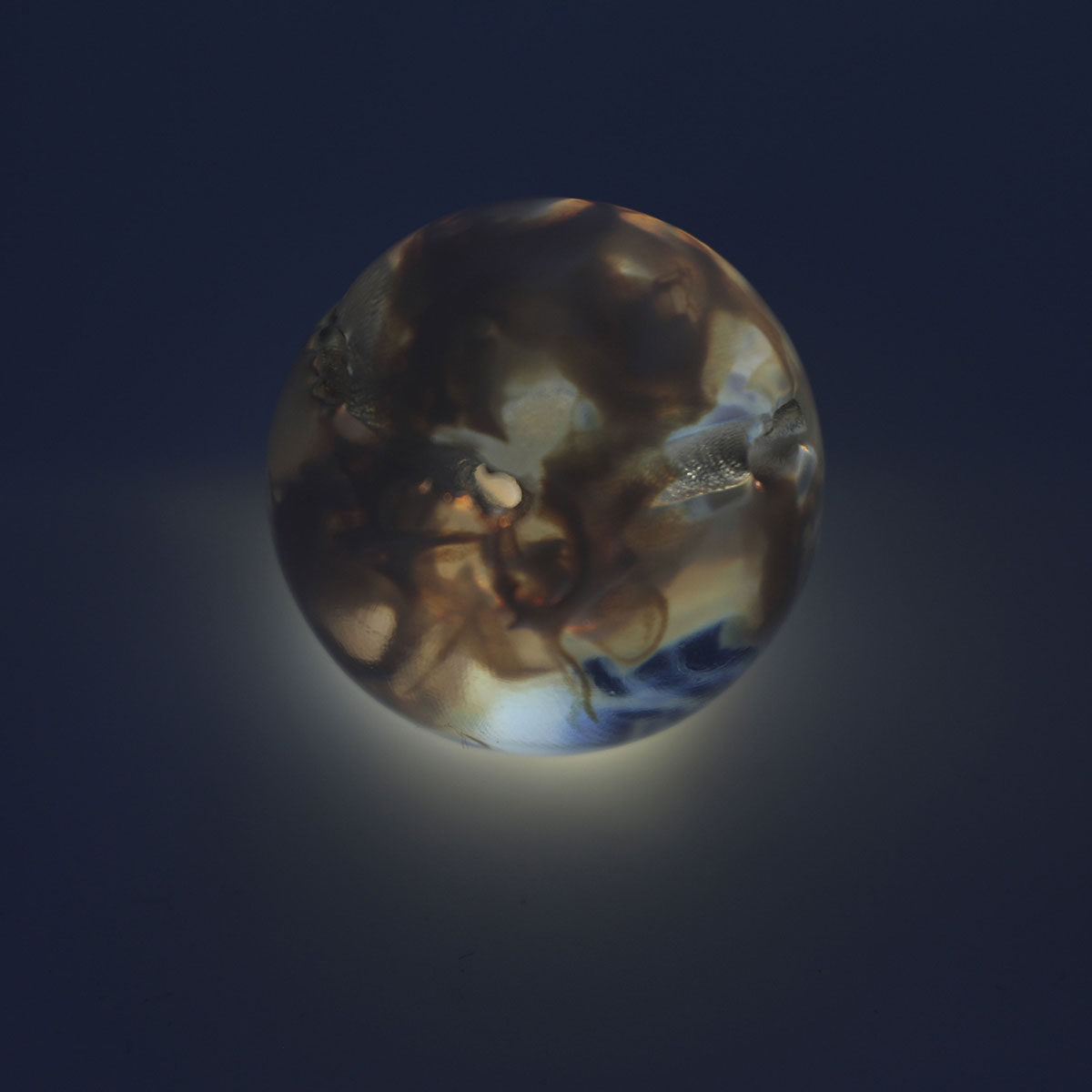
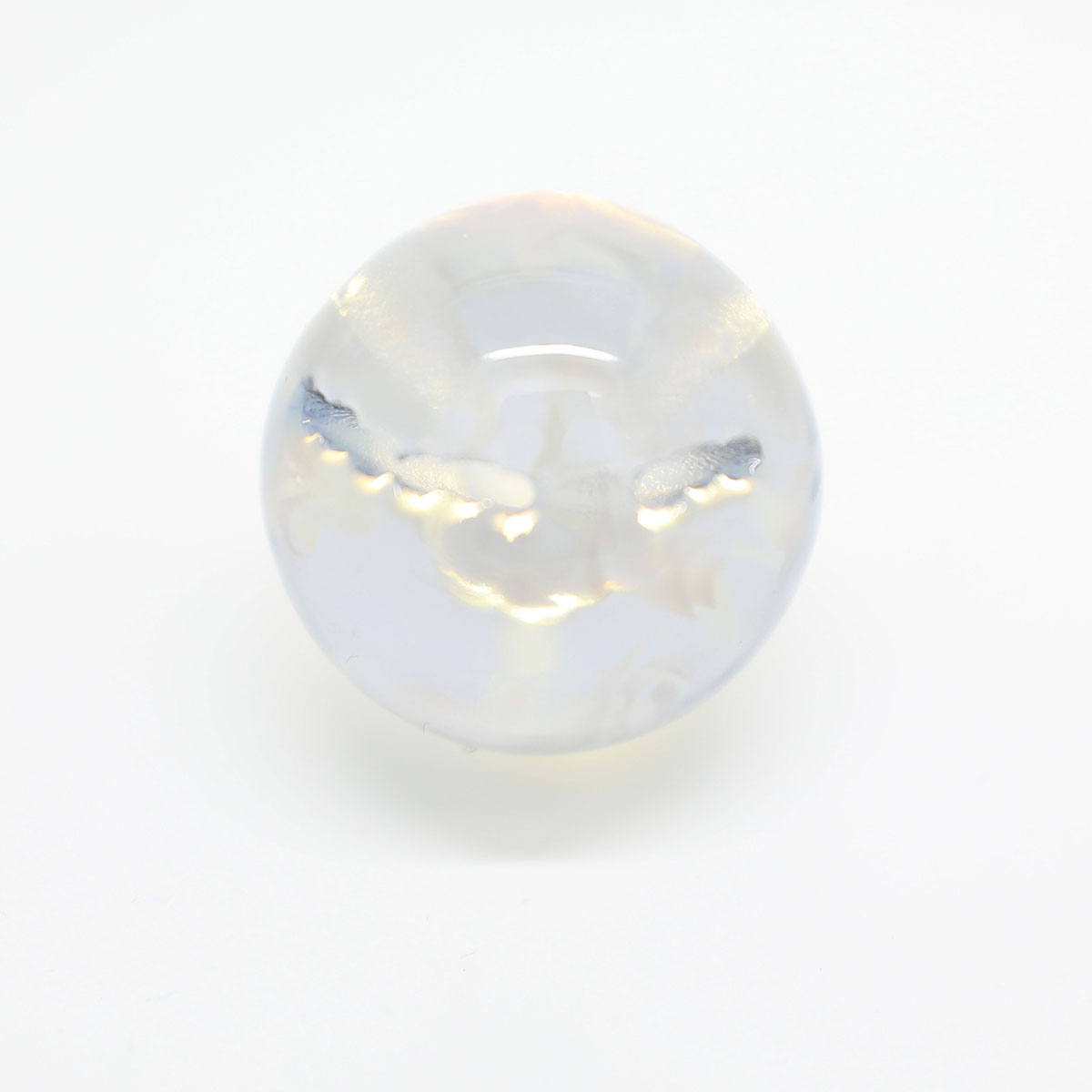
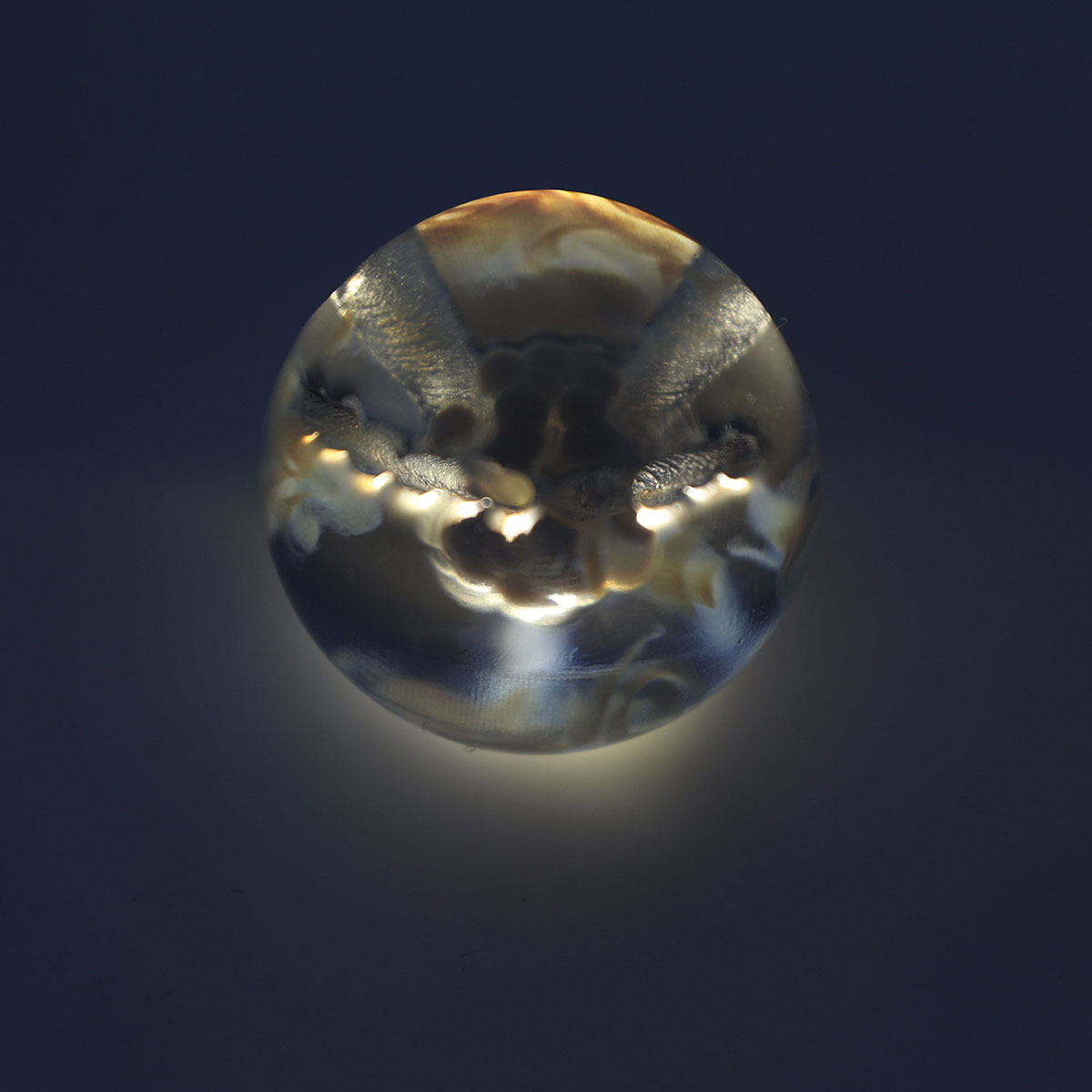

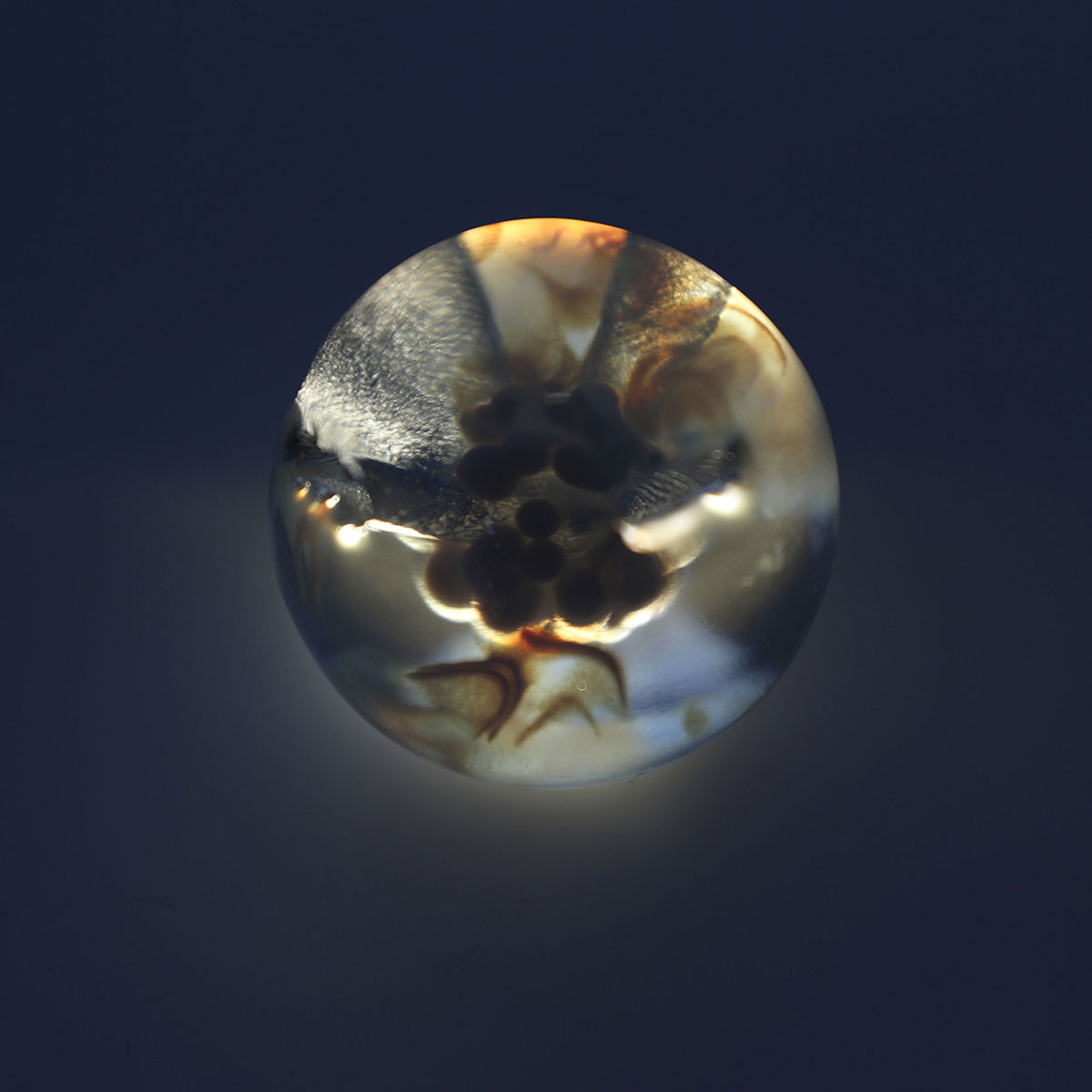
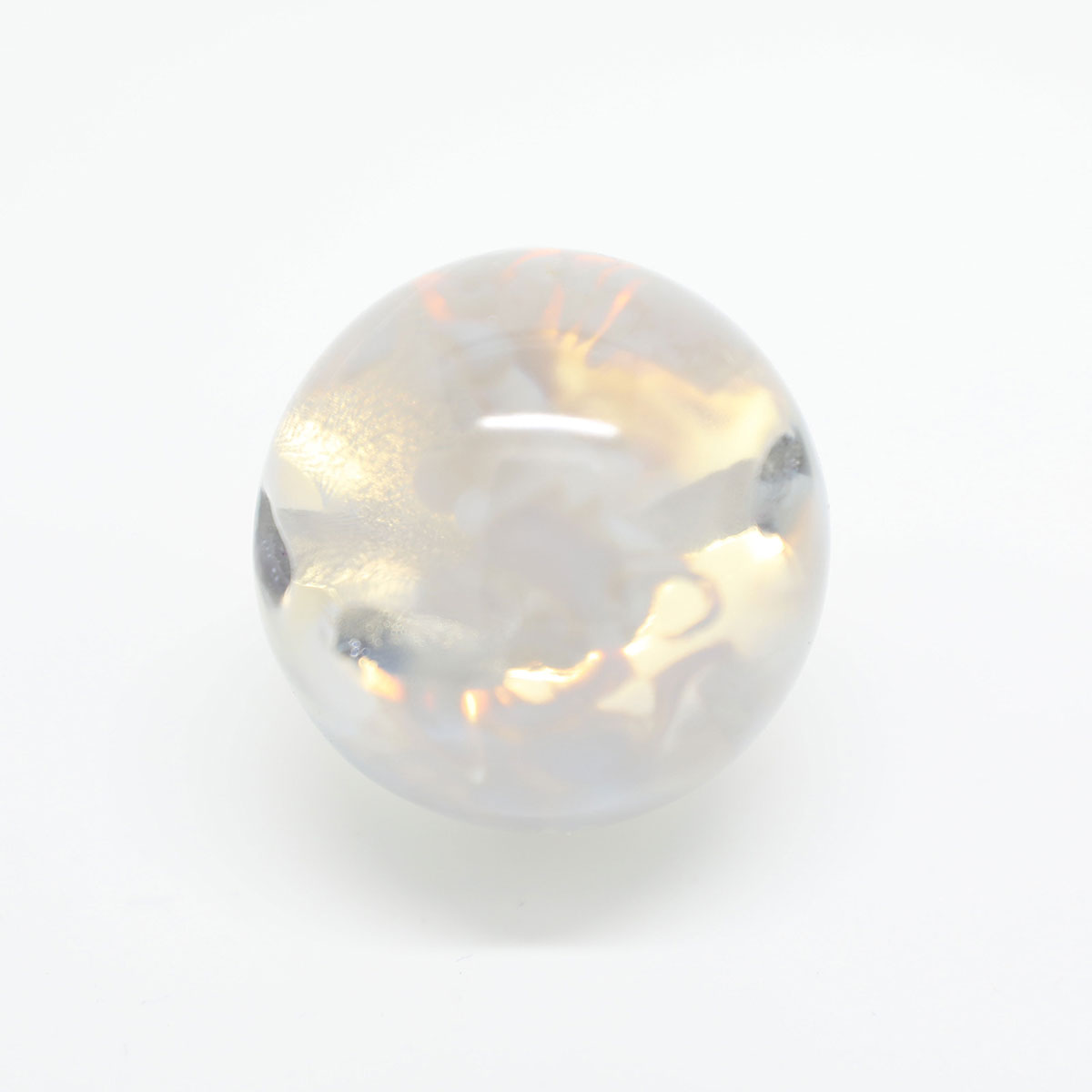



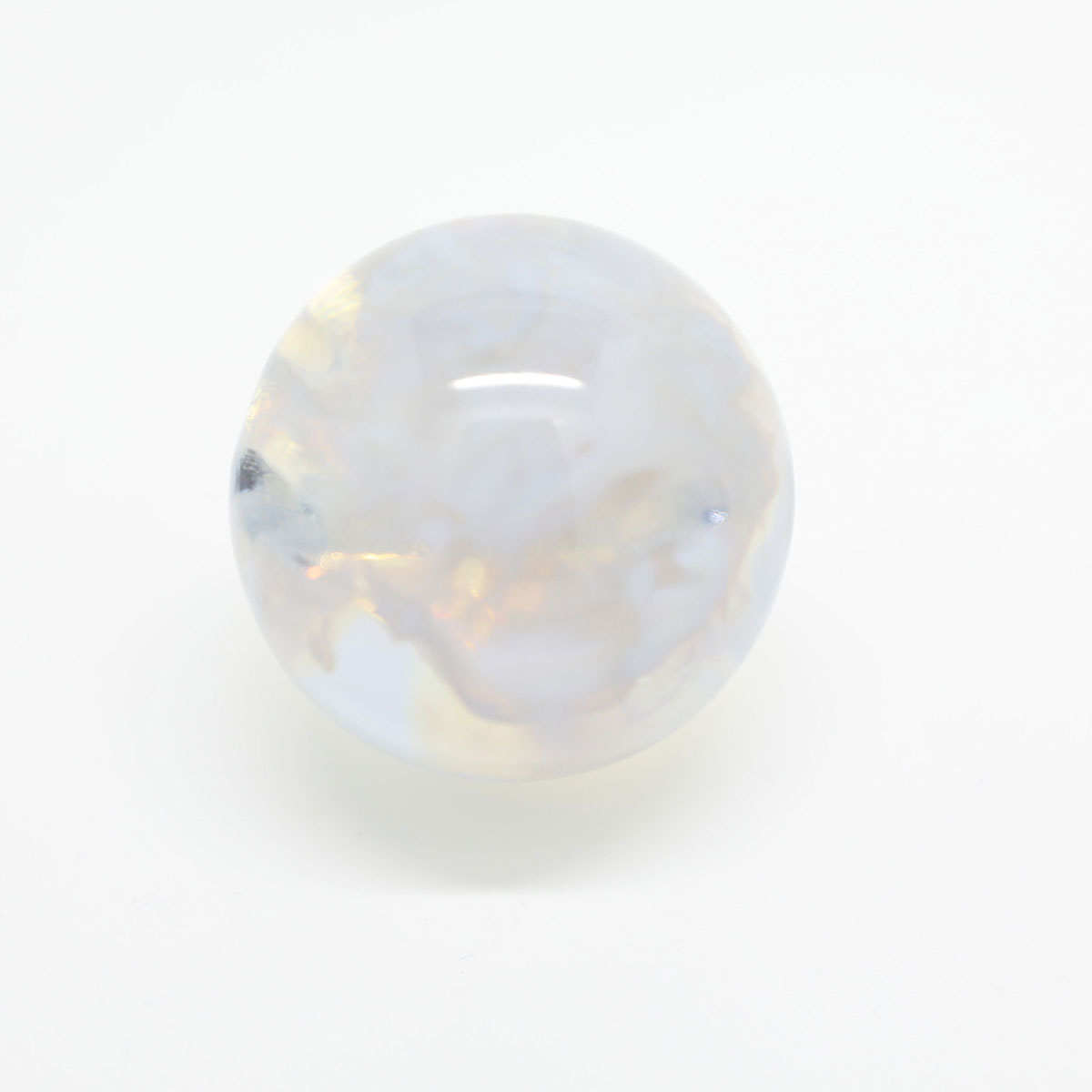

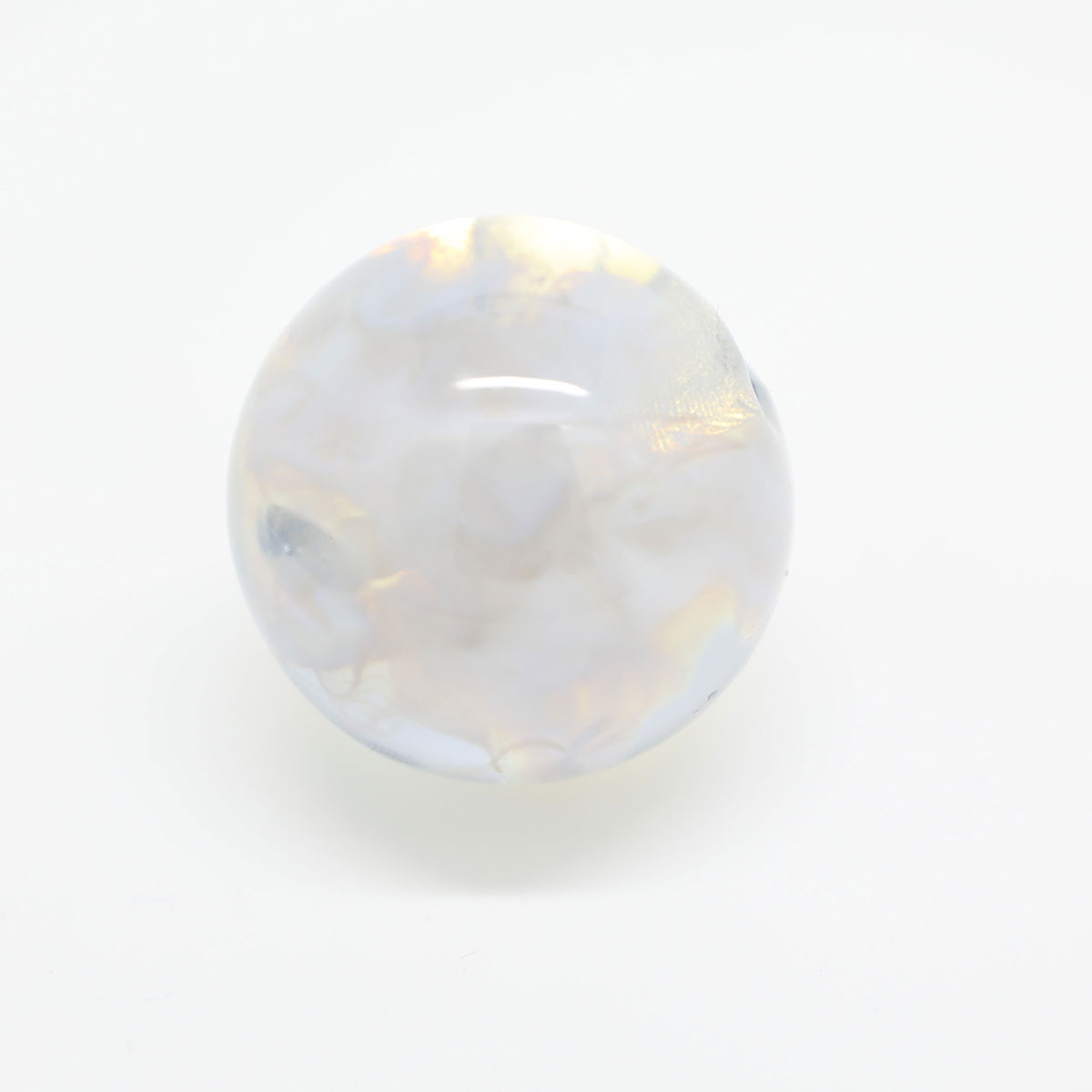
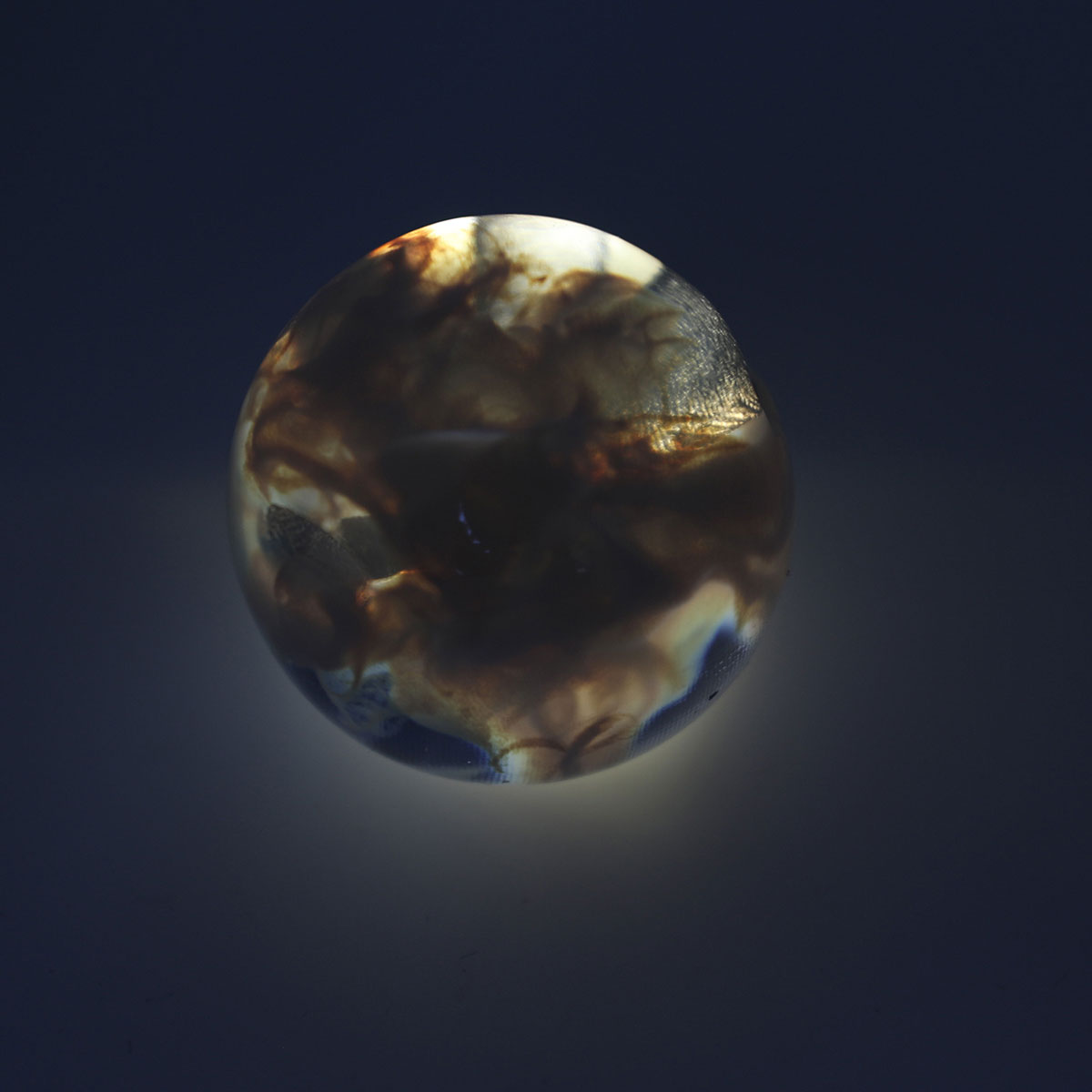
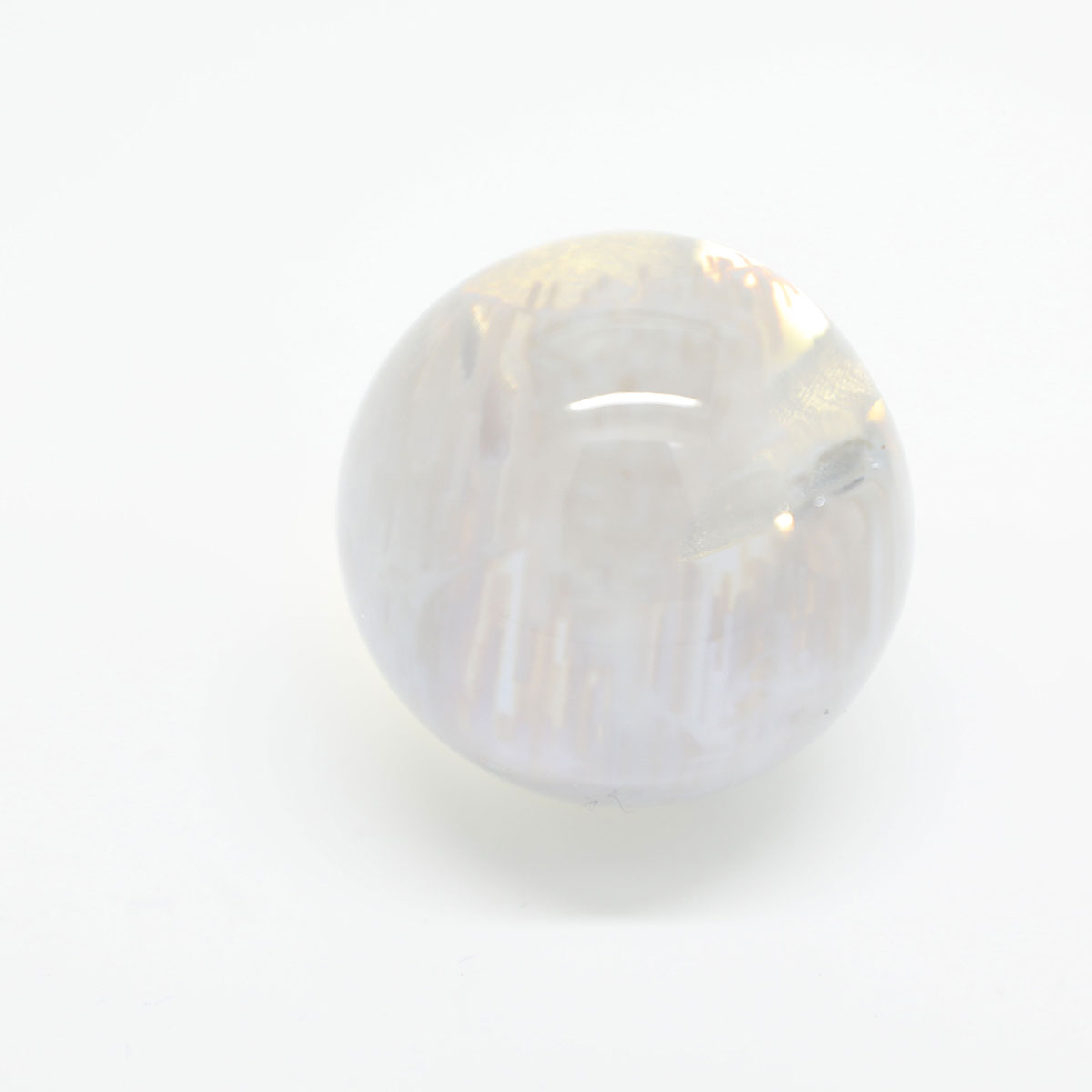





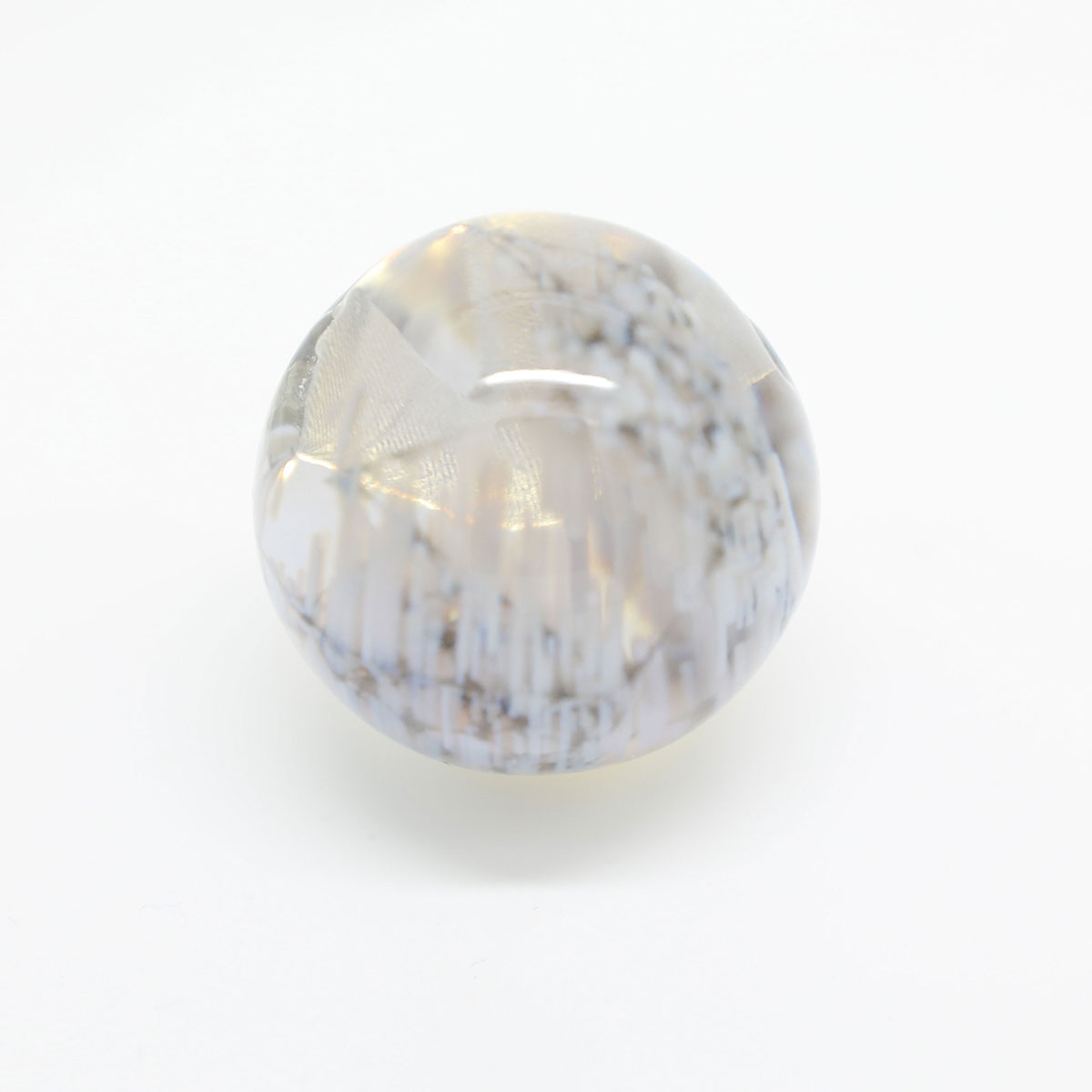
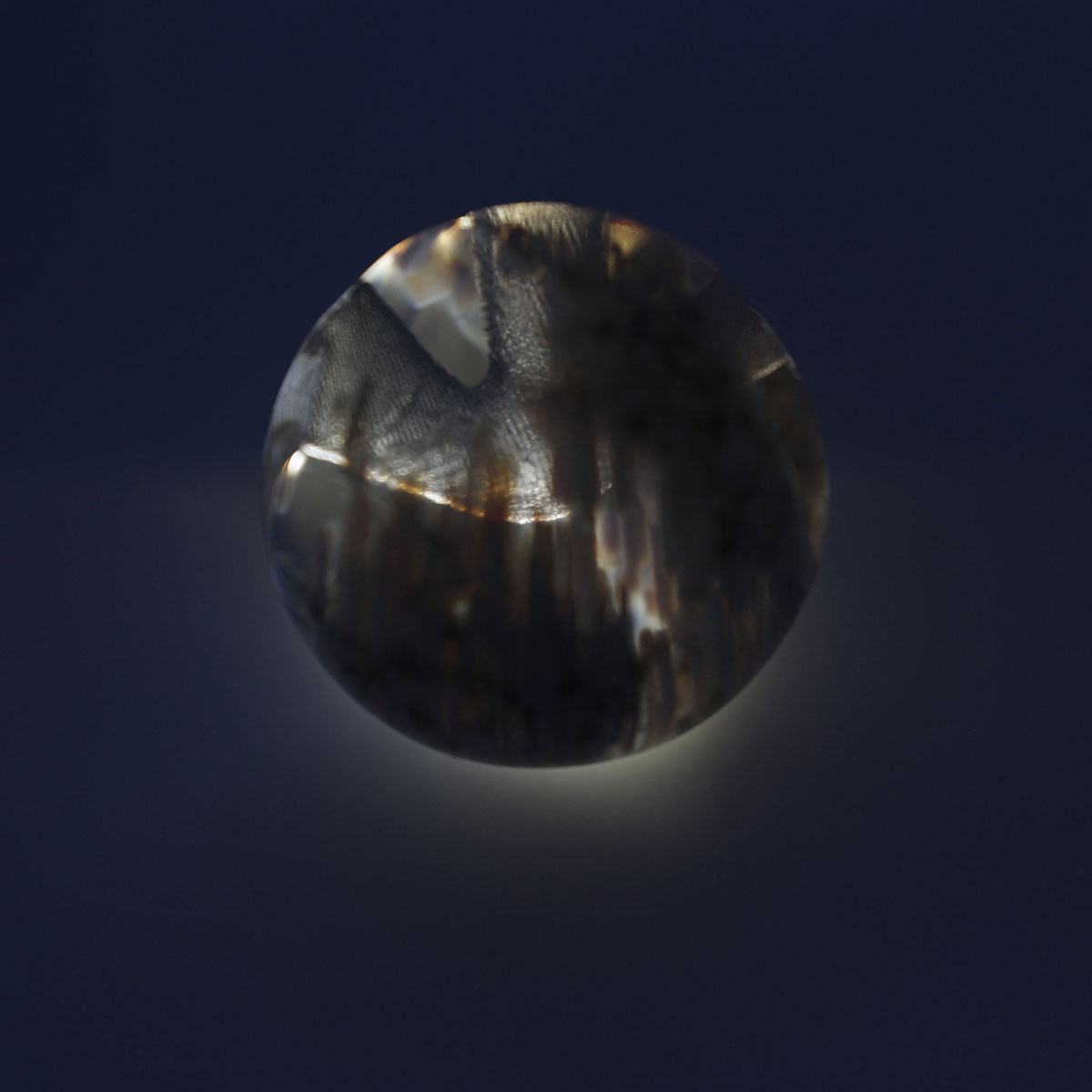
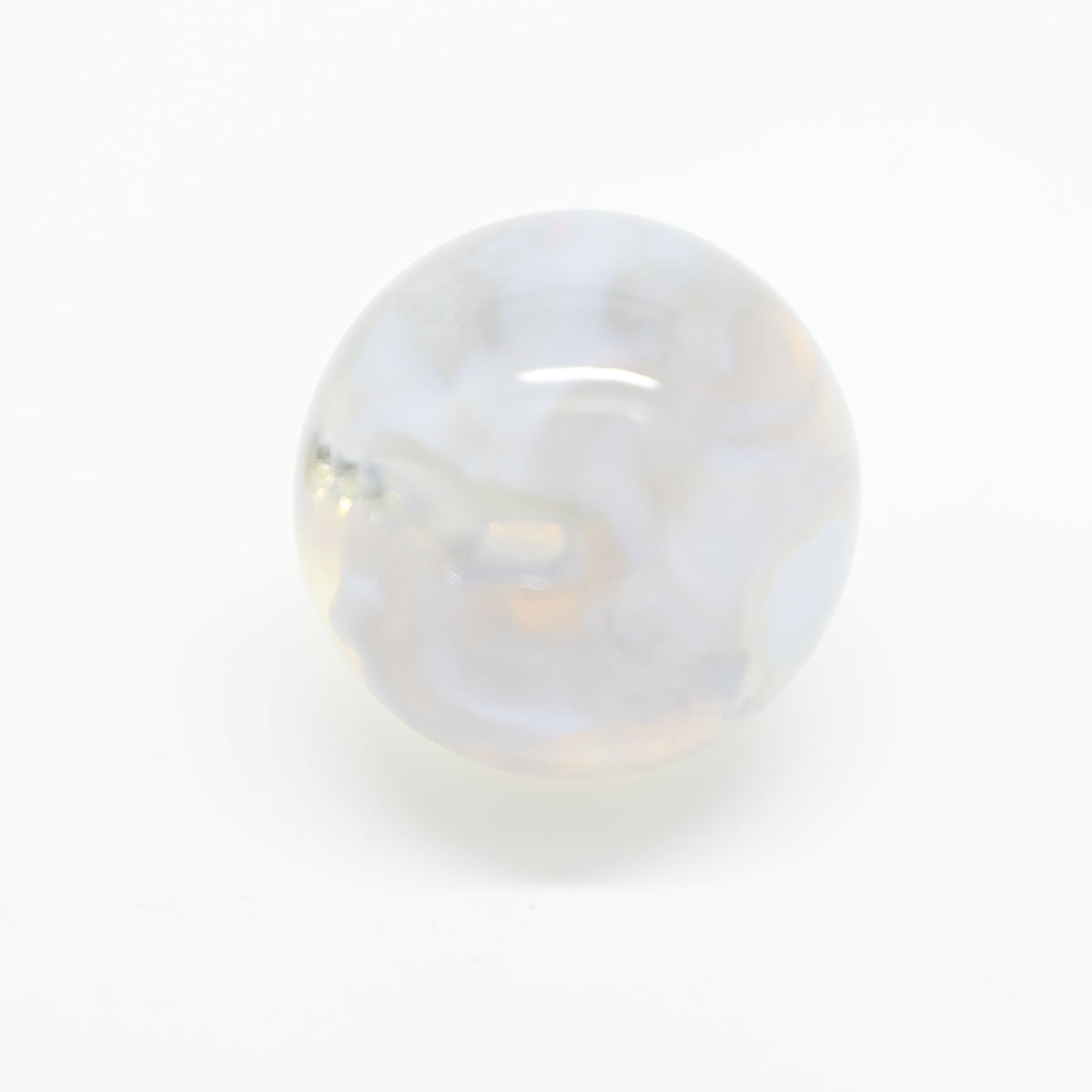

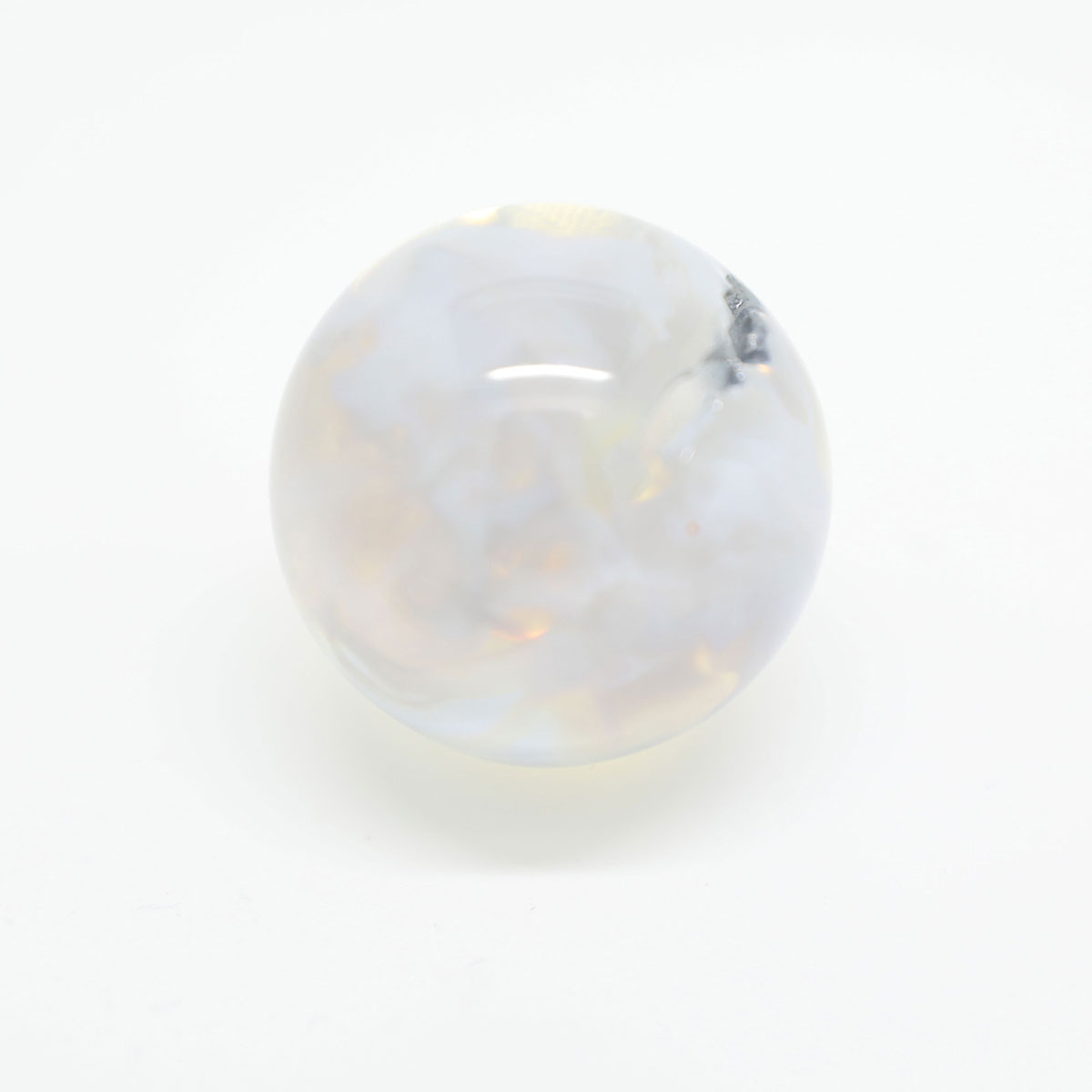

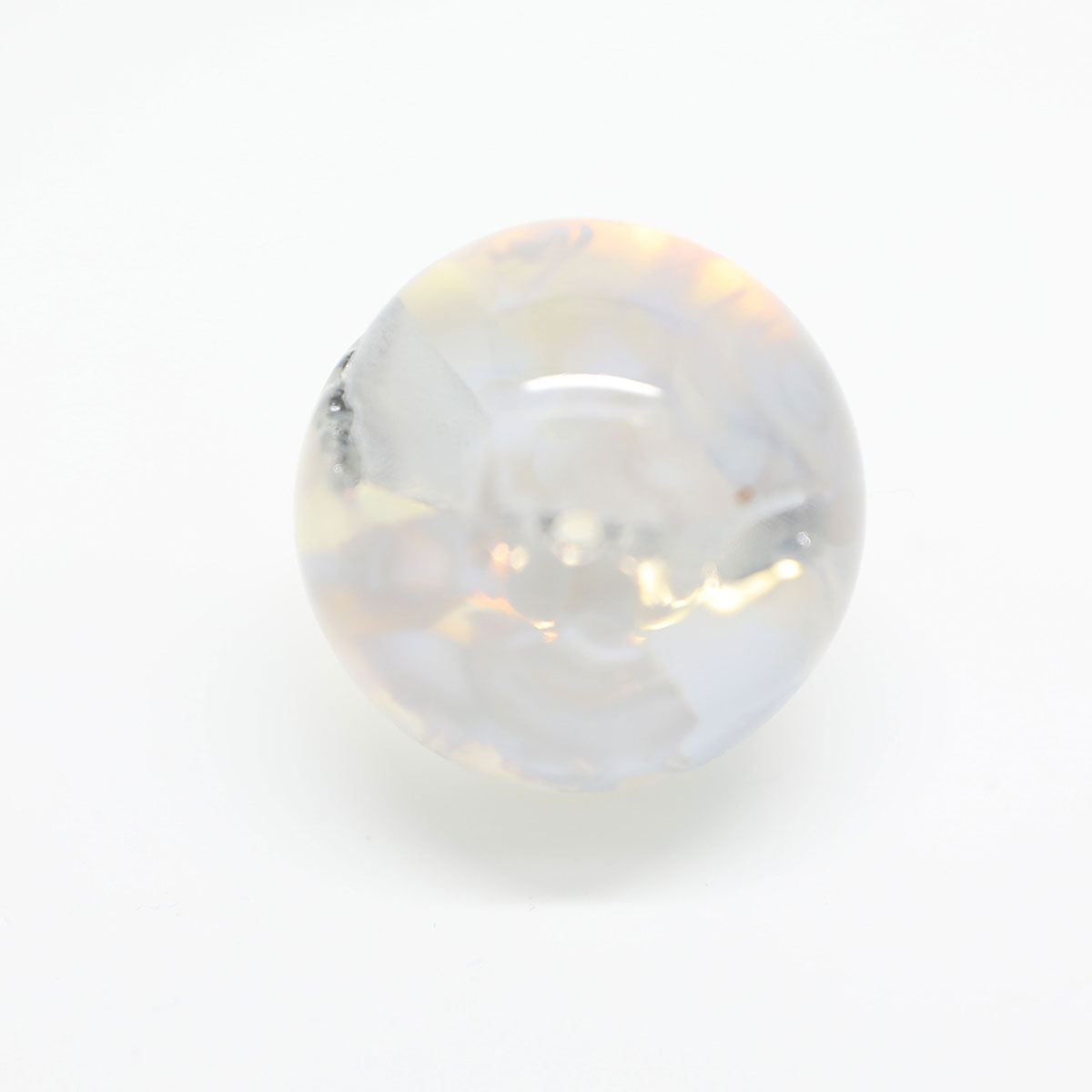

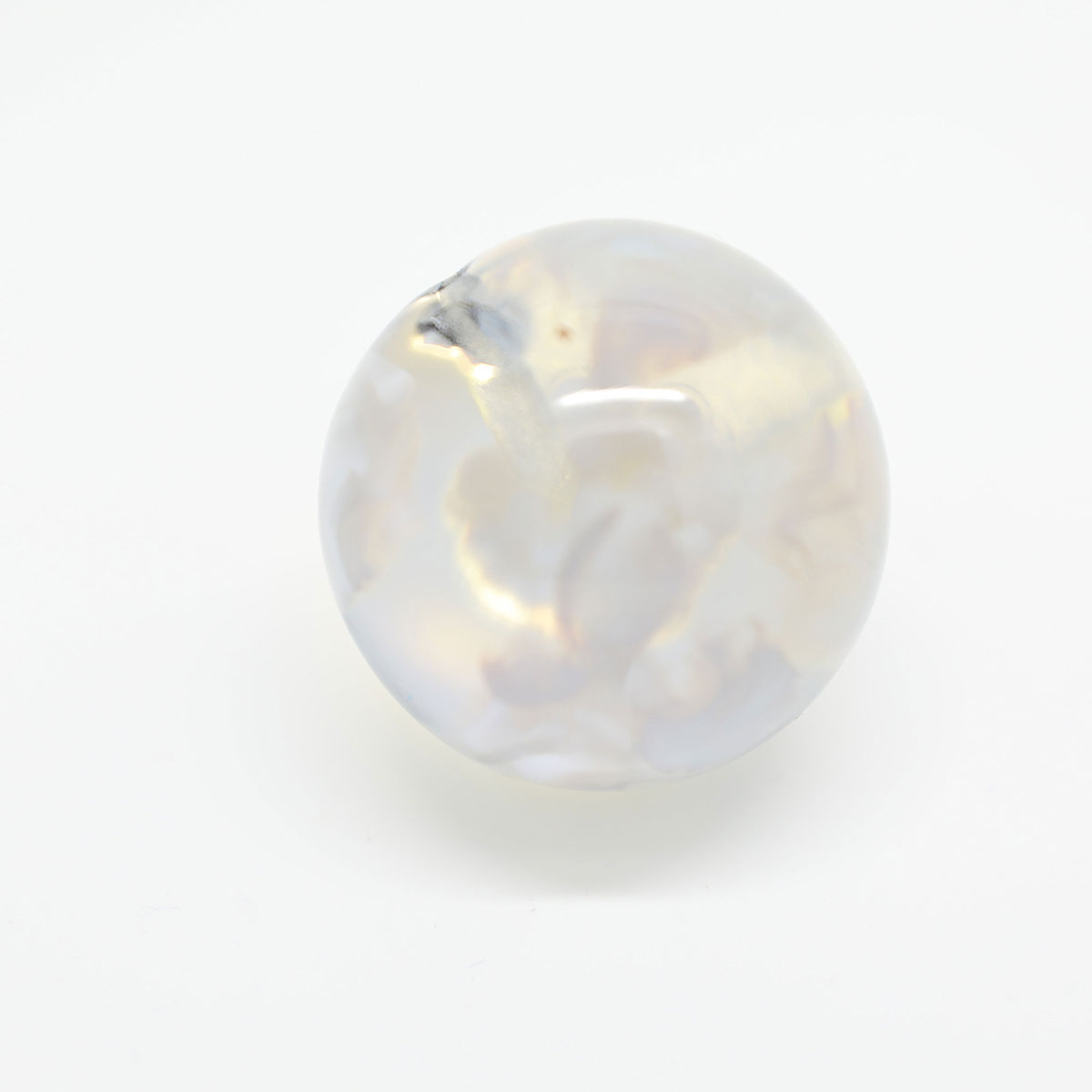
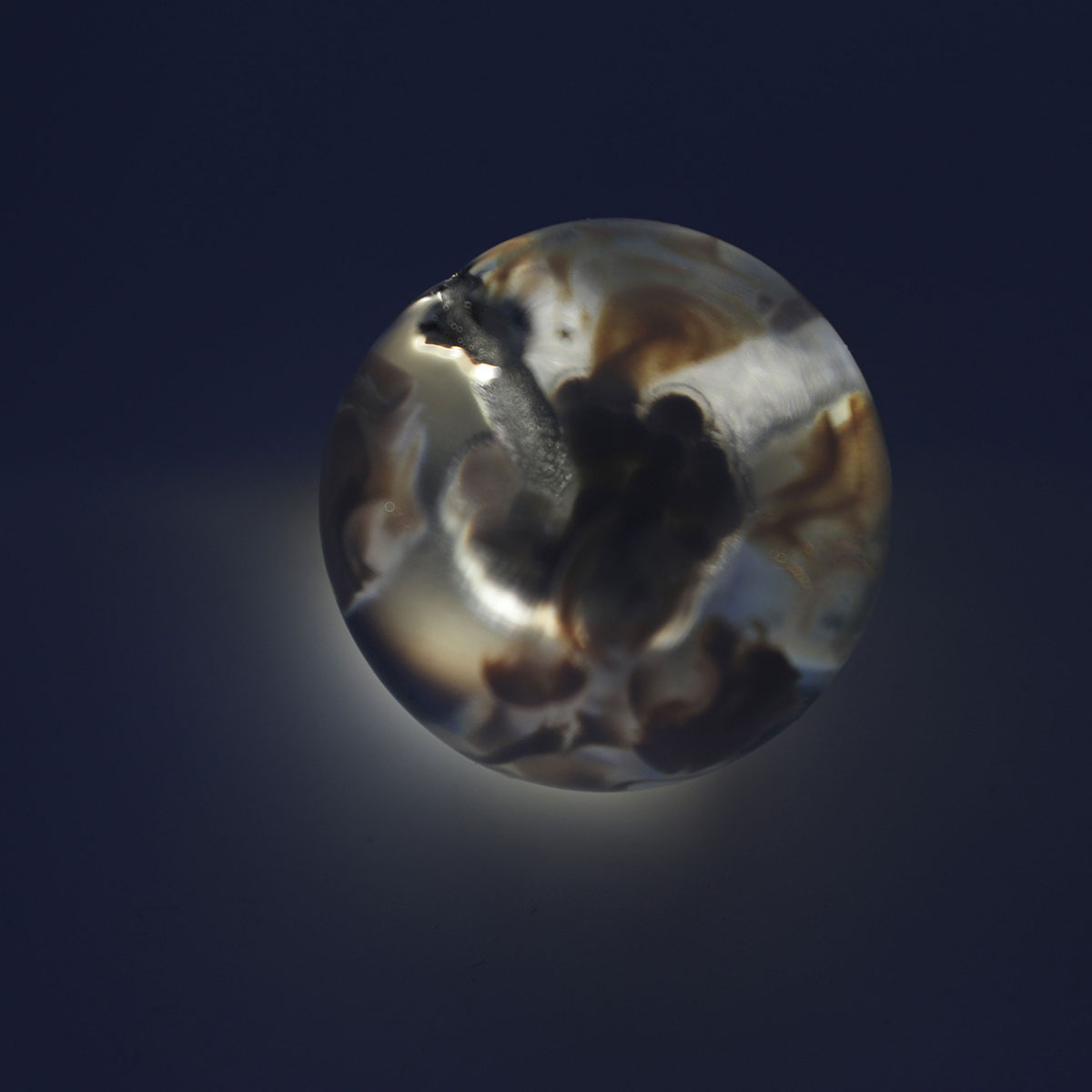
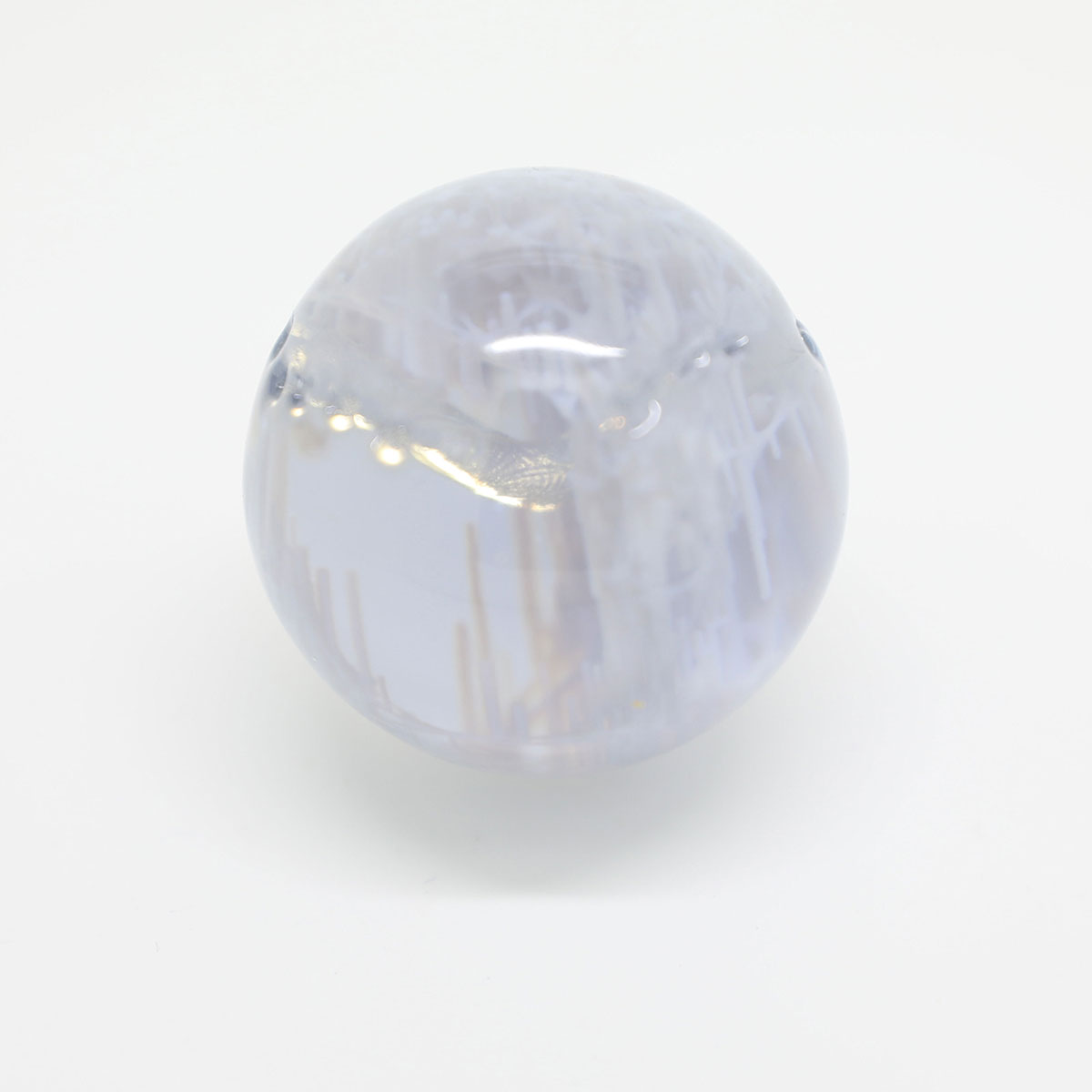
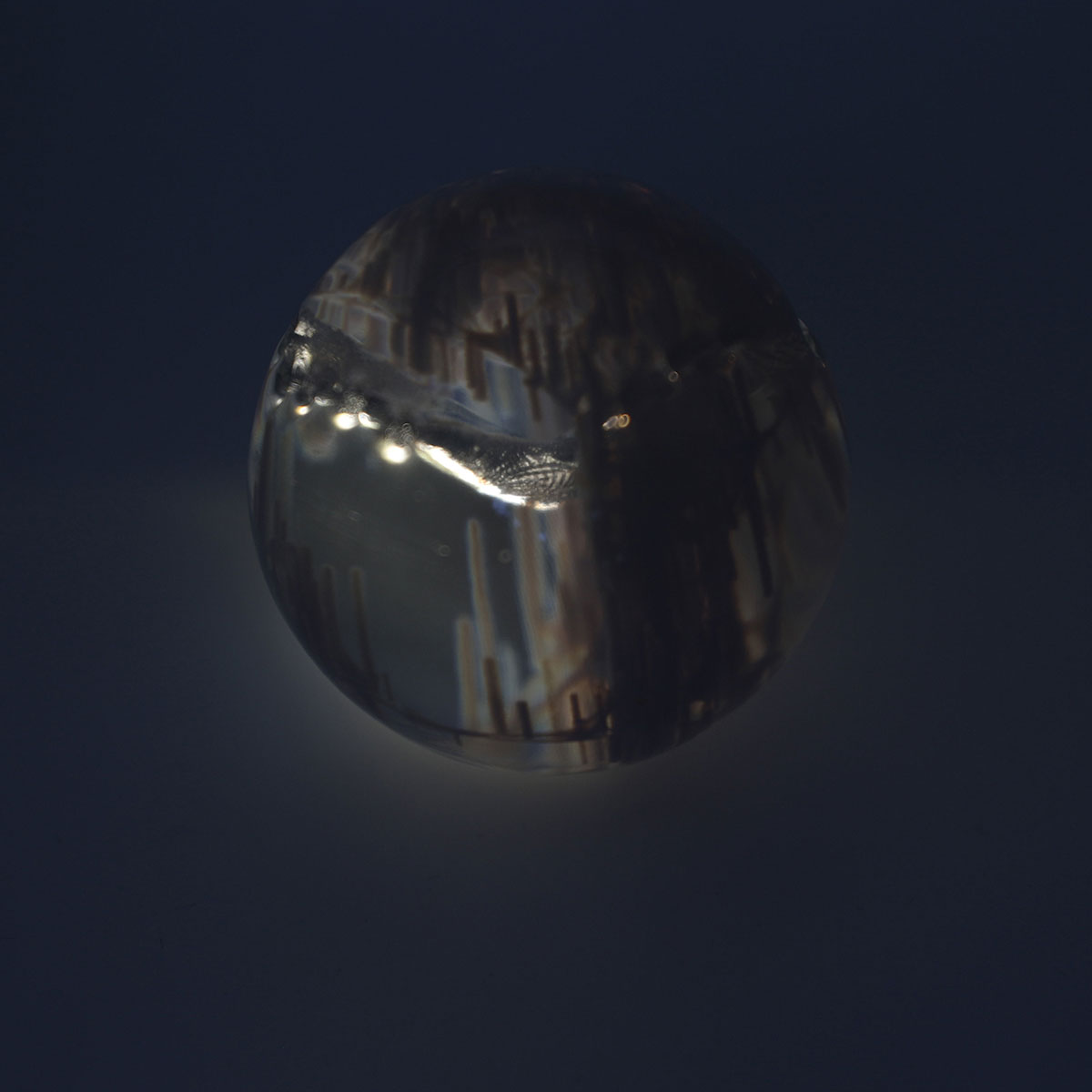
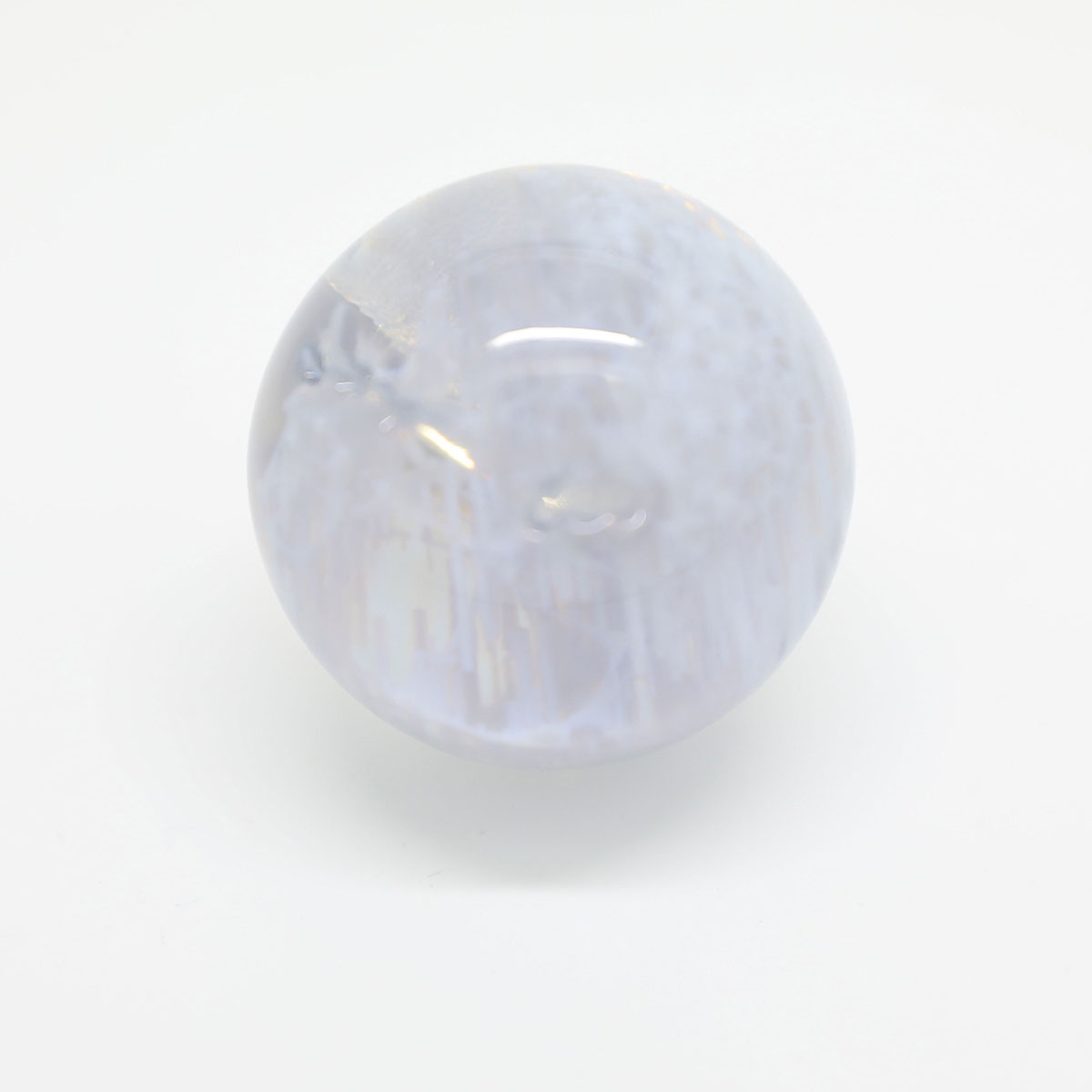
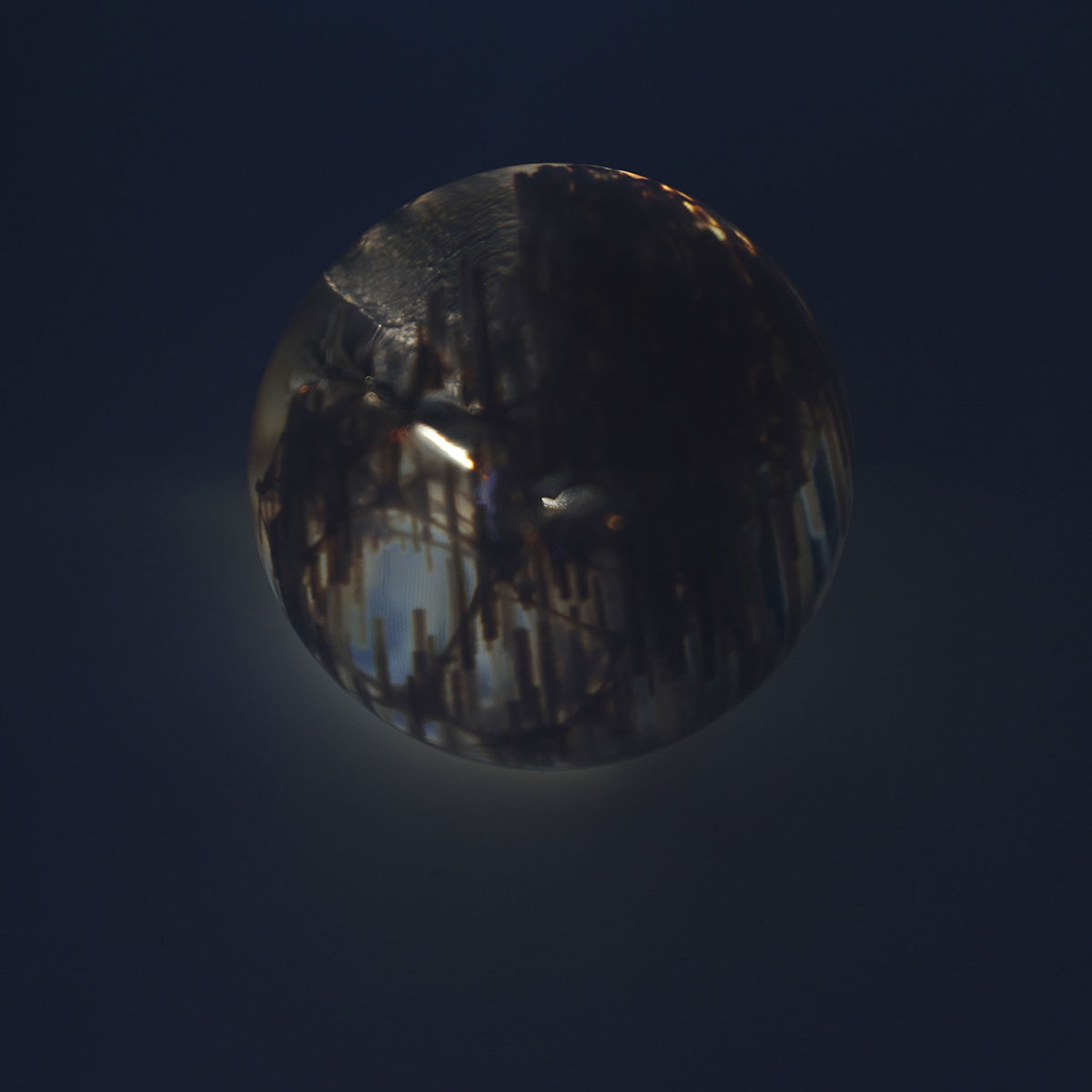
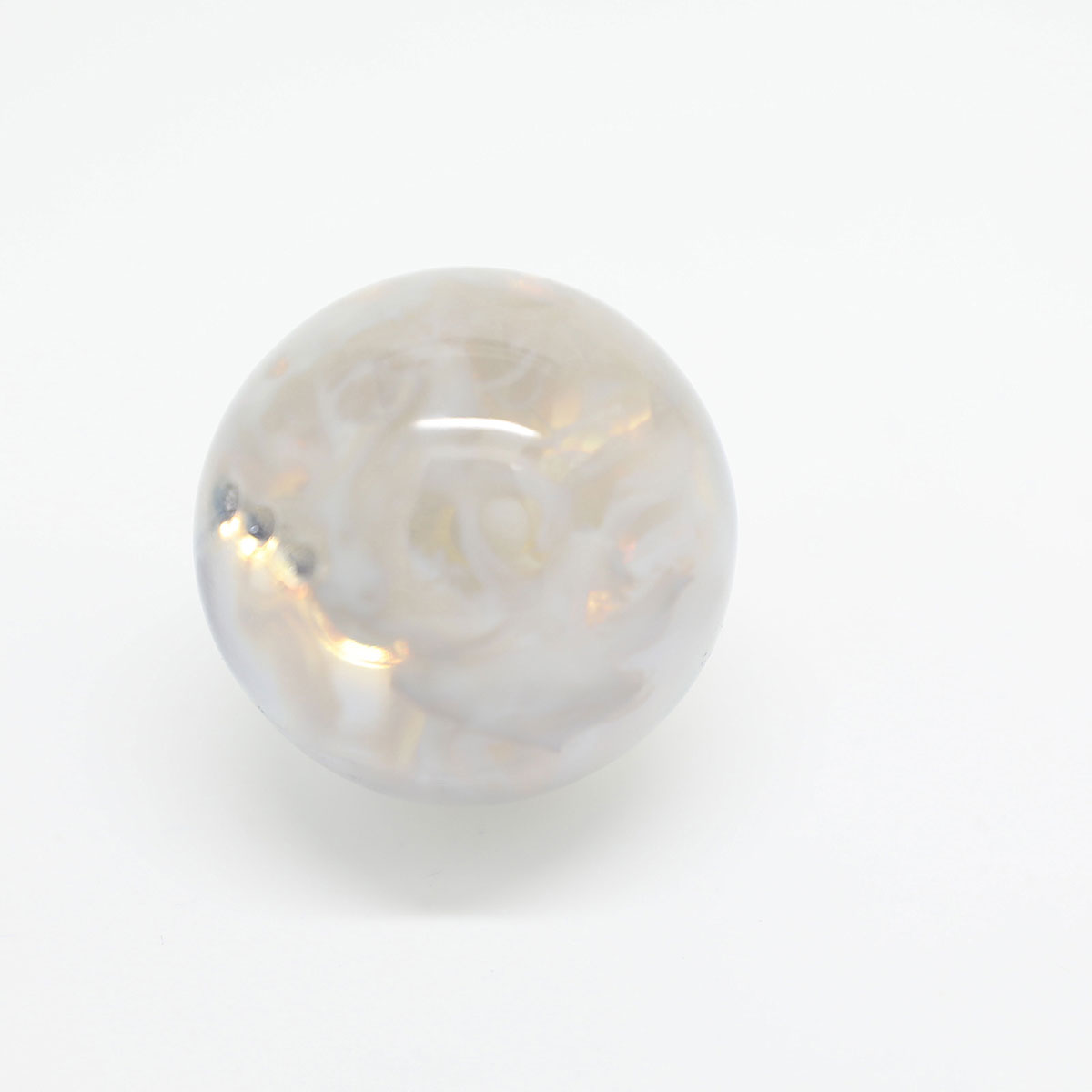
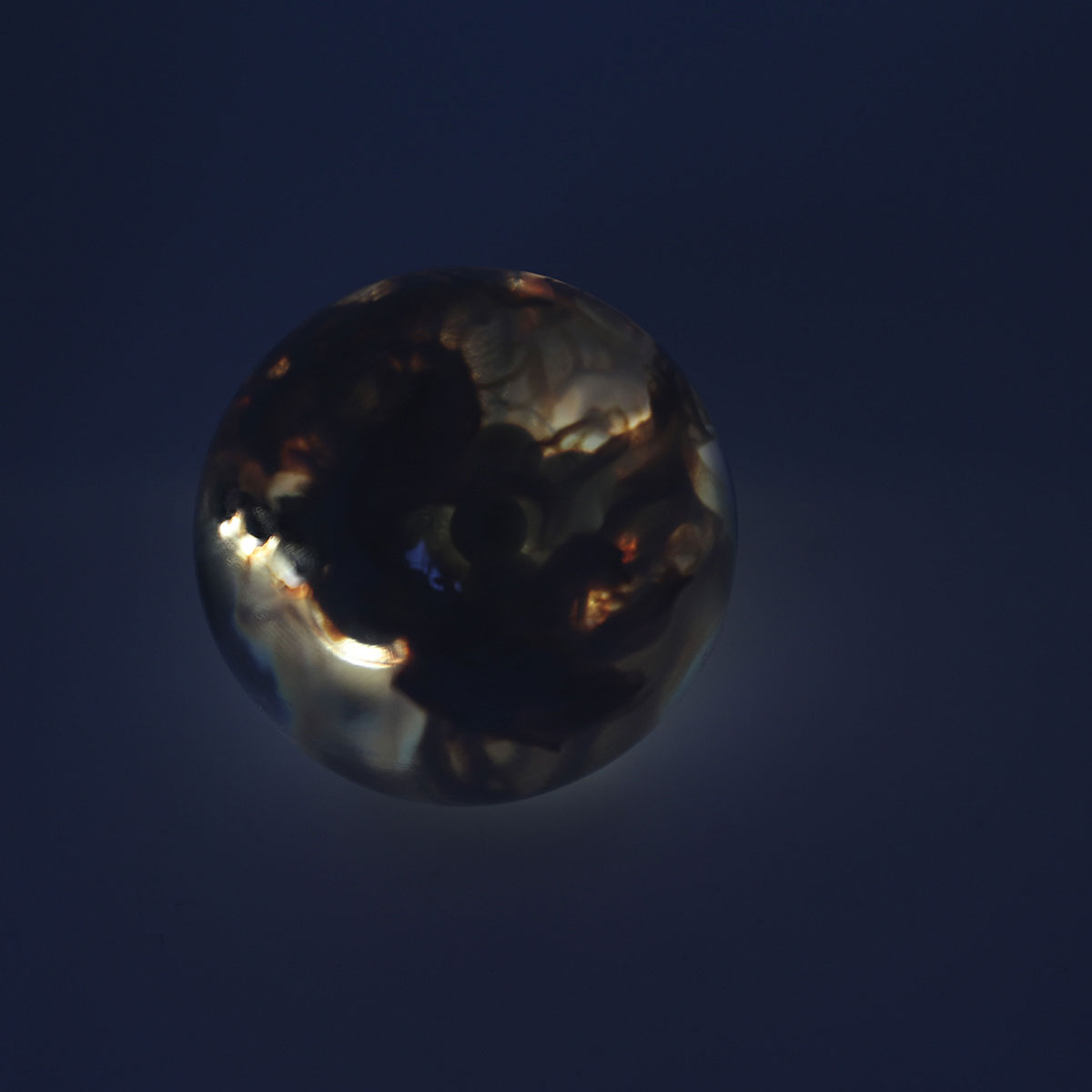

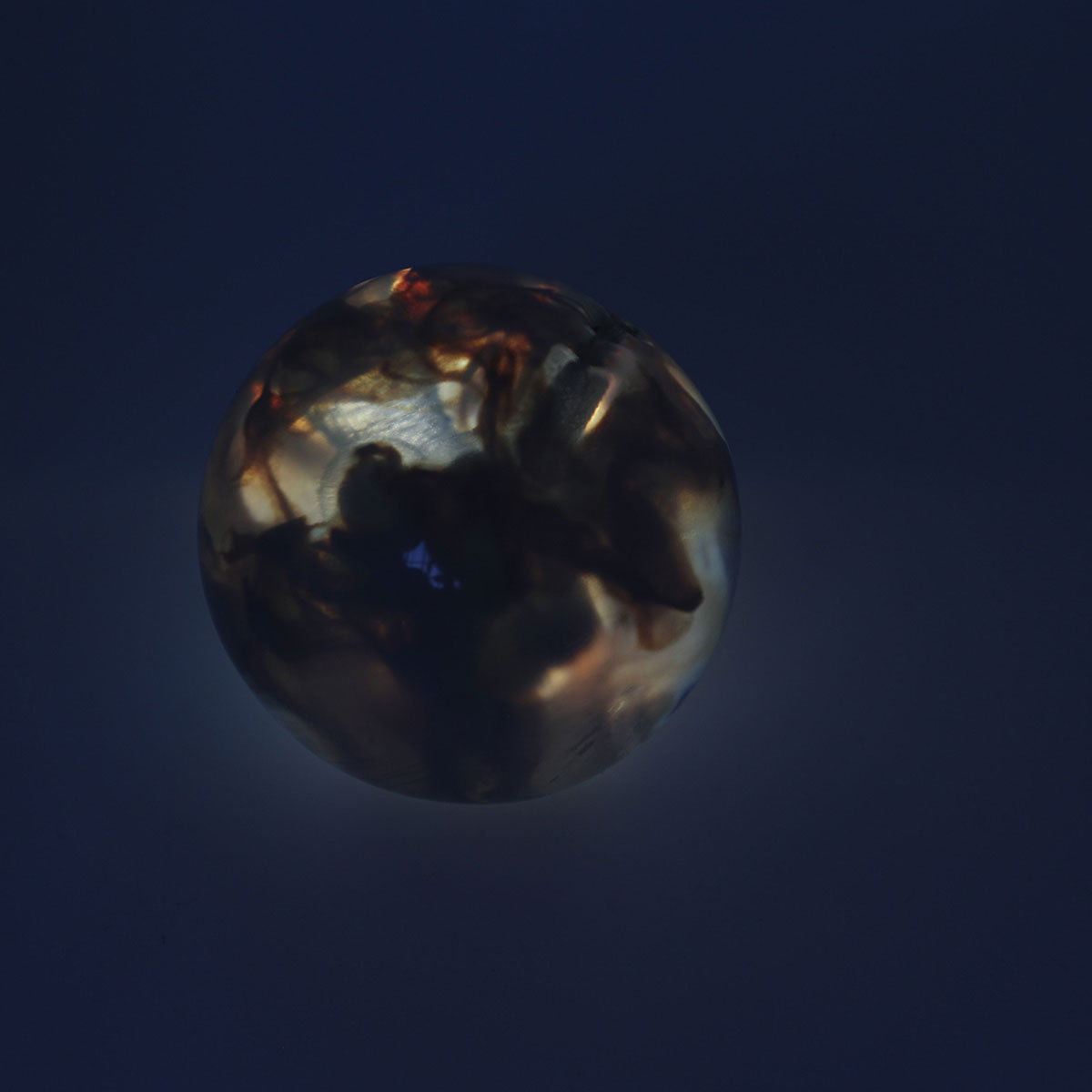

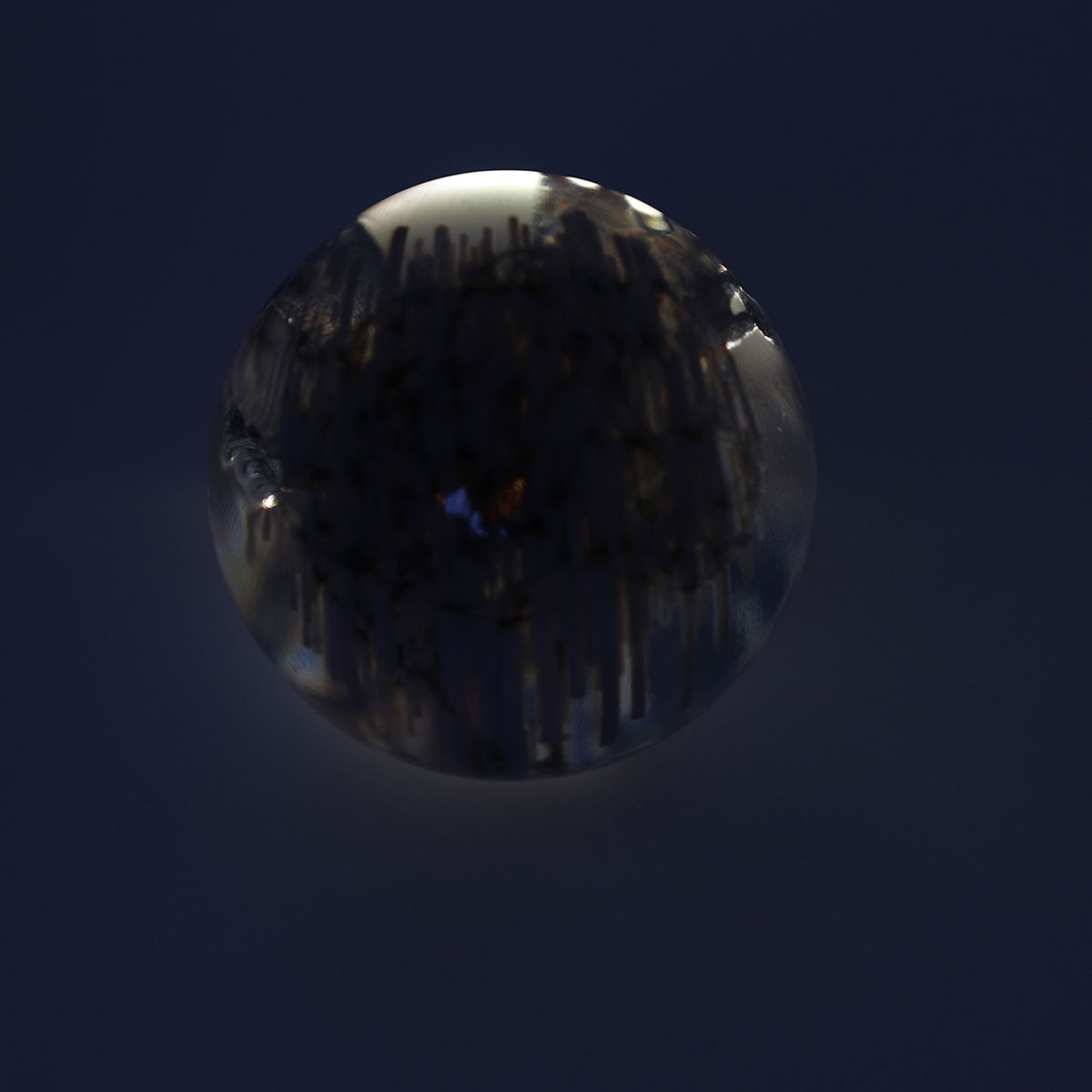
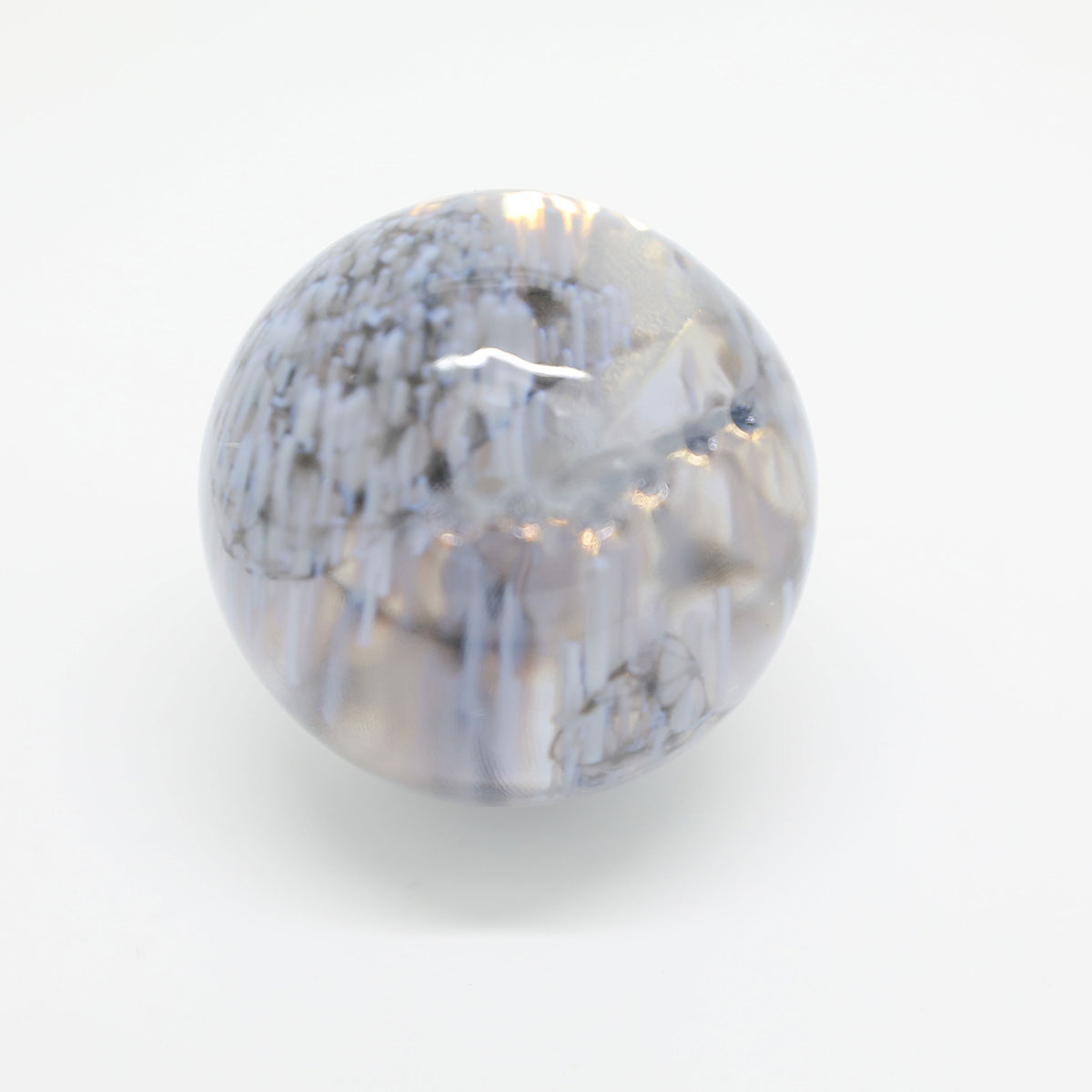
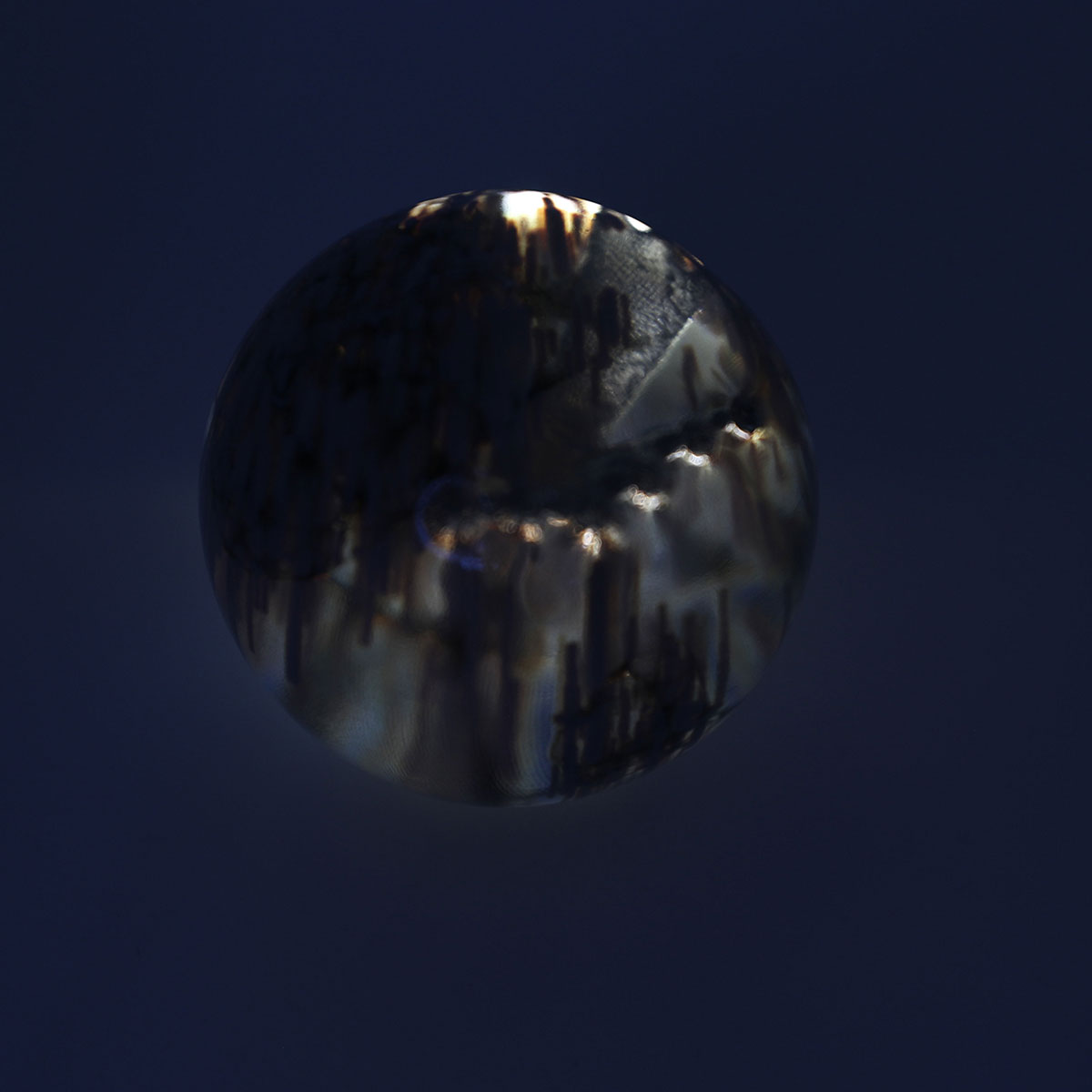

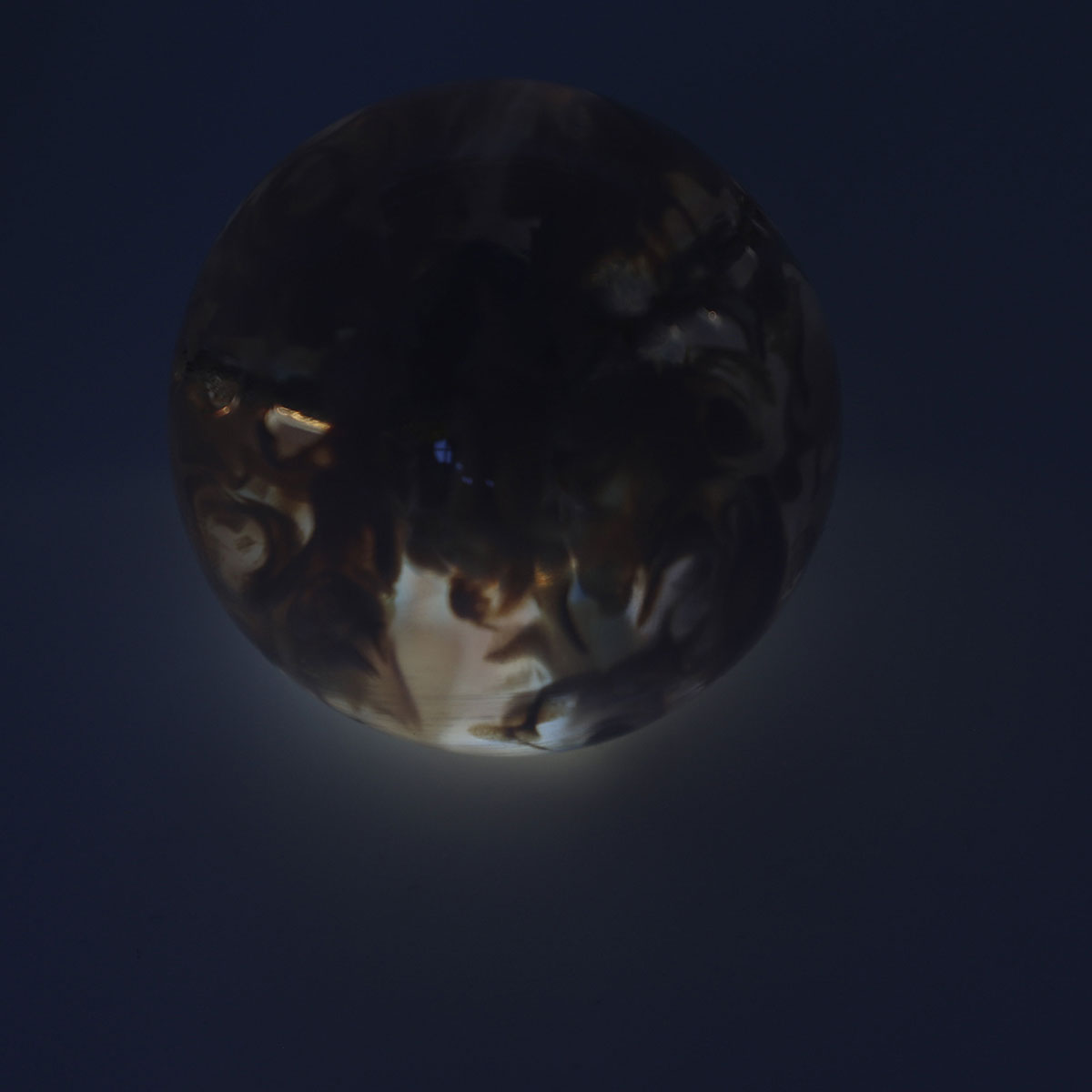

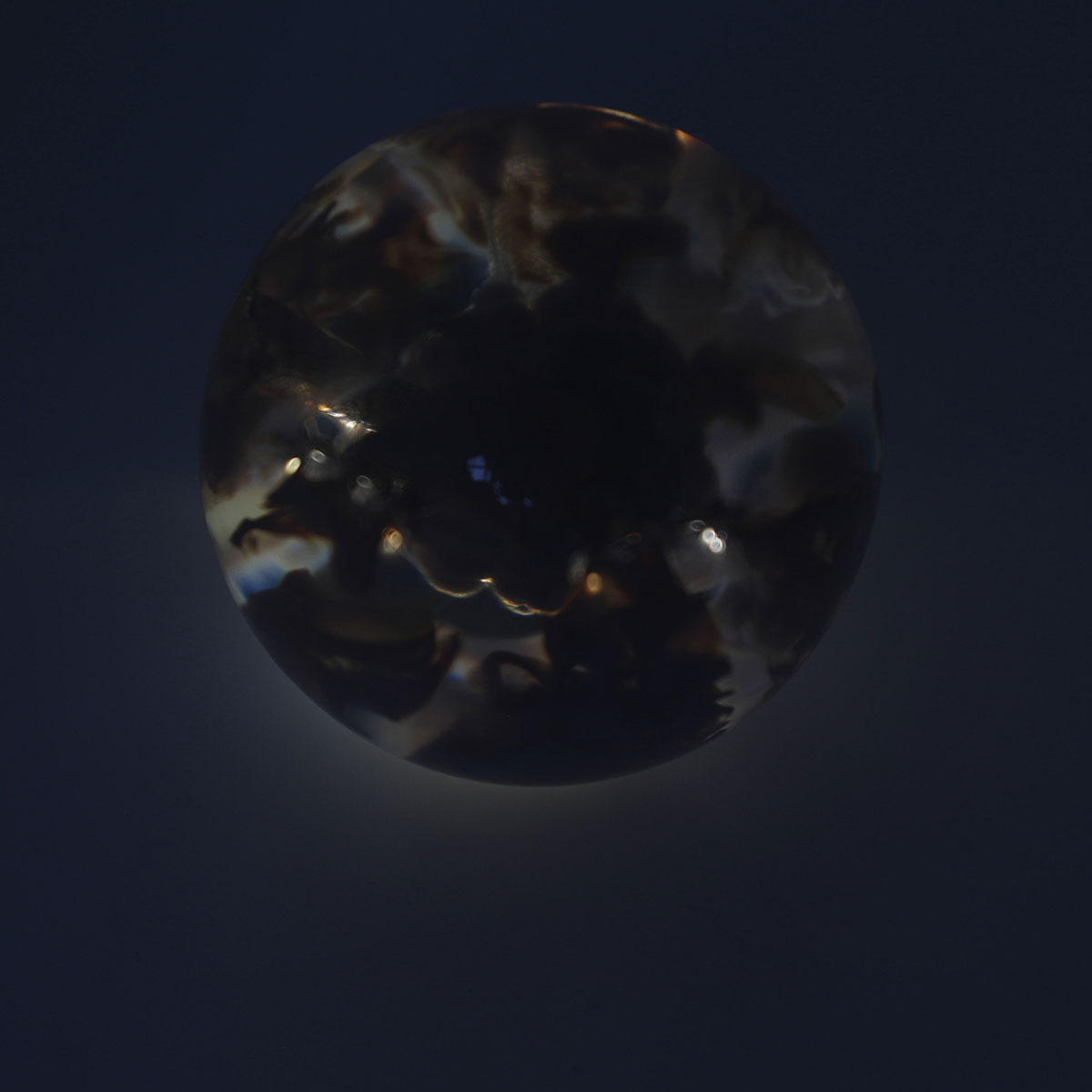
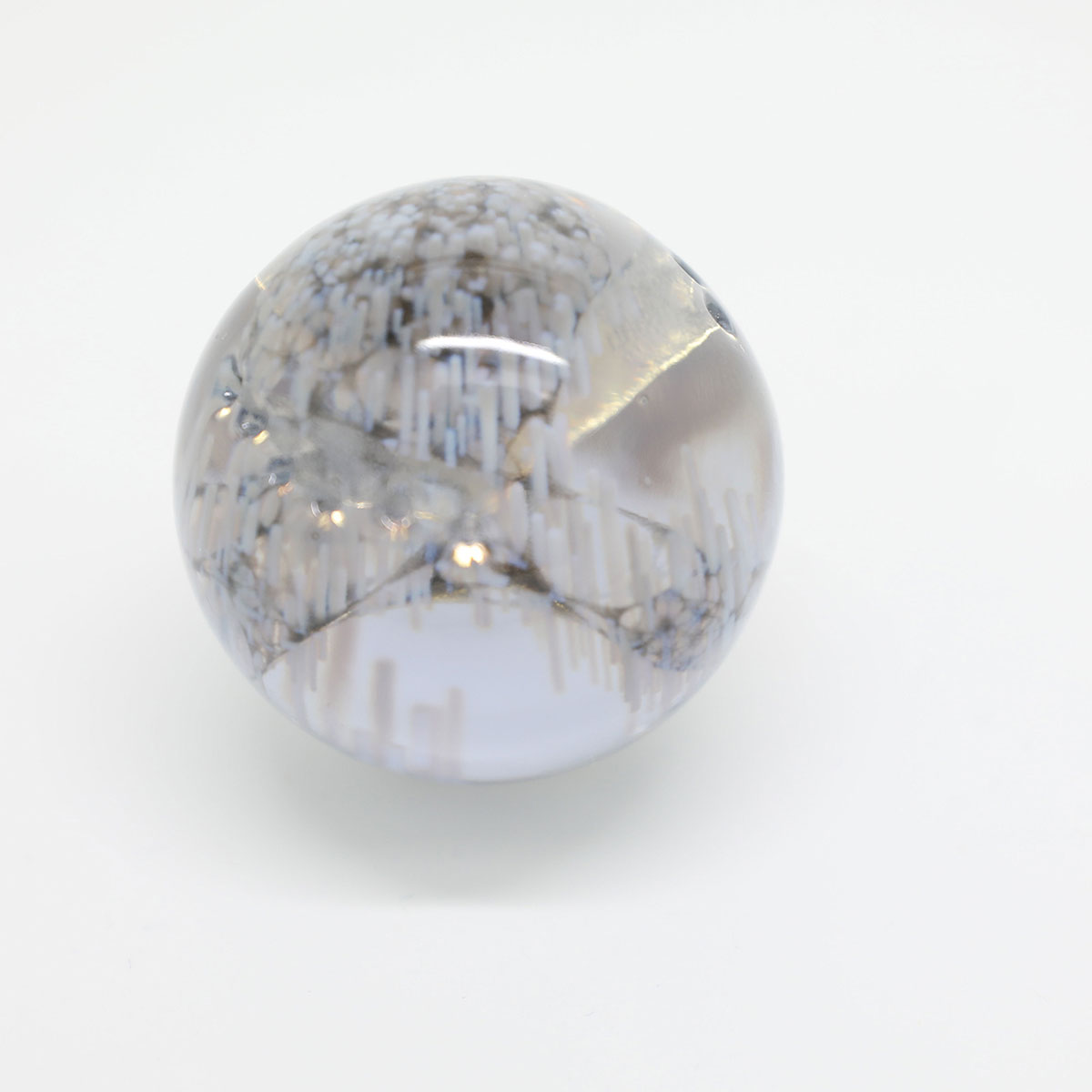

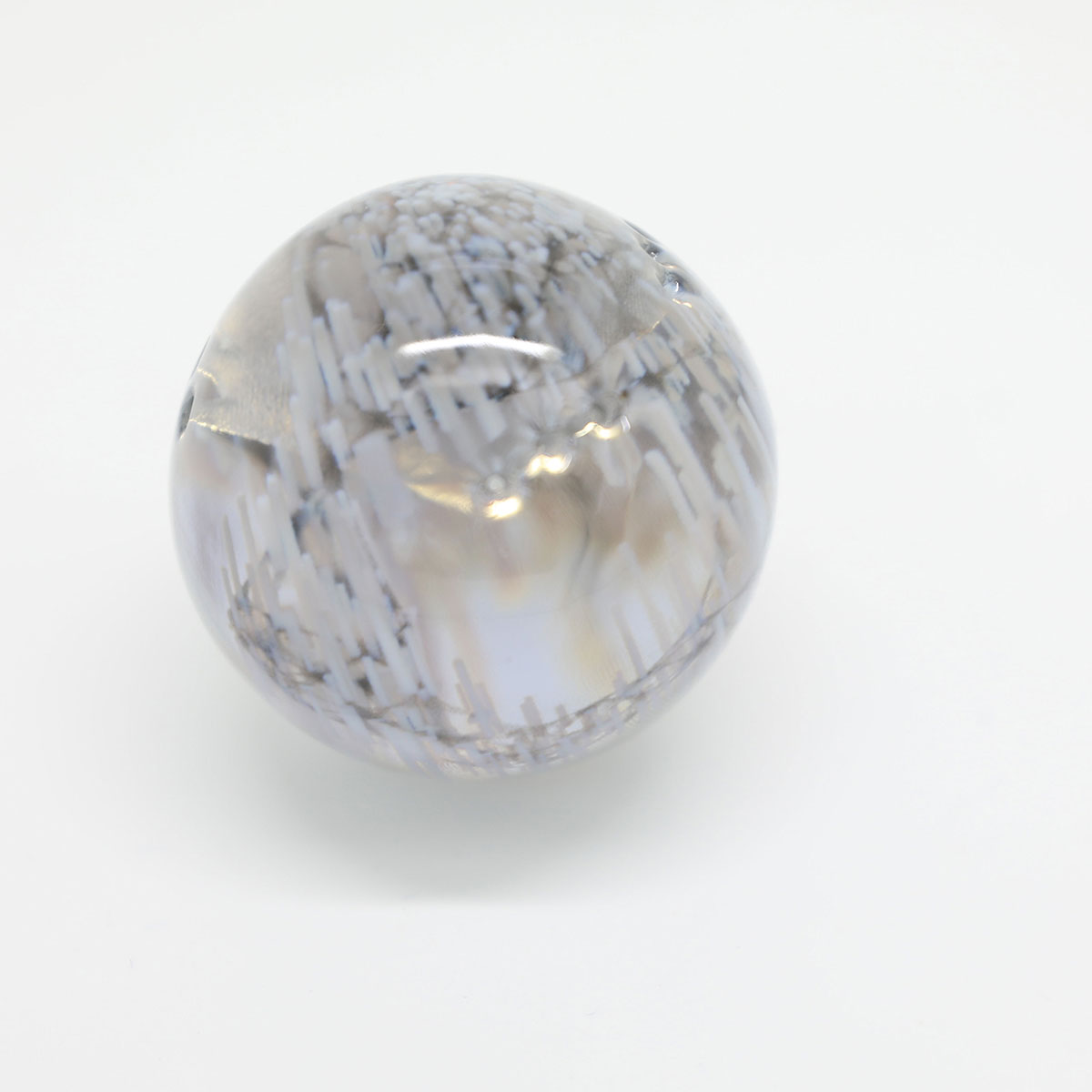
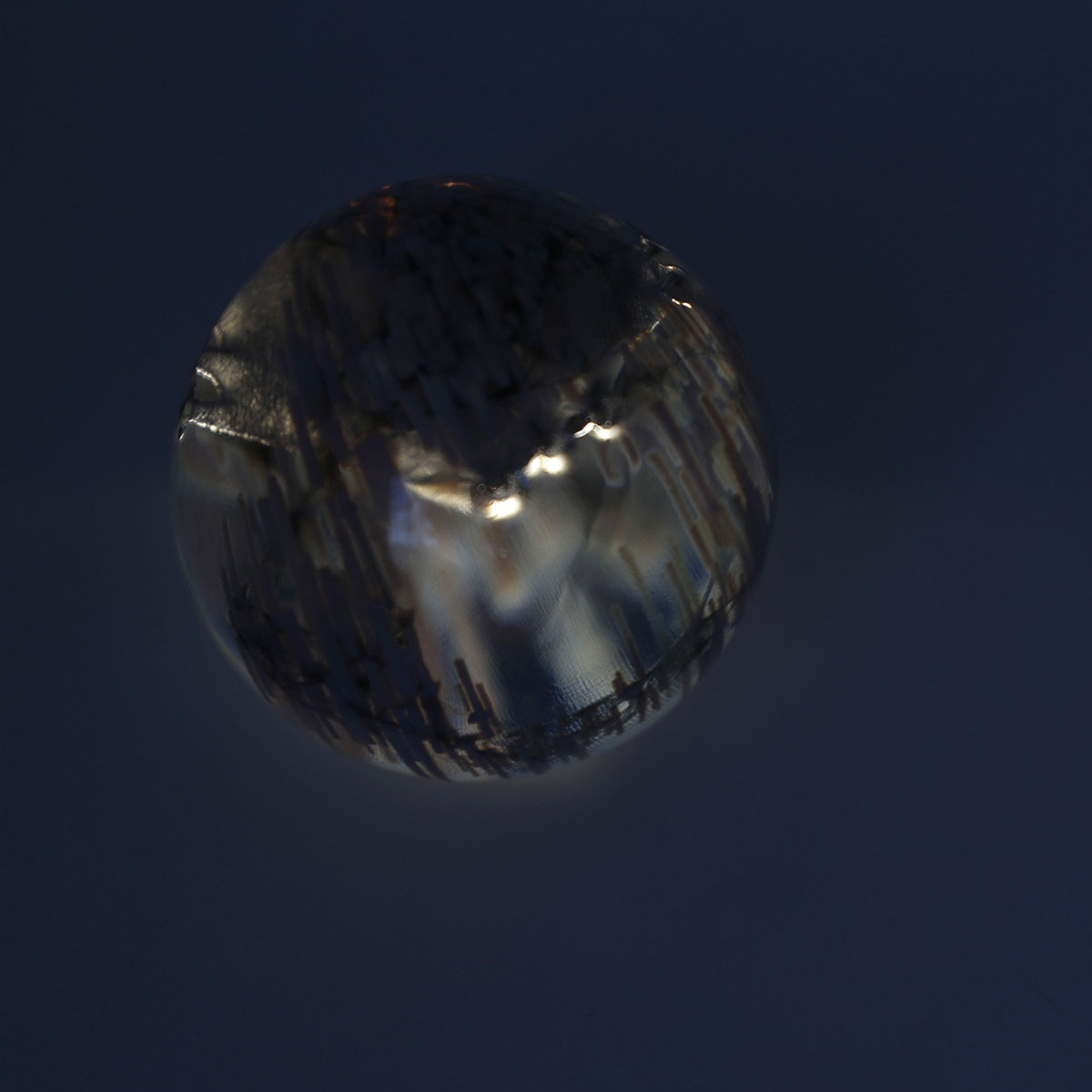
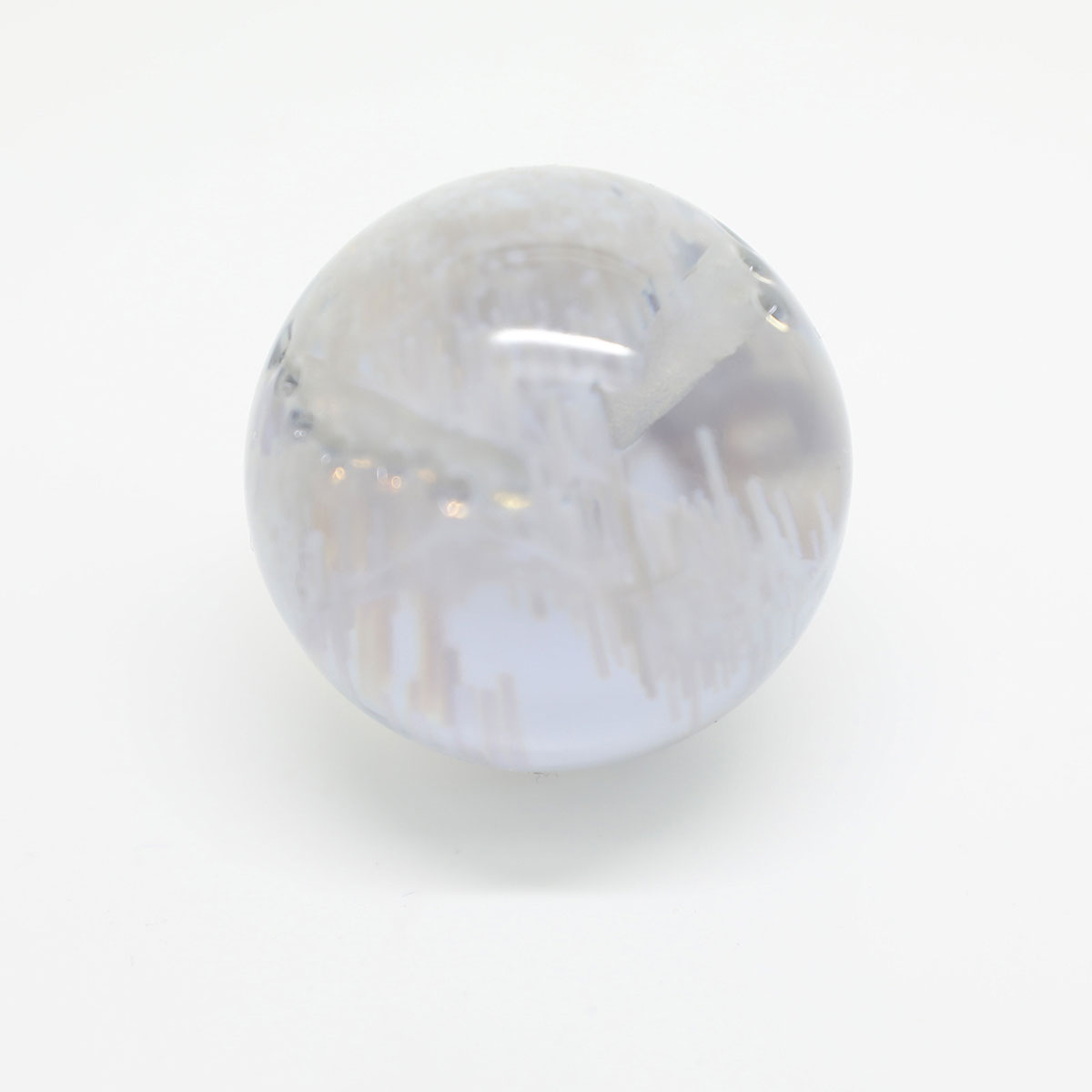
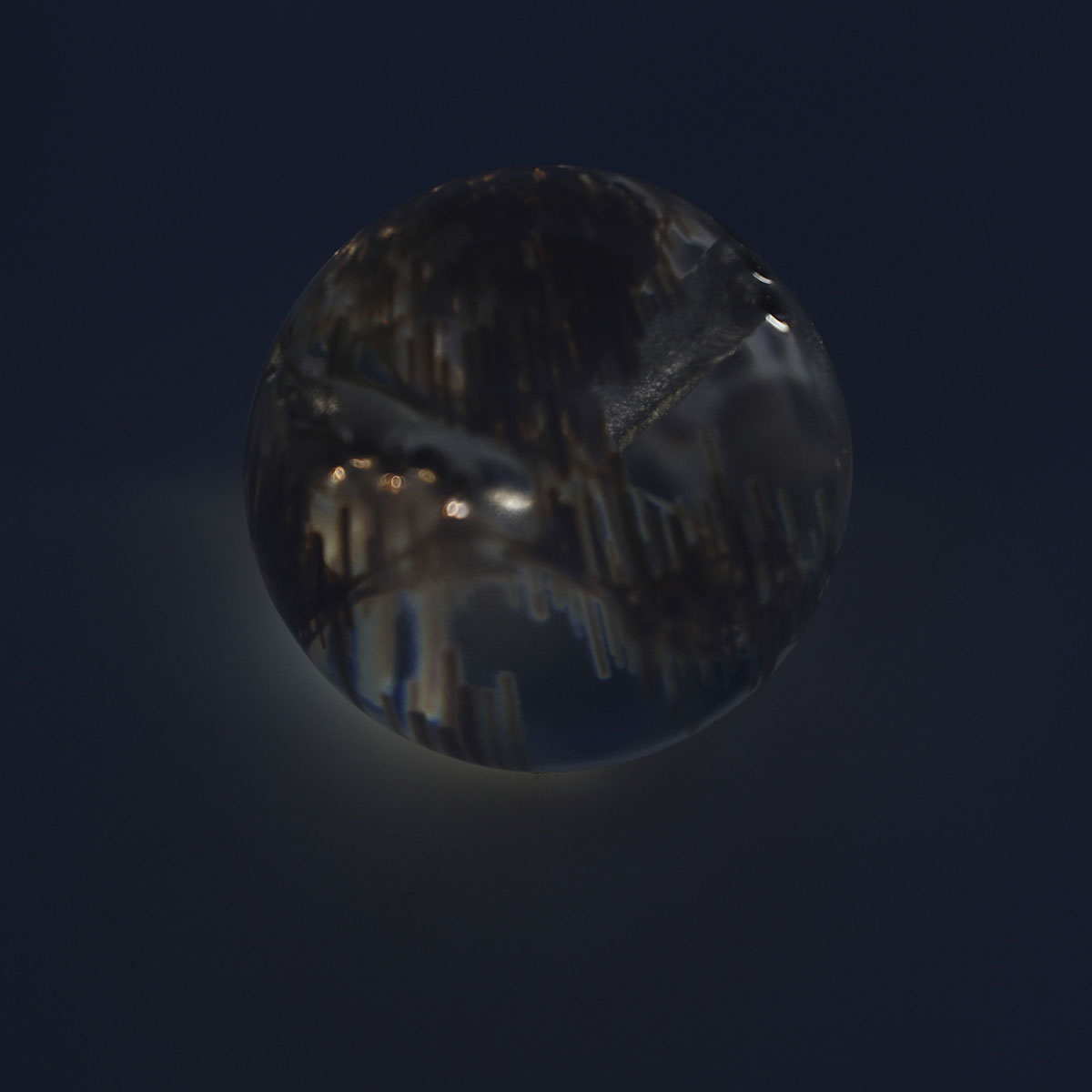
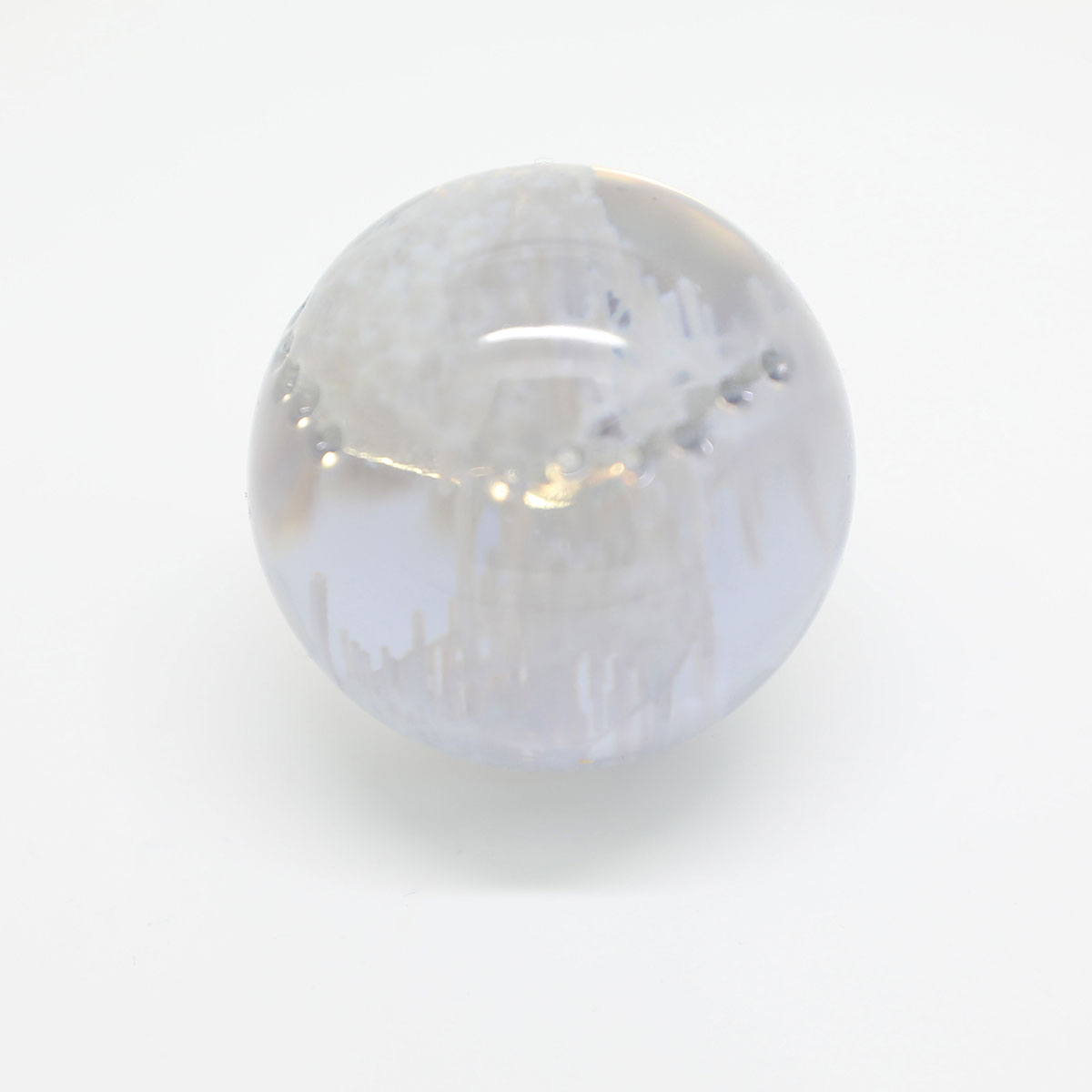
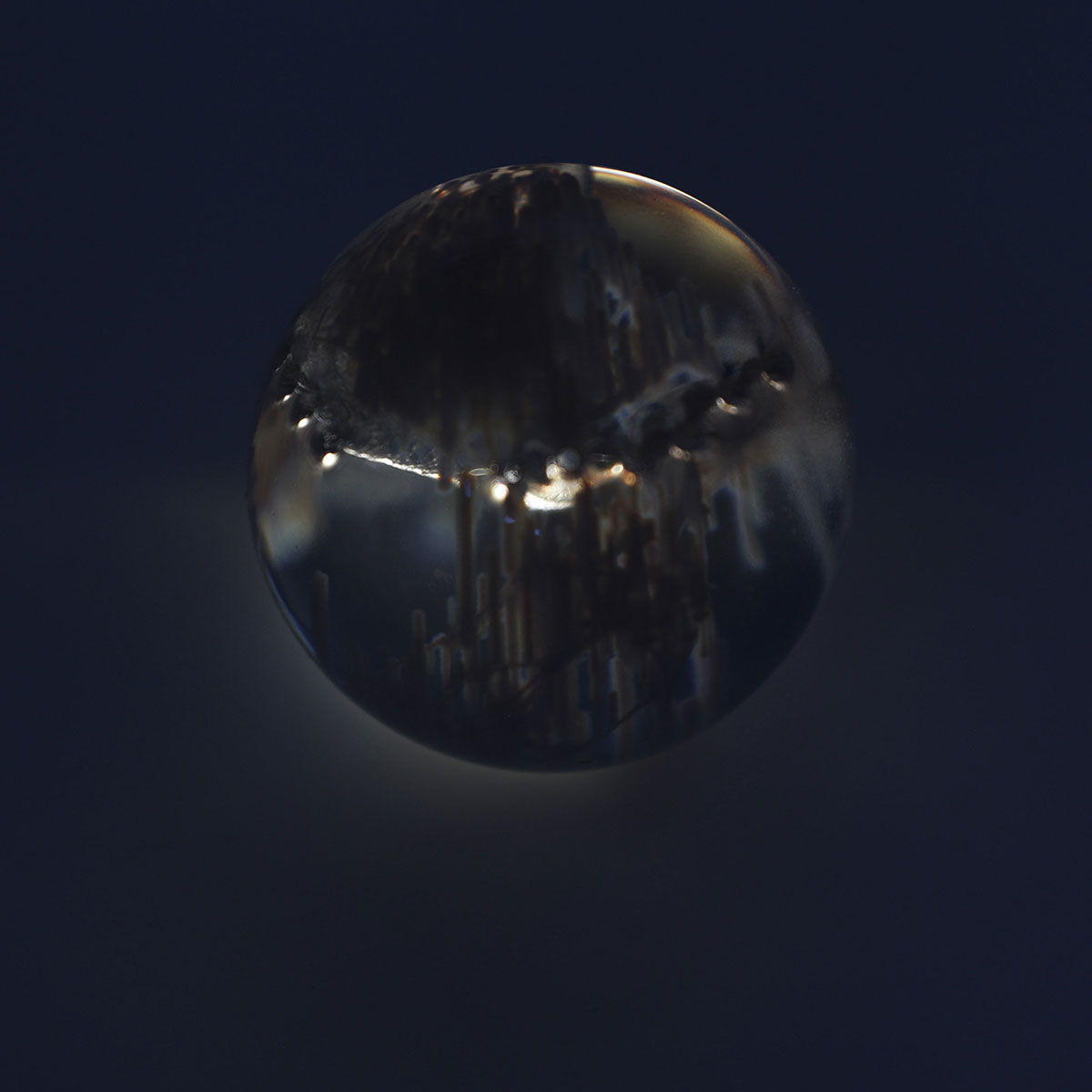

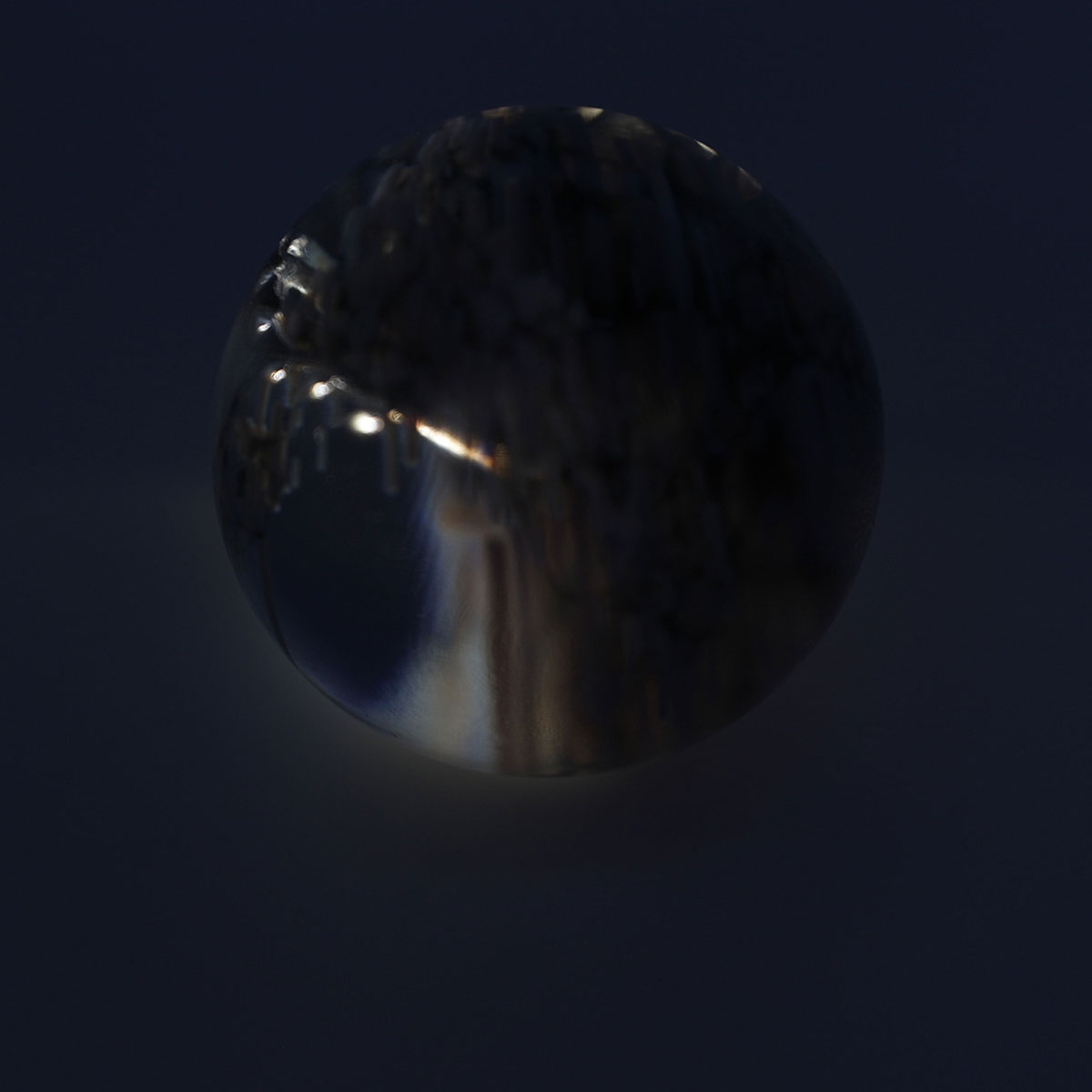
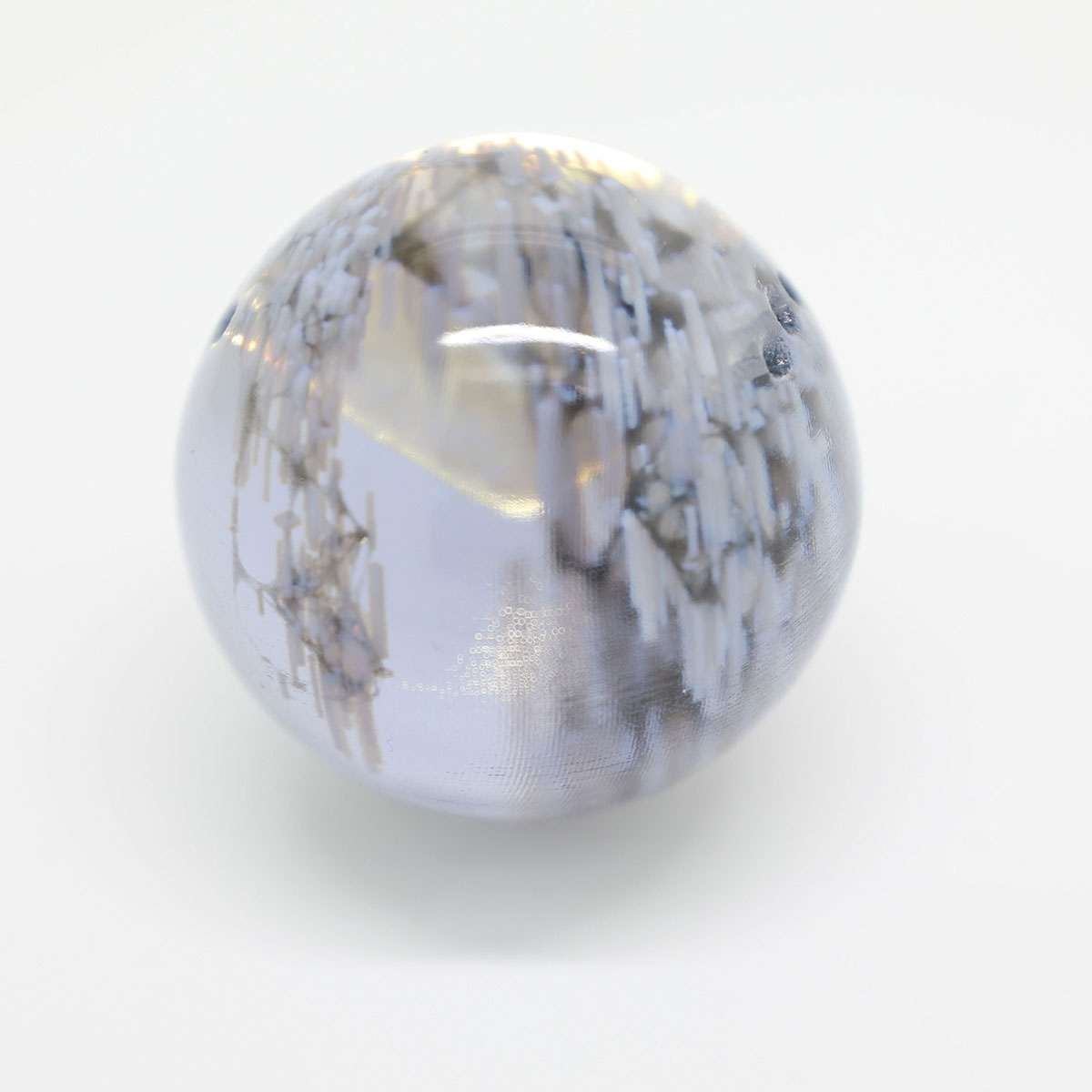

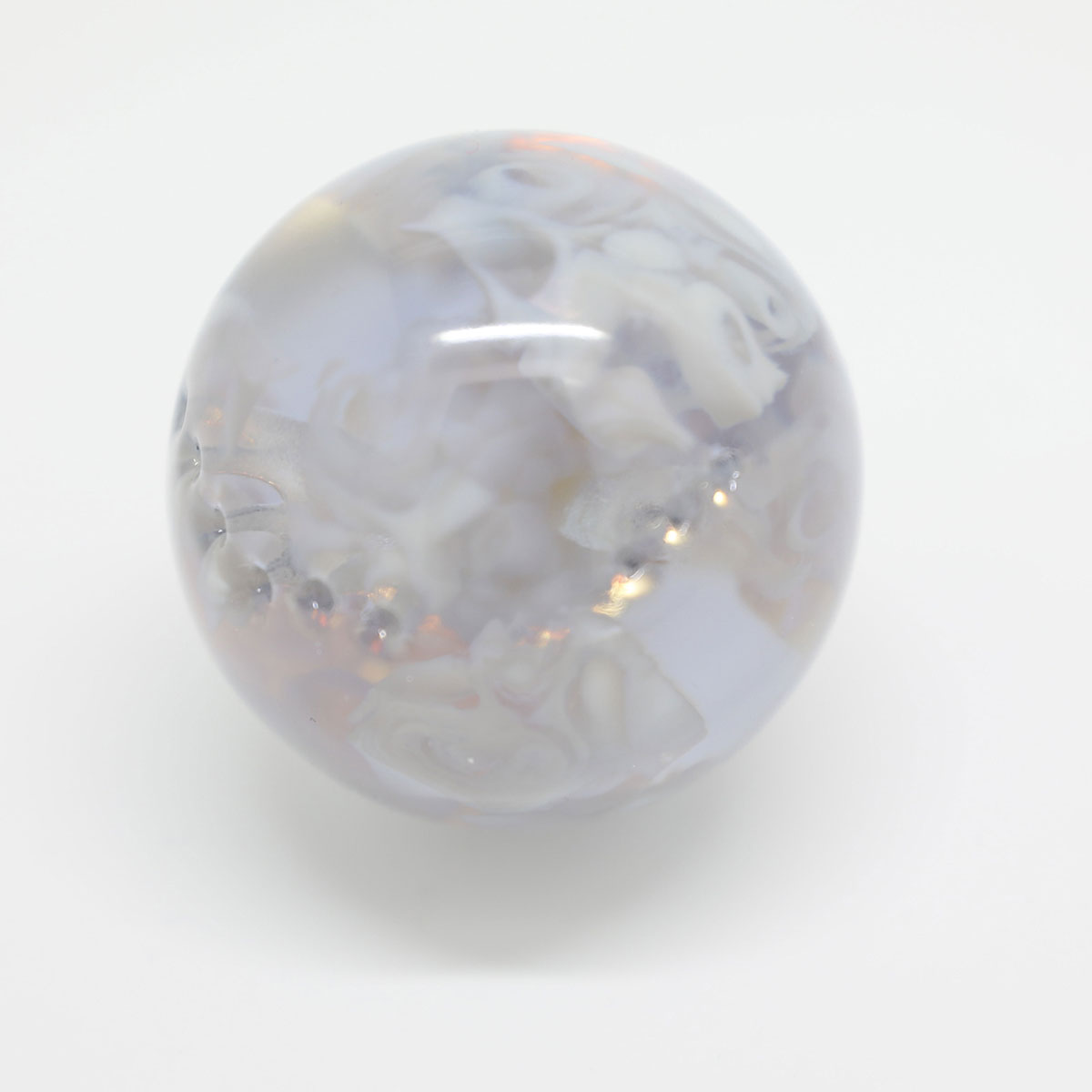
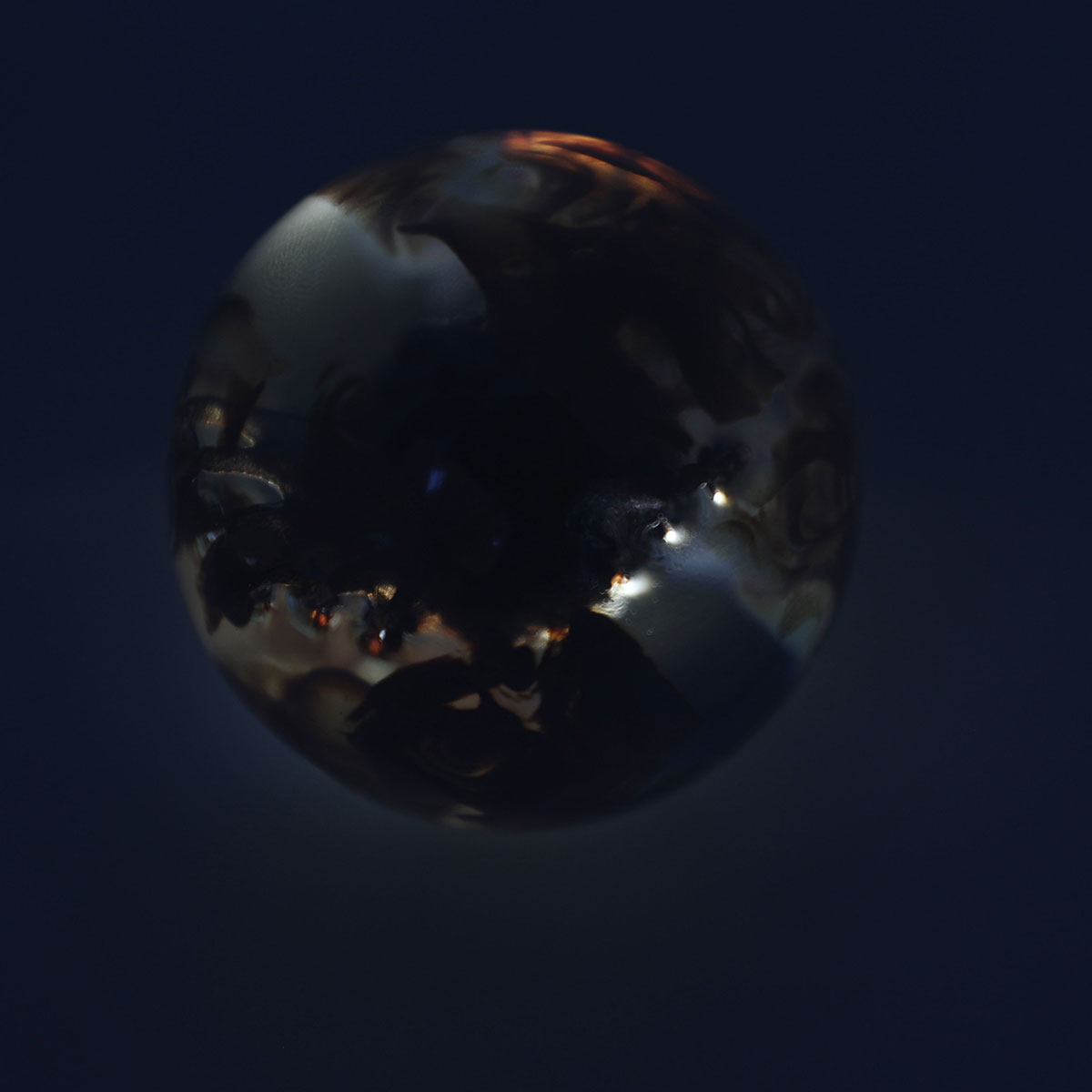
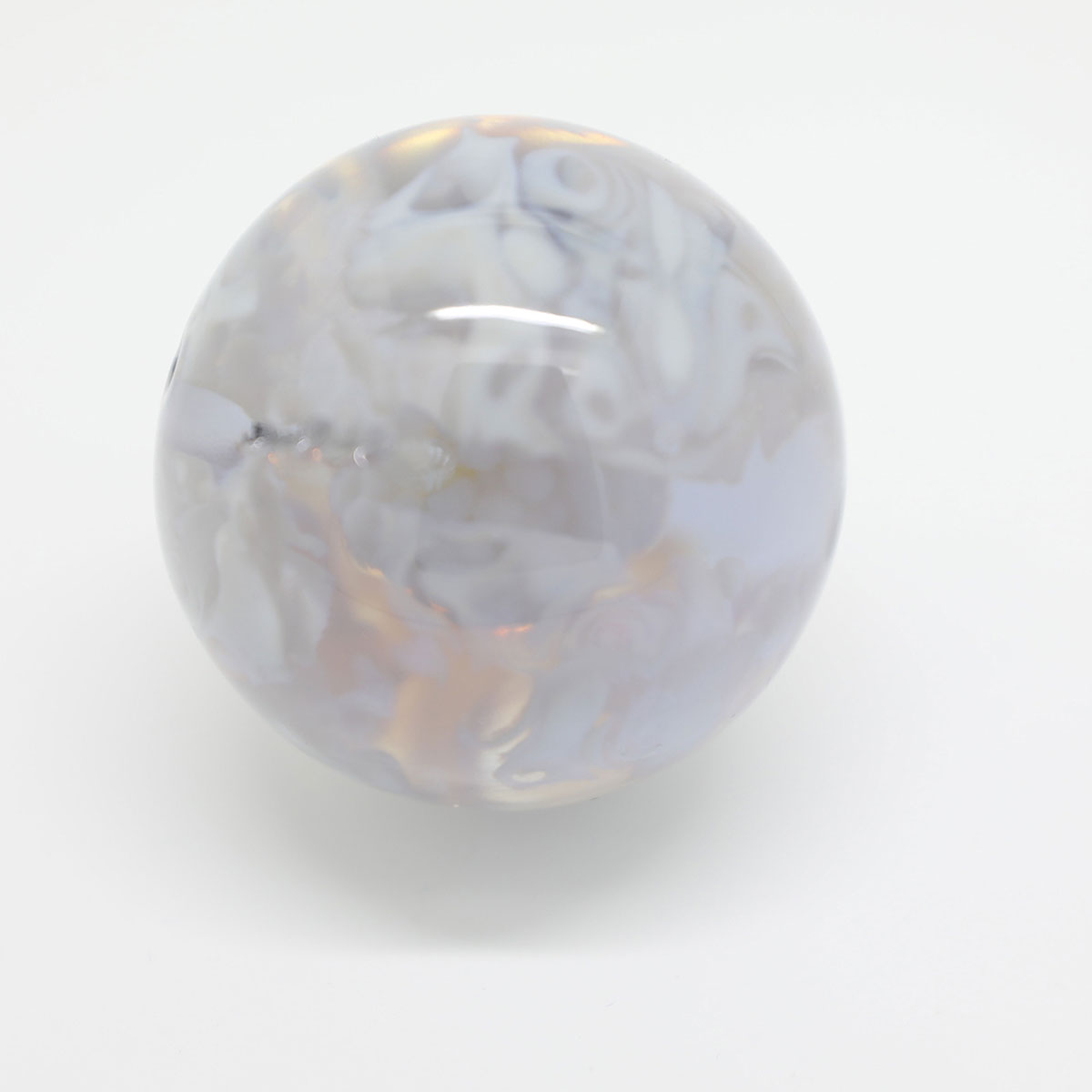



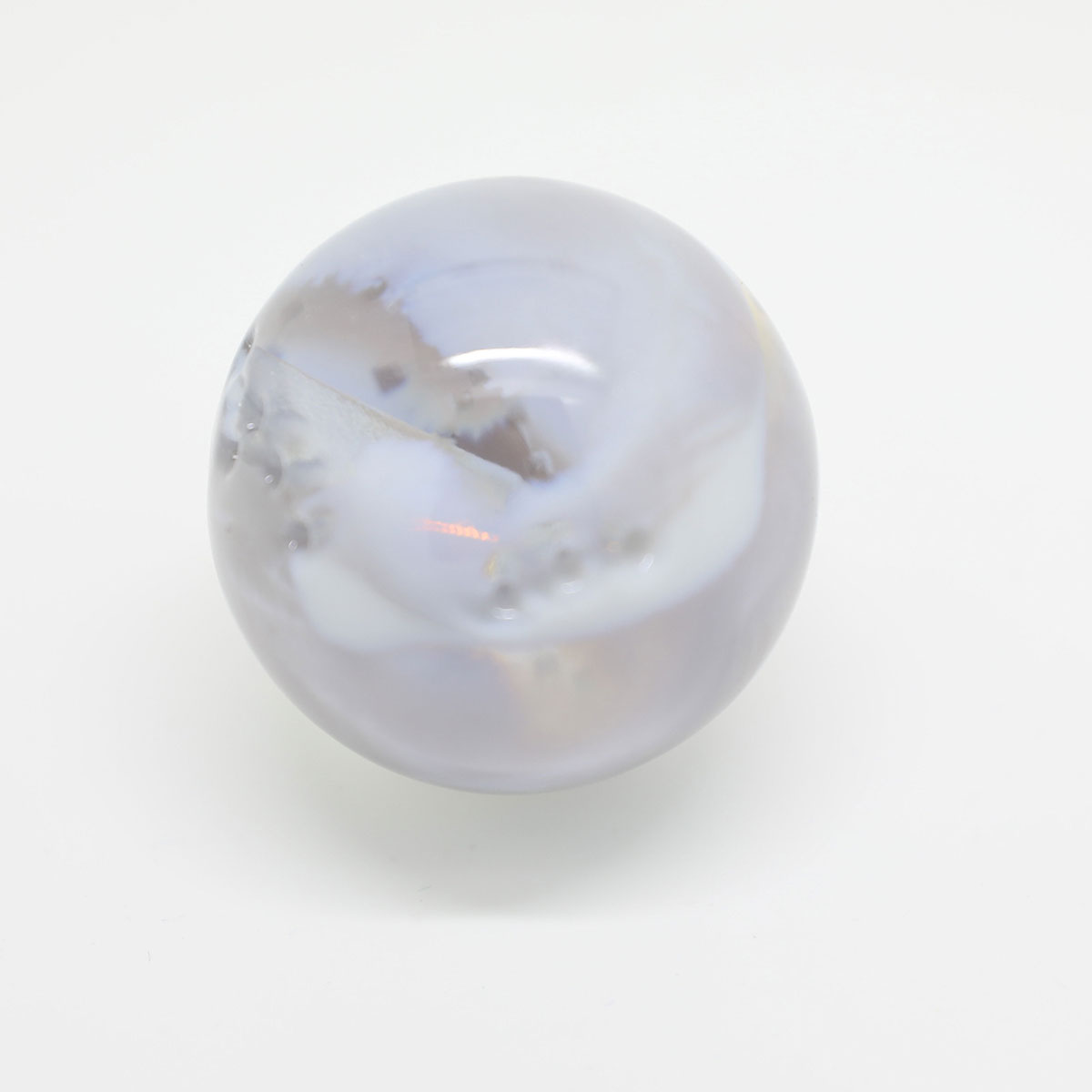
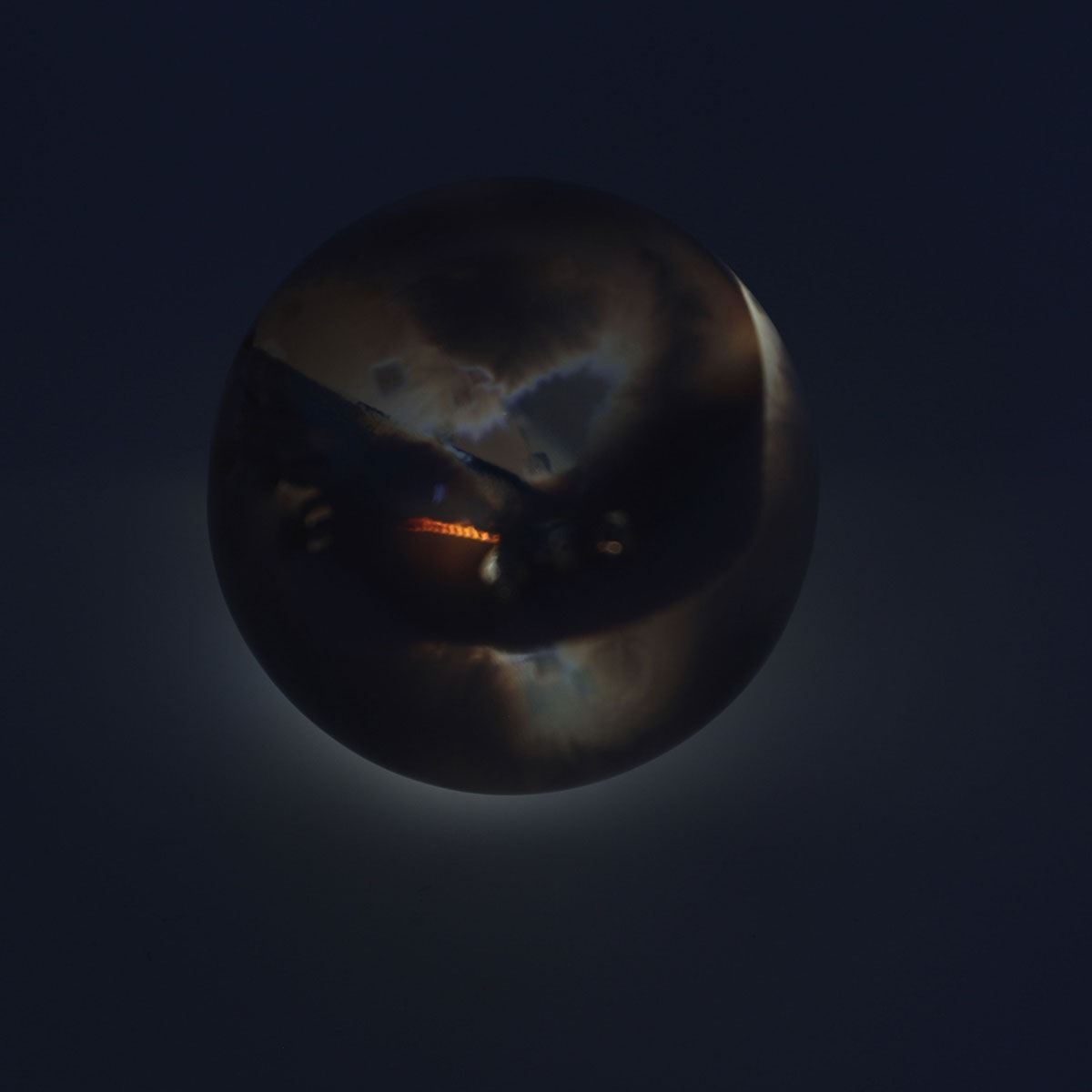
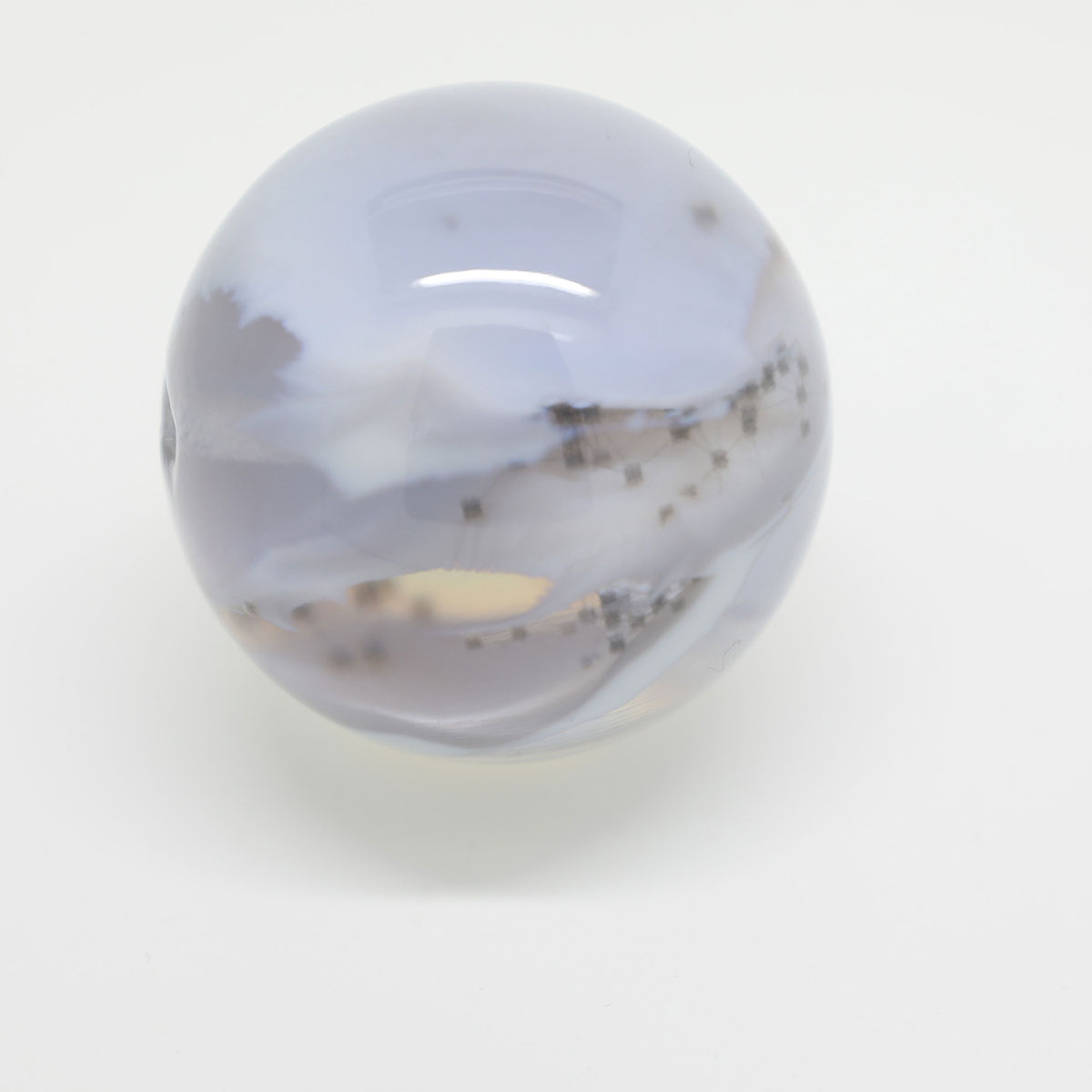


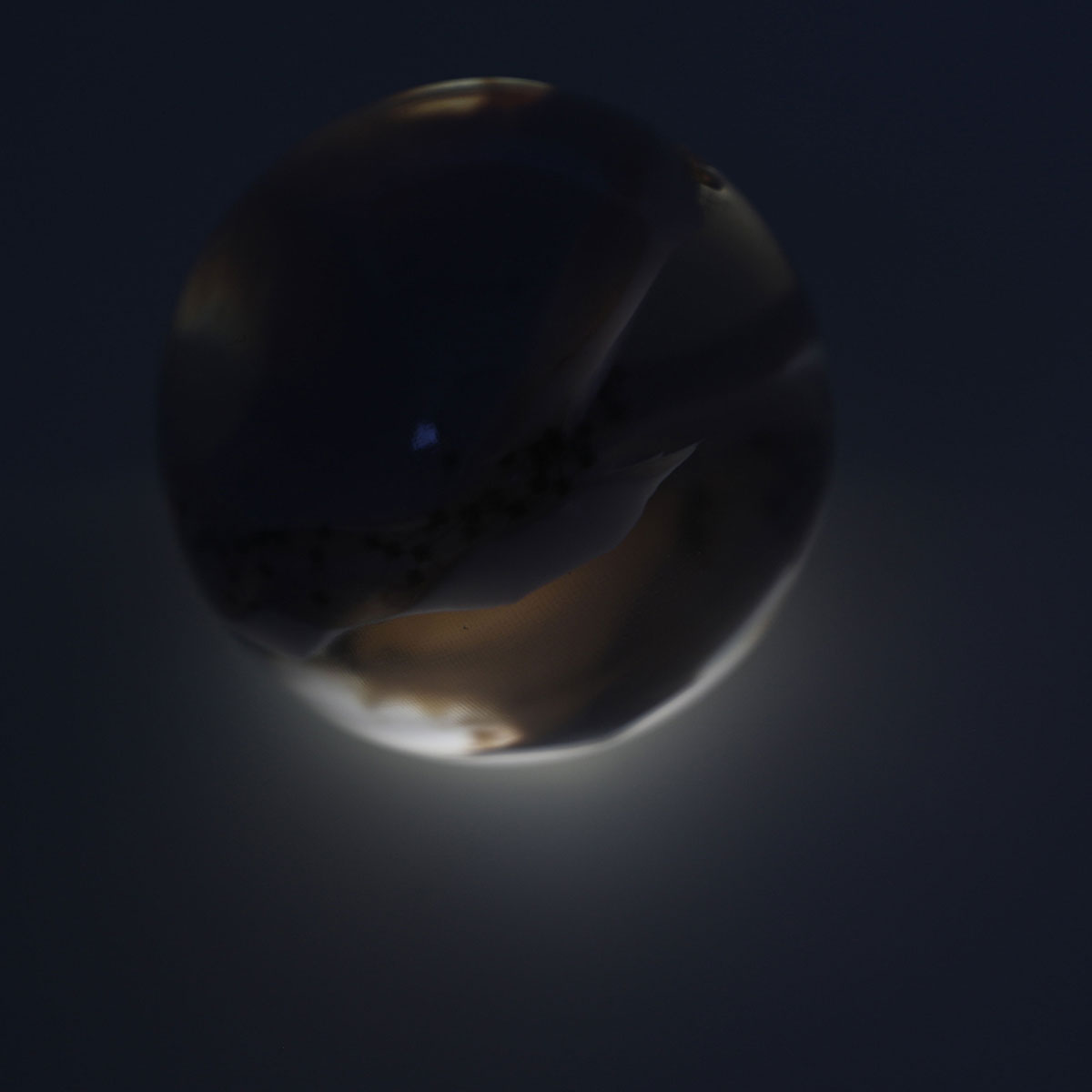
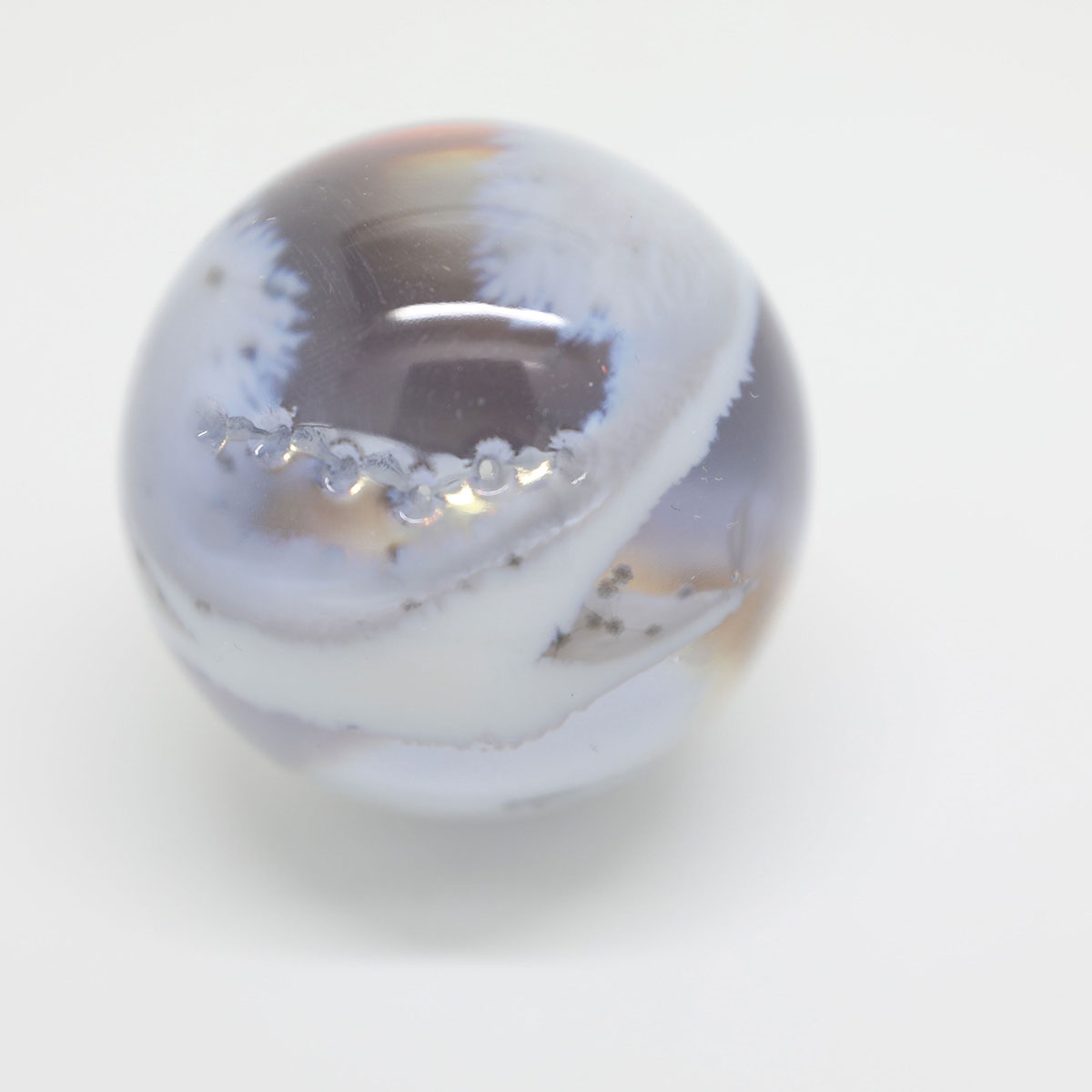
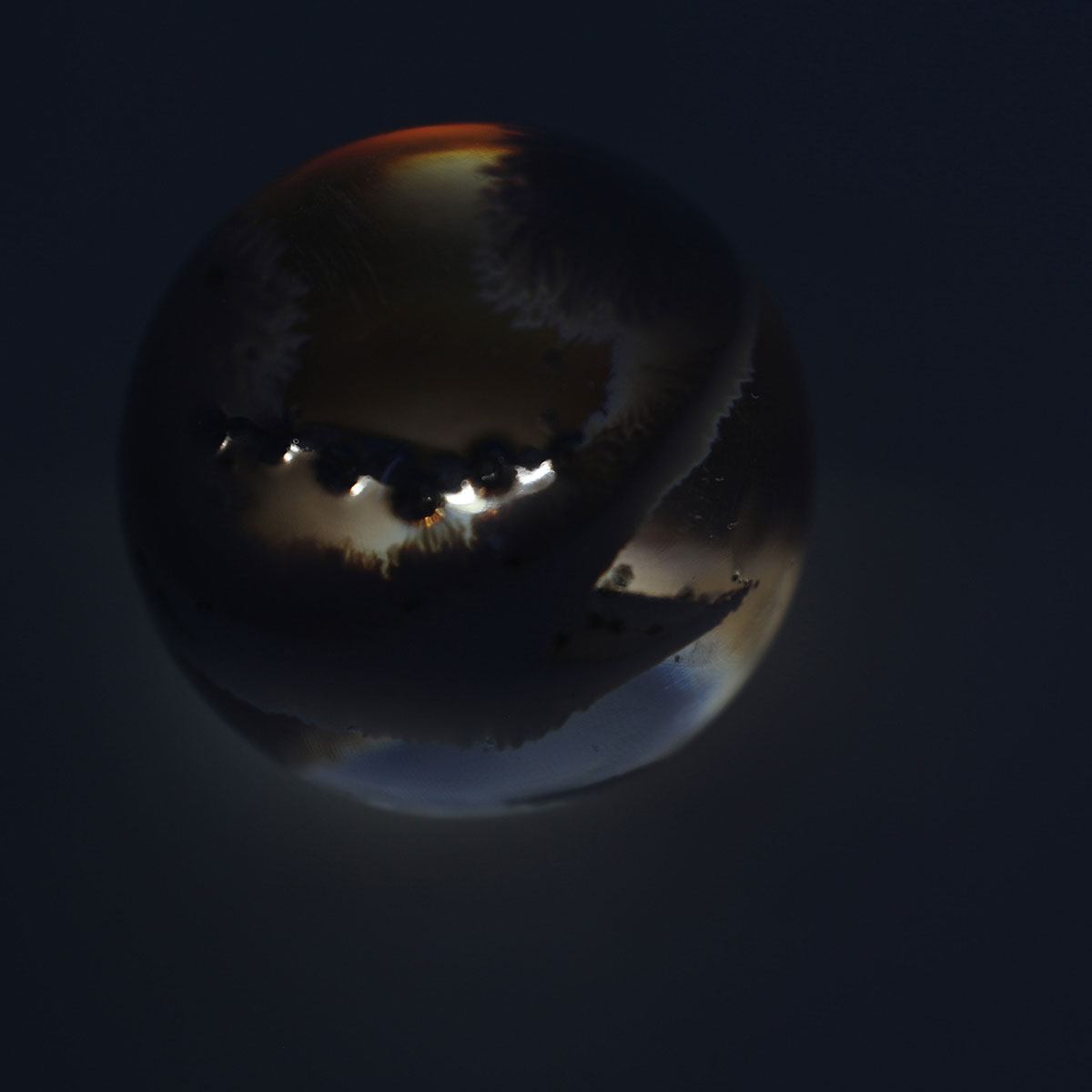
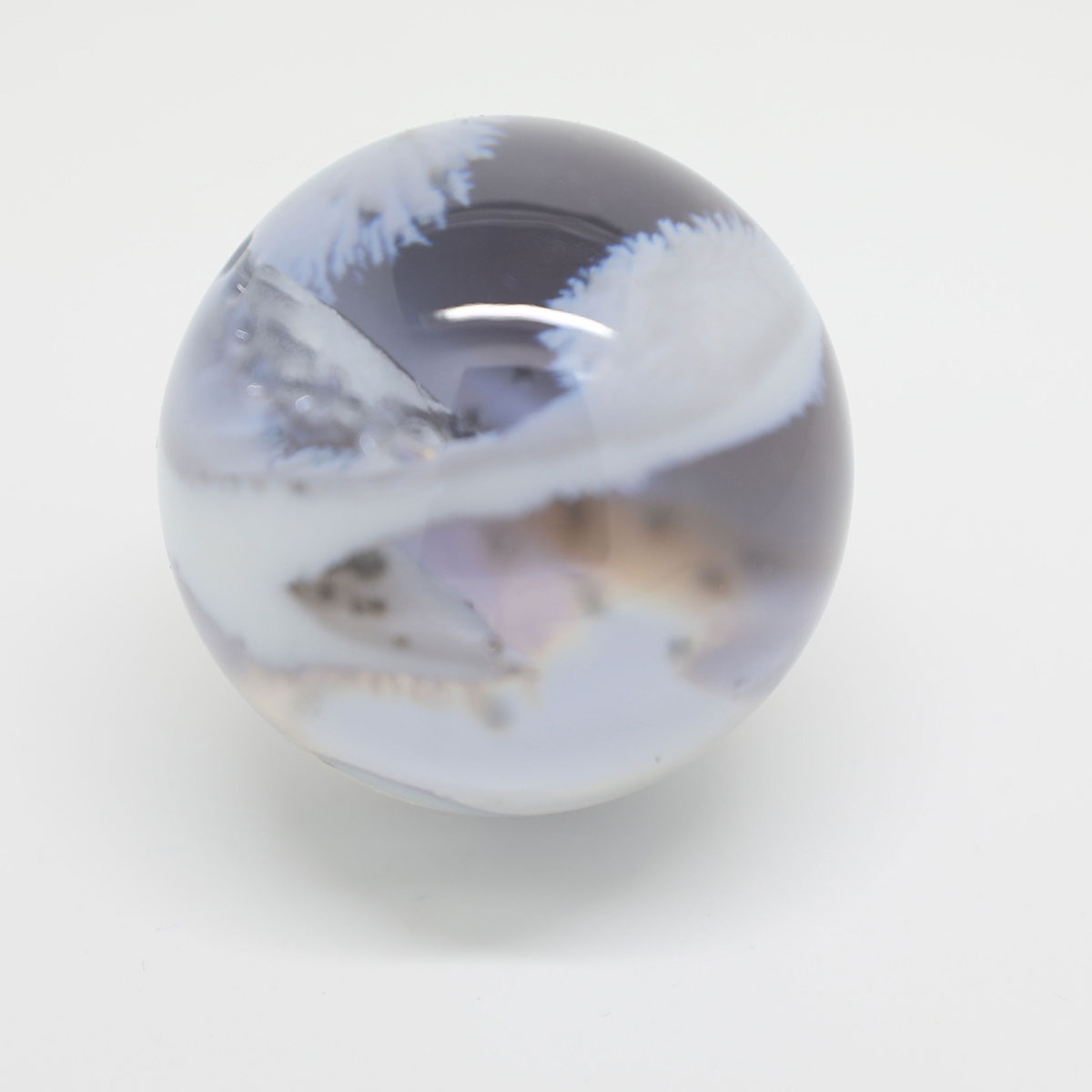

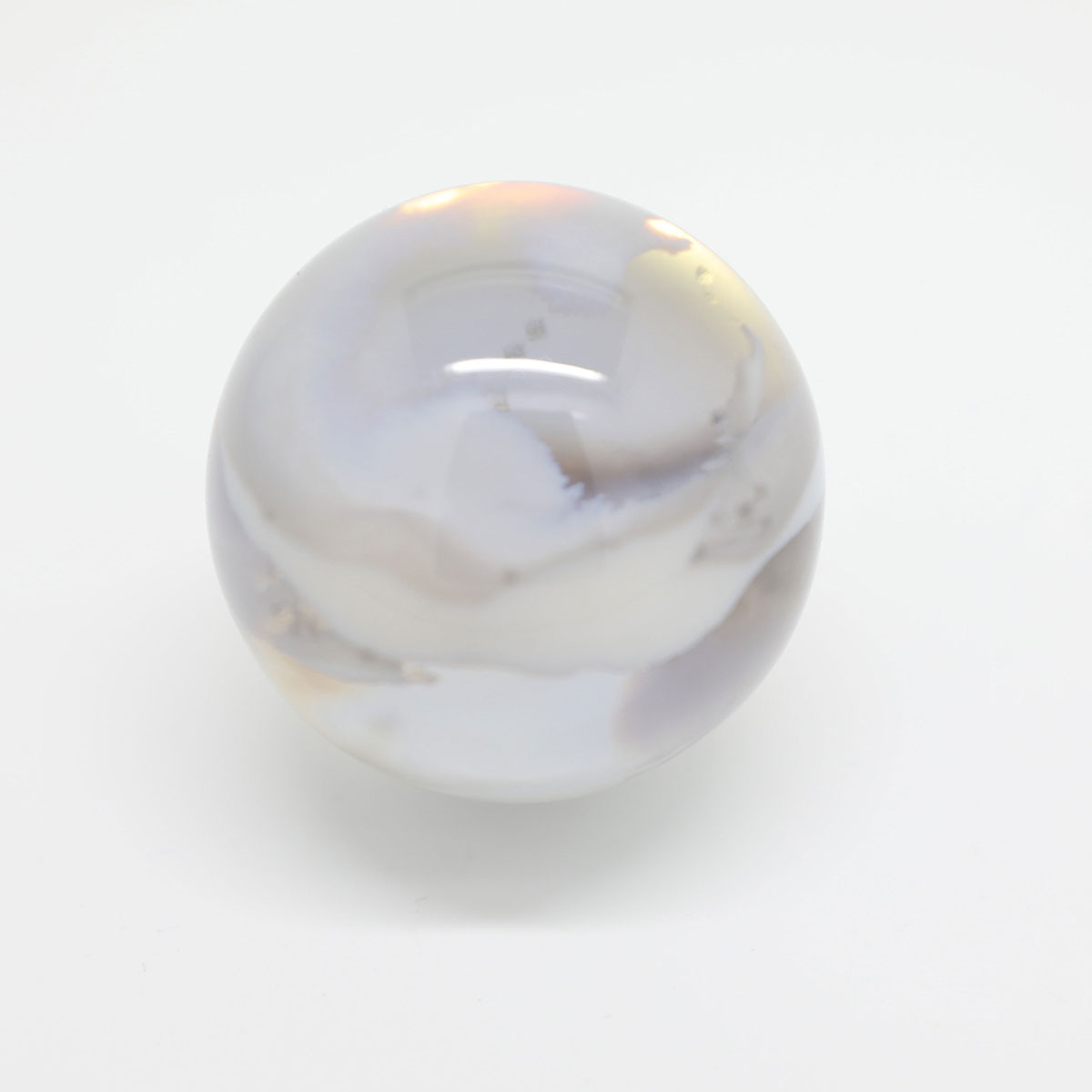
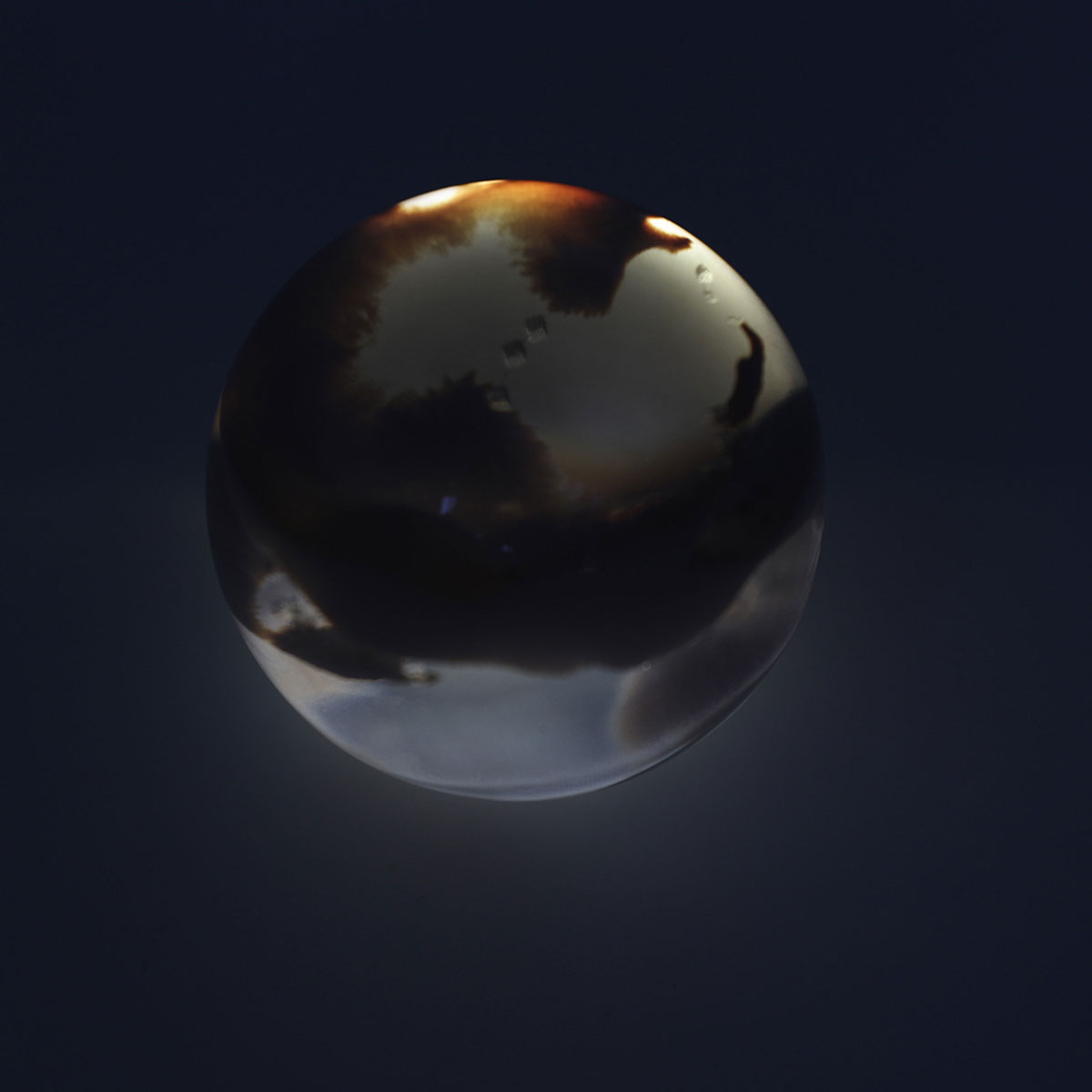
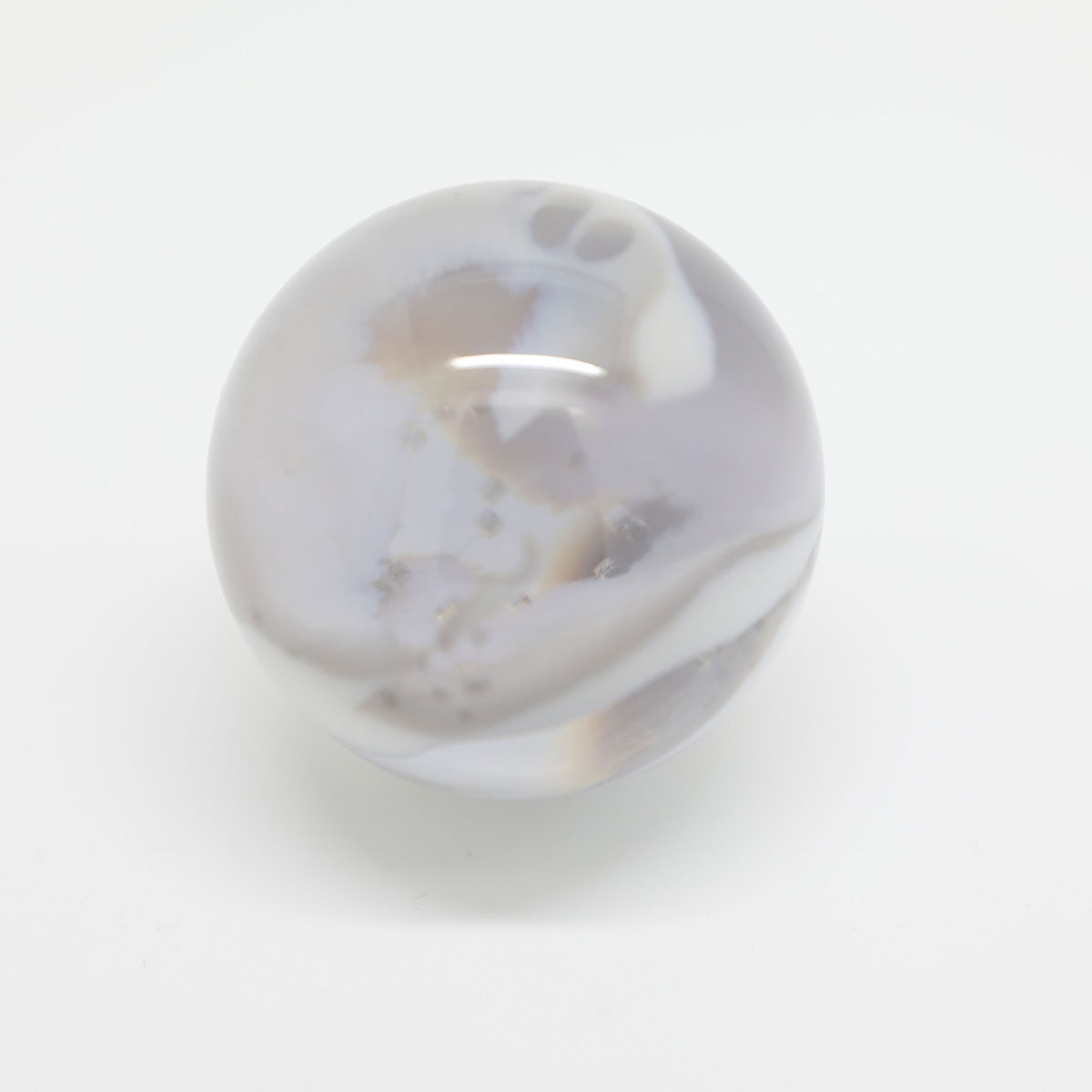

Figure XII: 50 unique 3D printed translucent orbs representing different ecosphere settlements shown with light difusing properties.
+
Edo's Eden
Tokyo 2020-2200
Tokyo’s temperatures have increased five times as fast as global warming with almost fourteen million in population. As sea levels rise, the influx of water displaces buildings and urban infrastructure, and the artificial infill that allowed the City’s population to grow and expand into the bay is reclaimed by Nature. As Tokyo returns to its primordial state of Satoyama, where historic canals and rivers reemerge and the City embraces the forest once again, an all green water-filled Edo reemerges.
In the City where perpetuation is achieved not by preservation but through renewal; Edo—the fishing village turned Citadel—is in 2200 transformed into a new landscape form: the Meganature. Revisiting the Metabolism architectural movement (新陳代謝 shinchintaisha) that imparted qualities associated with biological growth to the built environment in the form of megastructures, we present the Meganature typology as its anthropocenic counterpart. Maganatures are megastructures designed to contain engineered weather systems.
Our model is crafted from a single Hinoki cypress sourced from the Tono Region; the same forests that have served the making of Tokyo’s oldest shrines. Amongst them is the Ise shrine, which has been rebuilt every 20 years for the last 1300 years from the same wood and carpentry techniques, as well as the Meiji shrine, which has been integral in Tokyo’s landscape and ecology by creating old-growth forests since its founding. The model situates itself in this cultural tradition, bringing back the forests and accompanying ecology into the future Edo now in the form of self-contained natural environments designed to augment biodiversity and enable the perpetuation of life on Earth.
The patterning of the model’s end grain is oriented to reflect the spiraling of rivers and water bodies outwards from Chiyoda nurturing Tokyo and protecting it against flooding. The array of partial tree rings reinforces a hyper-rational grid layout as well as a natural radial pattern without altering the landscape.
On top of the wooden model, an array of meganatures is imagined as a monolithic series of enclosures, complete with their own micro environments emulating atmospheric conditions. Surrounding these arcologies is a network of drone routes designed to connect and communicate between and across communities. The contrast between the highly engineered materials and the natural wood is intended to express a sustainable, mutually beneficial relationship between nature and infrastructure with the model acting at once as a time capsule and a tree-seed bank of sorts.
Tokyo’s temperatures have increased five times as fast as global warming with almost fourteen million in population. As sea levels rise, the influx of water displaces buildings and urban infrastructure, and the artificial infill that allowed the City’s population to grow and expand into the bay is reclaimed by Nature. As Tokyo returns to its primordial state of Satoyama, where historic canals and rivers reemerge and the City embraces the forest once again, an all green water-filled Edo reemerges.
In the City where perpetuation is achieved not by preservation but through renewal; Edo—the fishing village turned Citadel—is in 2200 transformed into a new landscape form: the Meganature. Revisiting the Metabolism architectural movement (新陳代謝 shinchintaisha) that imparted qualities associated with biological growth to the built environment in the form of megastructures, we present the Meganature typology as its anthropocenic counterpart. Maganatures are megastructures designed to contain engineered weather systems.
Our model is crafted from a single Hinoki cypress sourced from the Tono Region; the same forests that have served the making of Tokyo’s oldest shrines. Amongst them is the Ise shrine, which has been rebuilt every 20 years for the last 1300 years from the same wood and carpentry techniques, as well as the Meiji shrine, which has been integral in Tokyo’s landscape and ecology by creating old-growth forests since its founding. The model situates itself in this cultural tradition, bringing back the forests and accompanying ecology into the future Edo now in the form of self-contained natural environments designed to augment biodiversity and enable the perpetuation of life on Earth.
The patterning of the model’s end grain is oriented to reflect the spiraling of rivers and water bodies outwards from Chiyoda nurturing Tokyo and protecting it against flooding. The array of partial tree rings reinforces a hyper-rational grid layout as well as a natural radial pattern without altering the landscape.
On top of the wooden model, an array of meganatures is imagined as a monolithic series of enclosures, complete with their own micro environments emulating atmospheric conditions. Surrounding these arcologies is a network of drone routes designed to connect and communicate between and across communities. The contrast between the highly engineered materials and the natural wood is intended to express a sustainable, mutually beneficial relationship between nature and infrastructure with the model acting at once as a time capsule and a tree-seed bank of sorts.